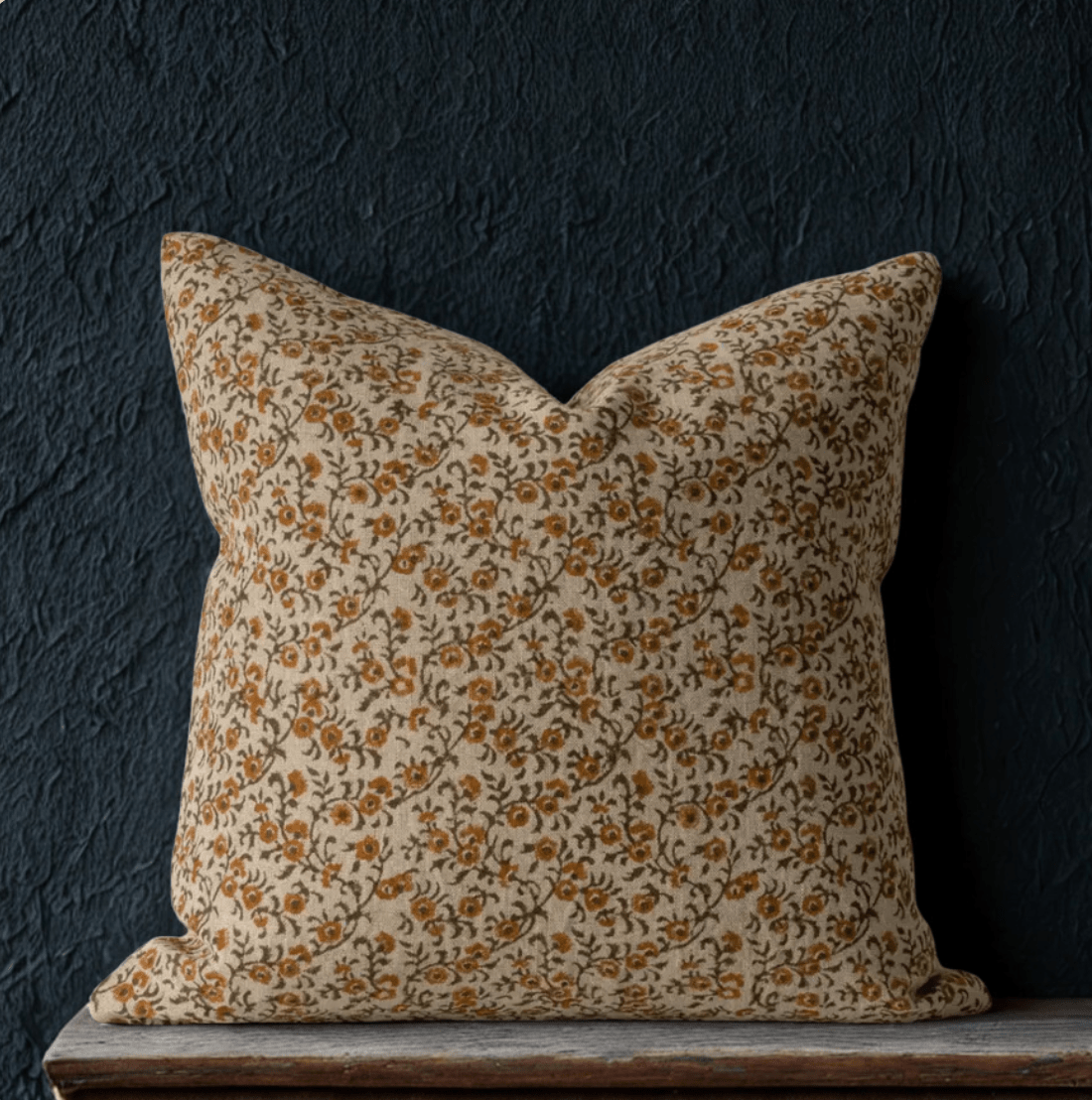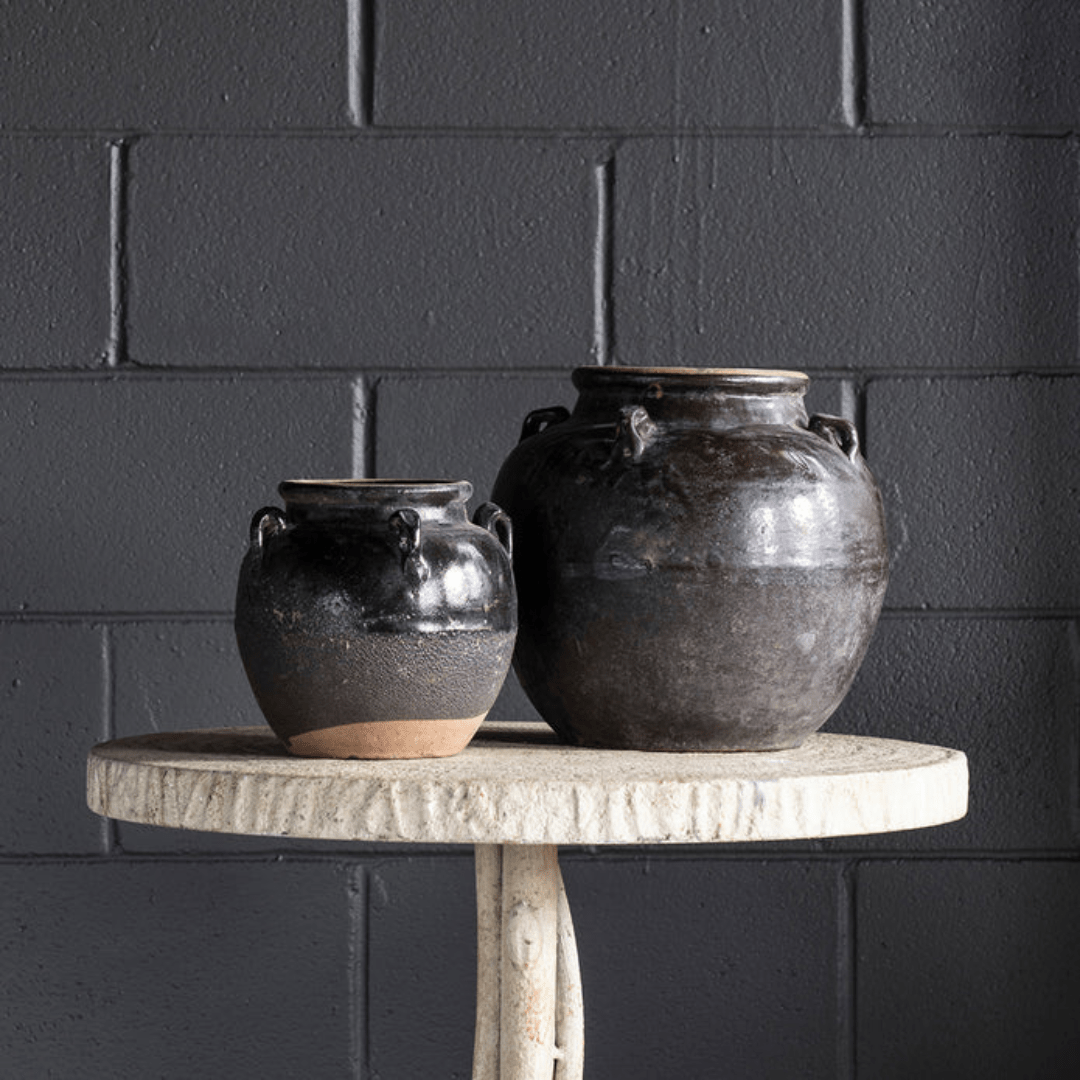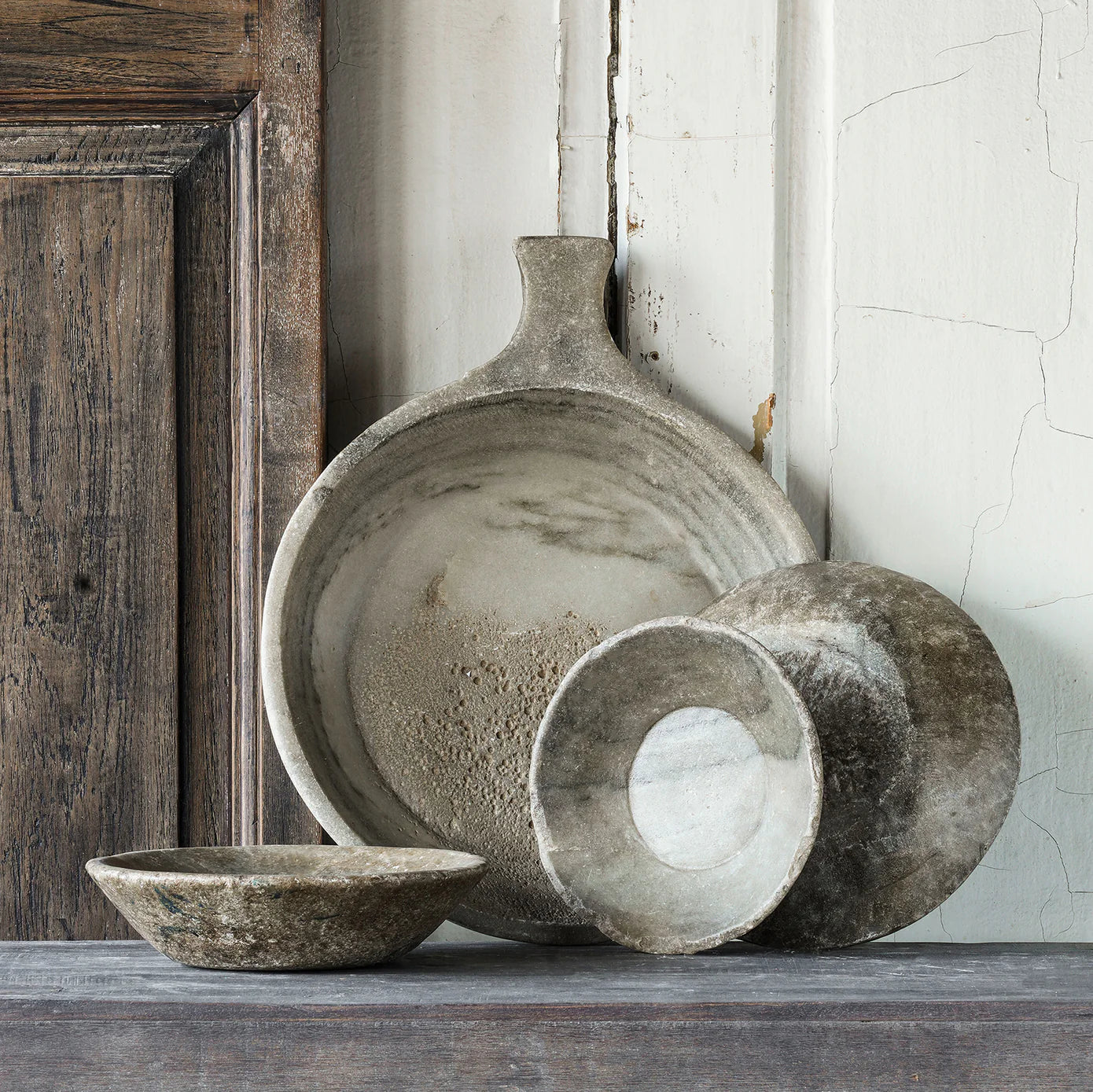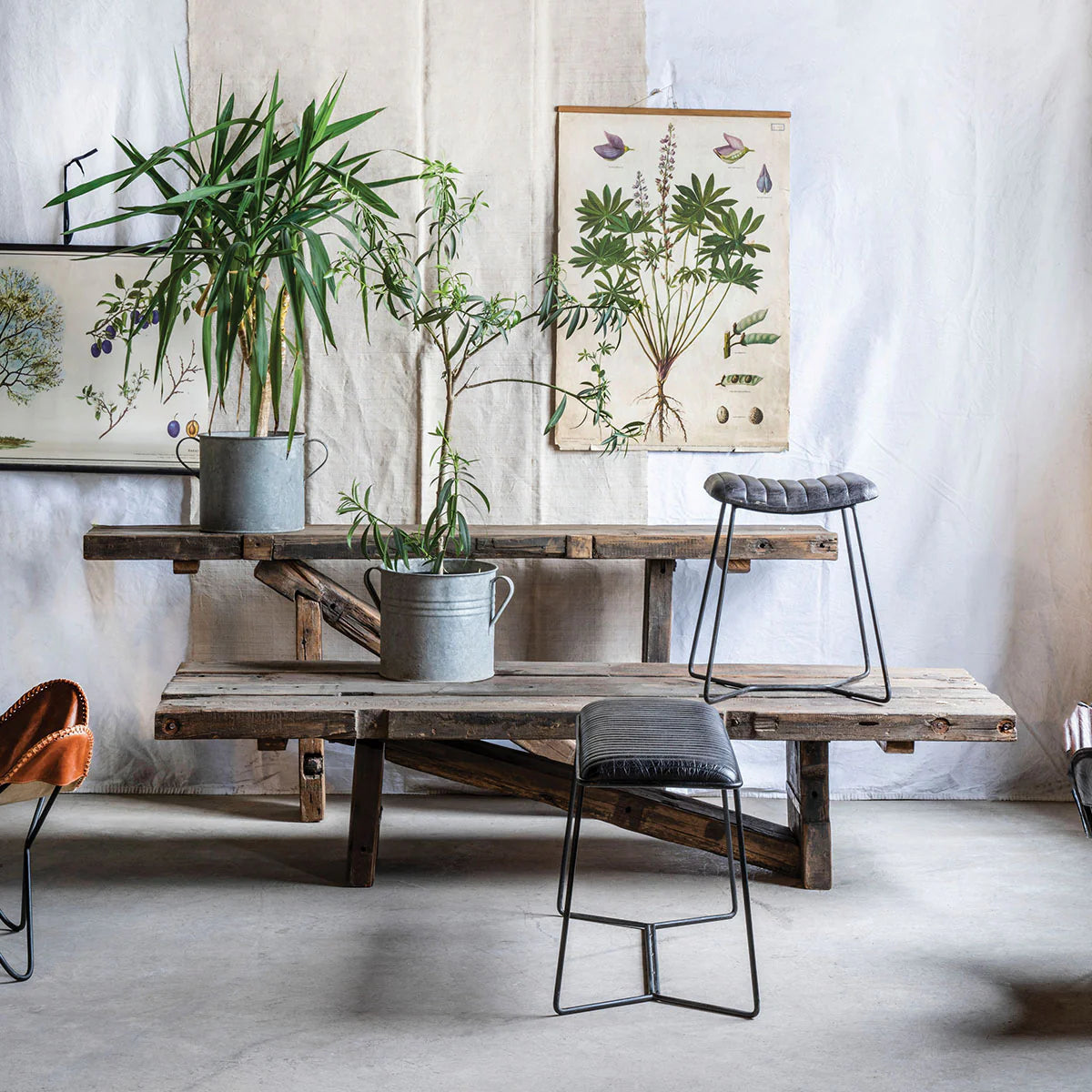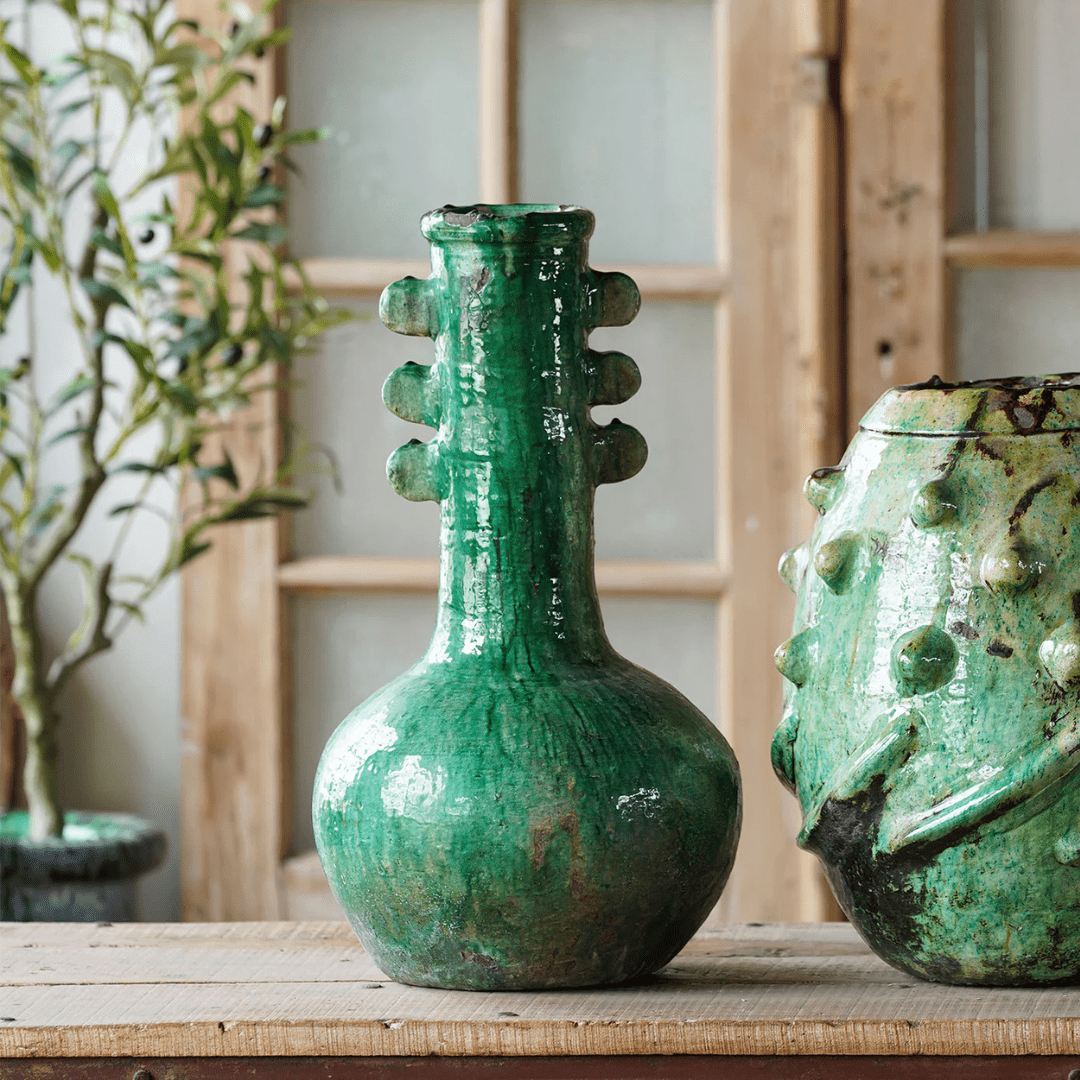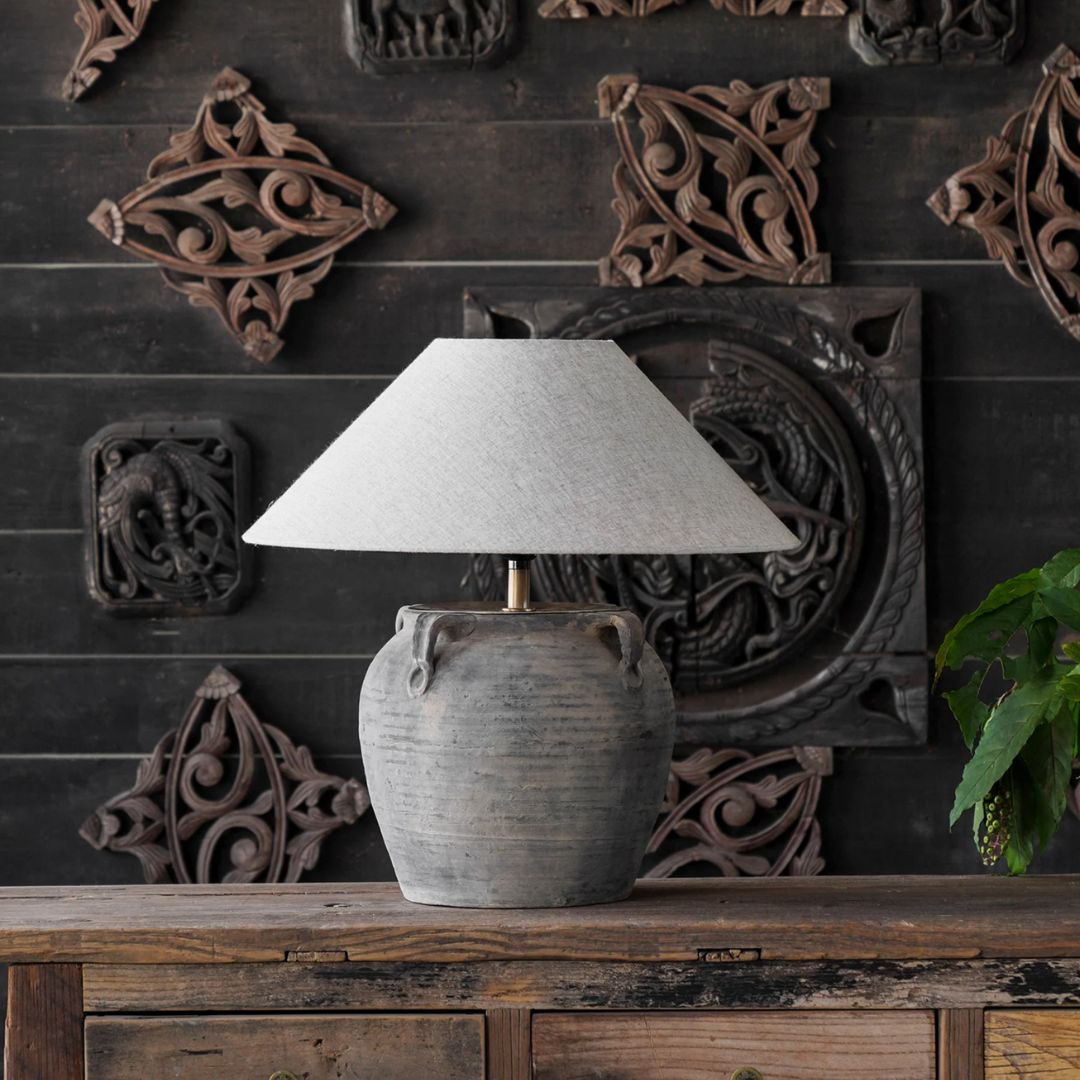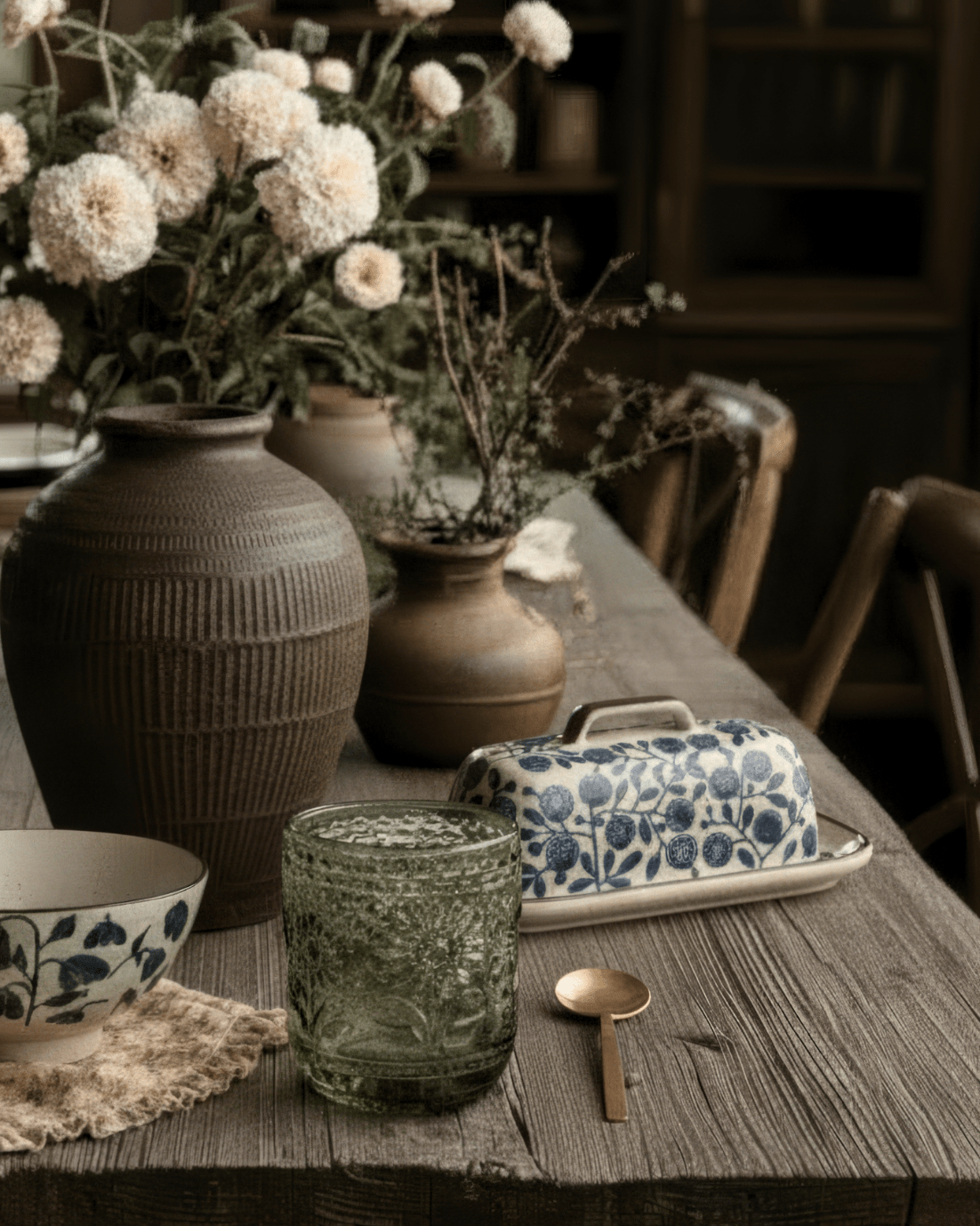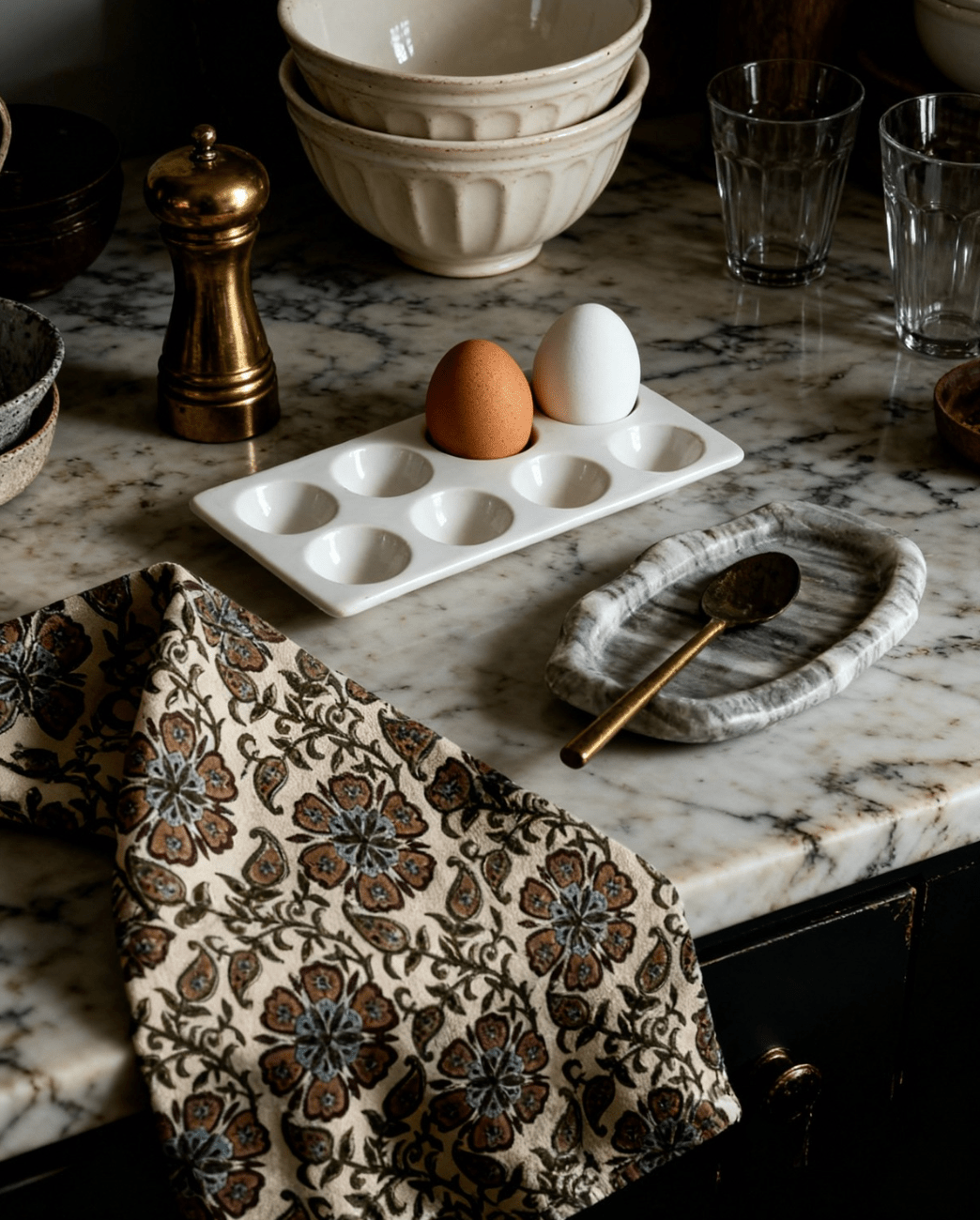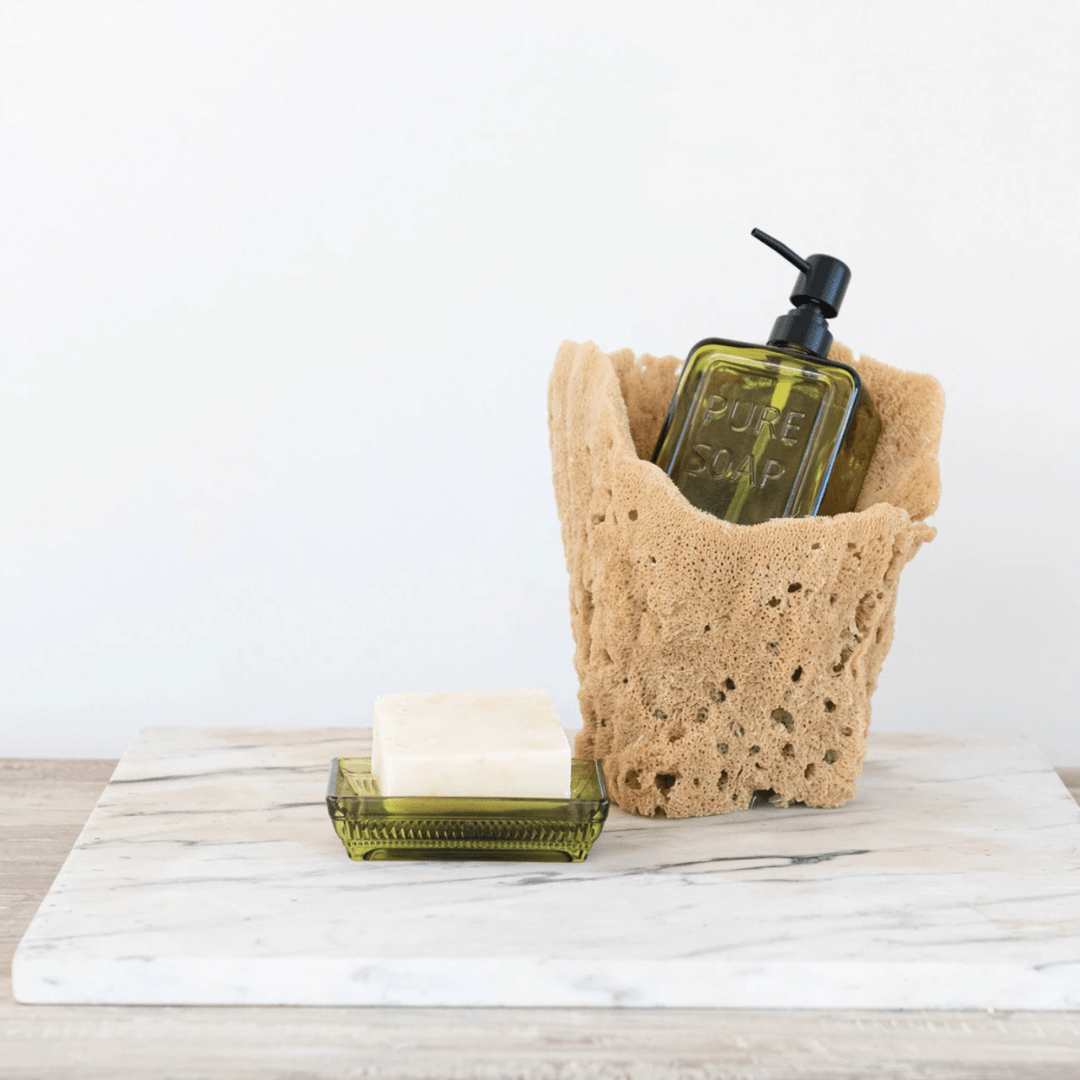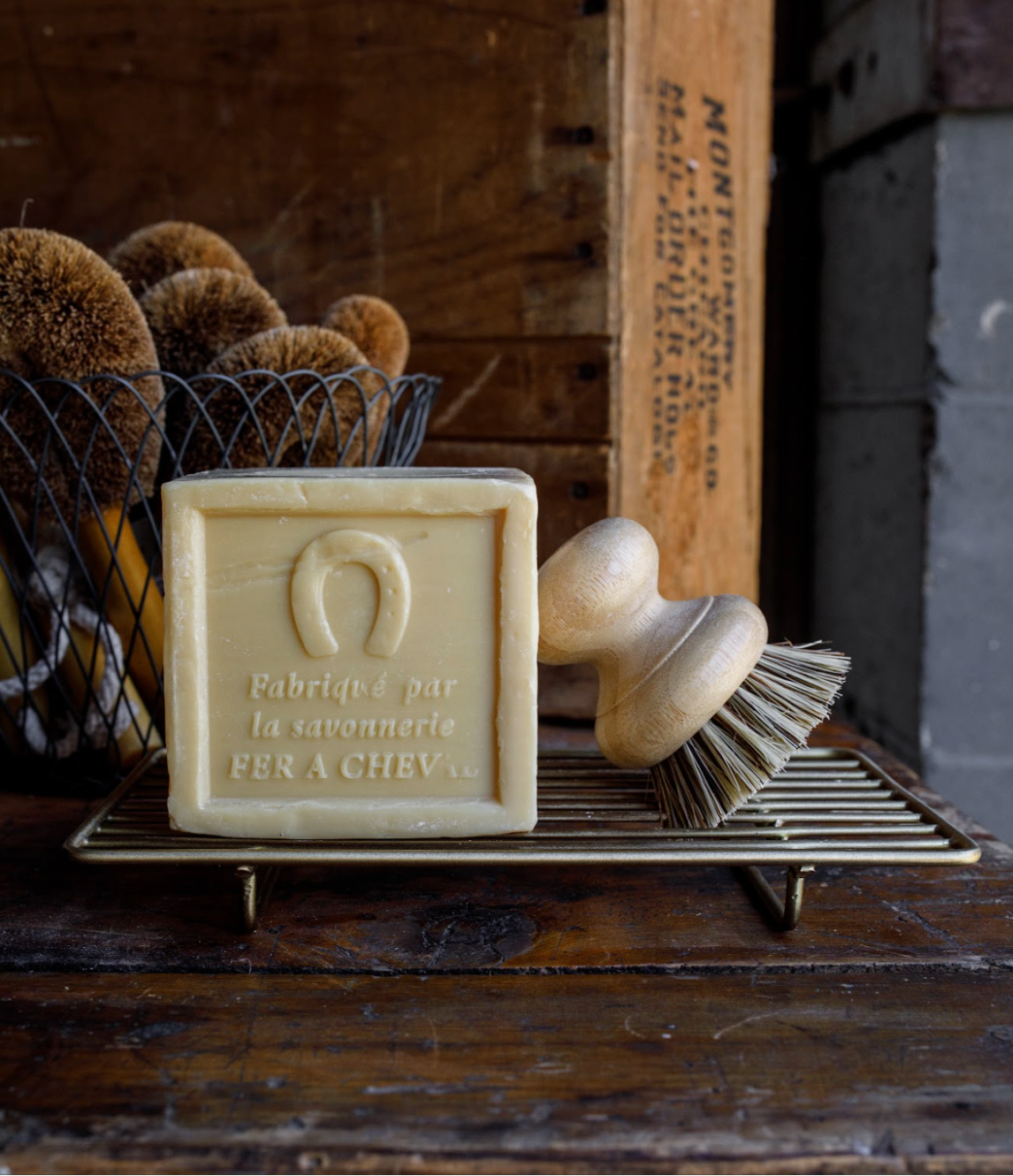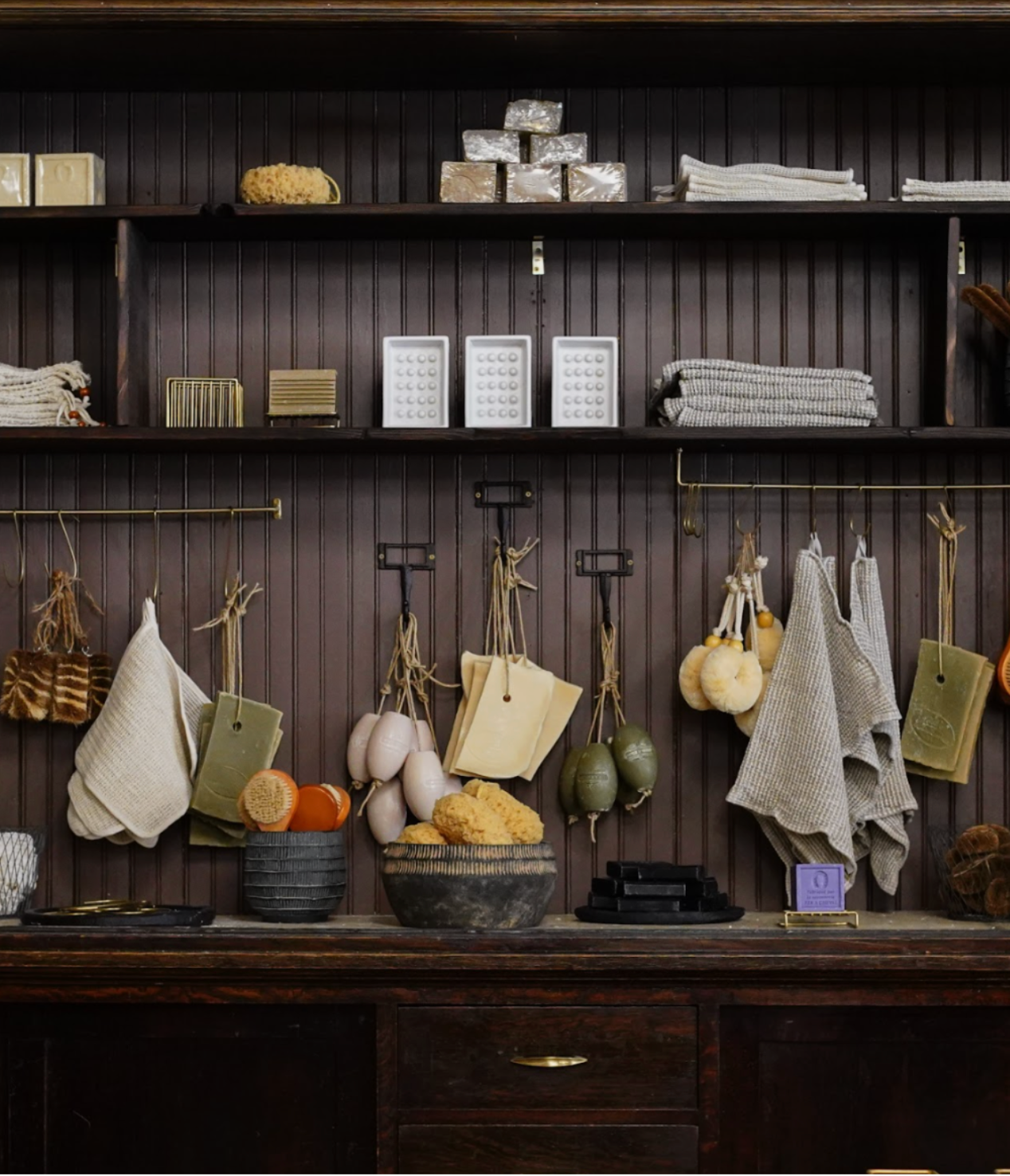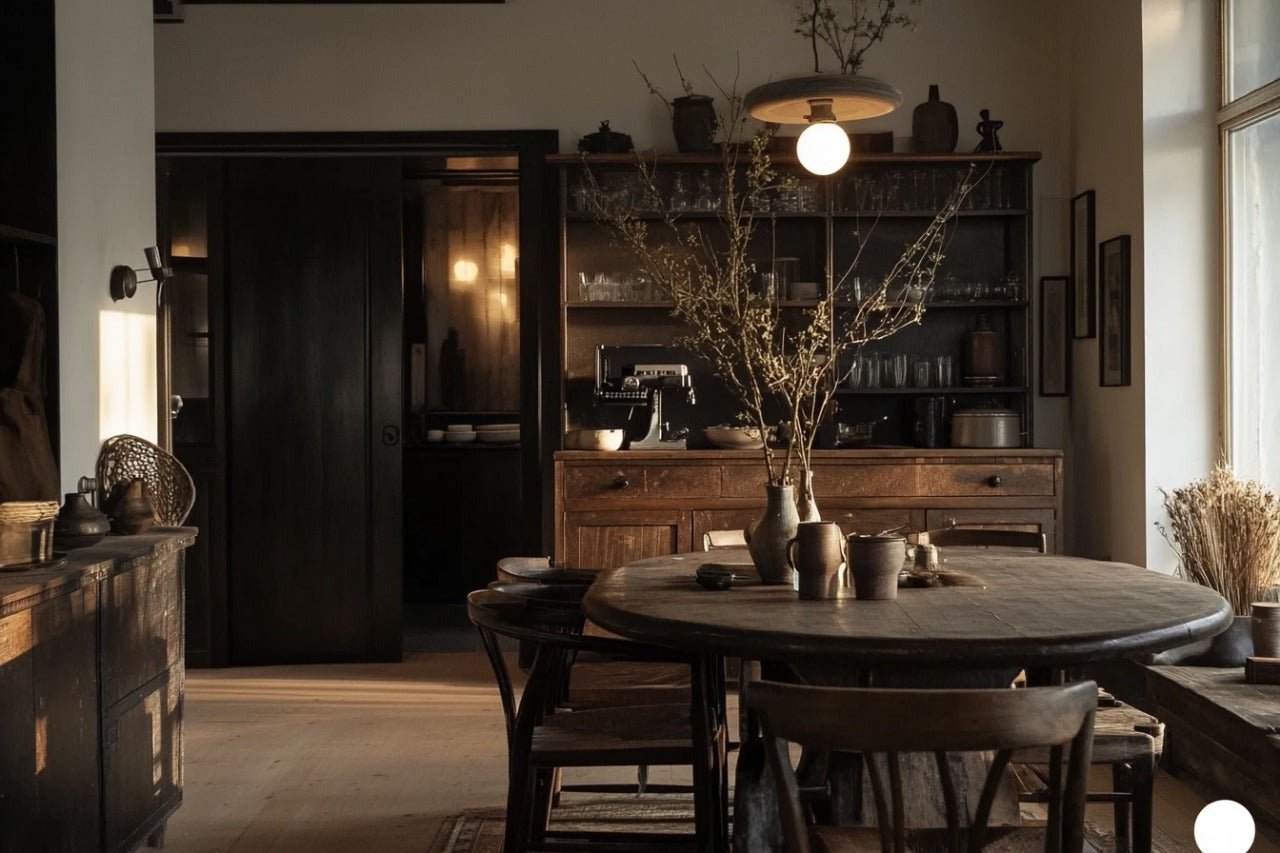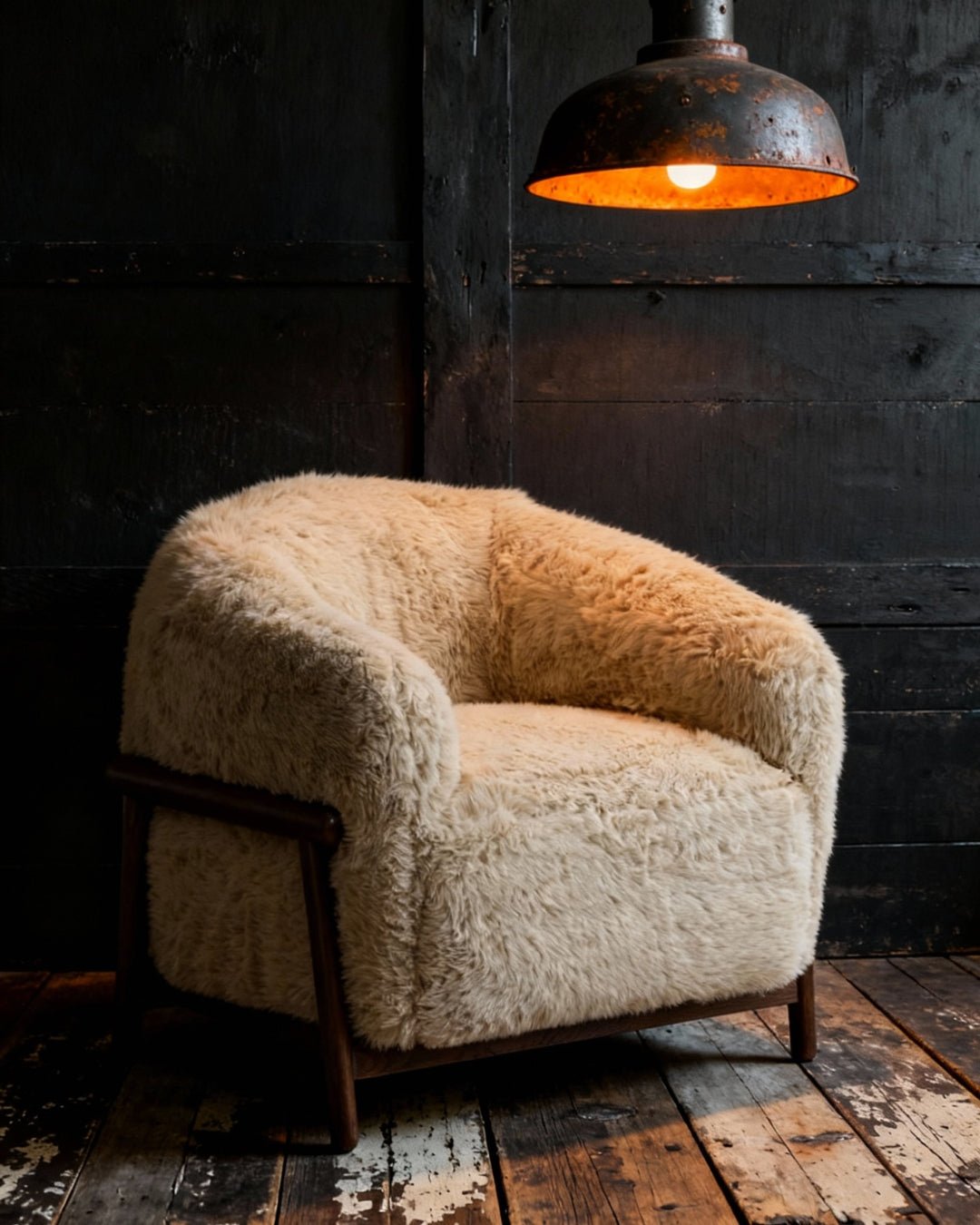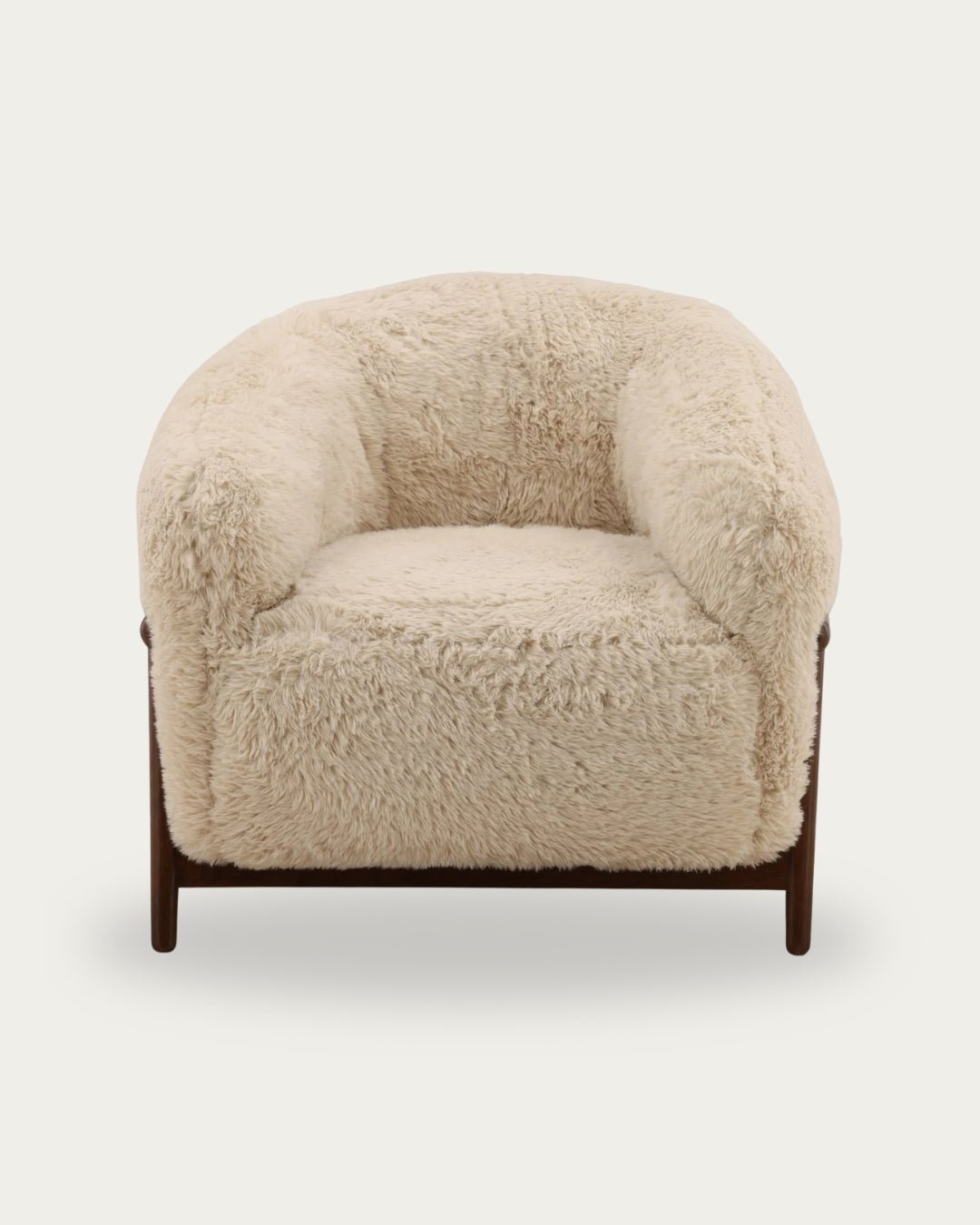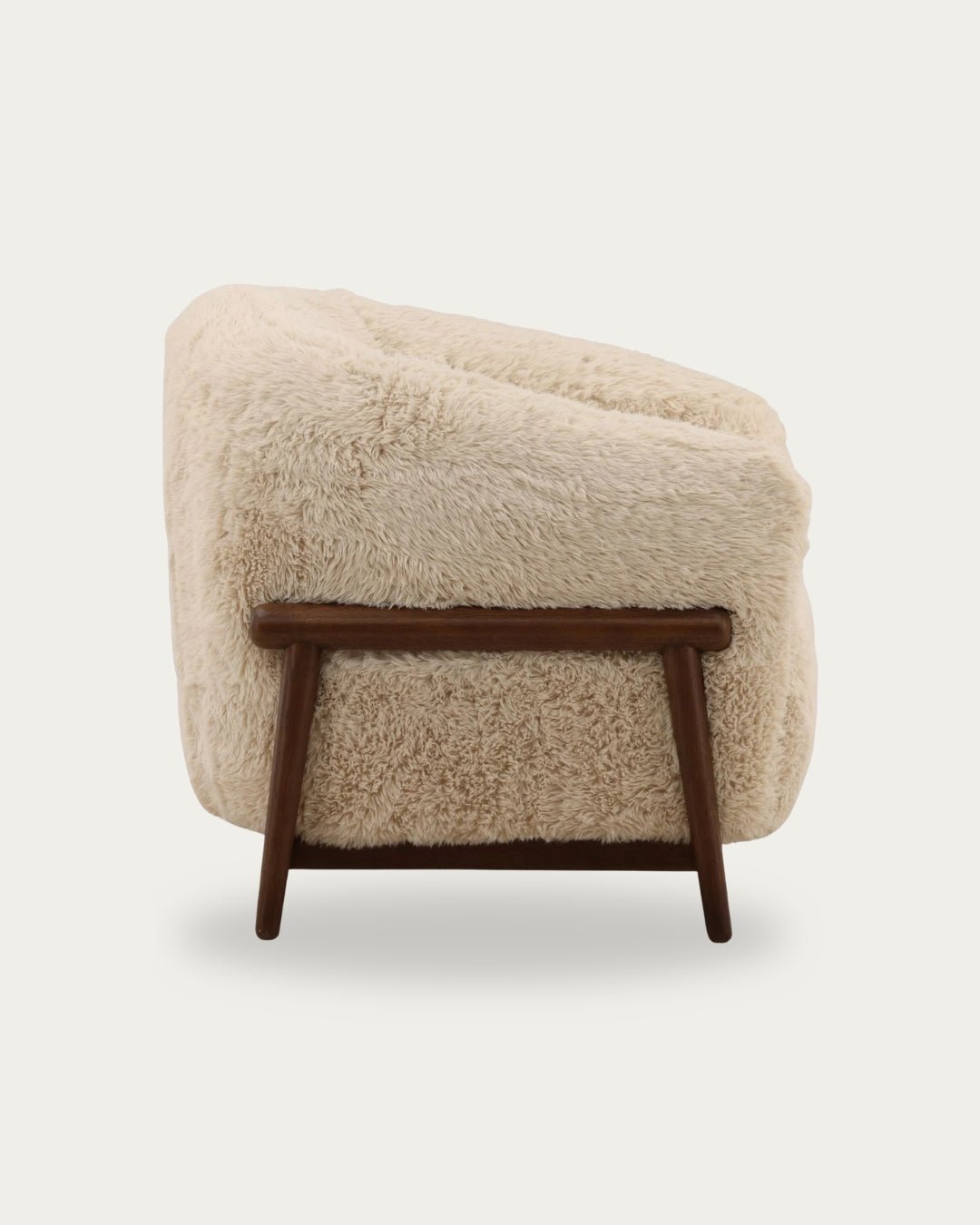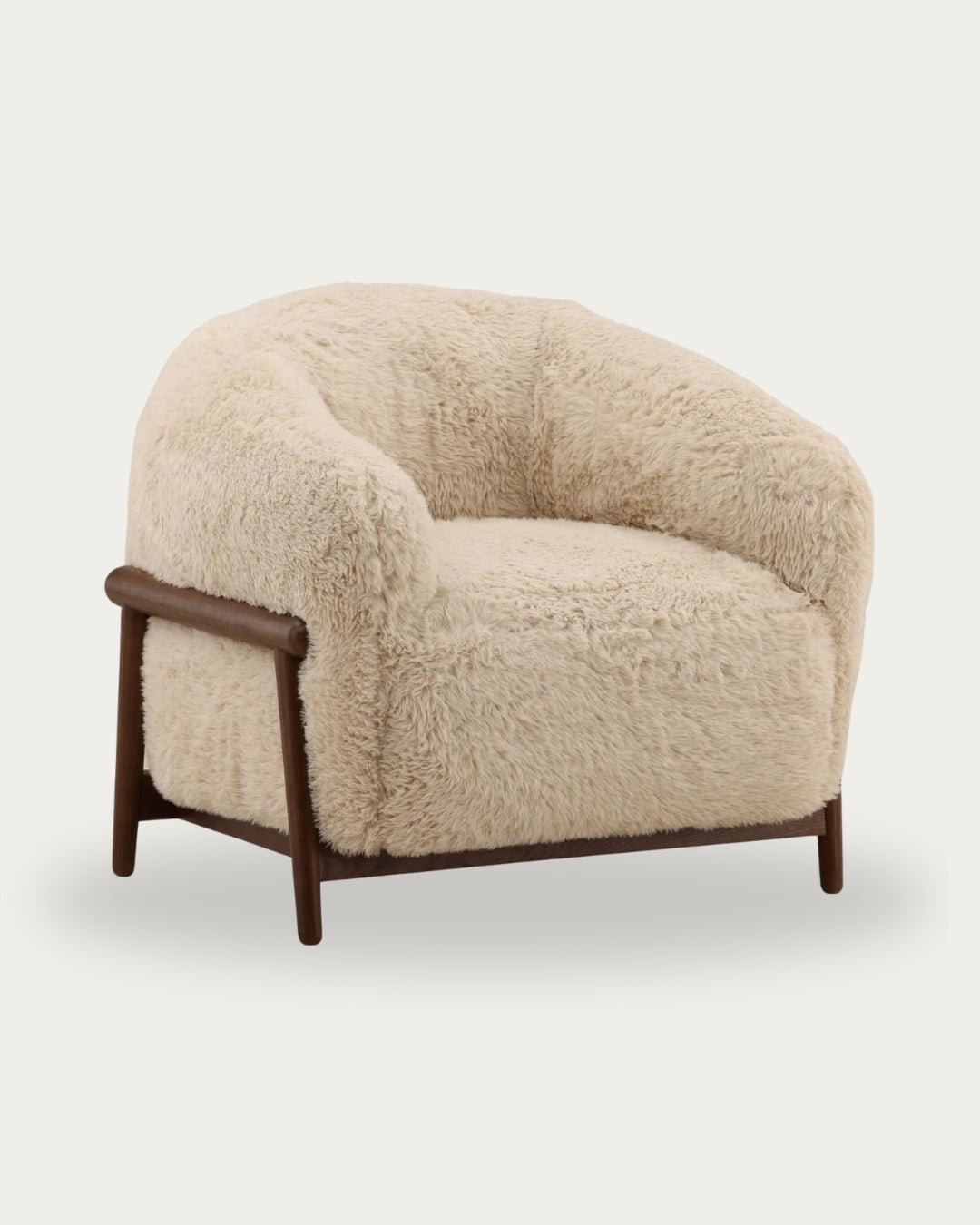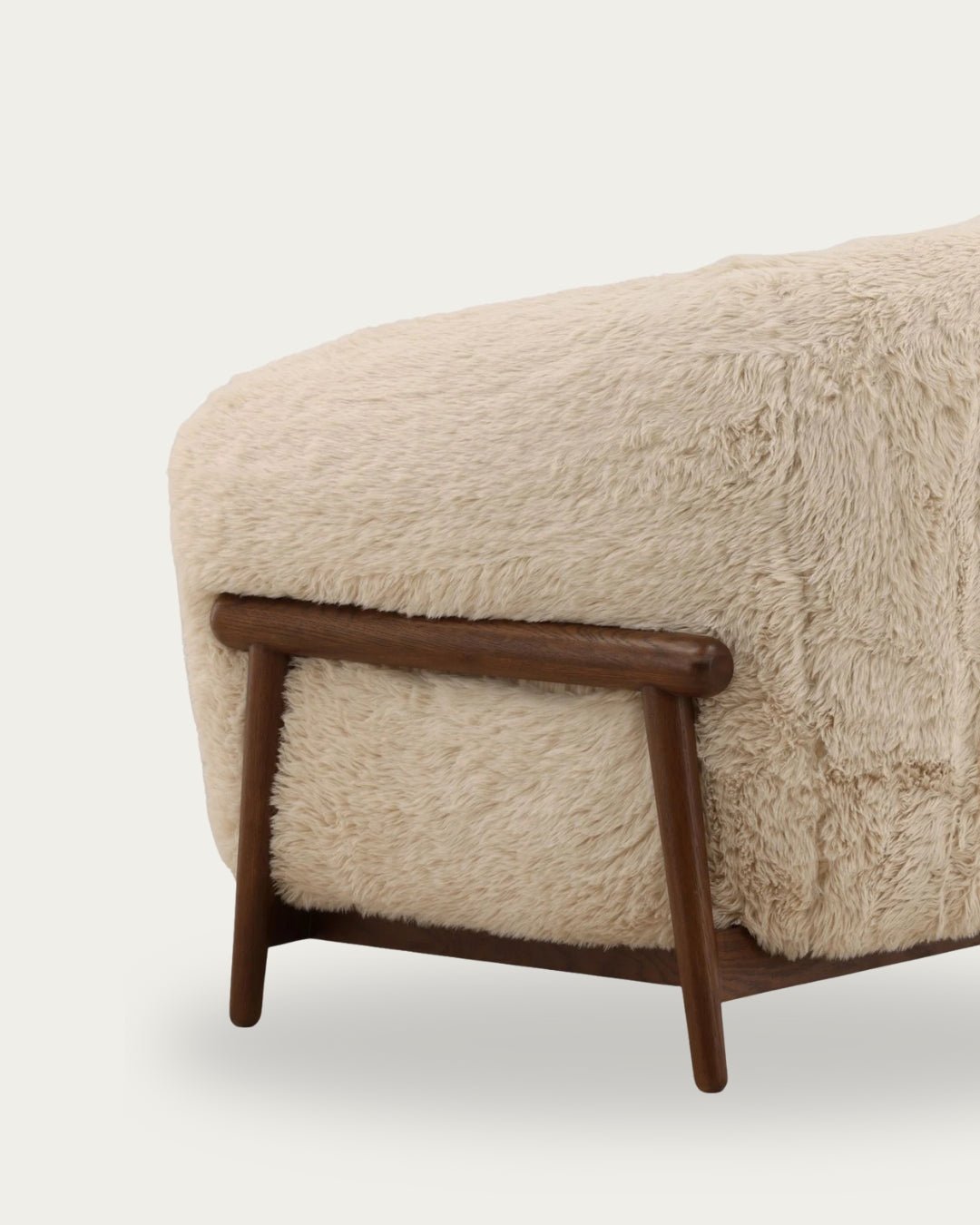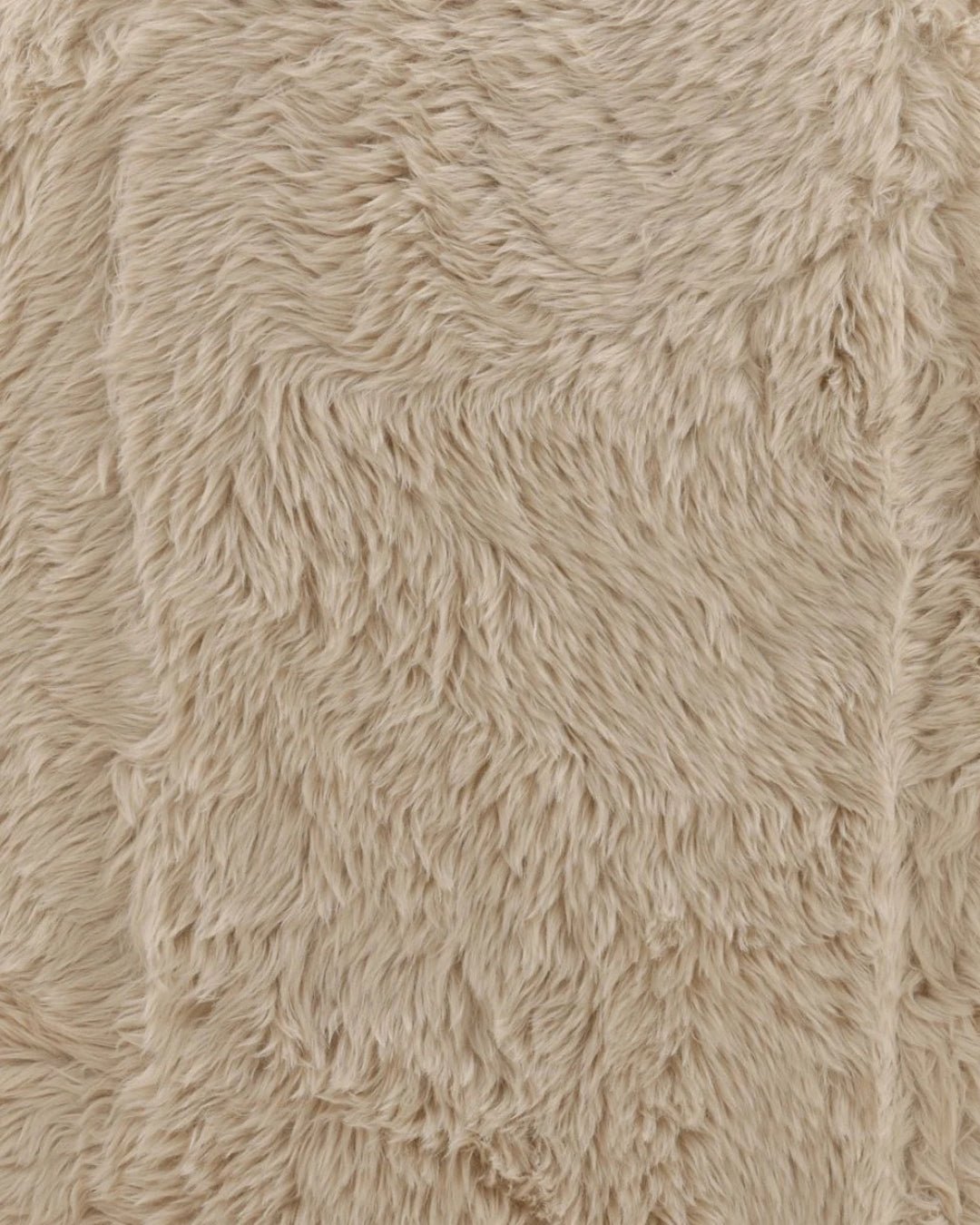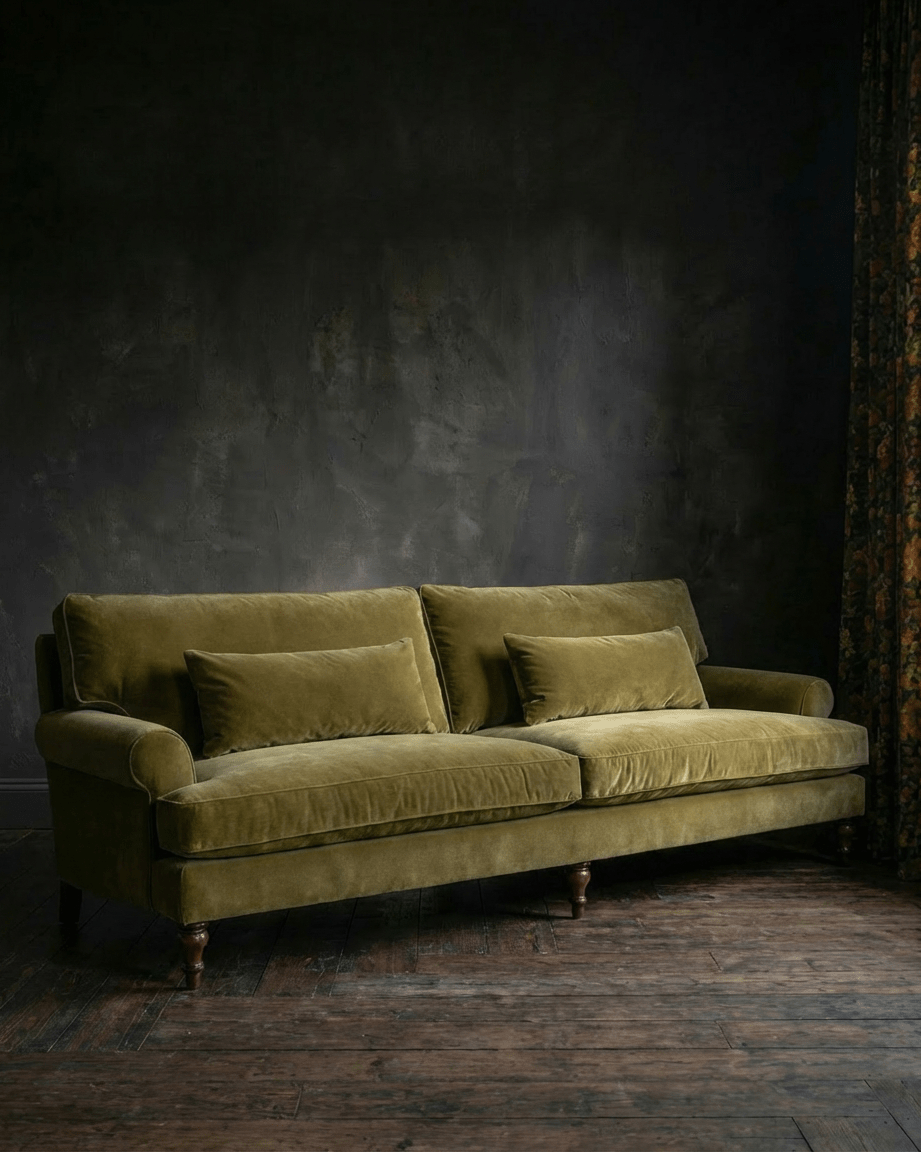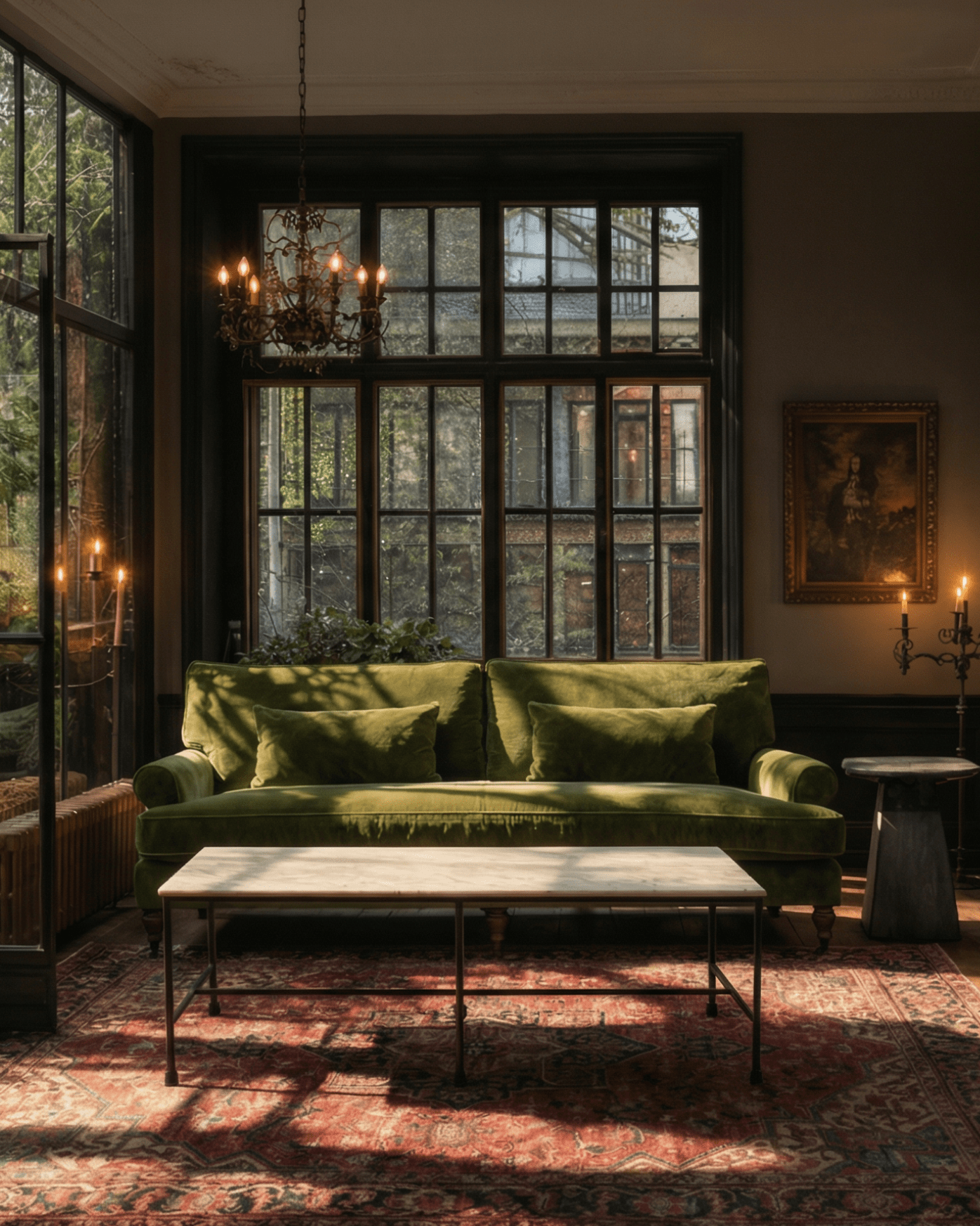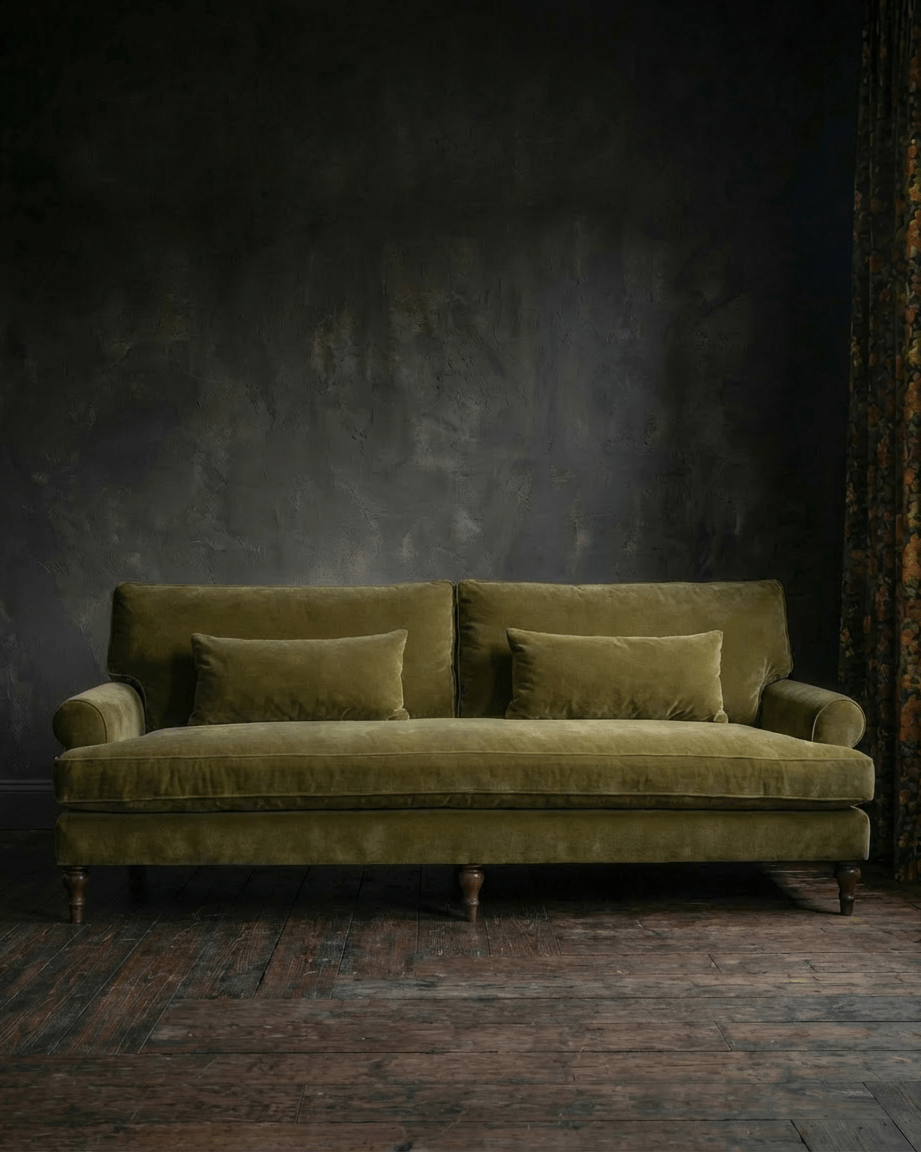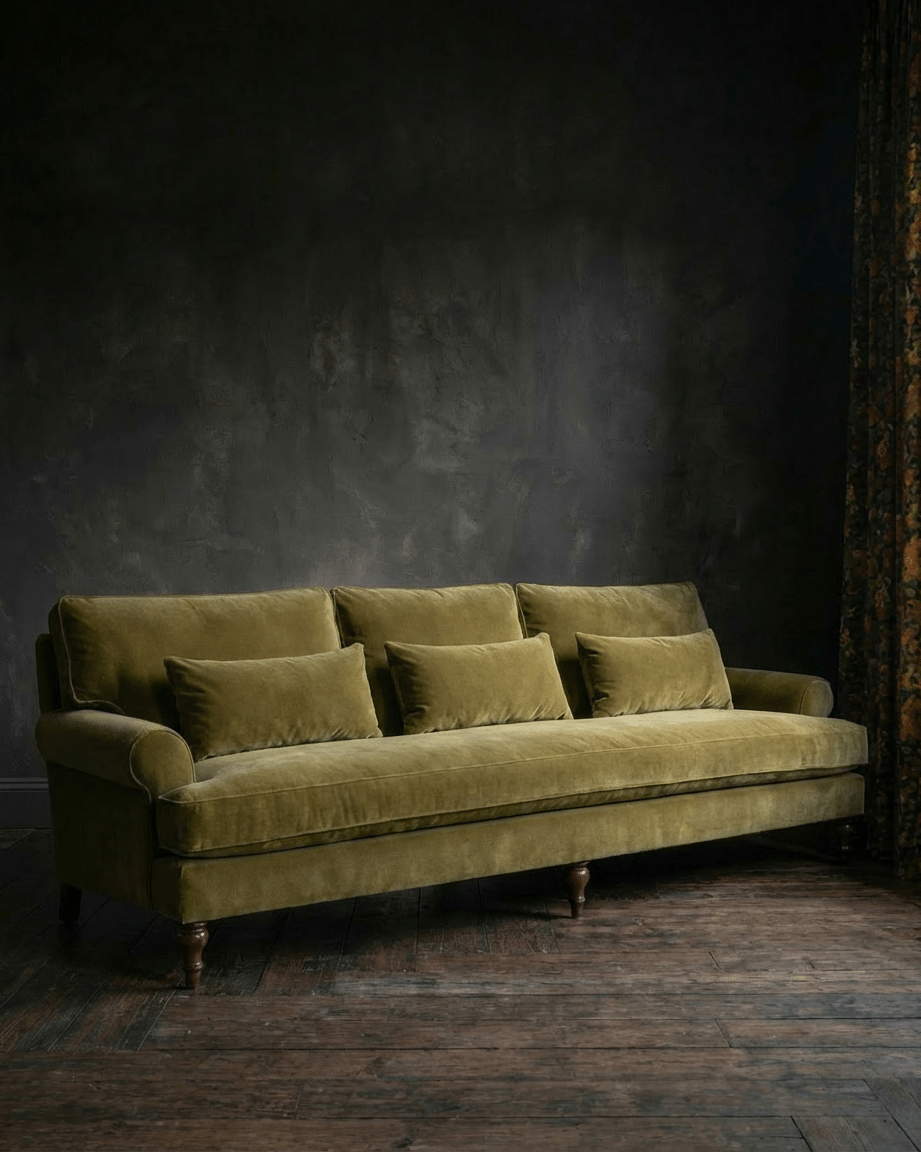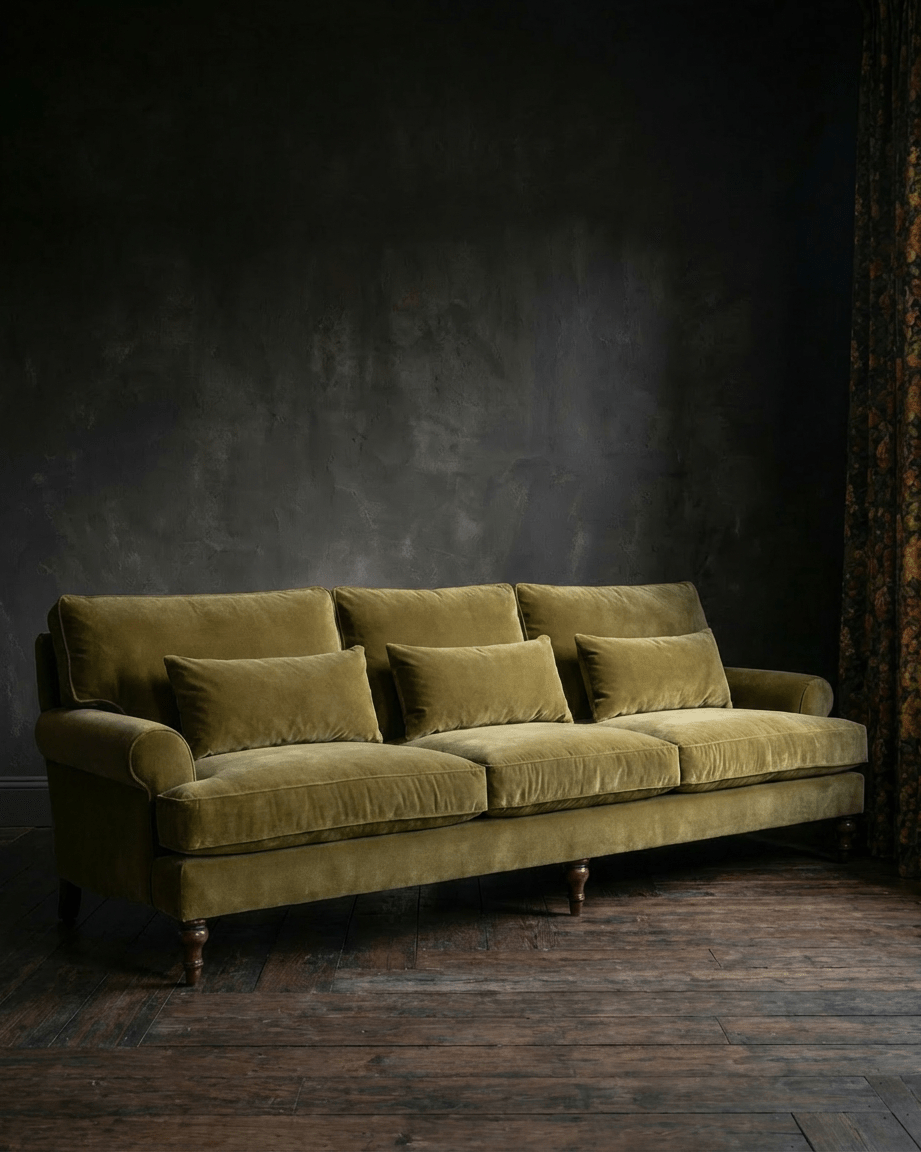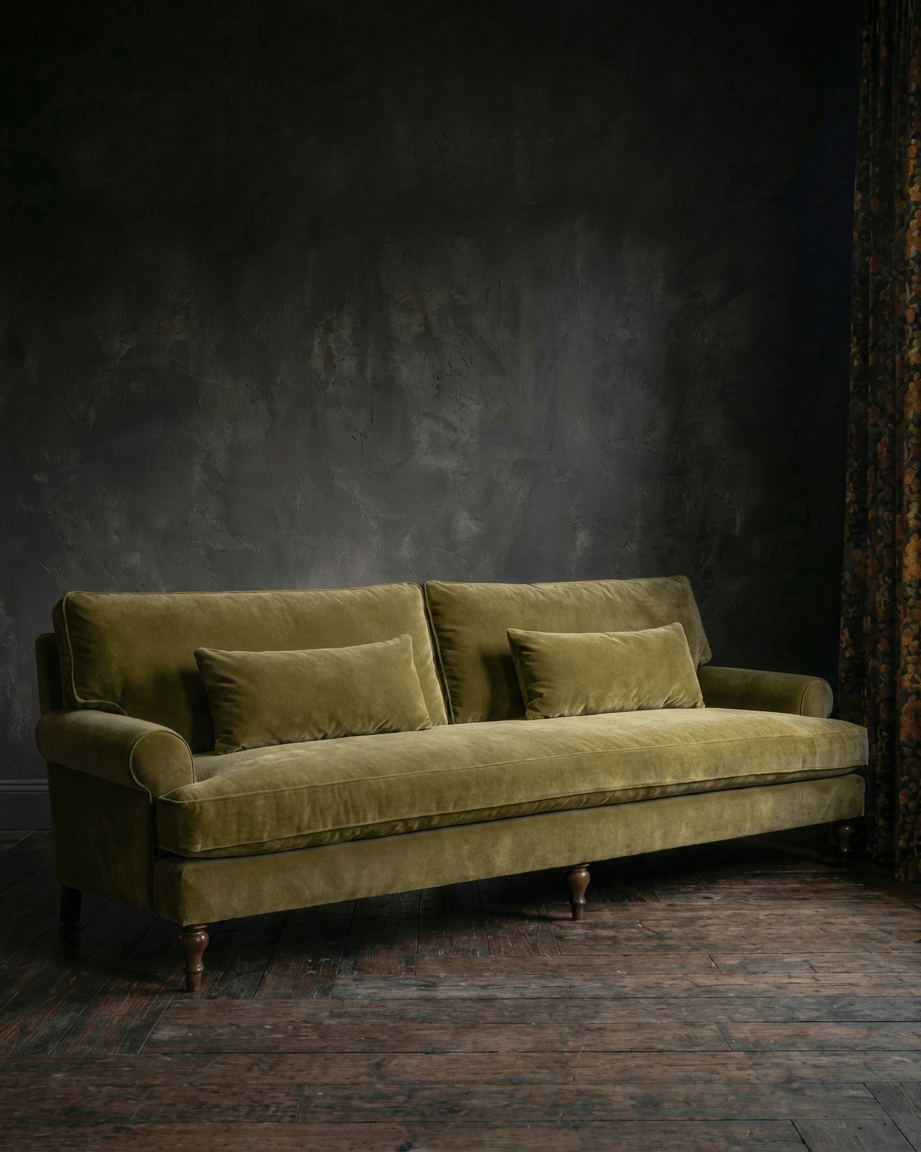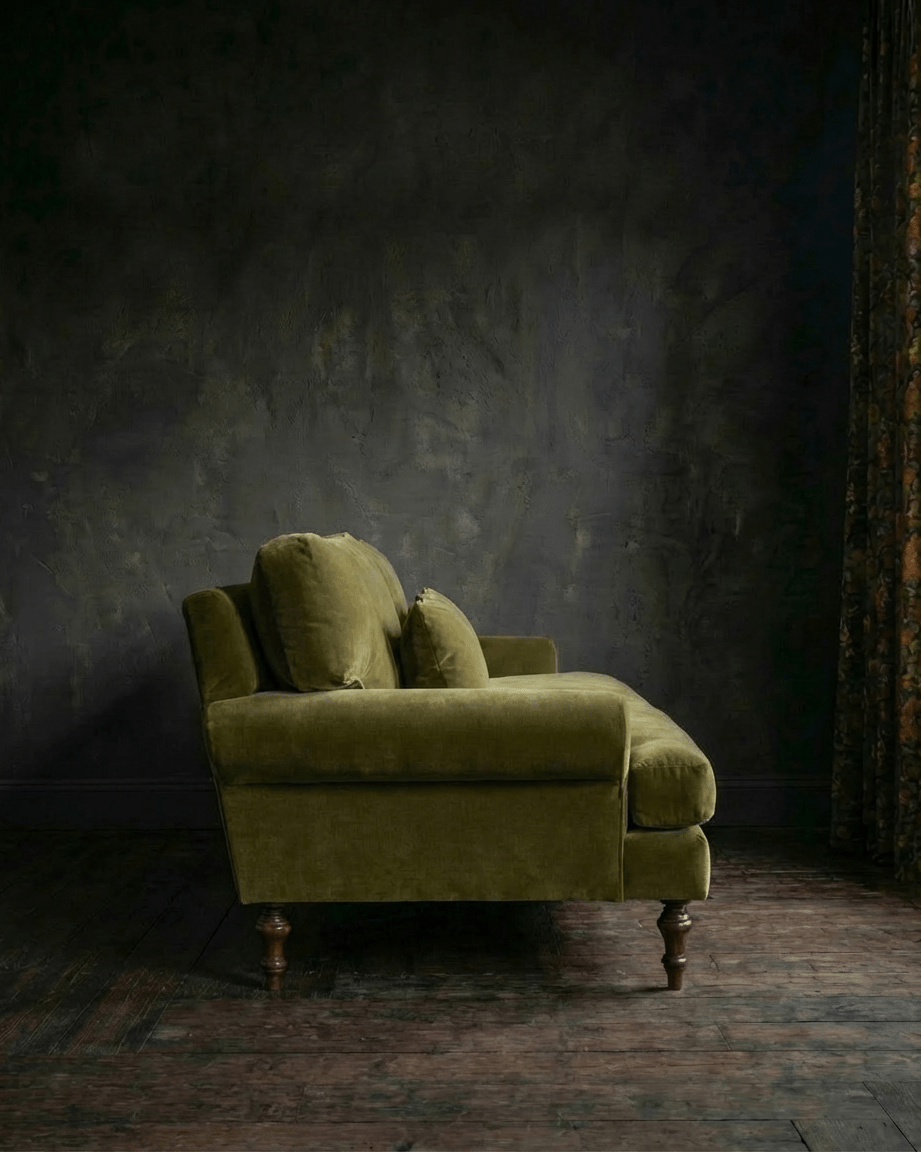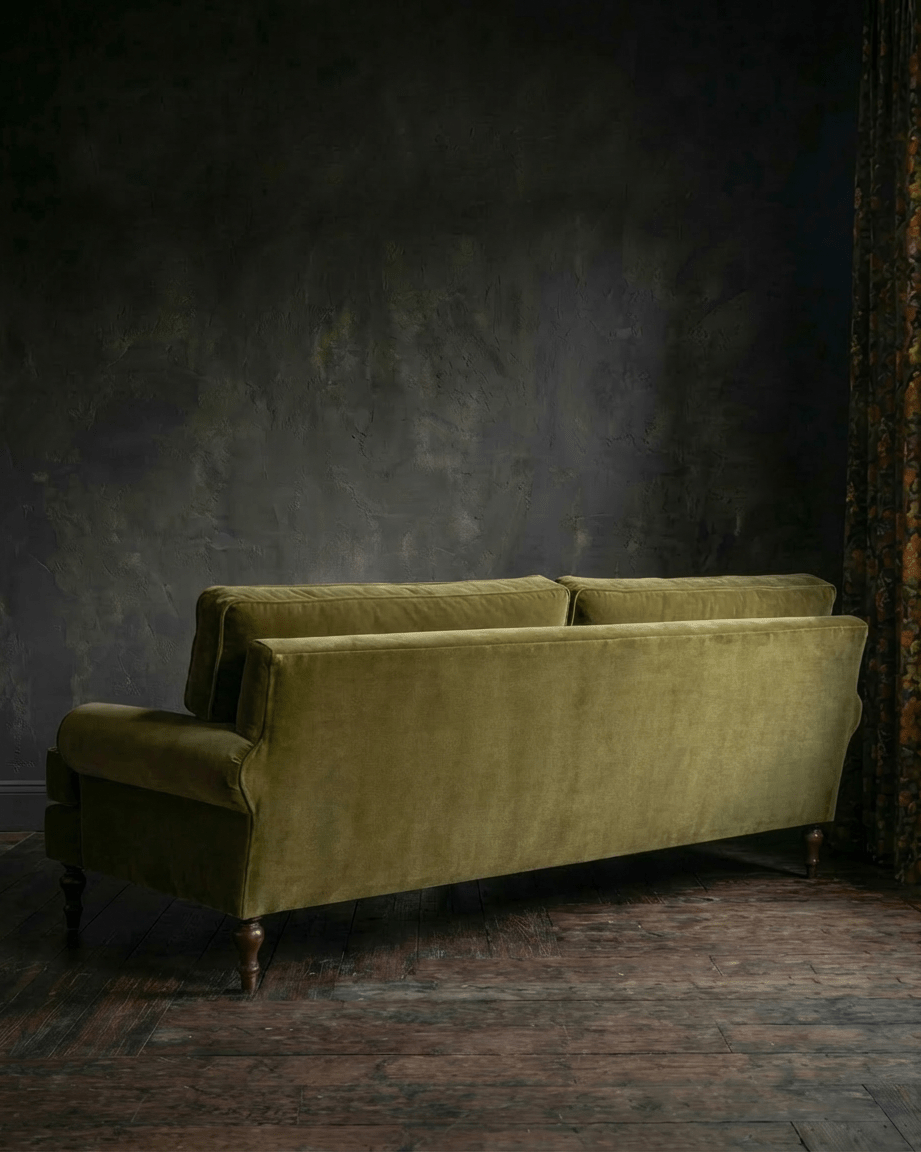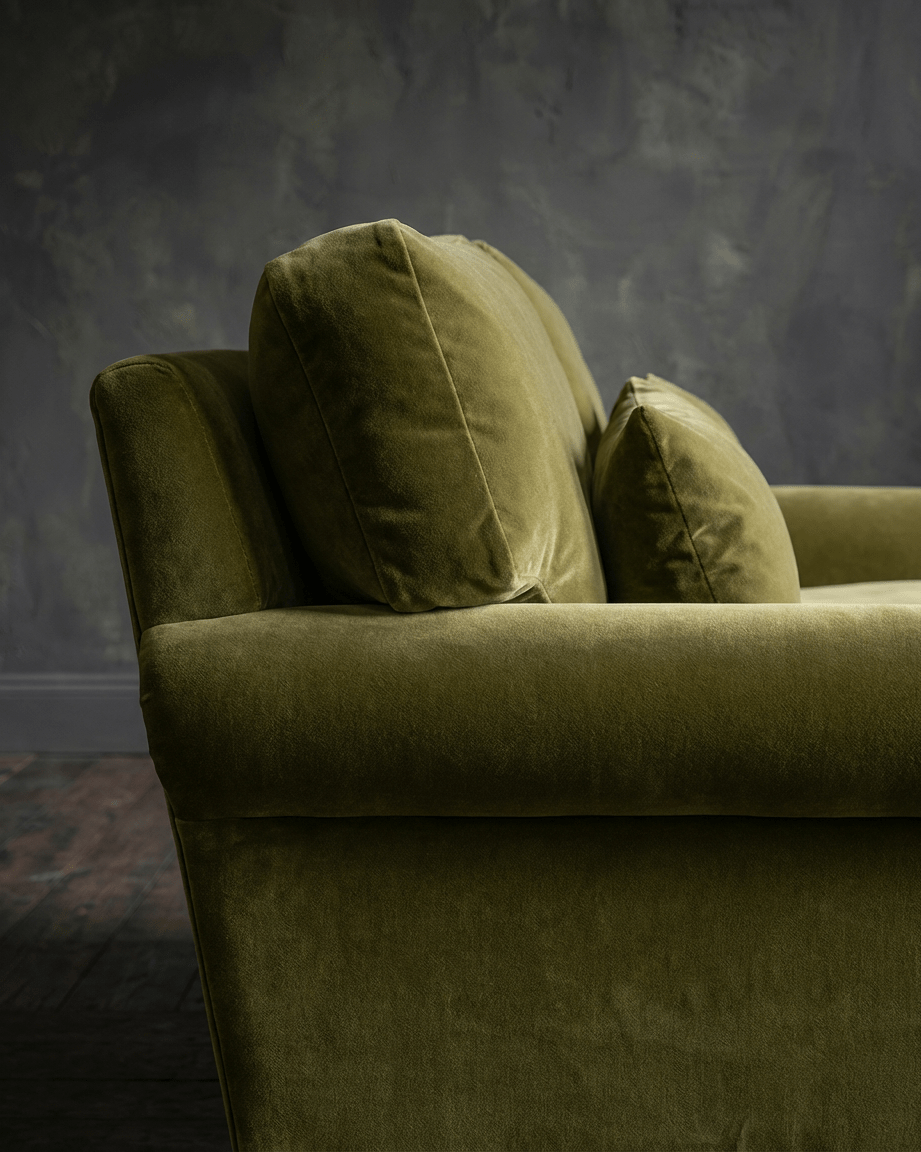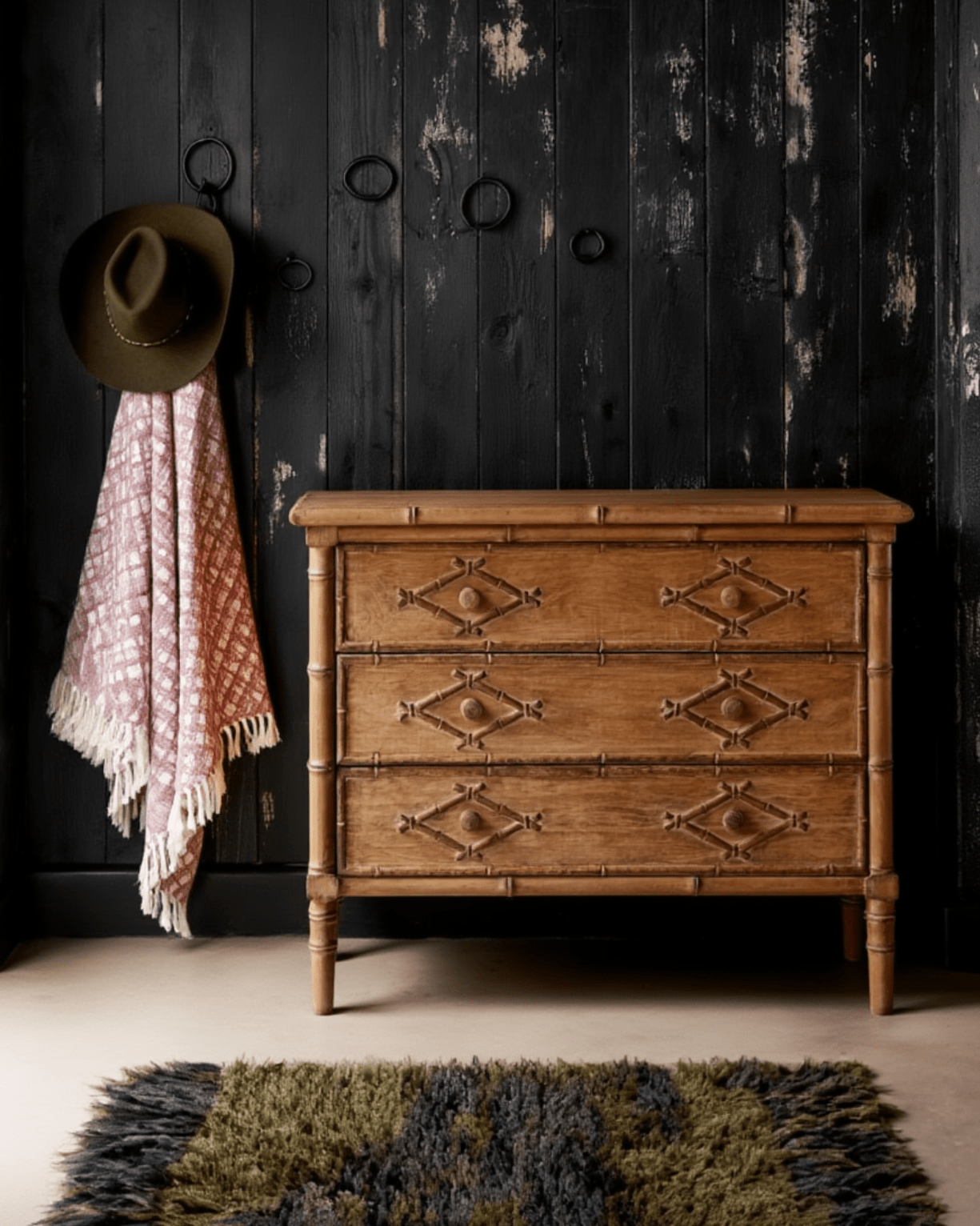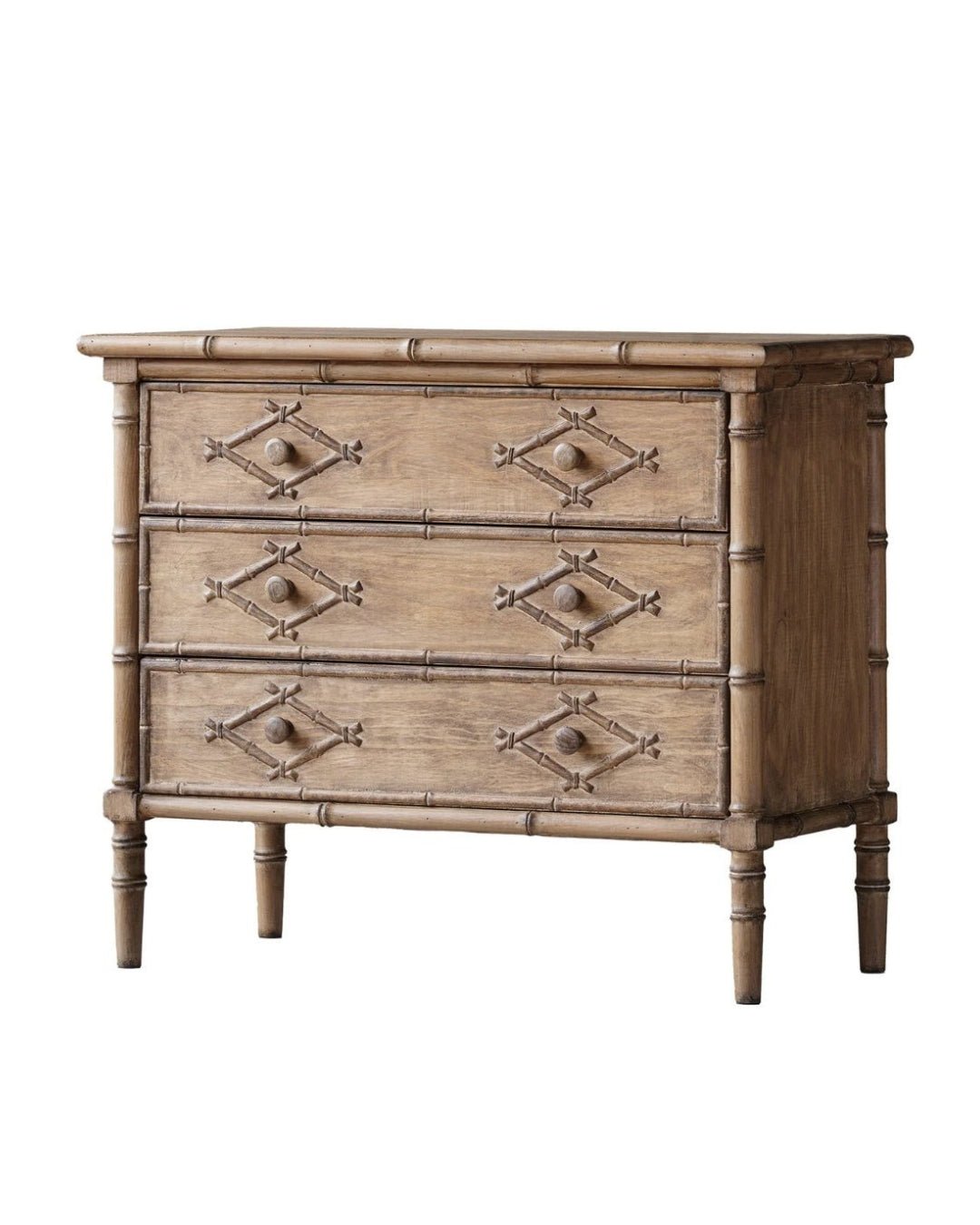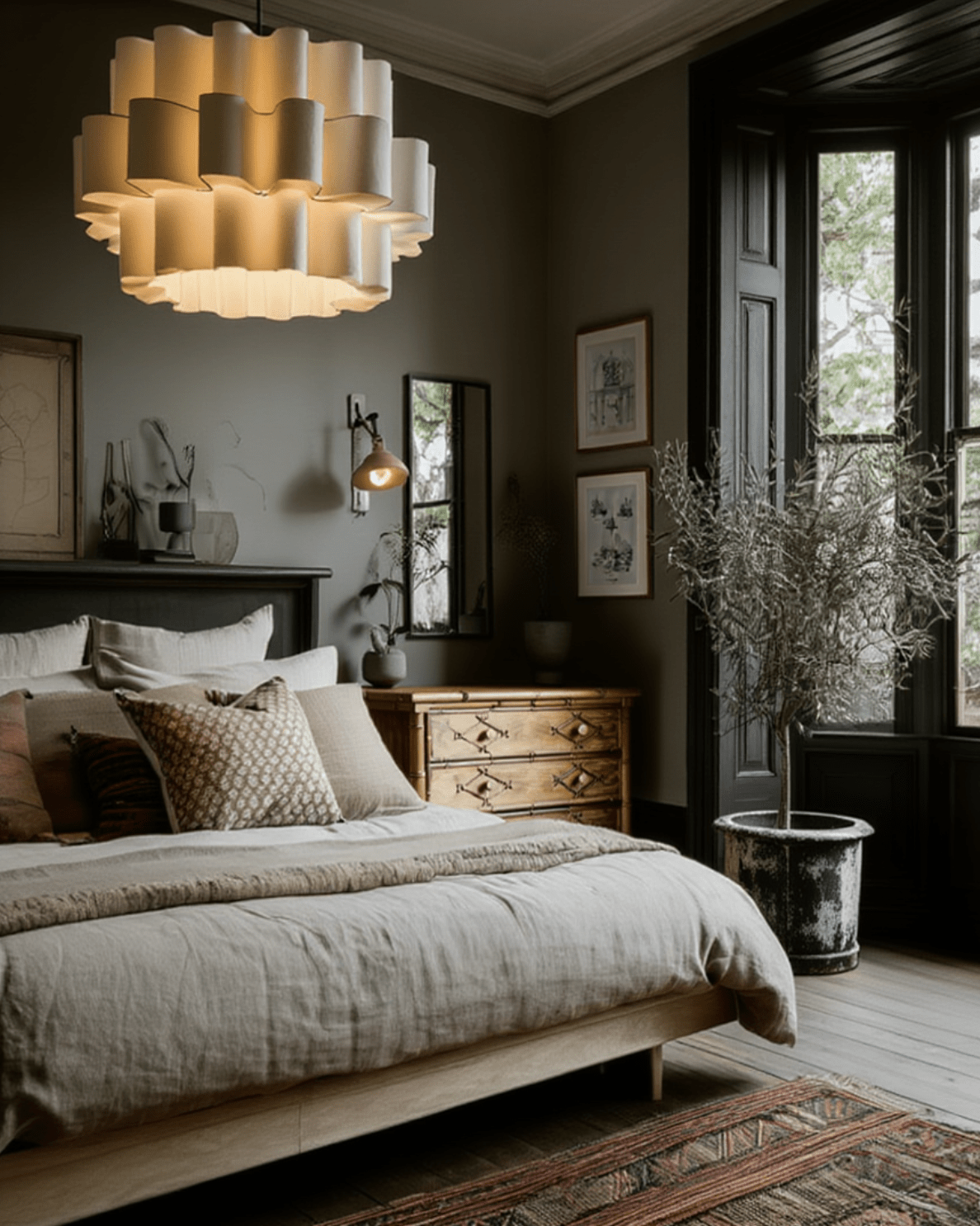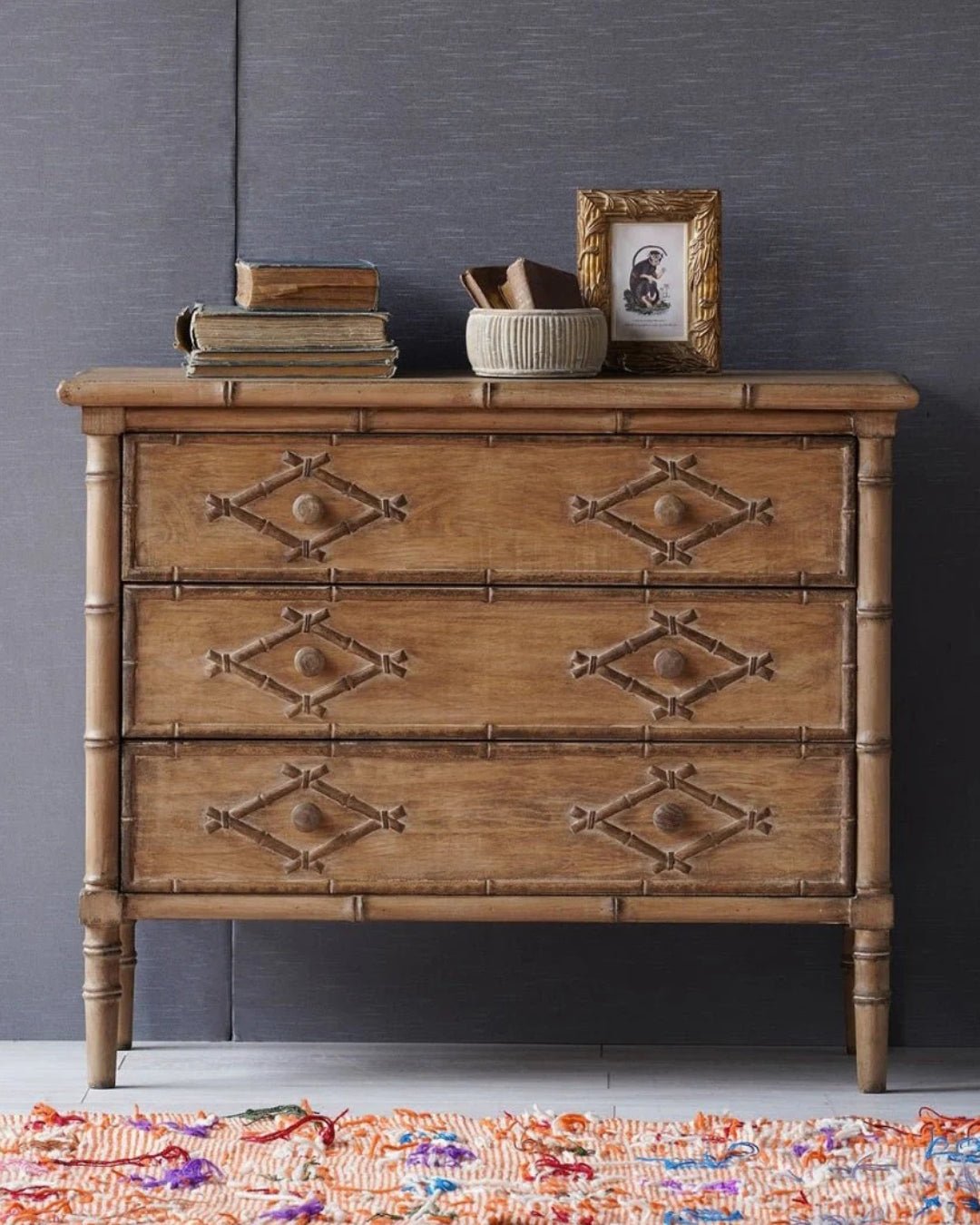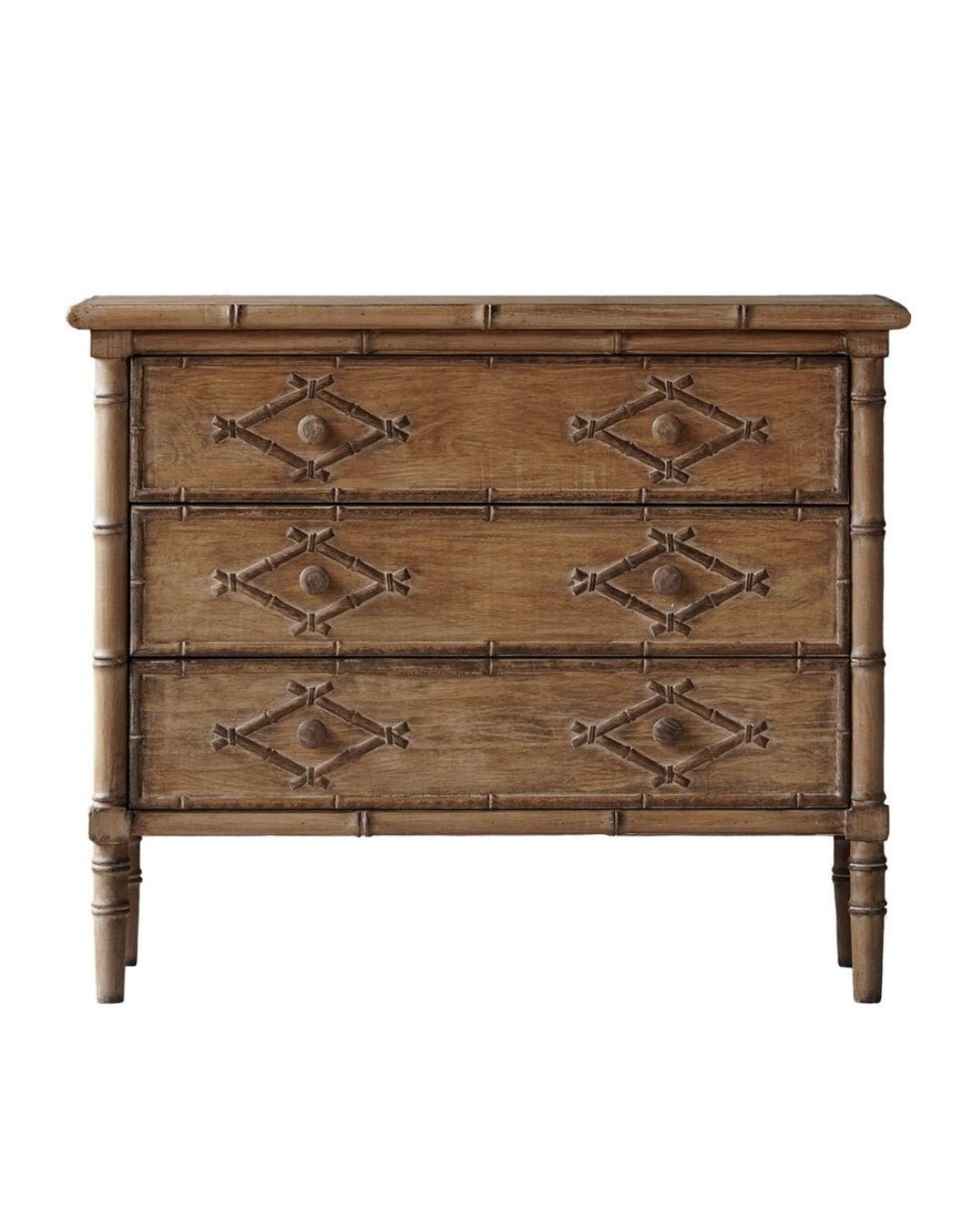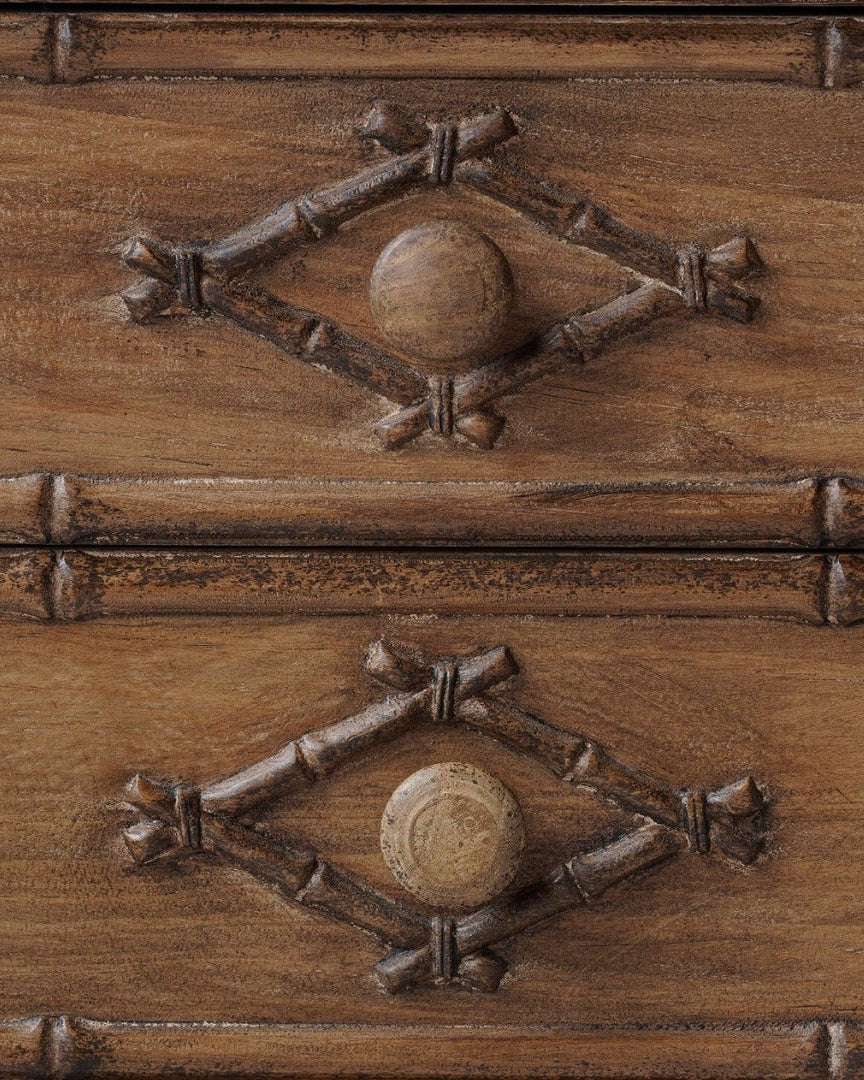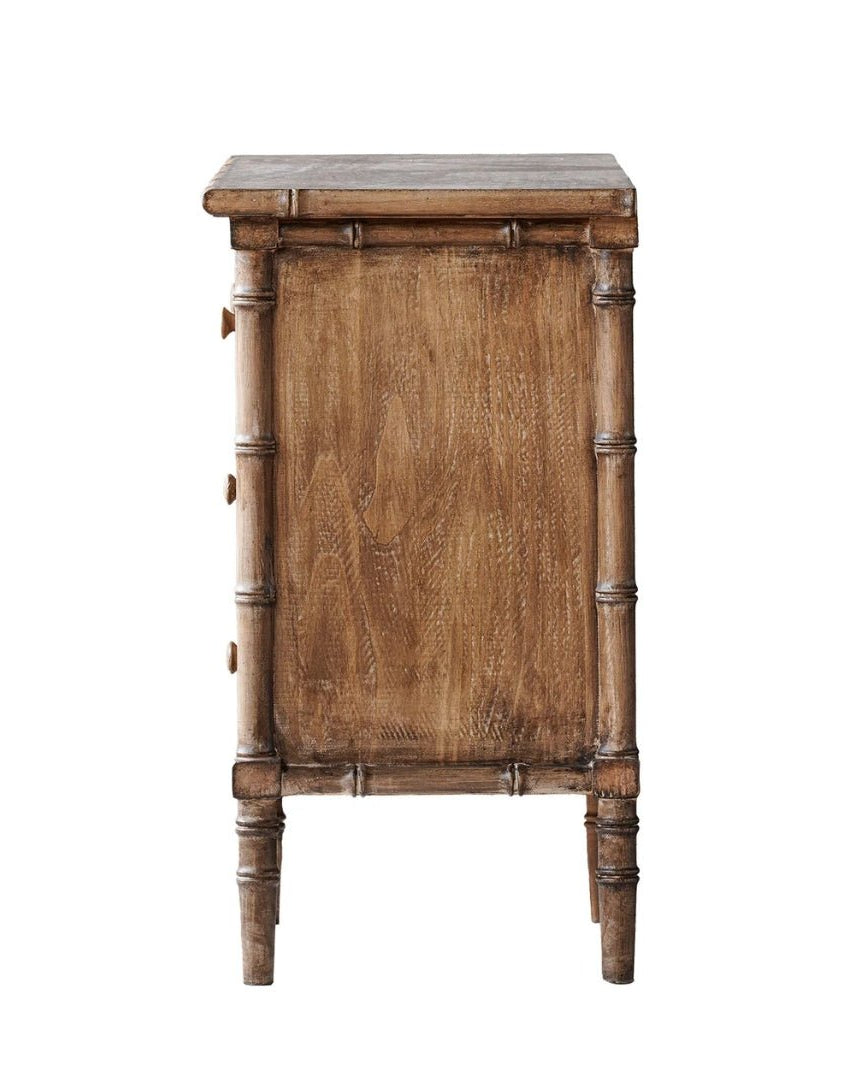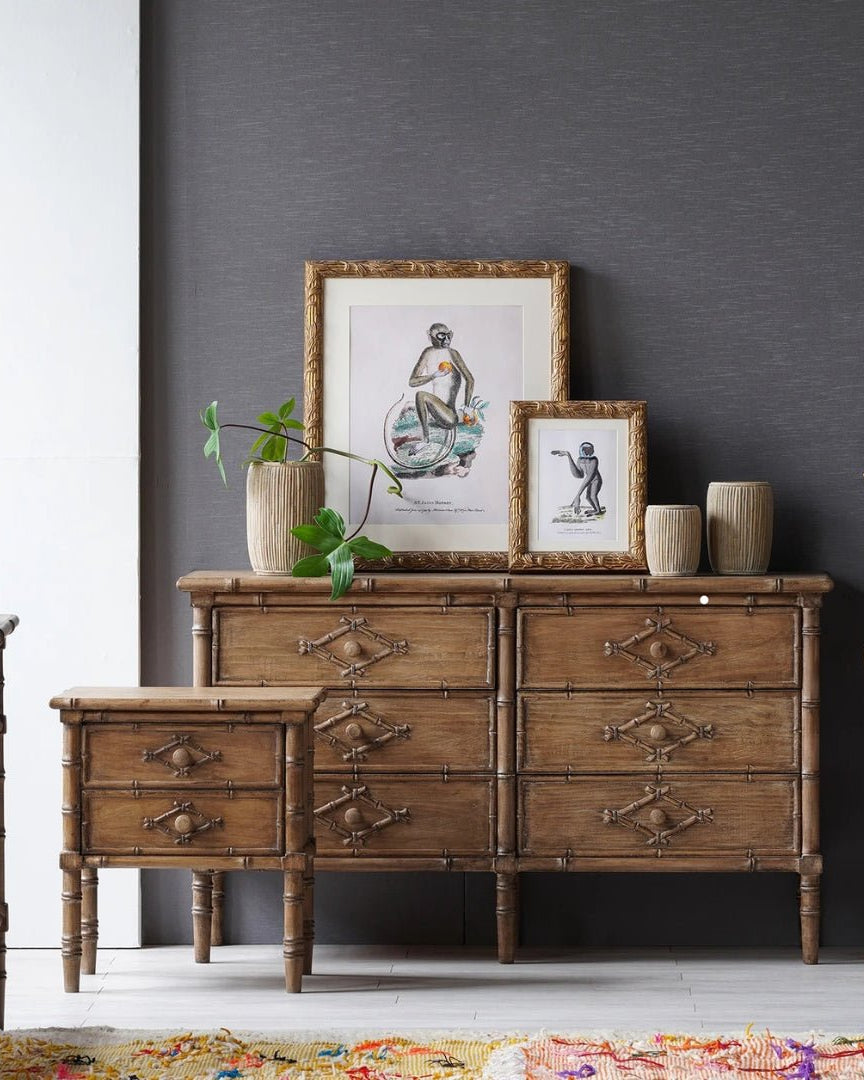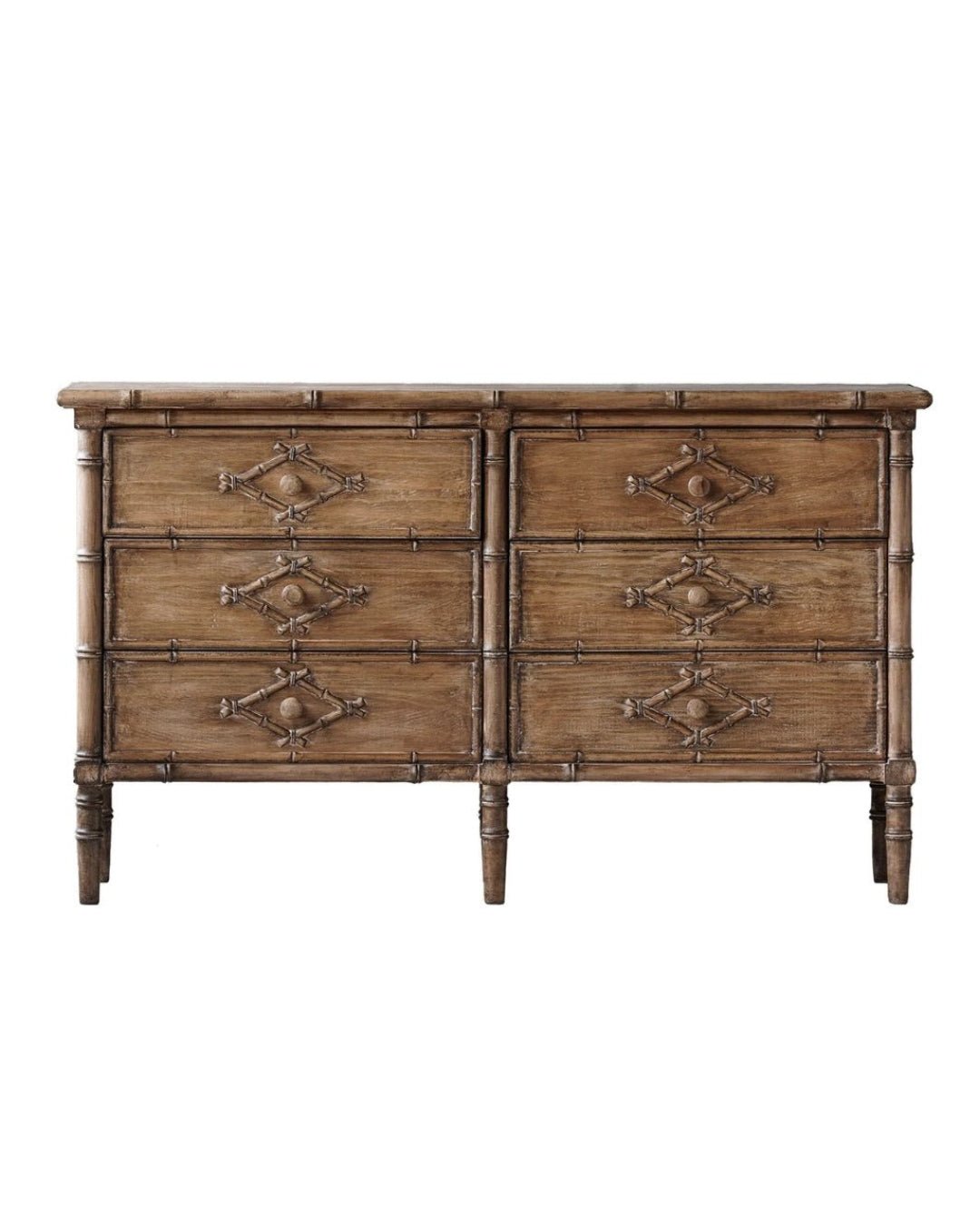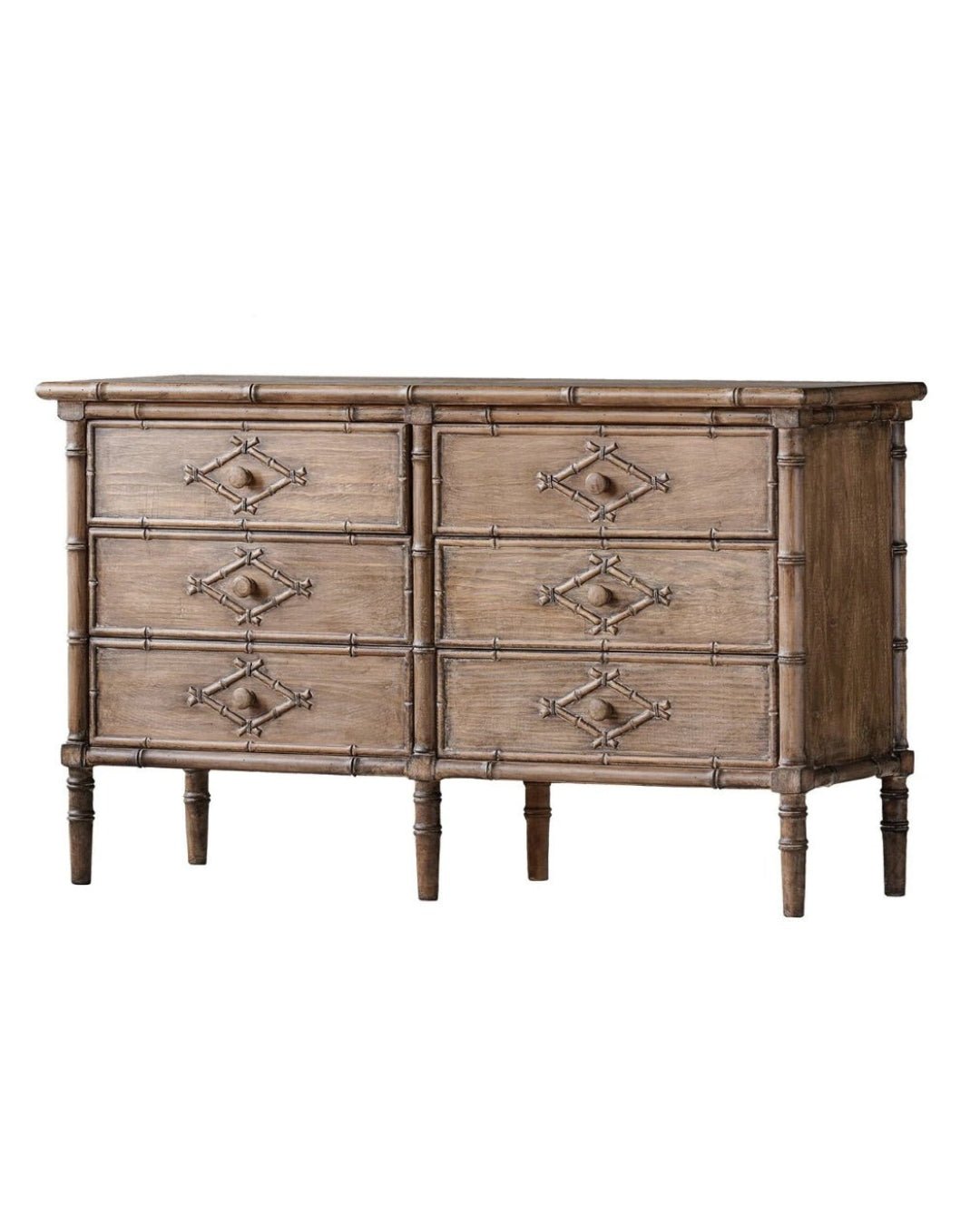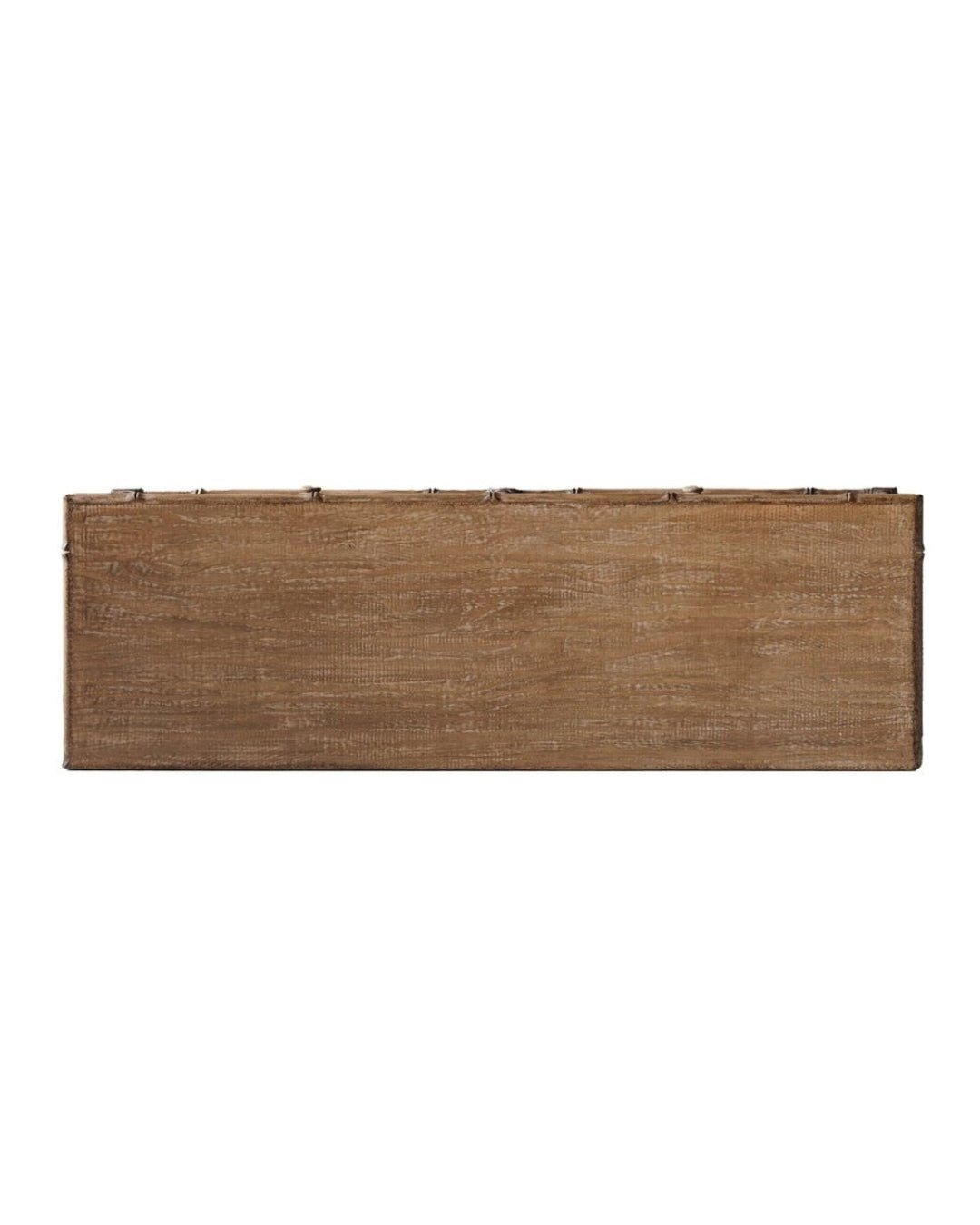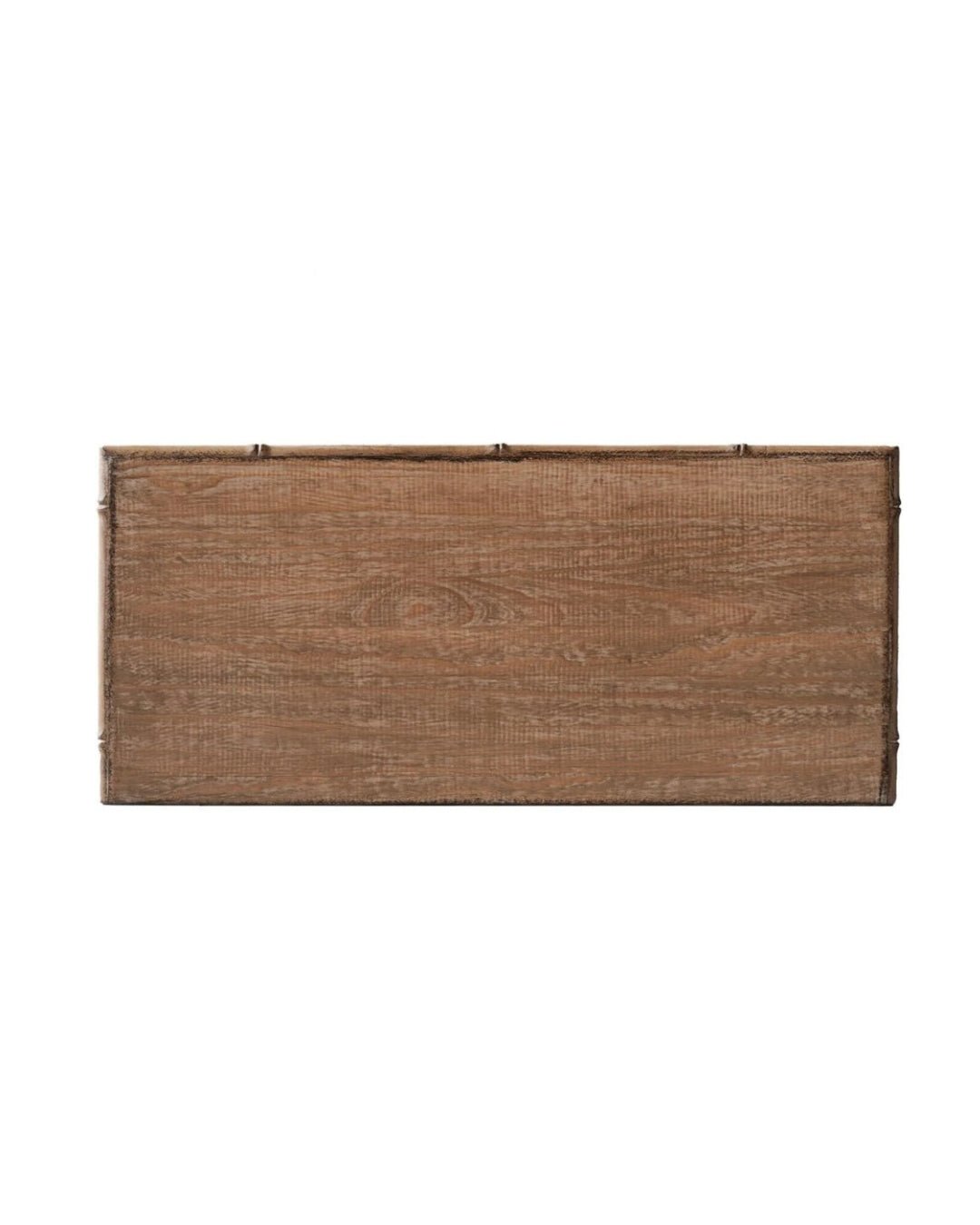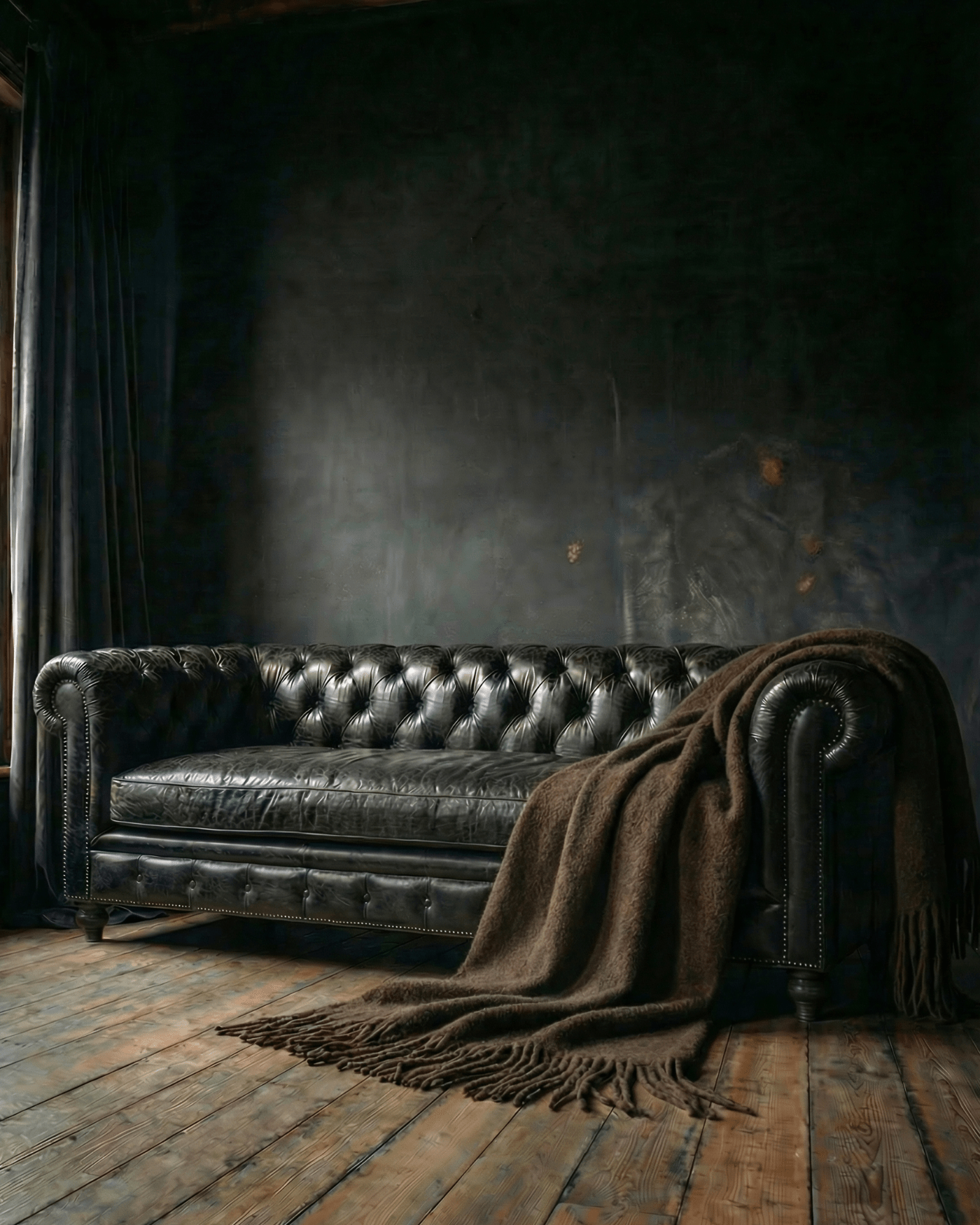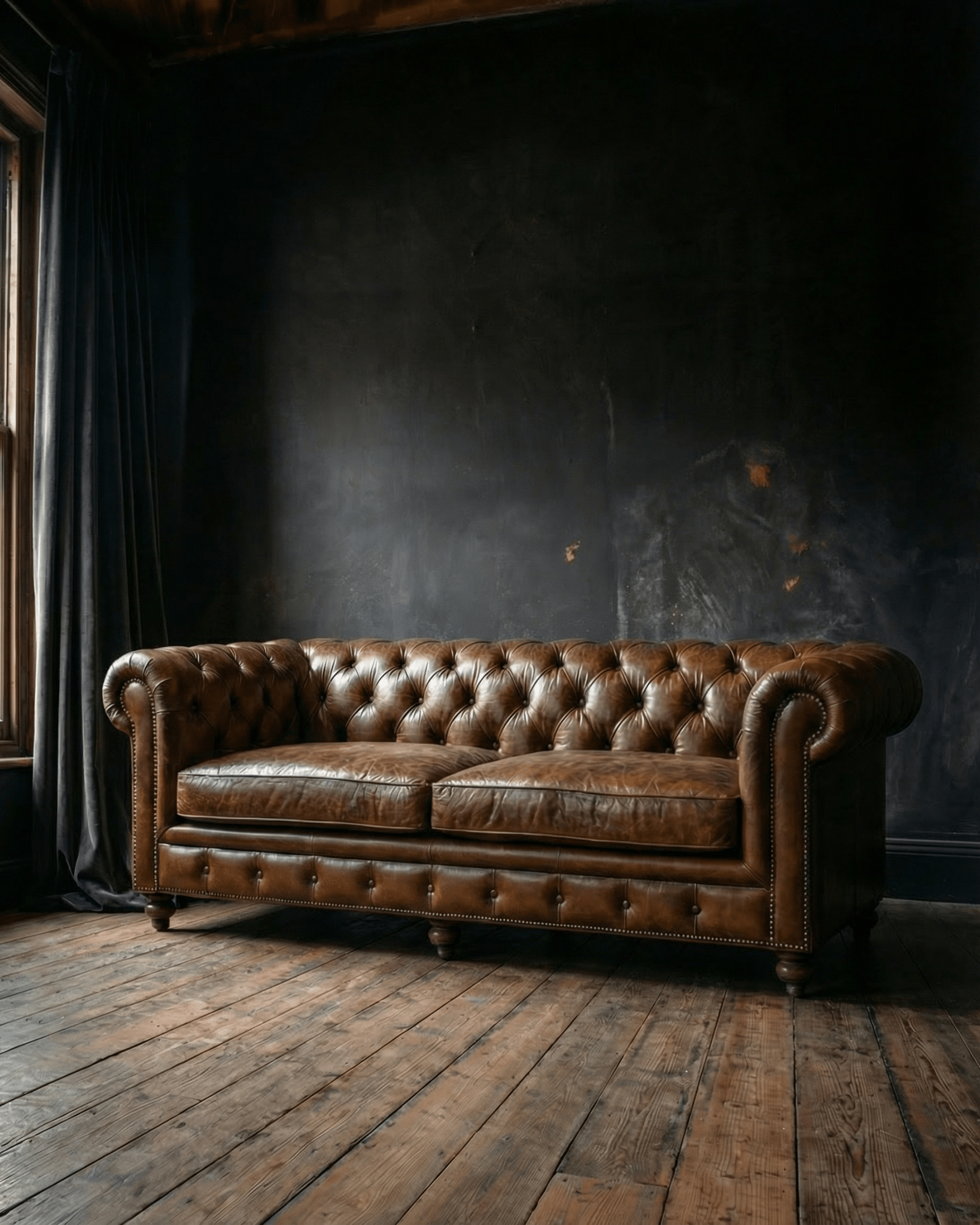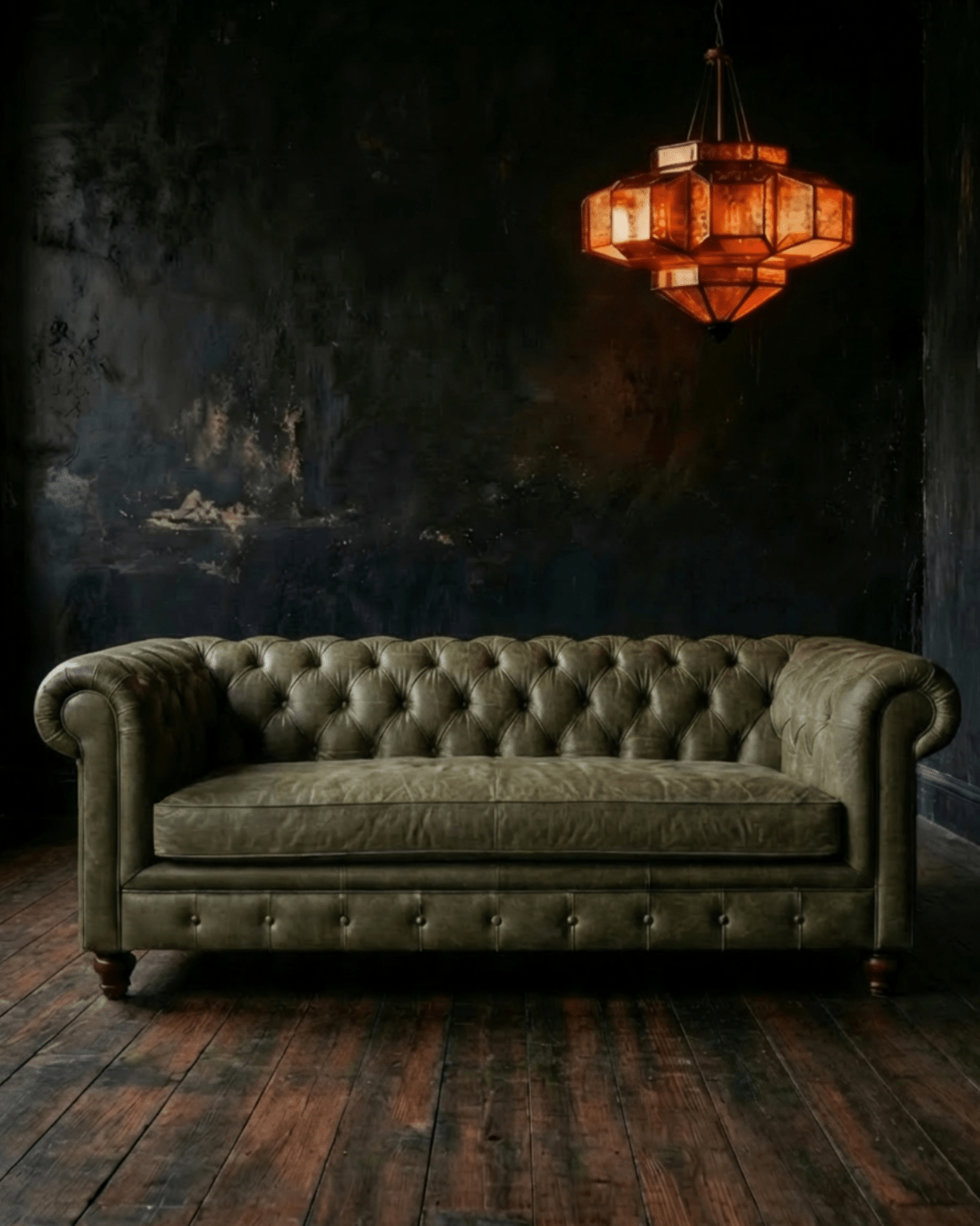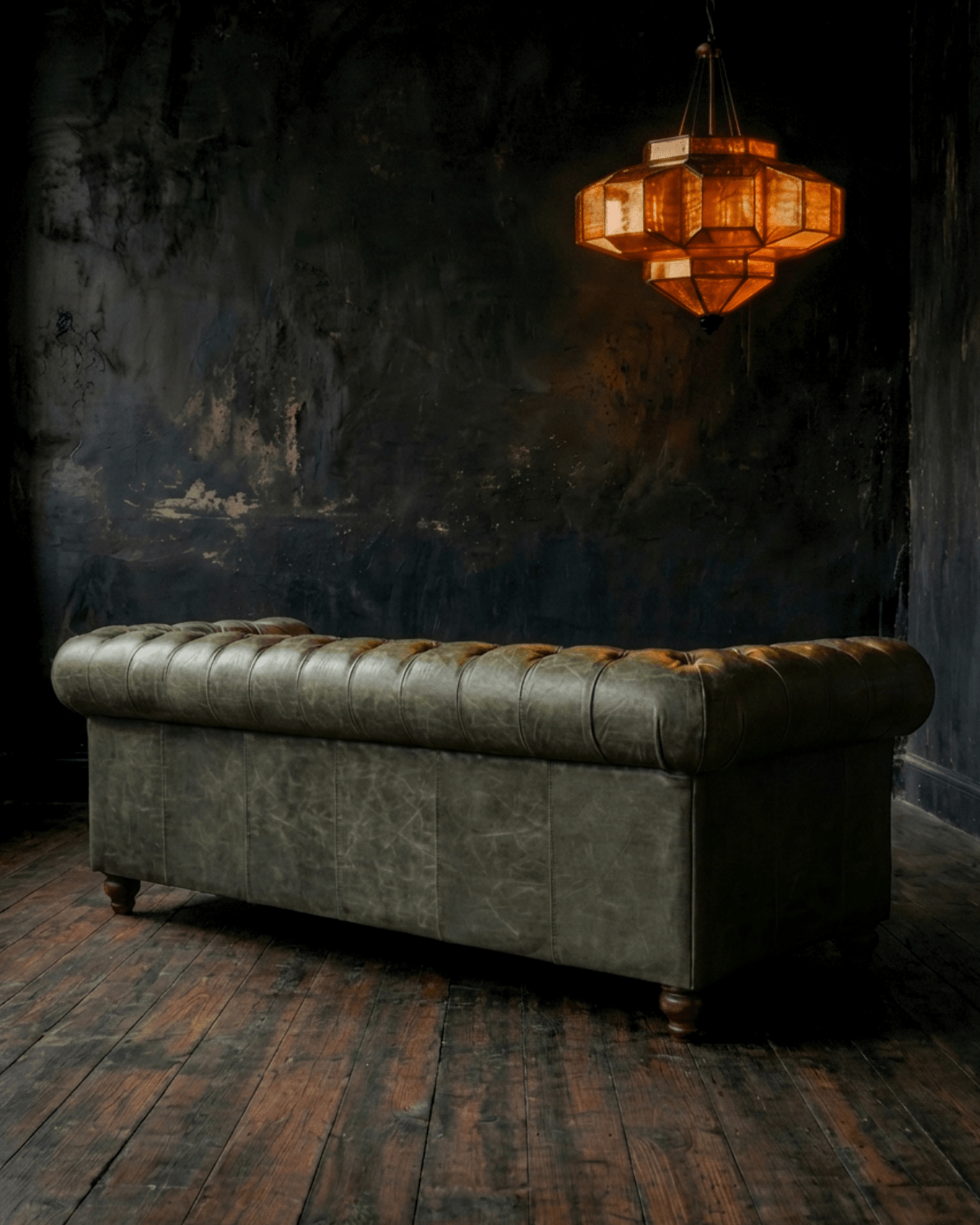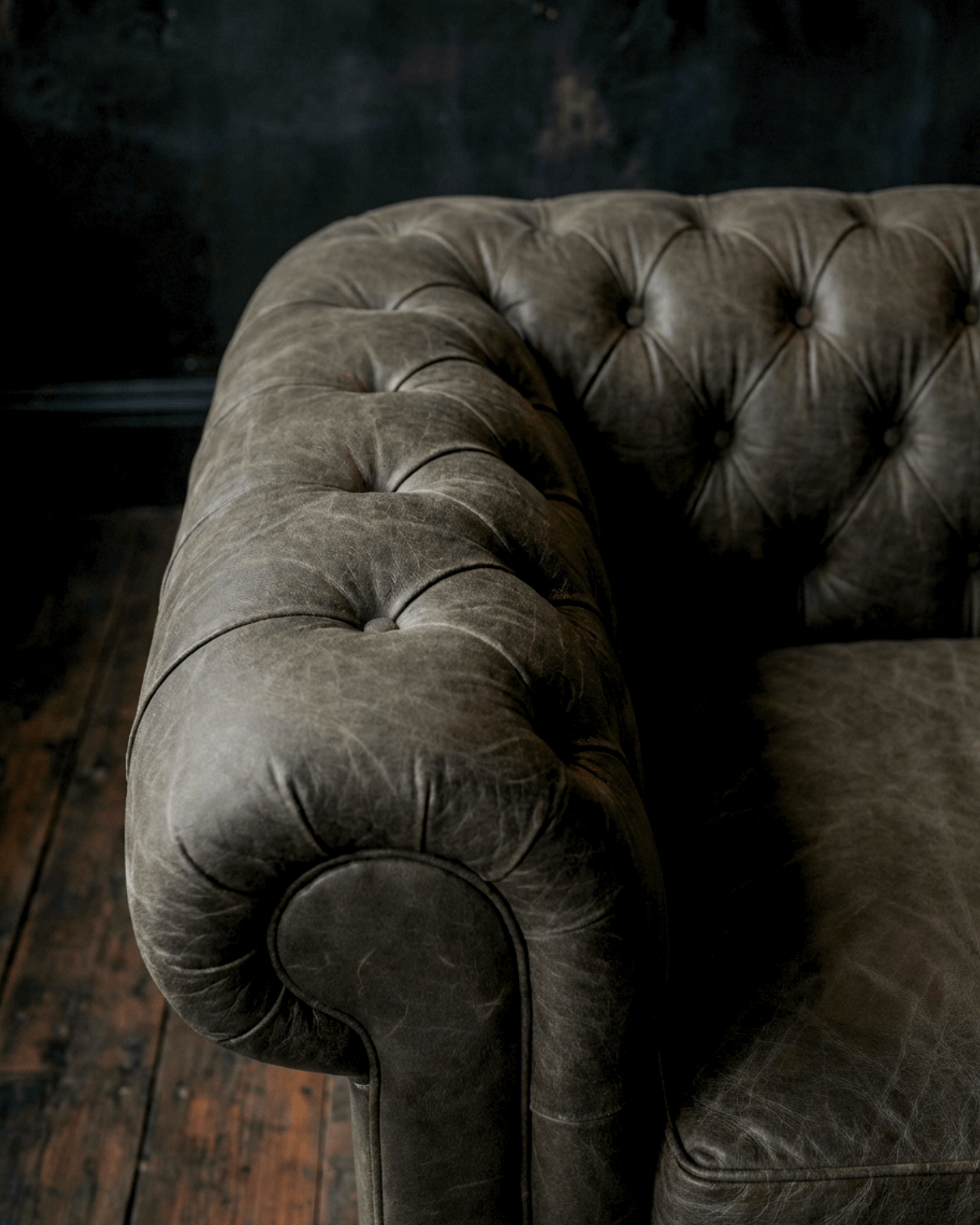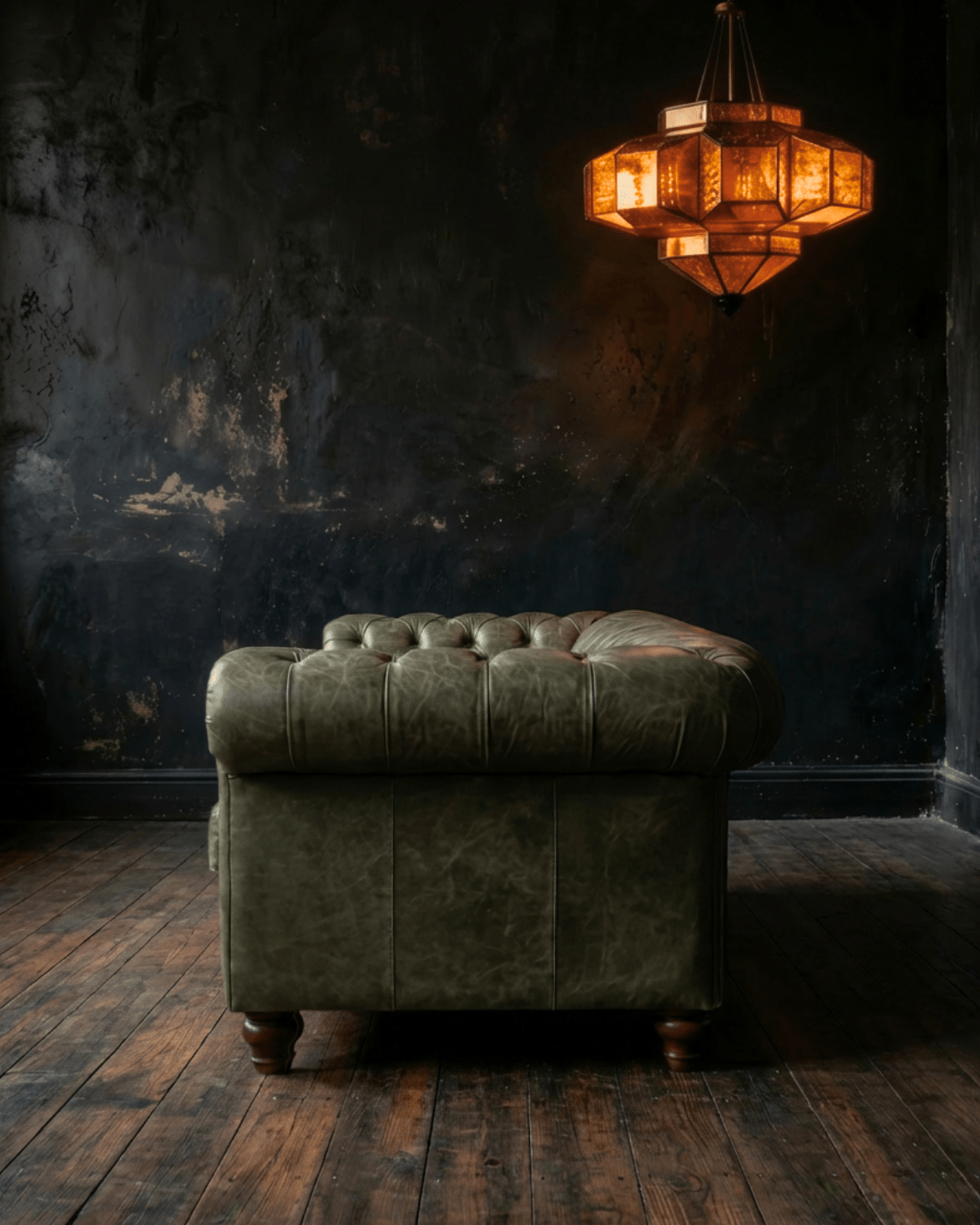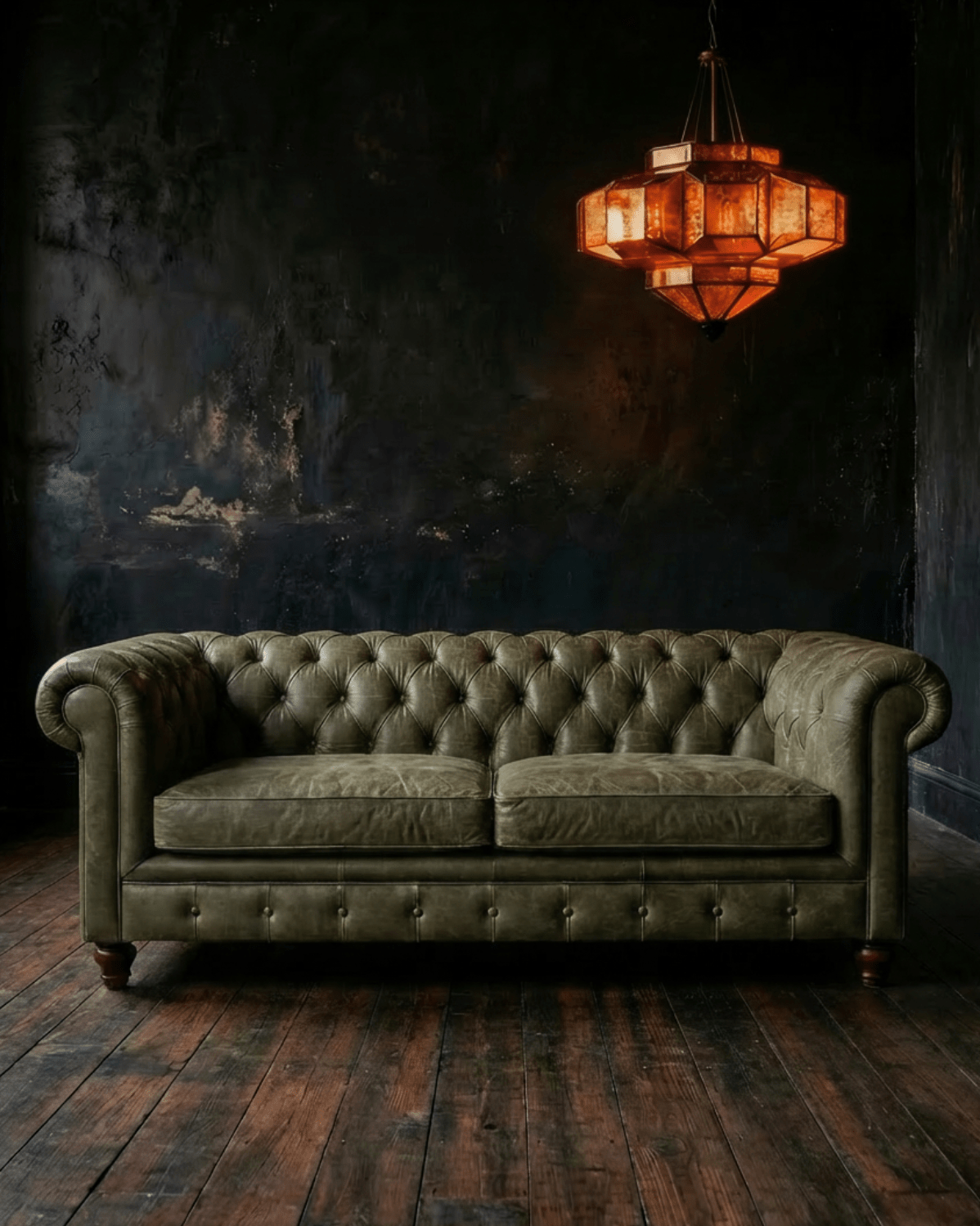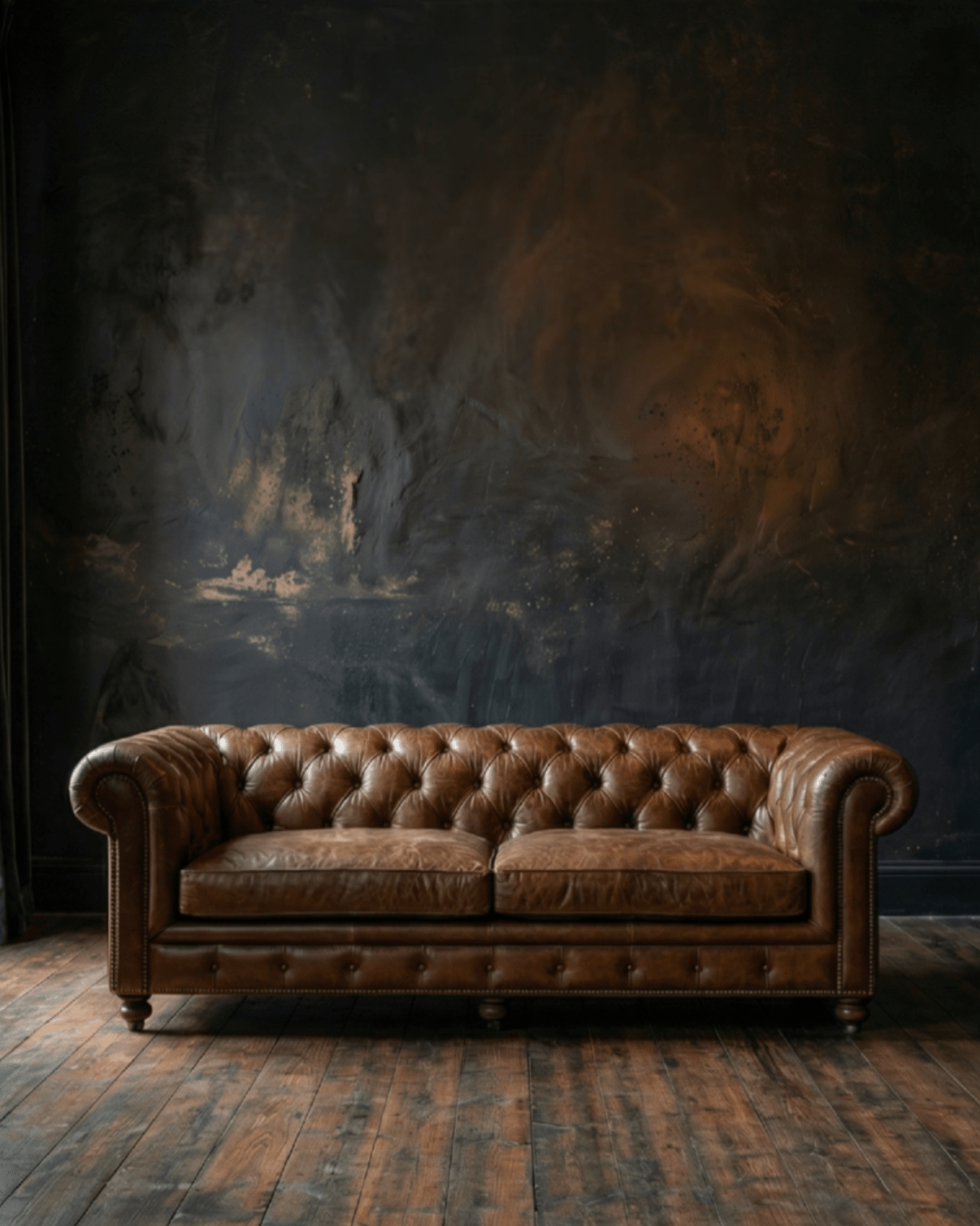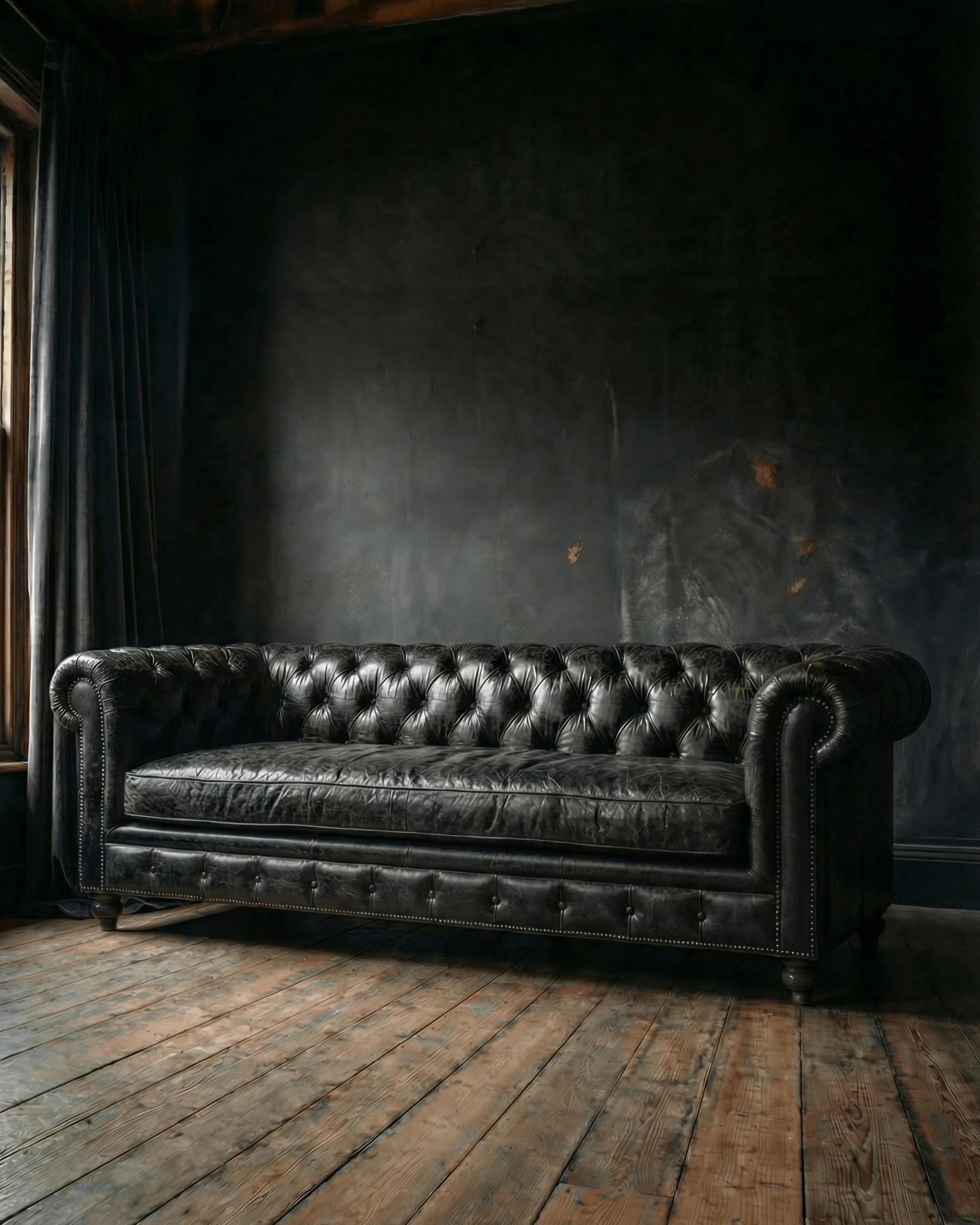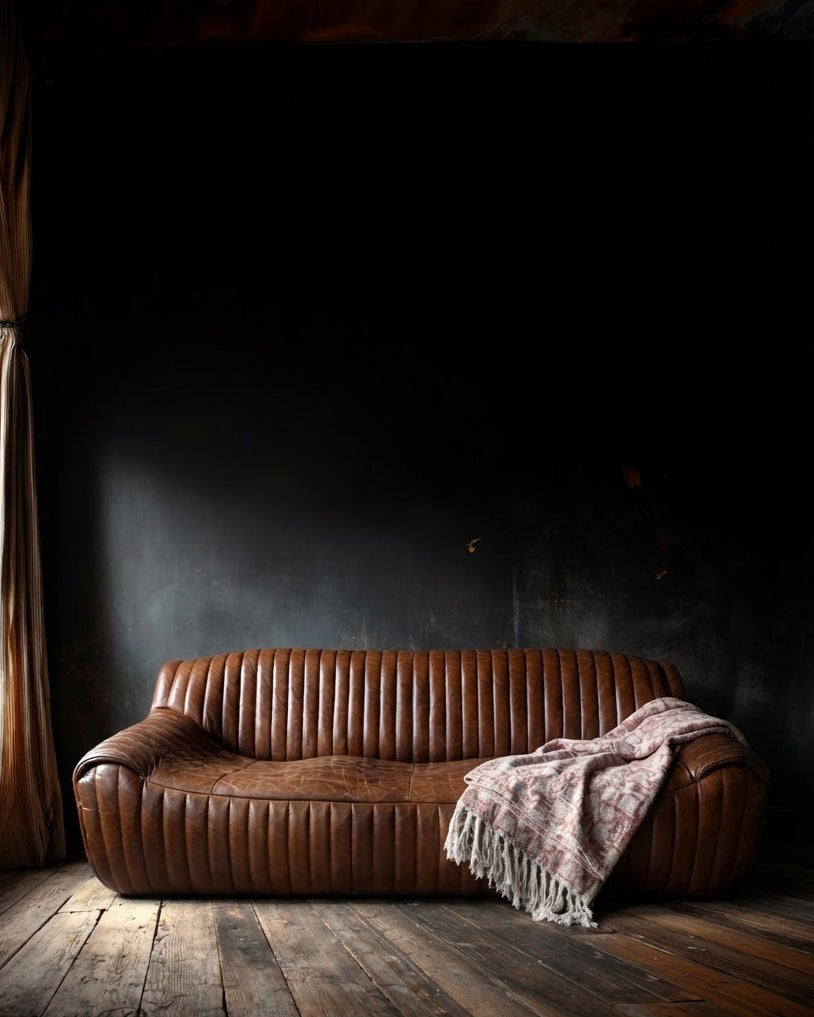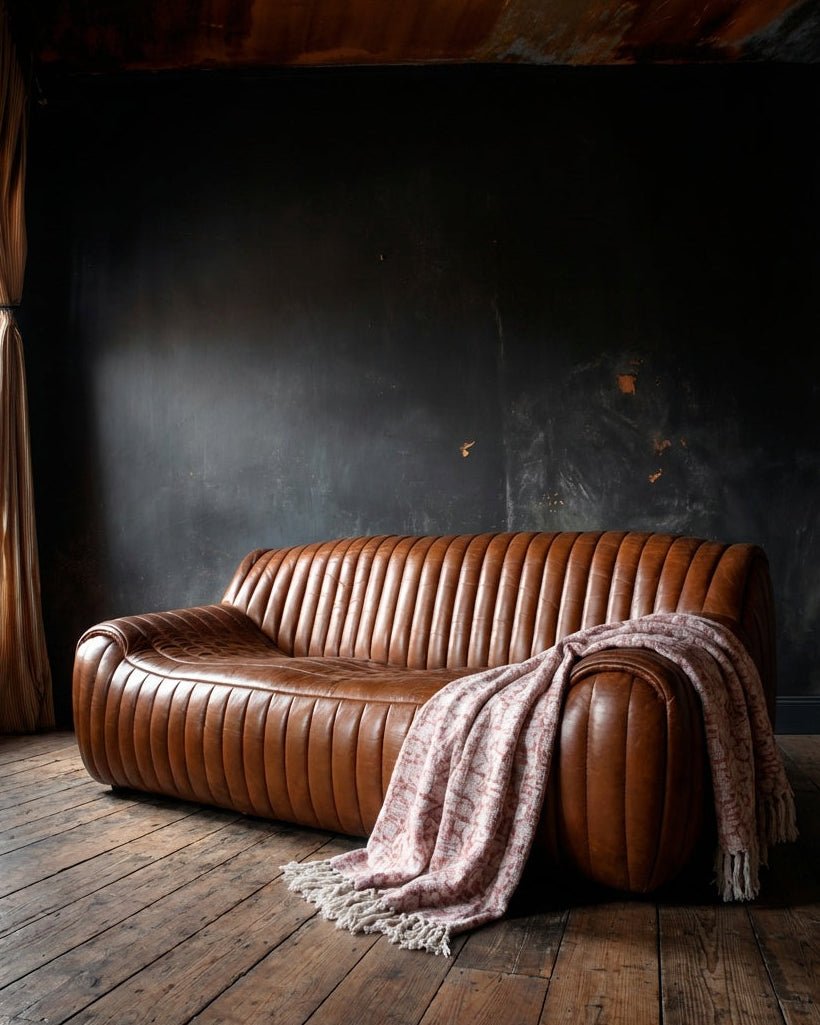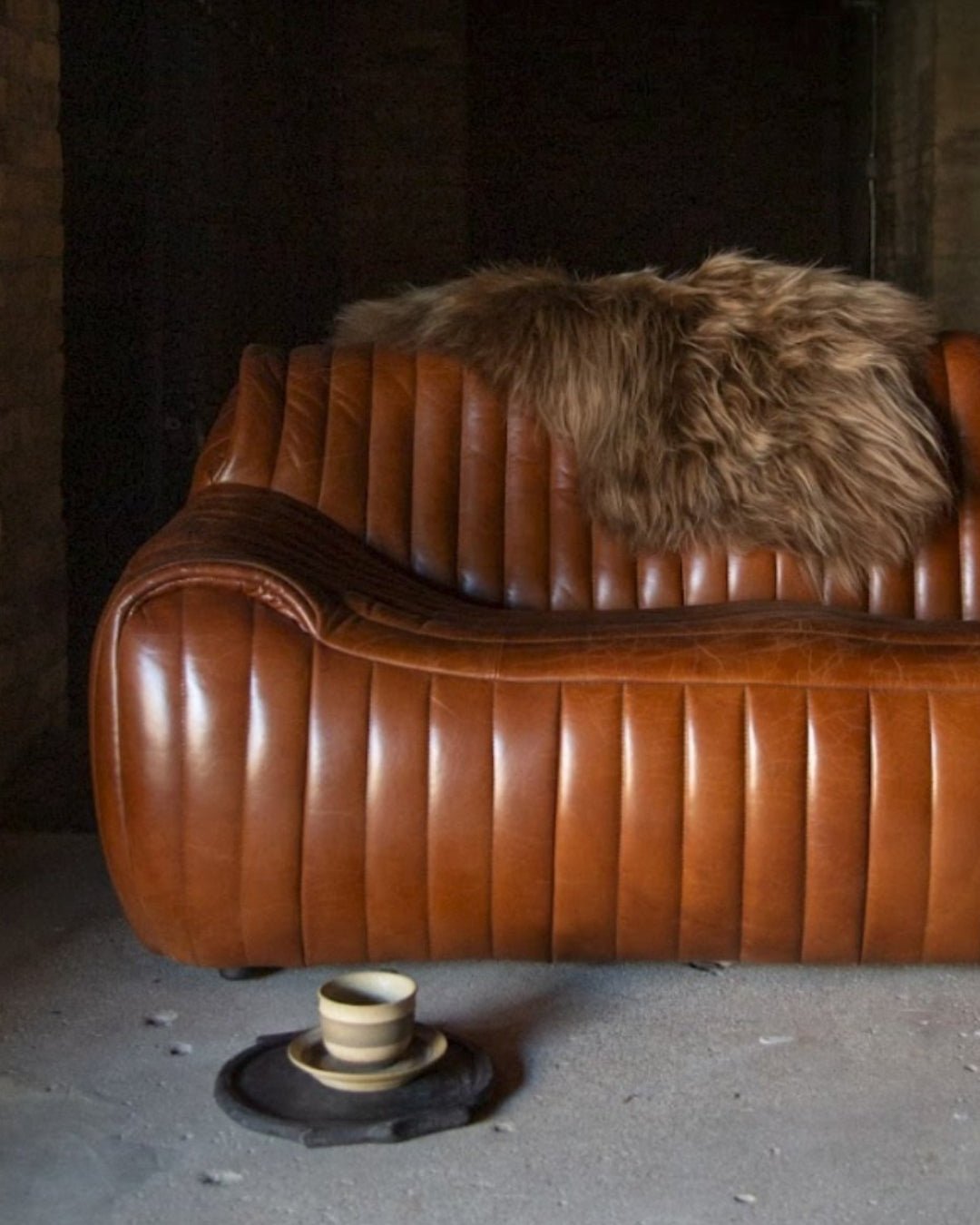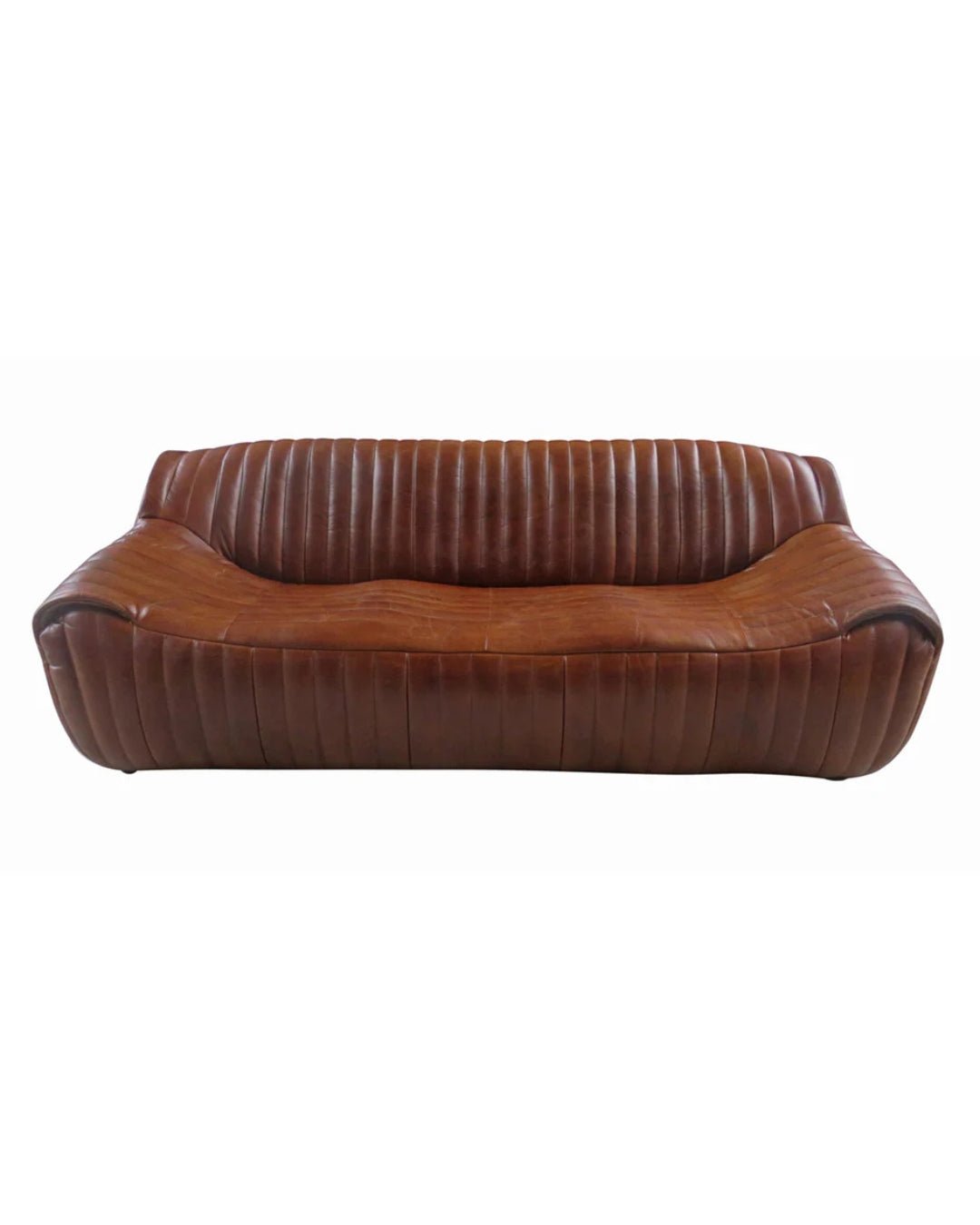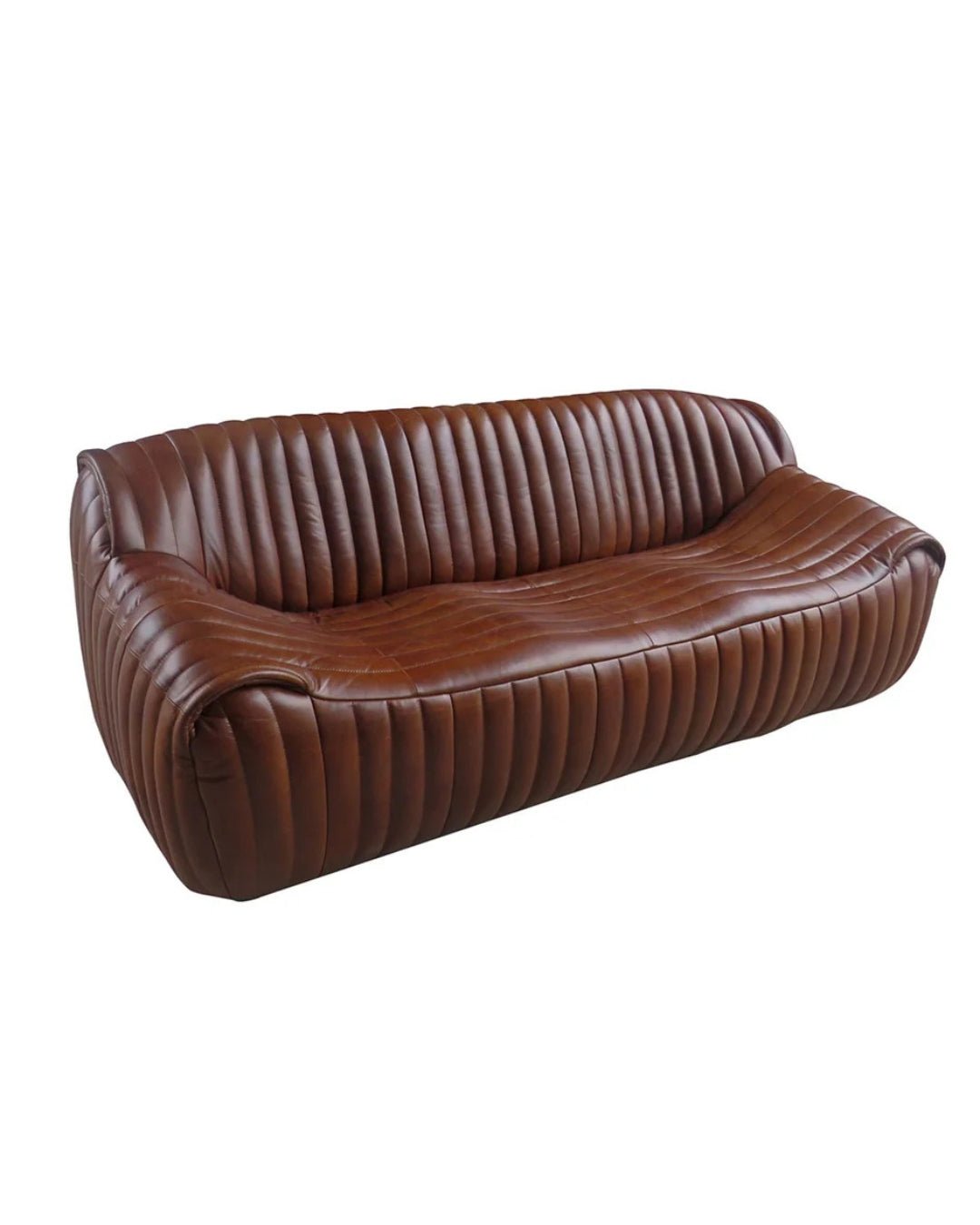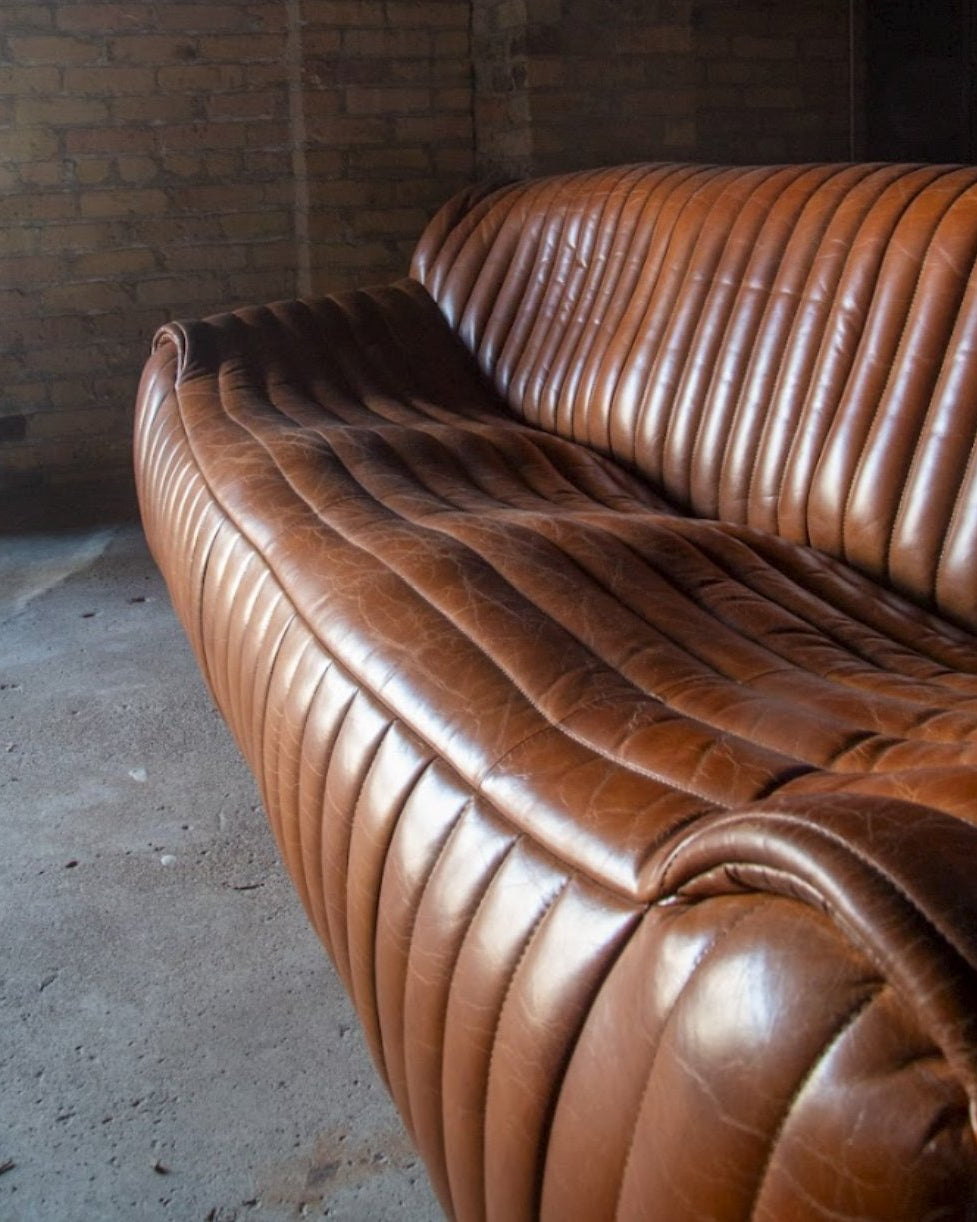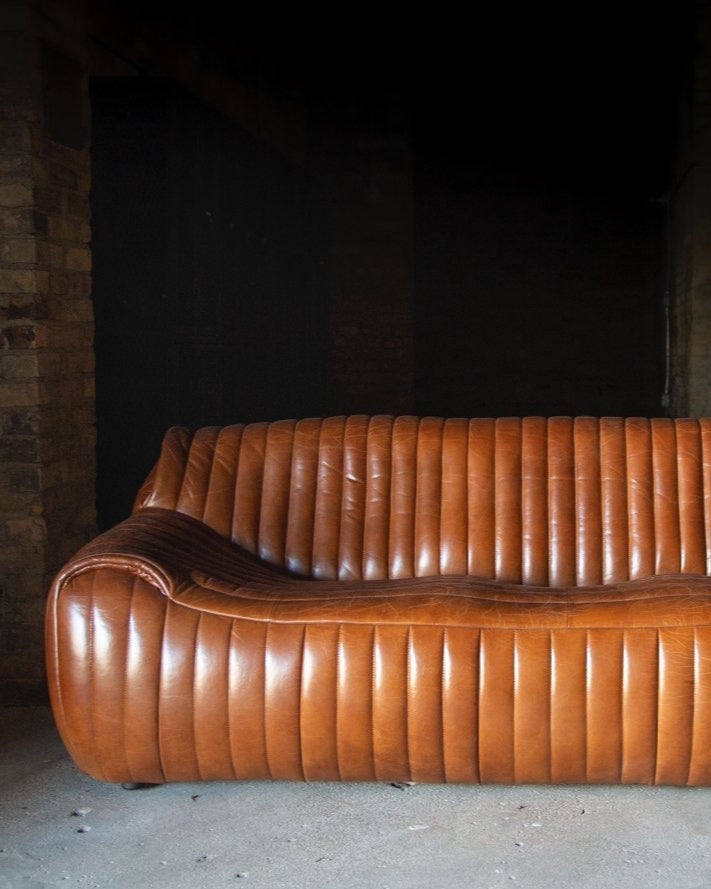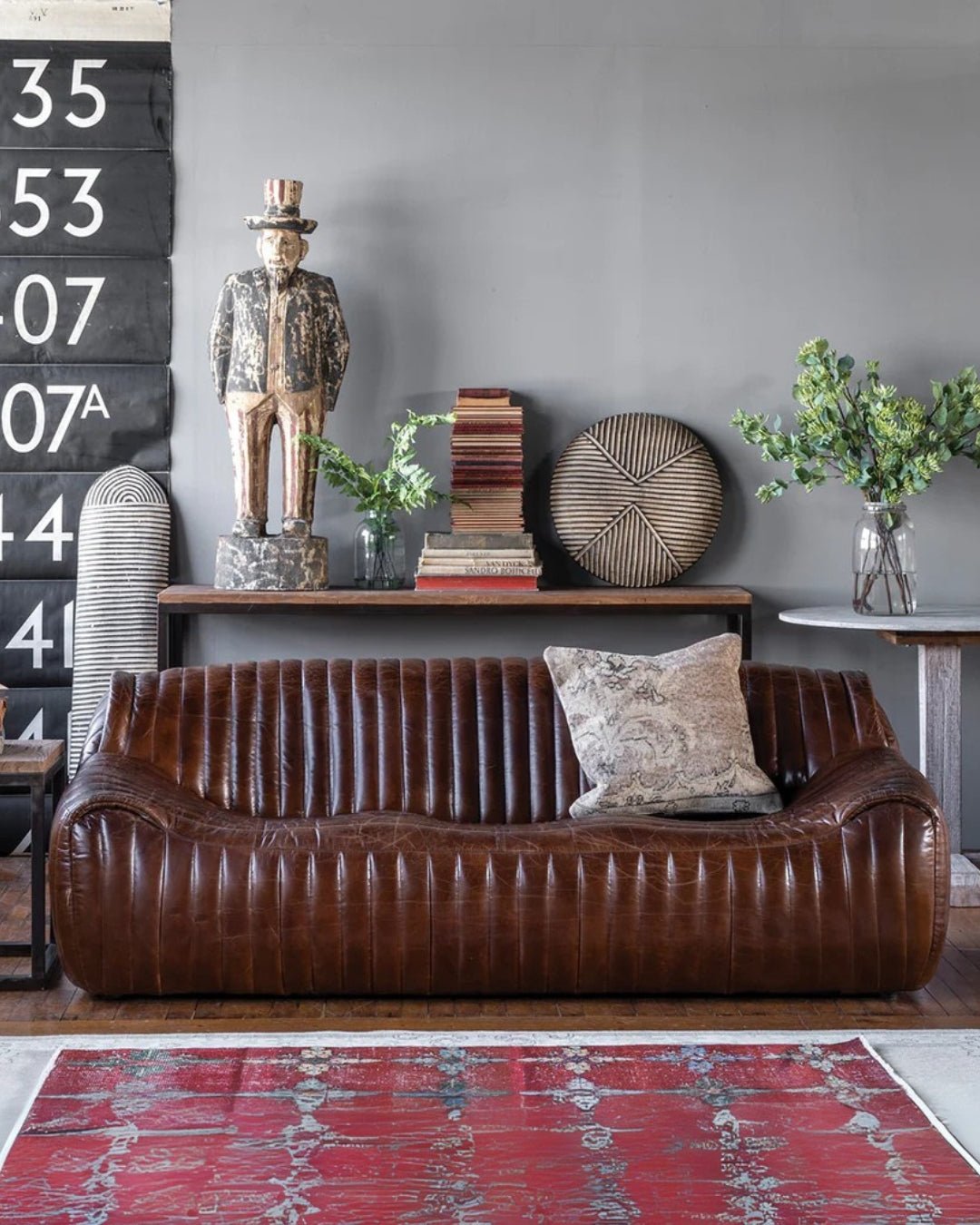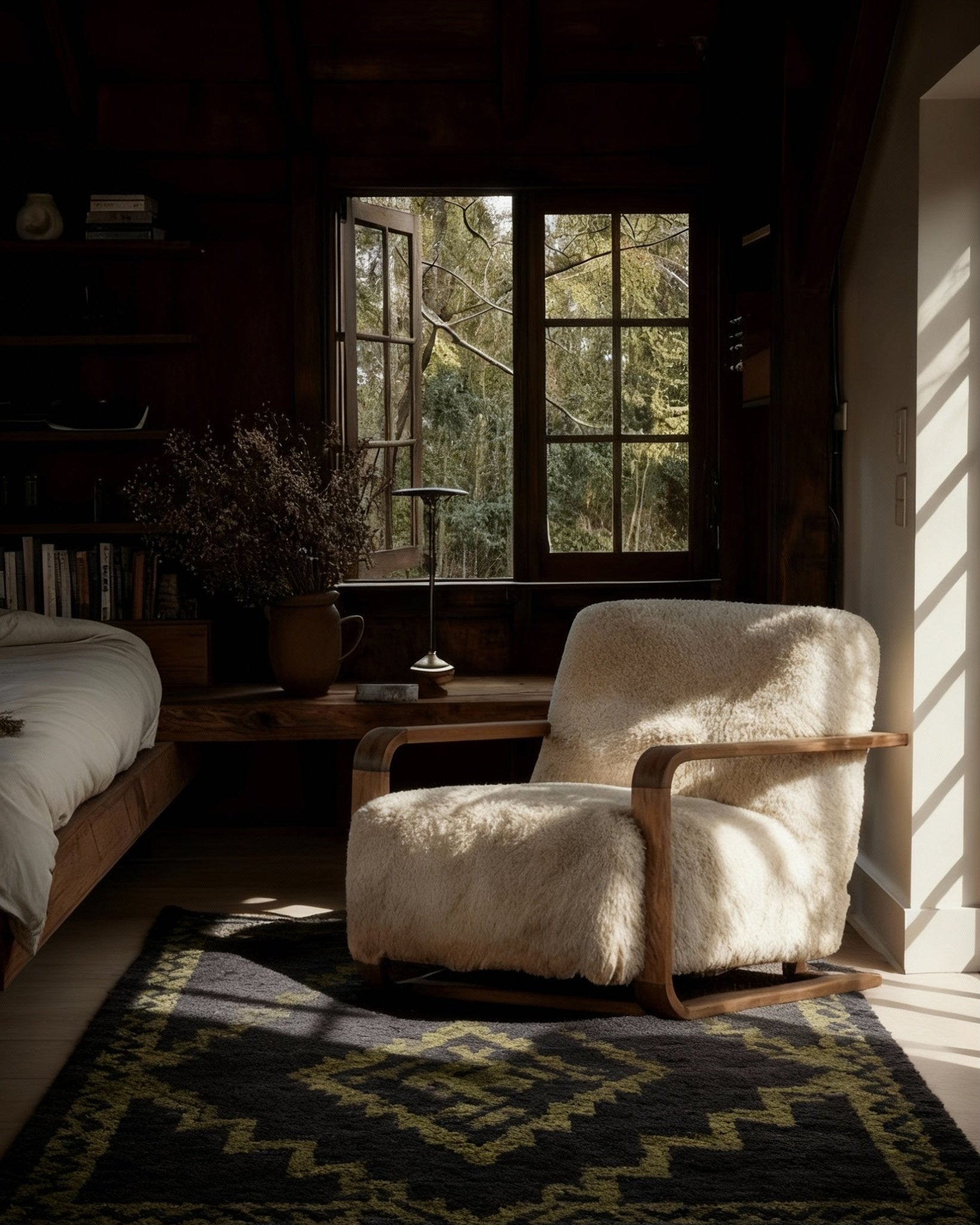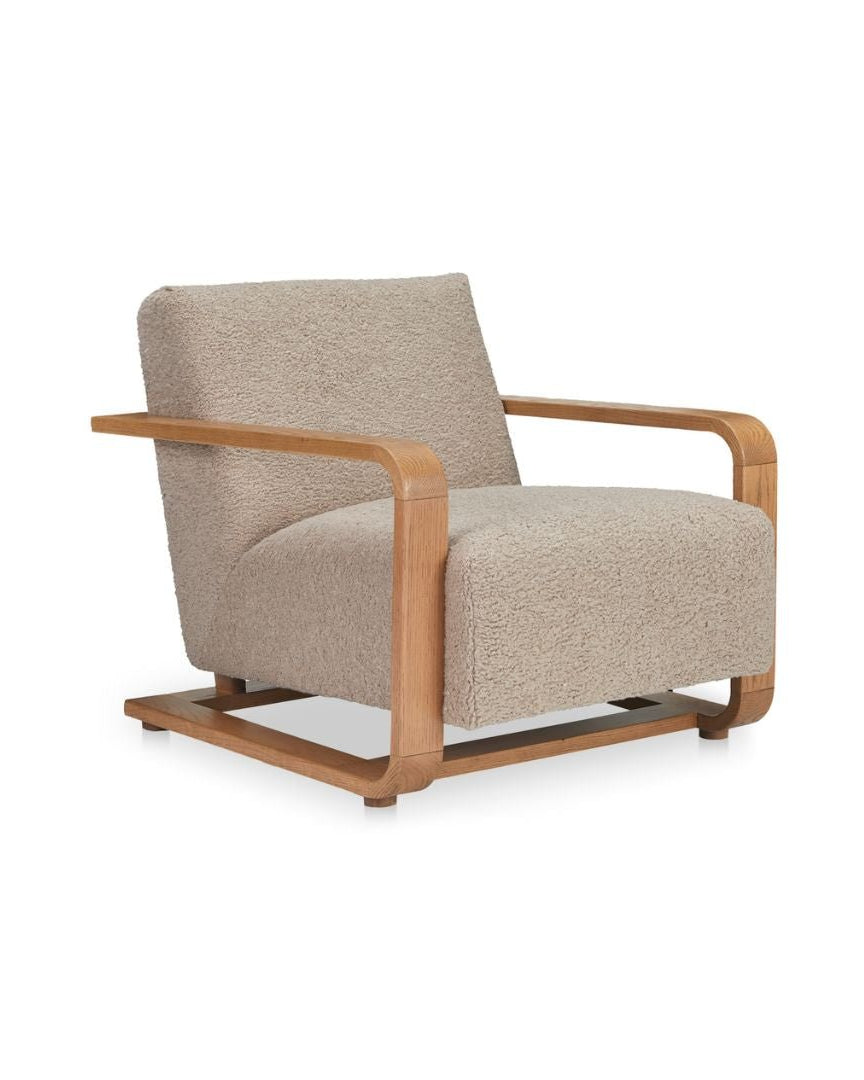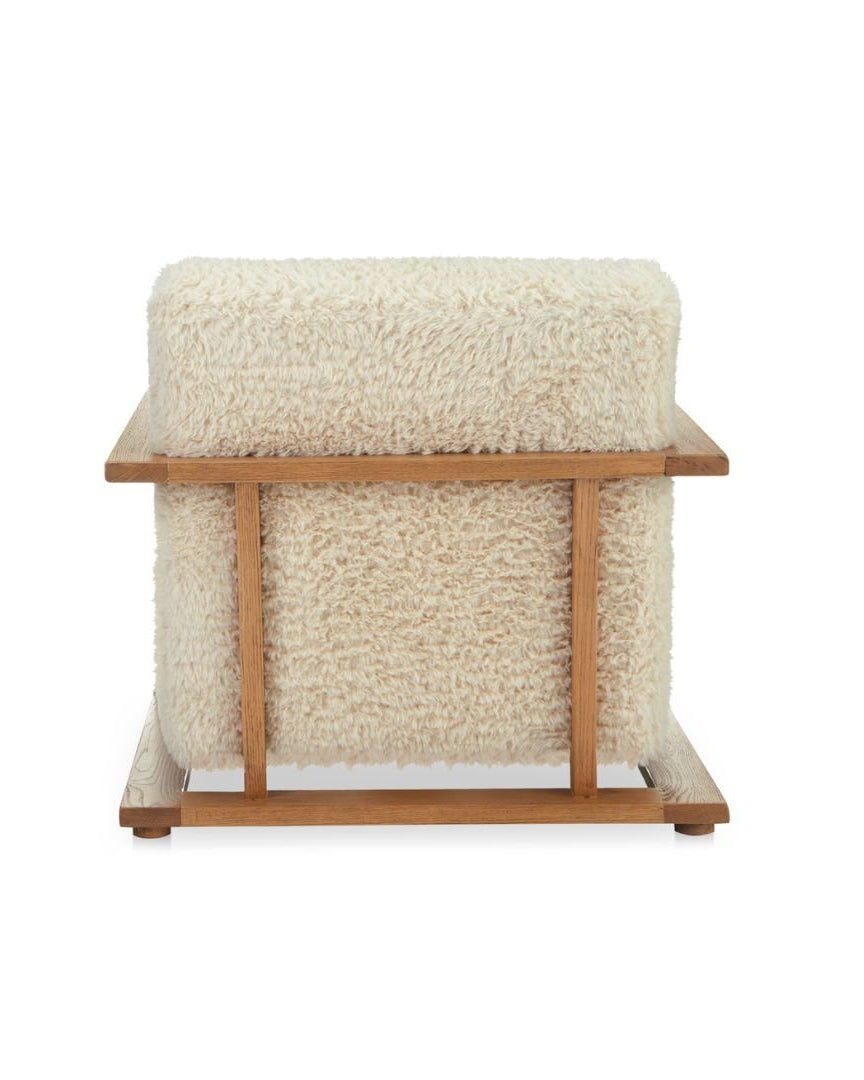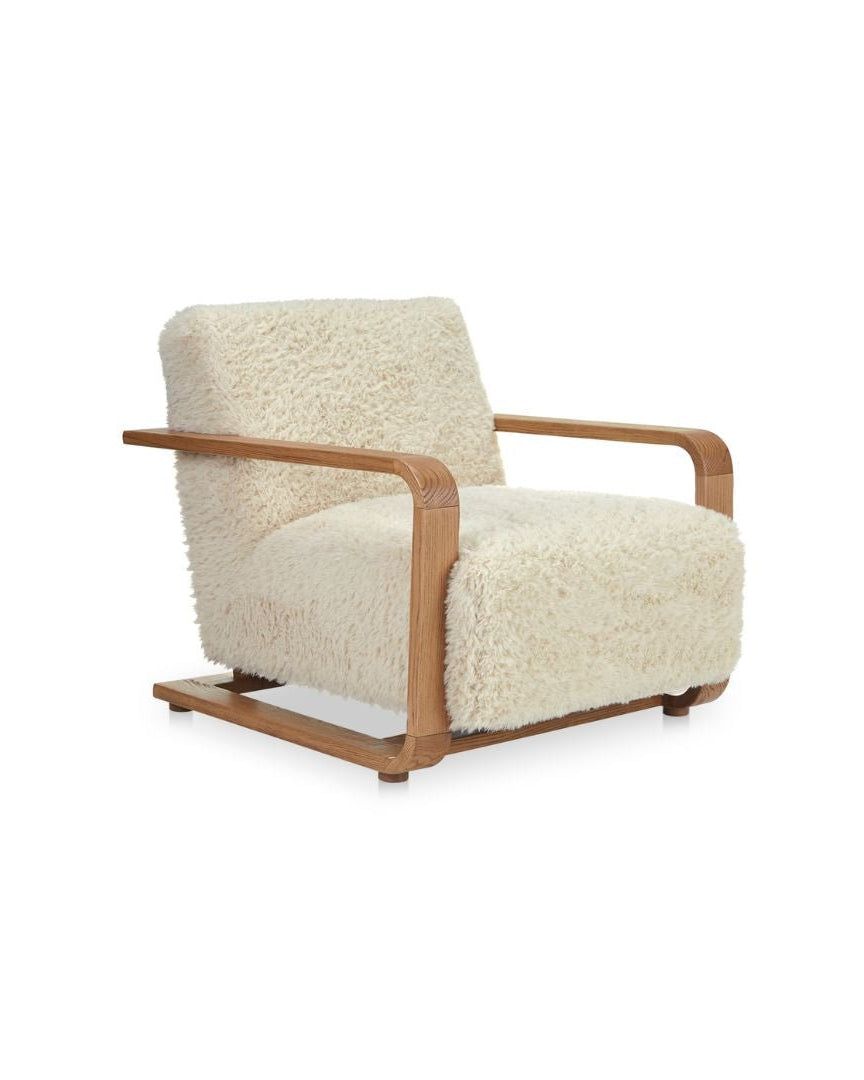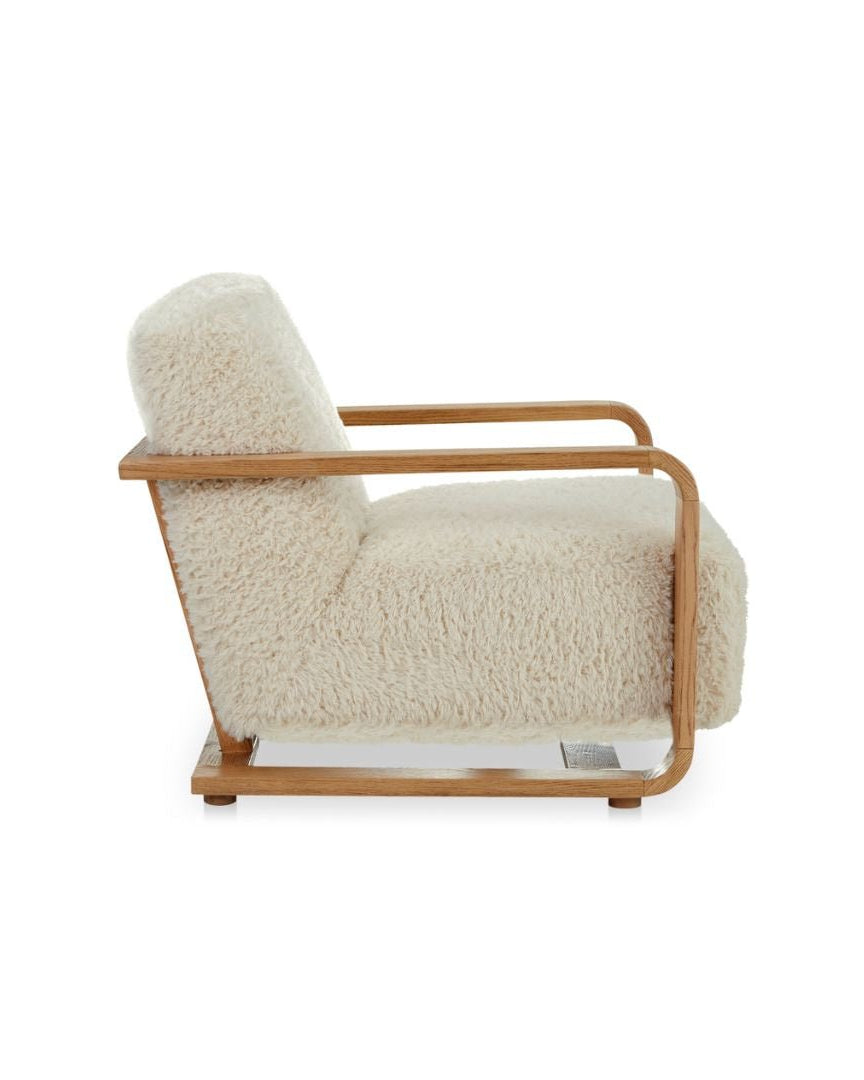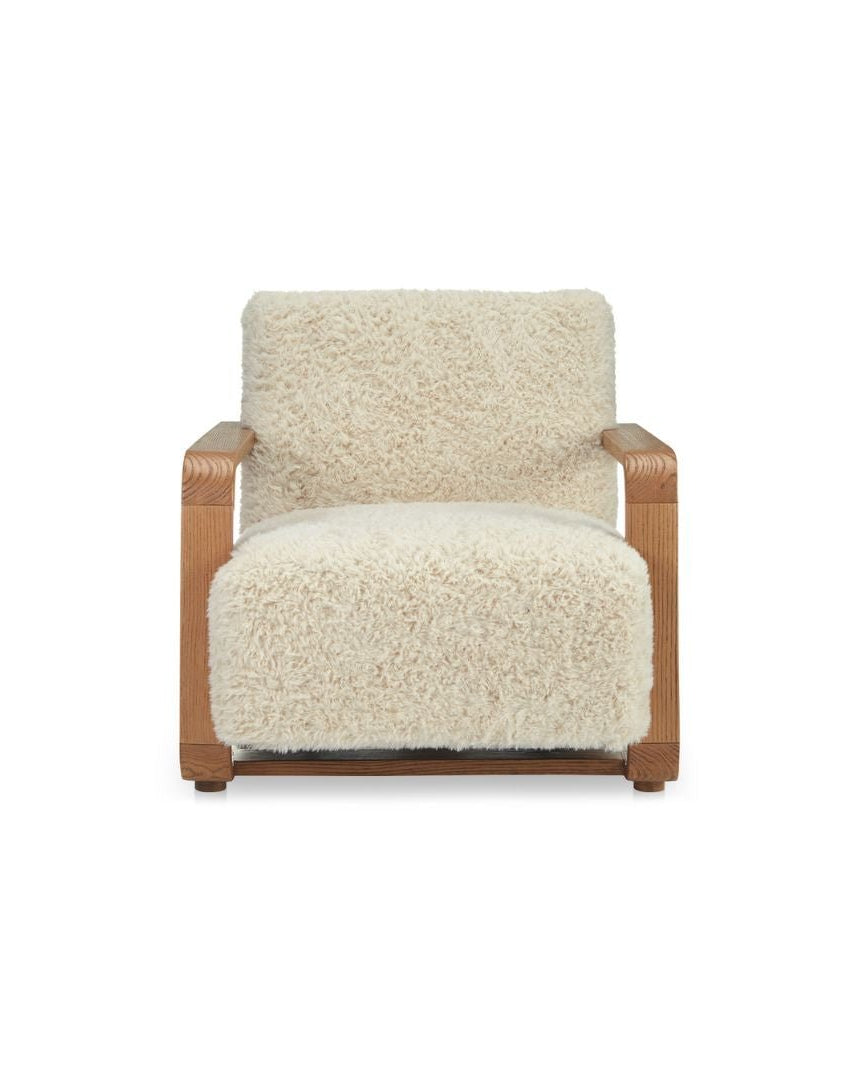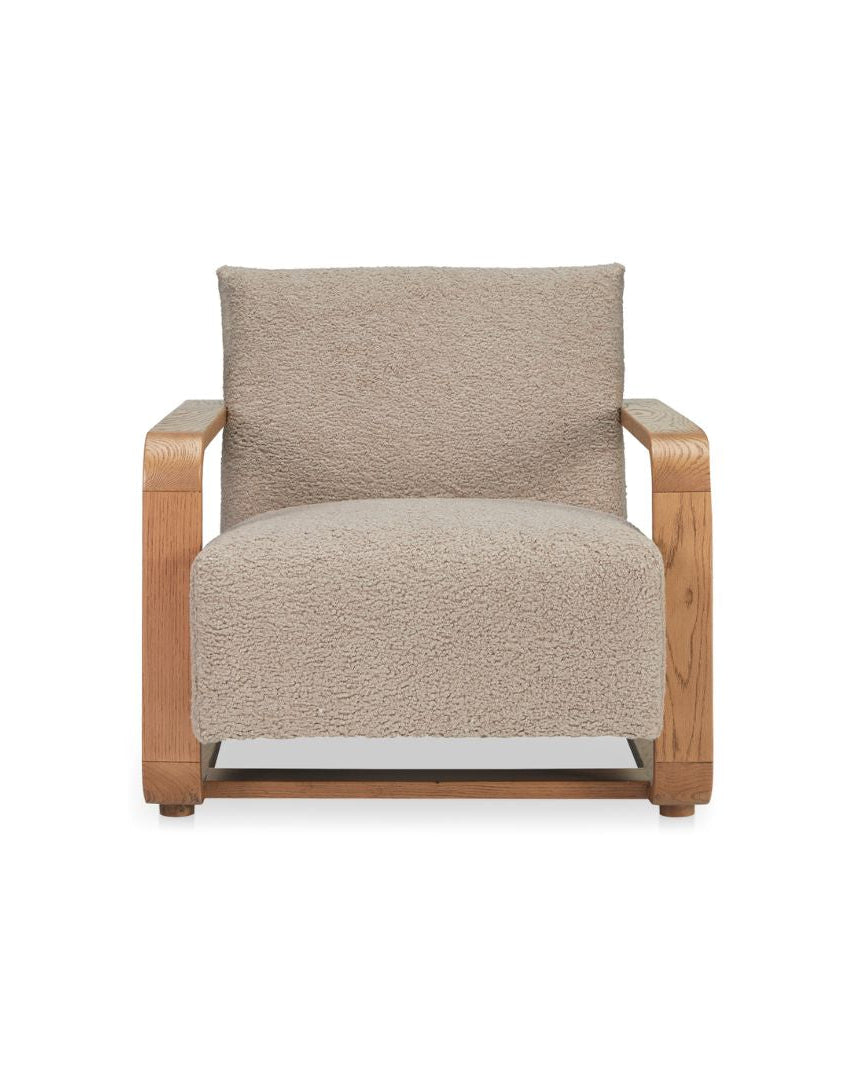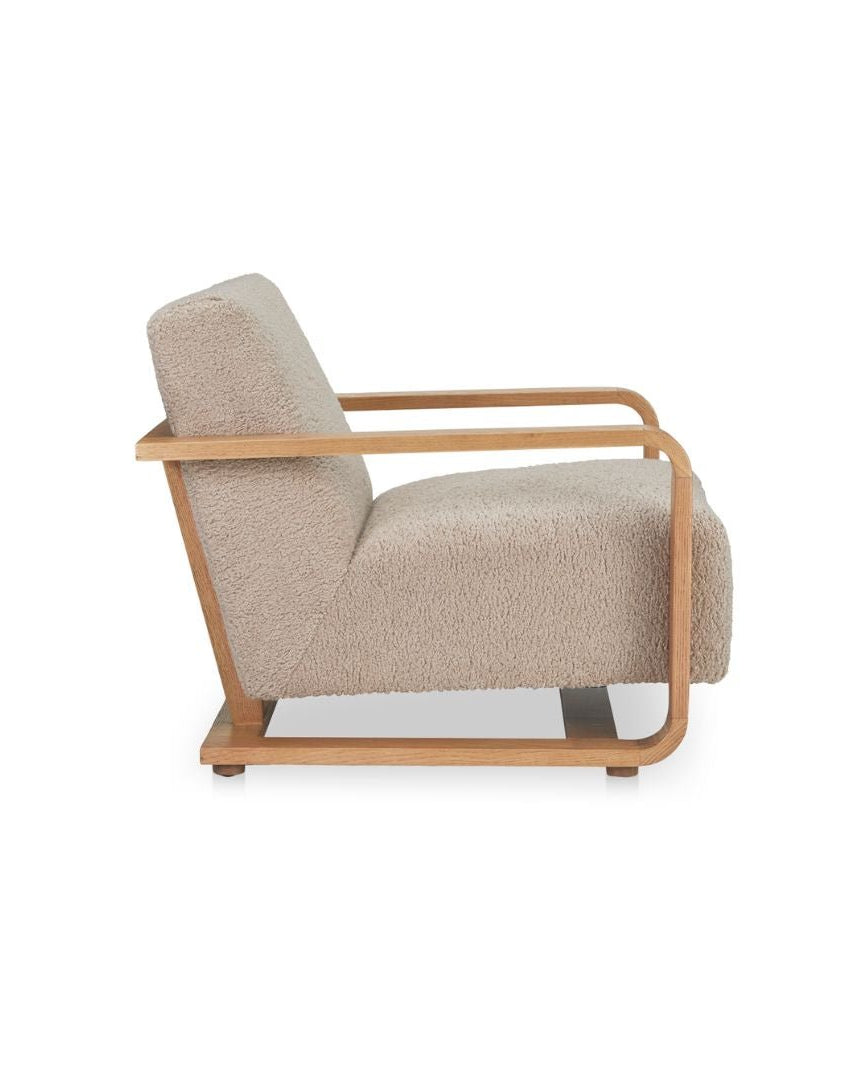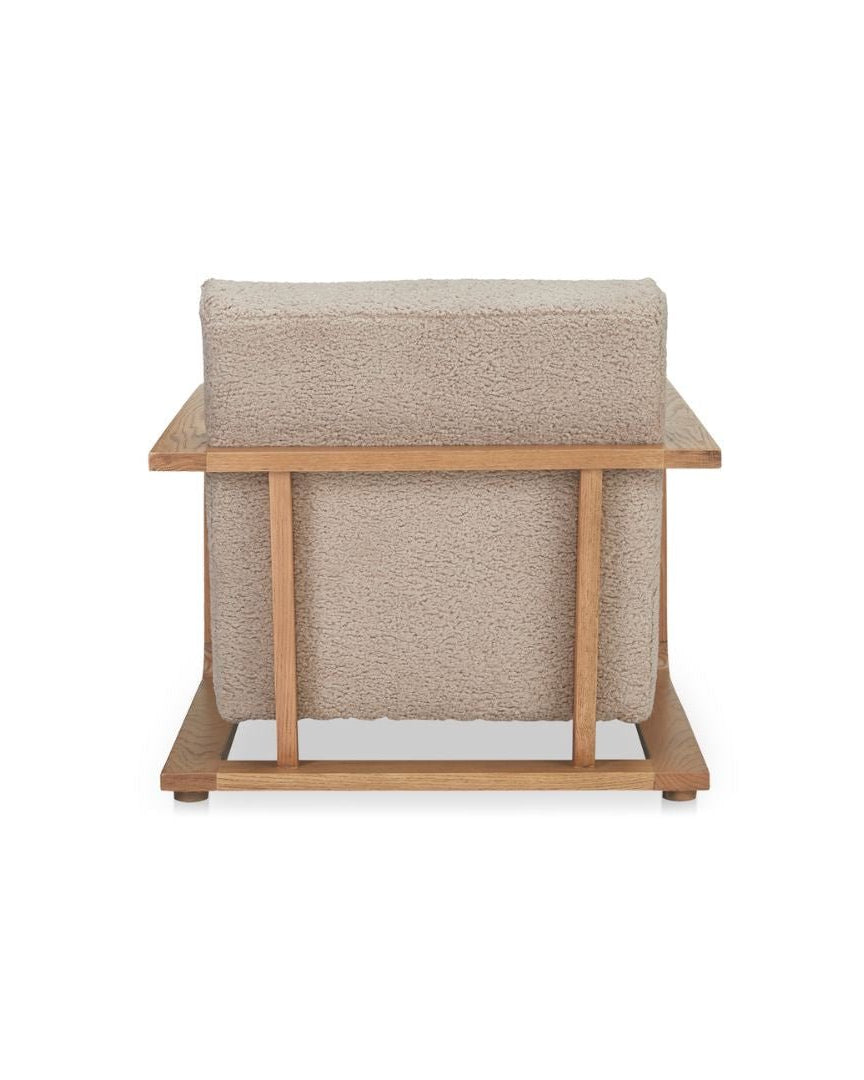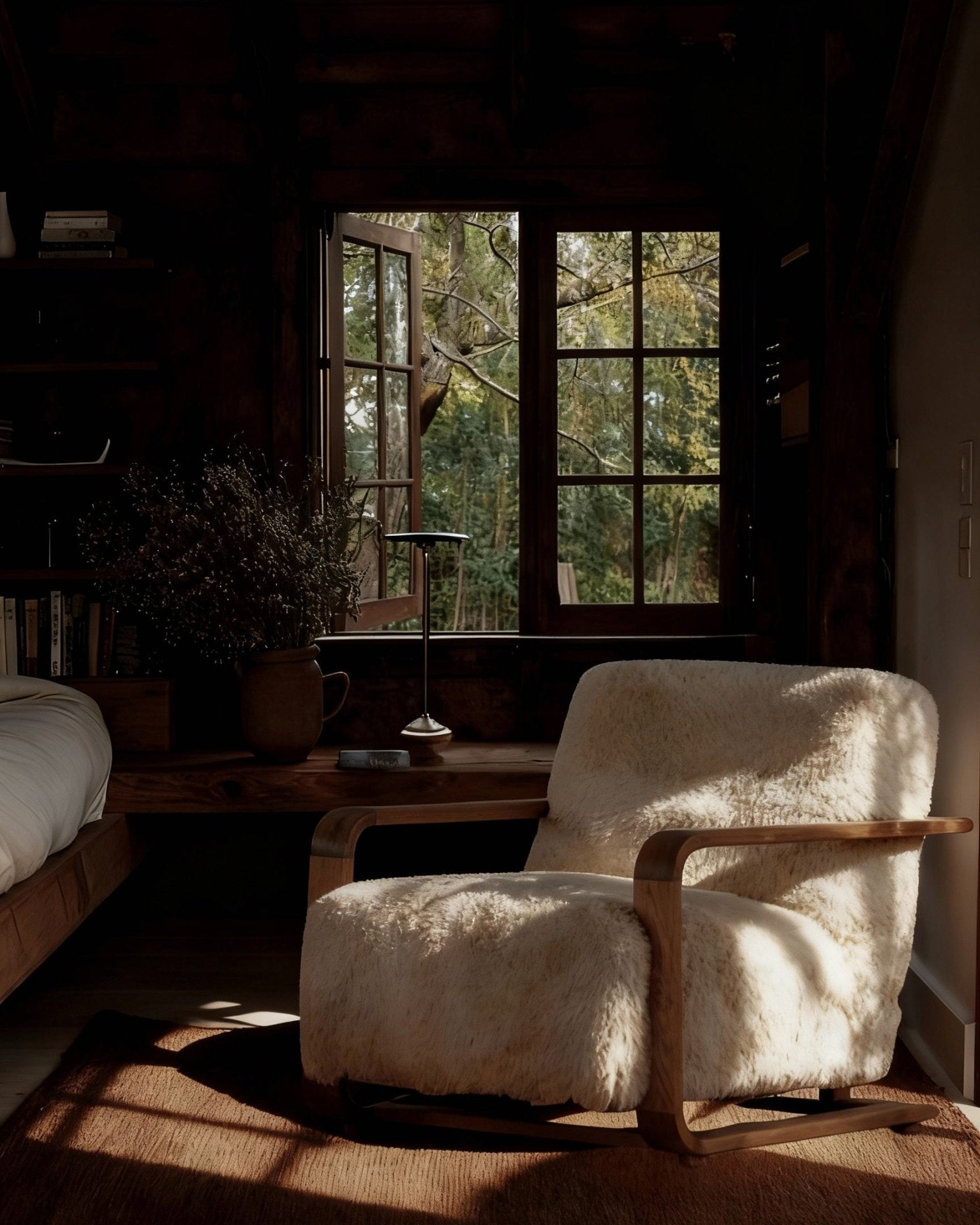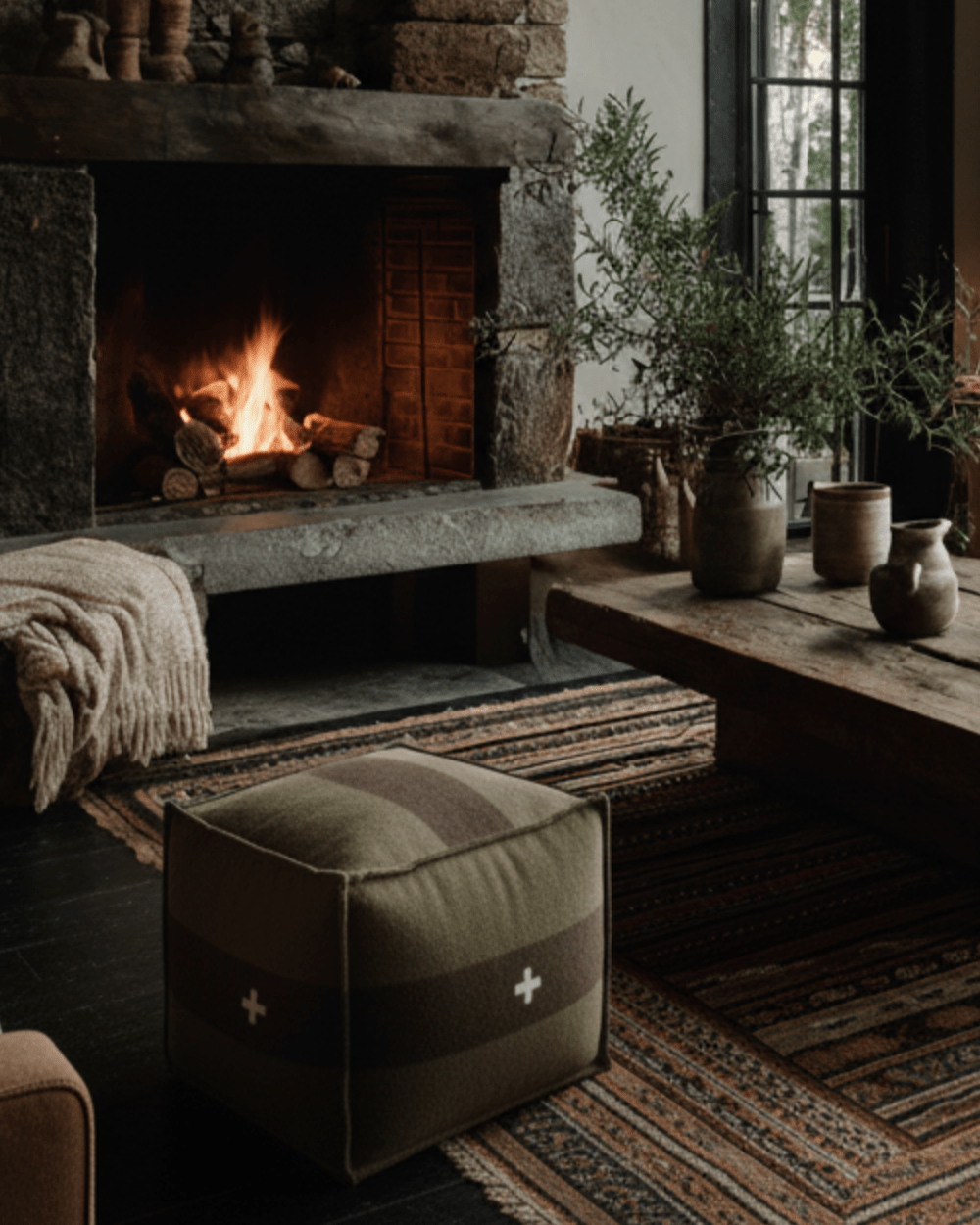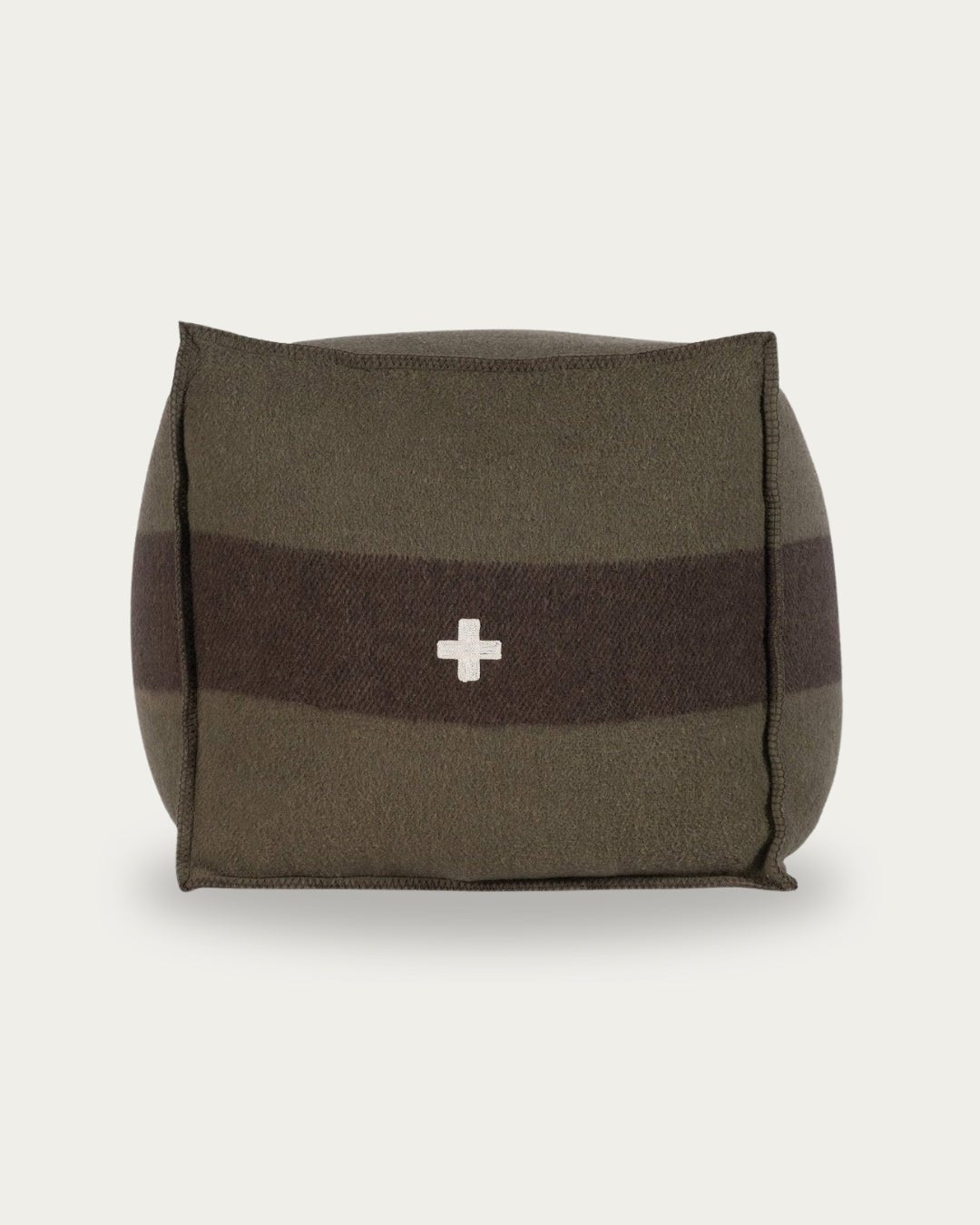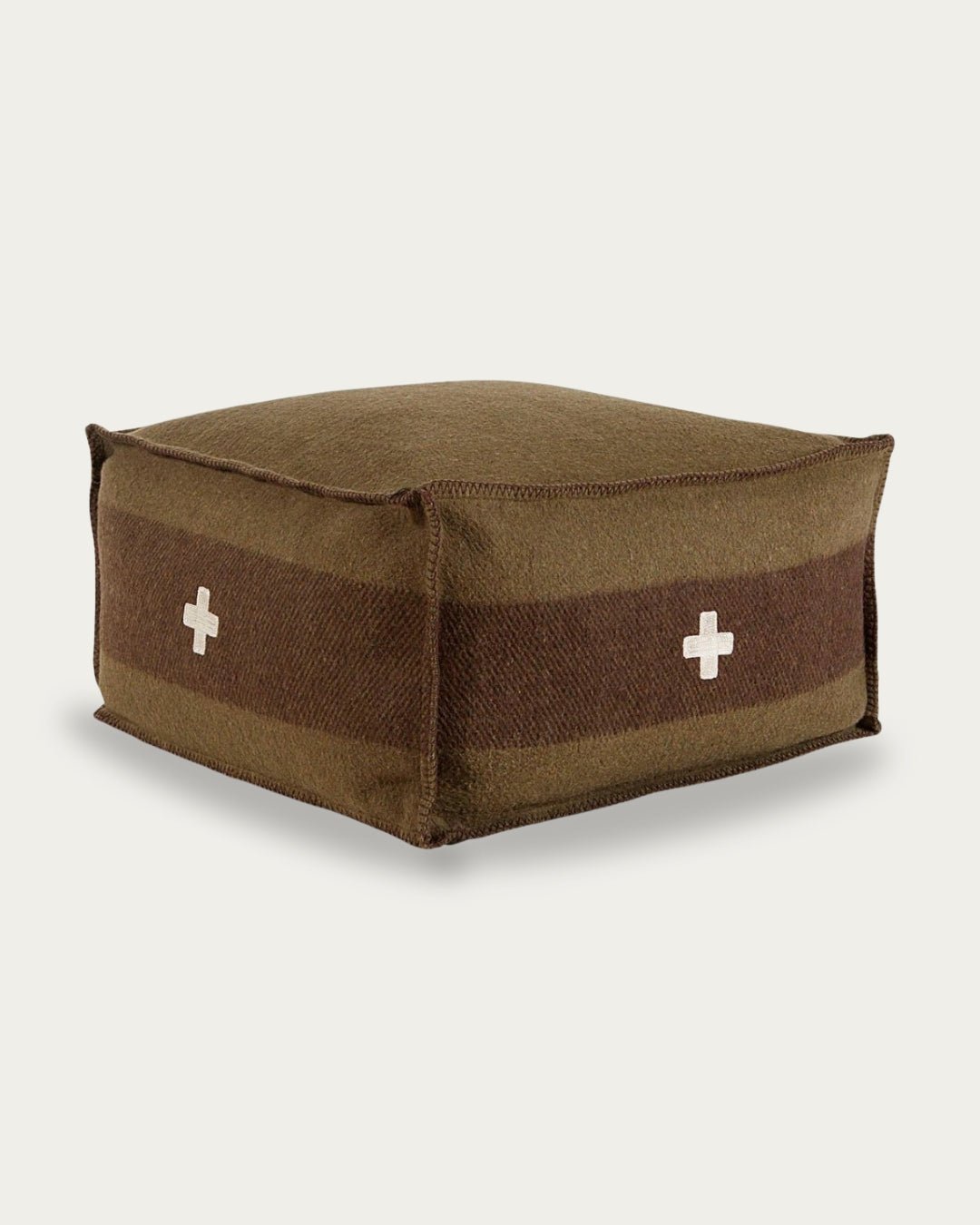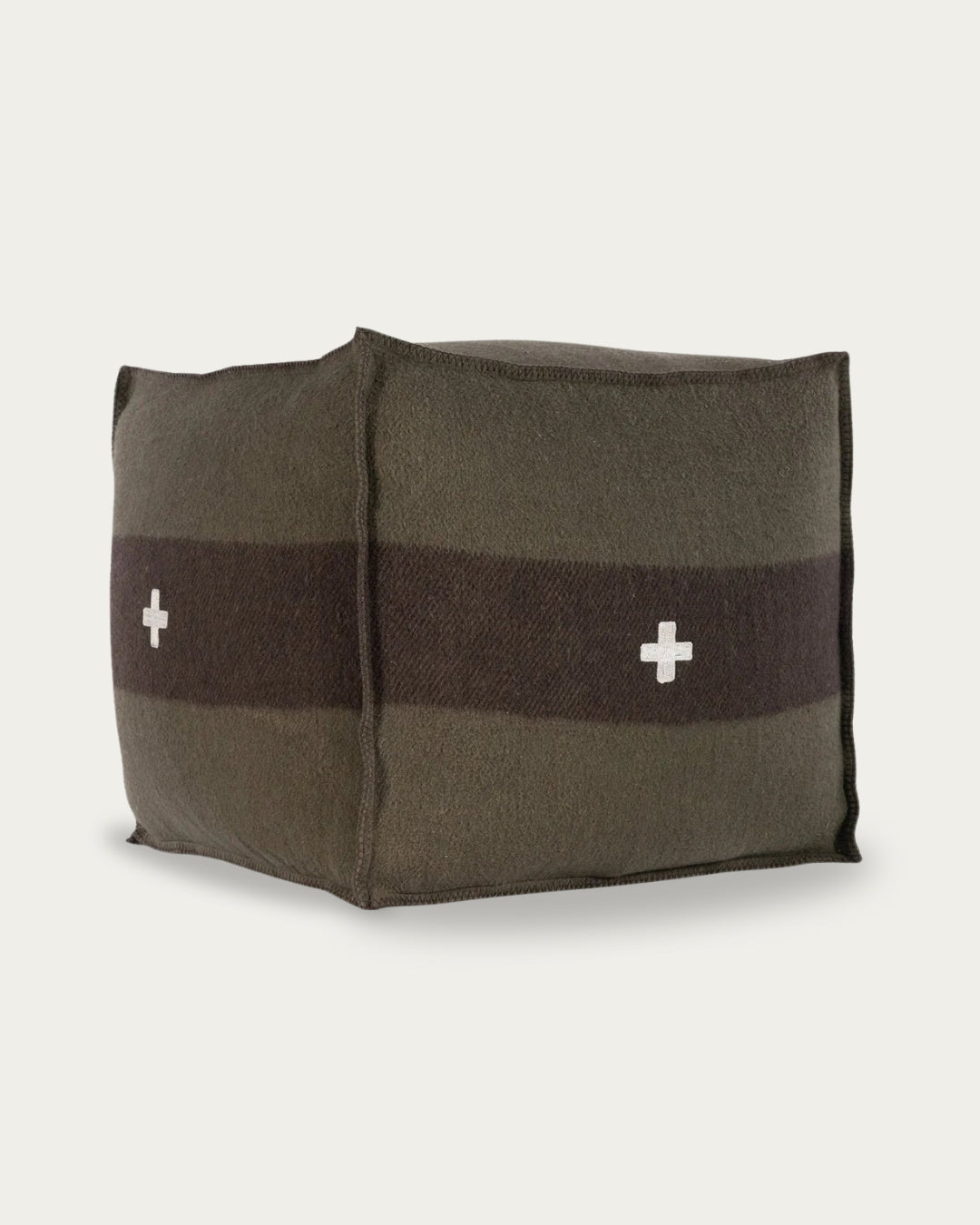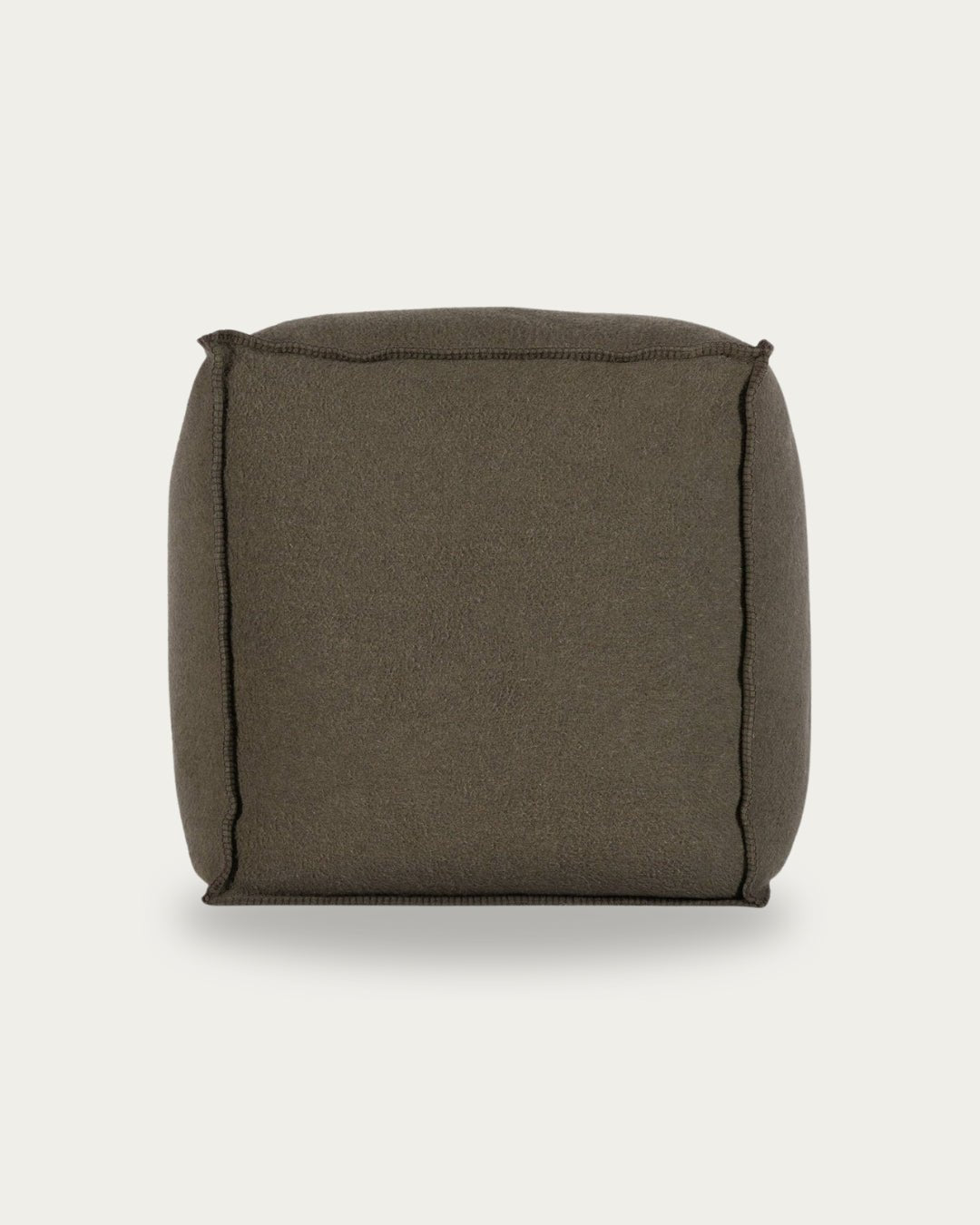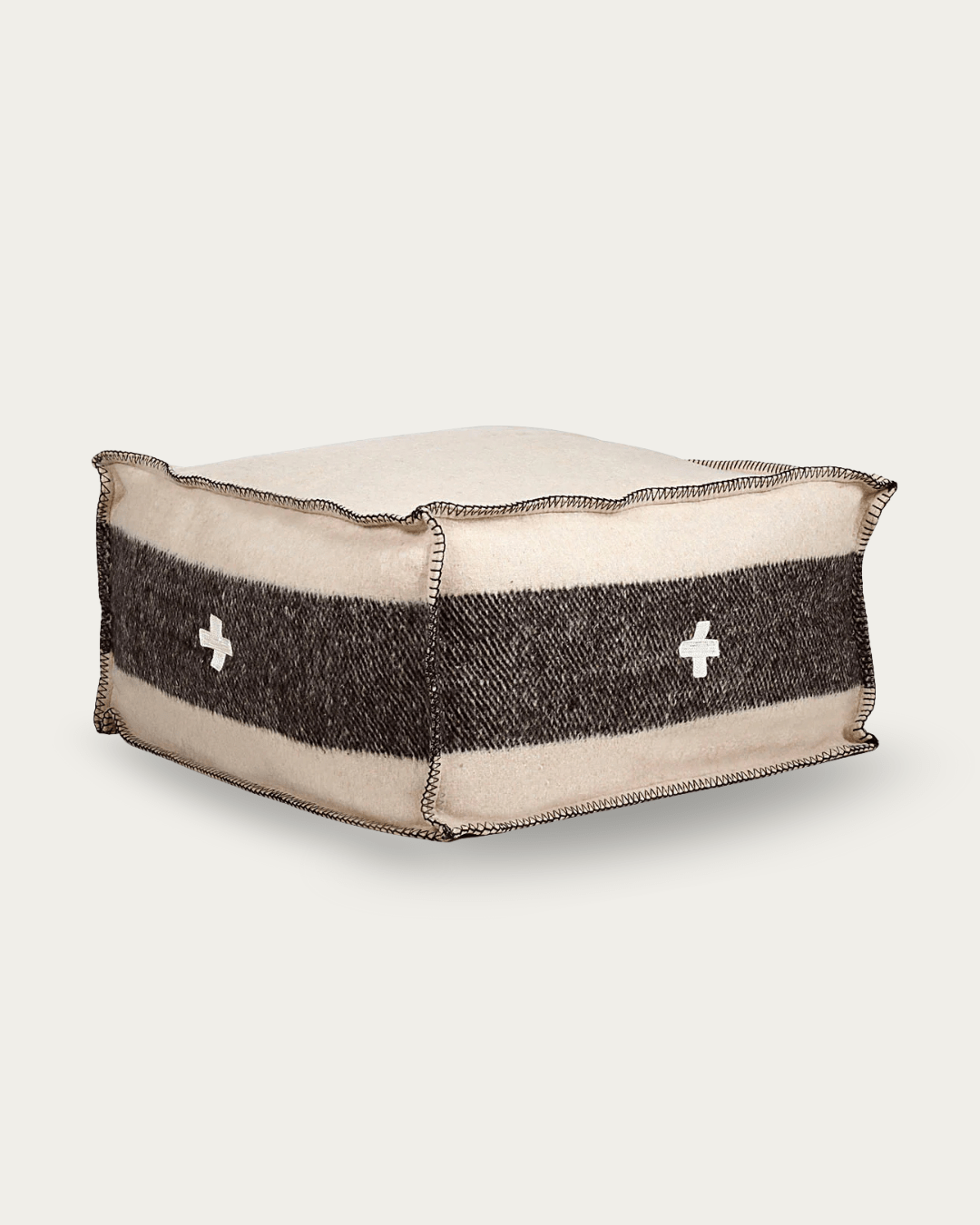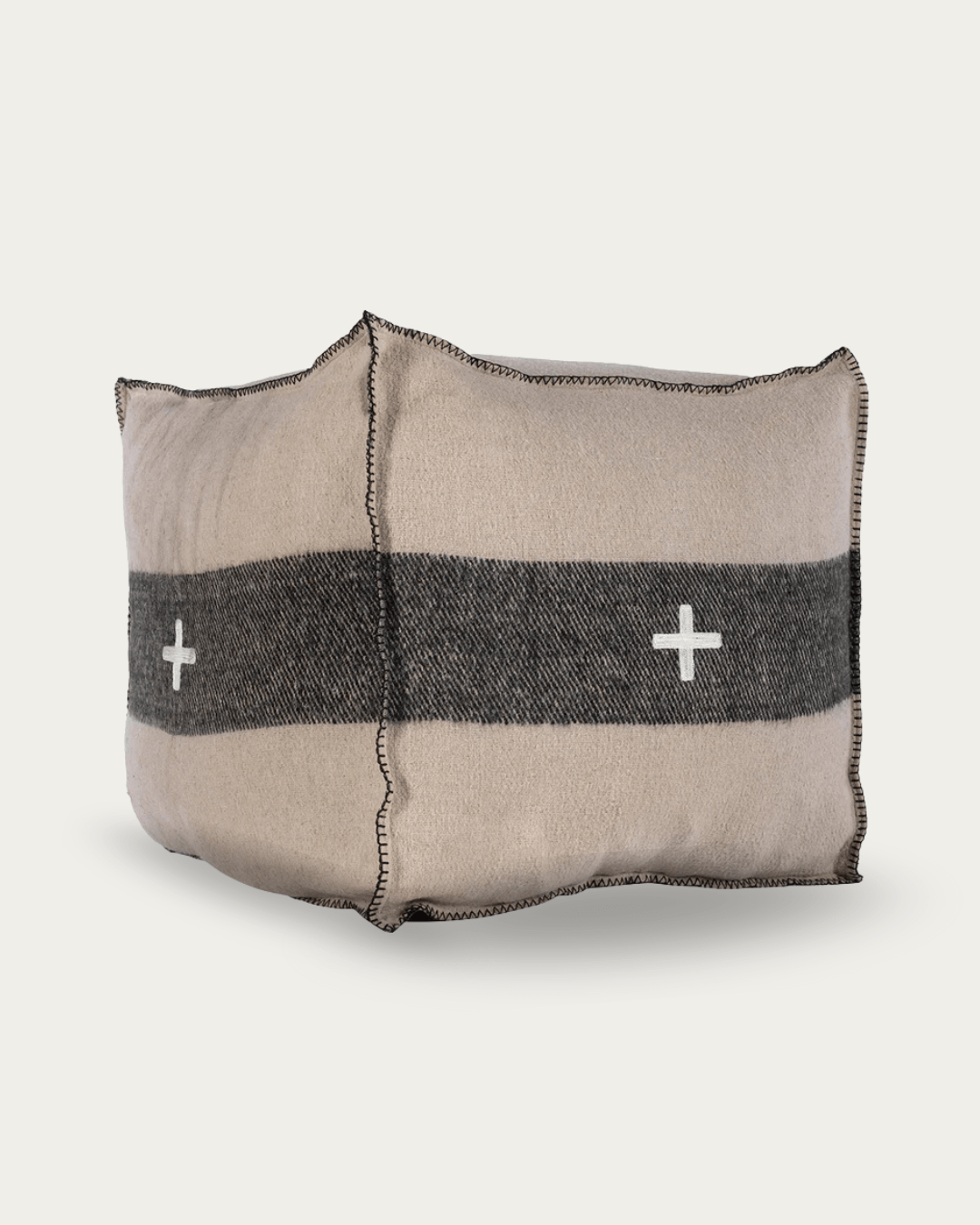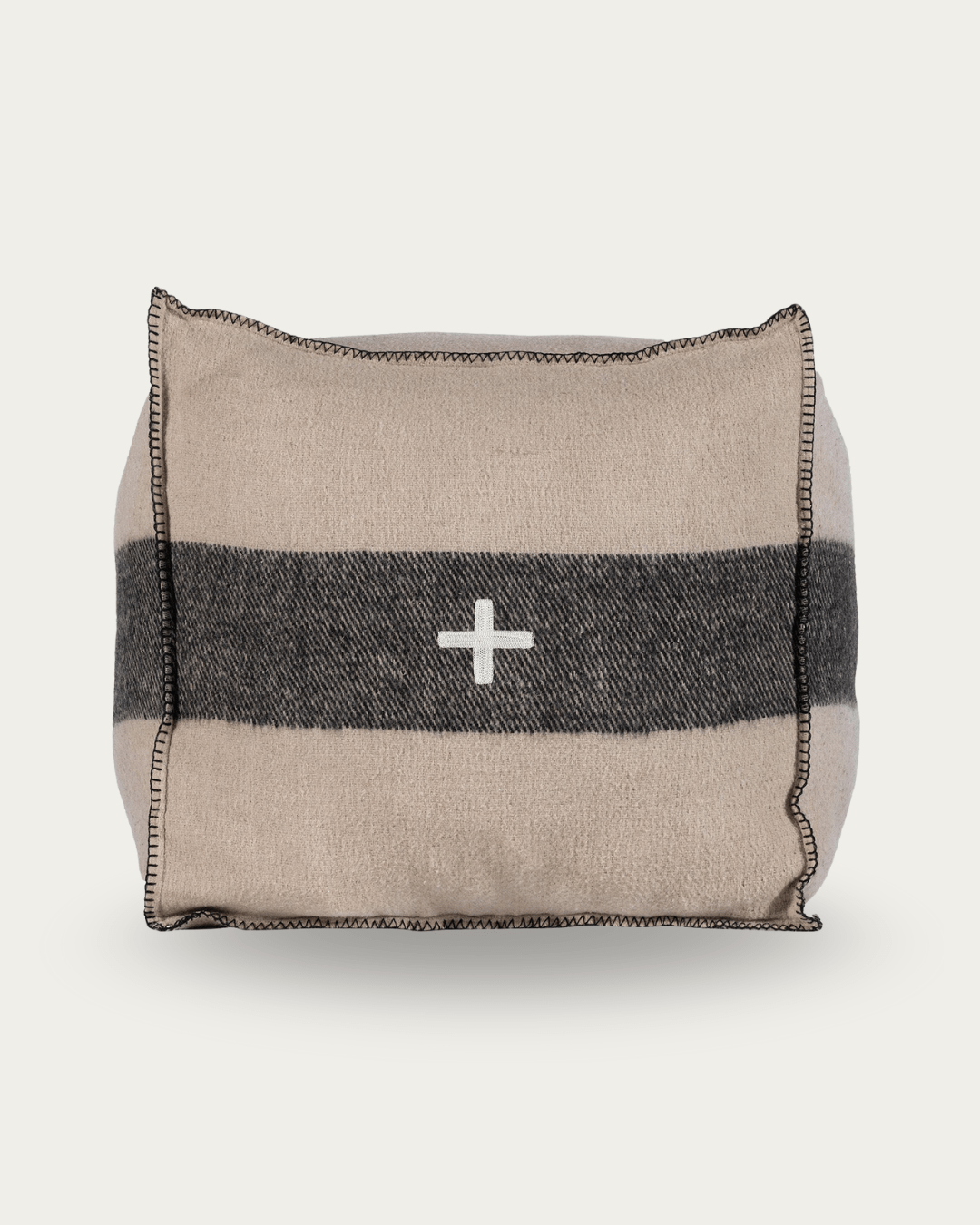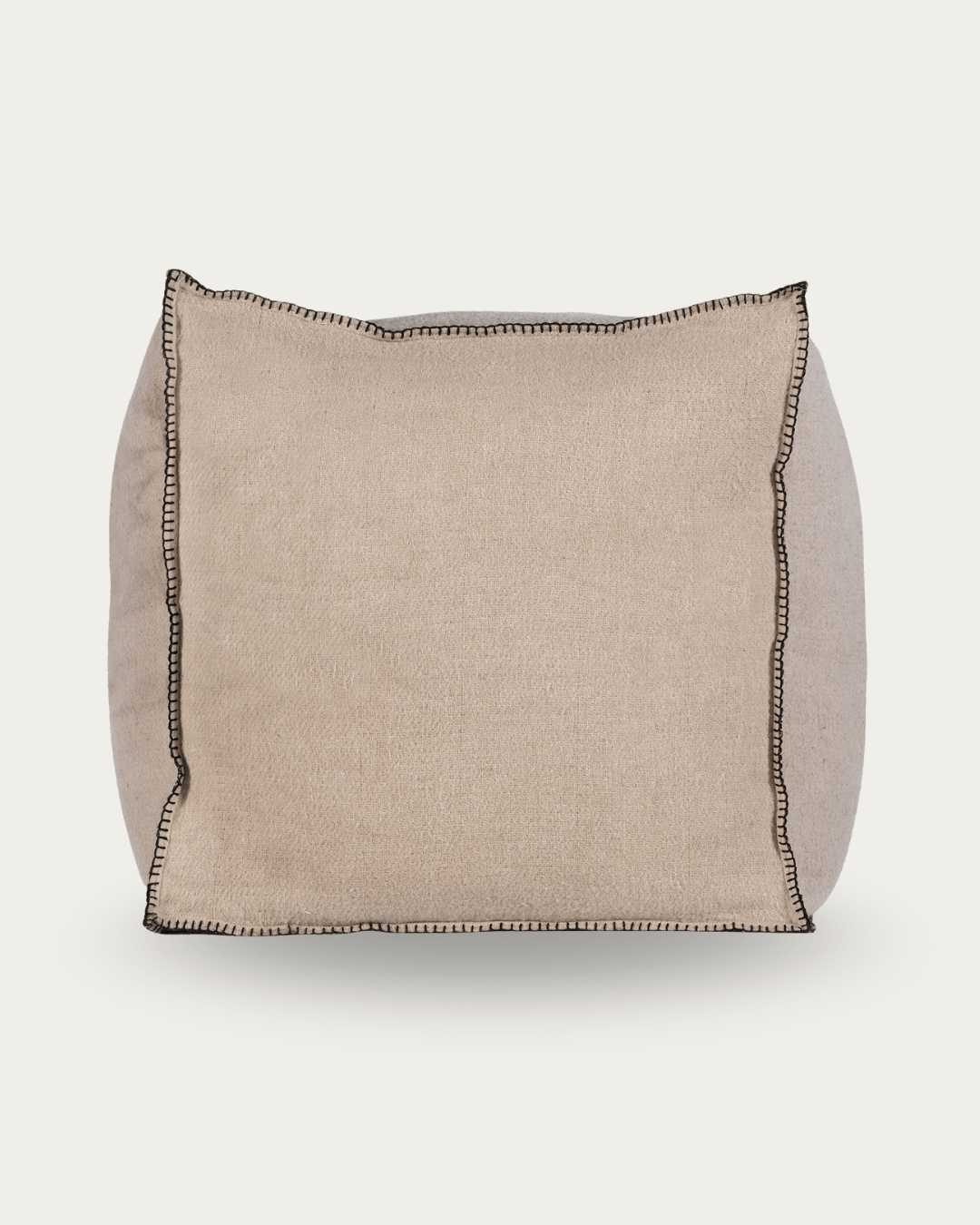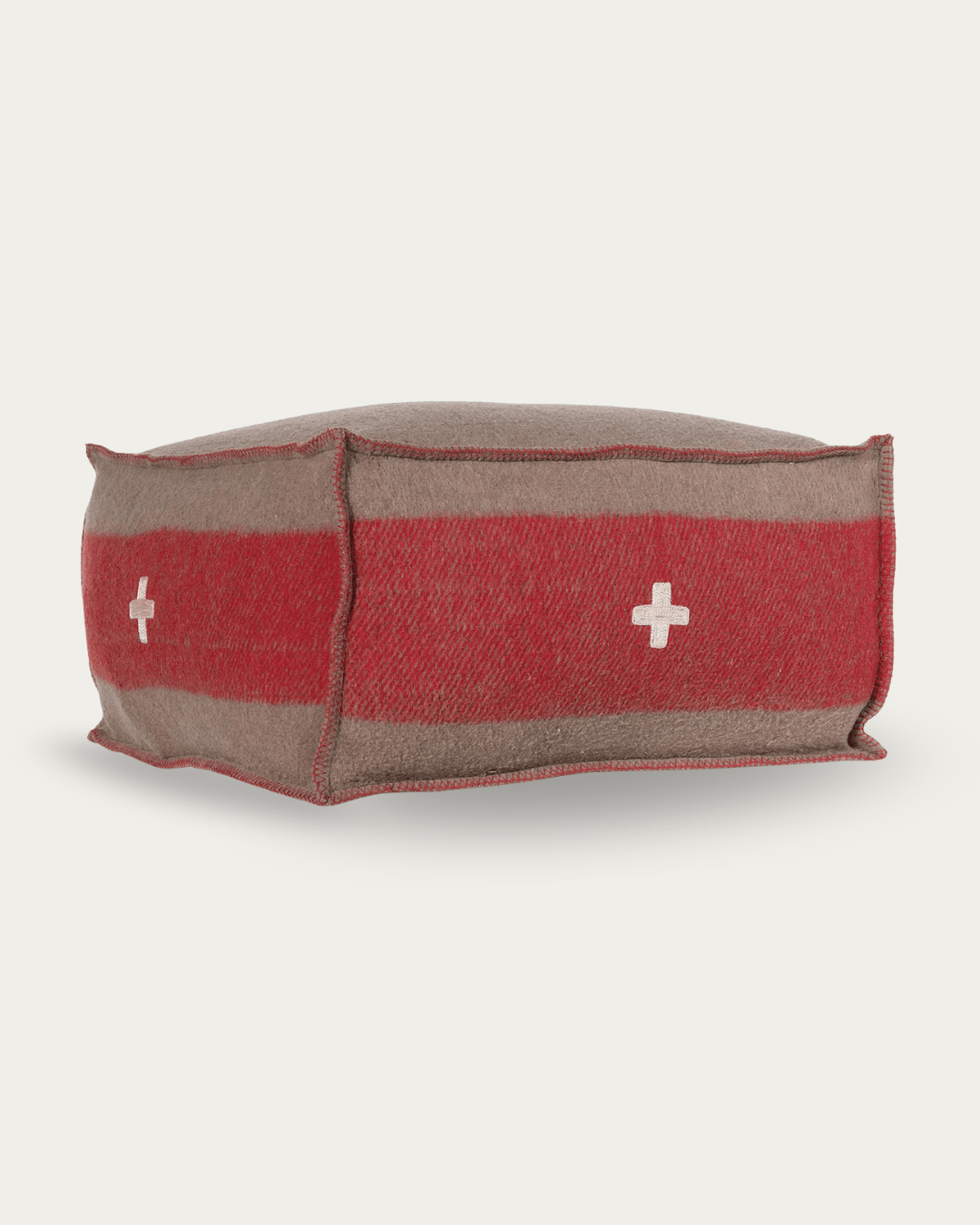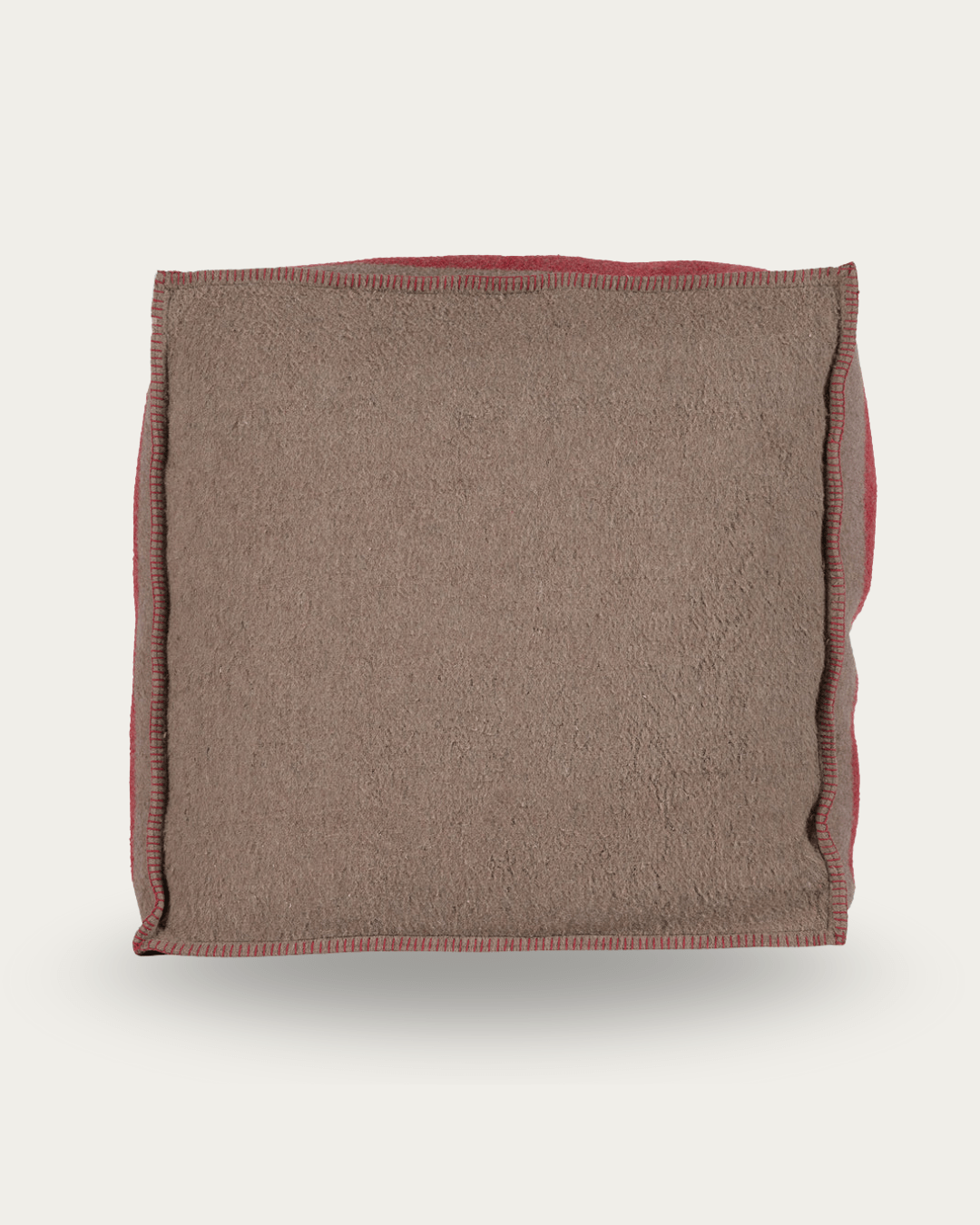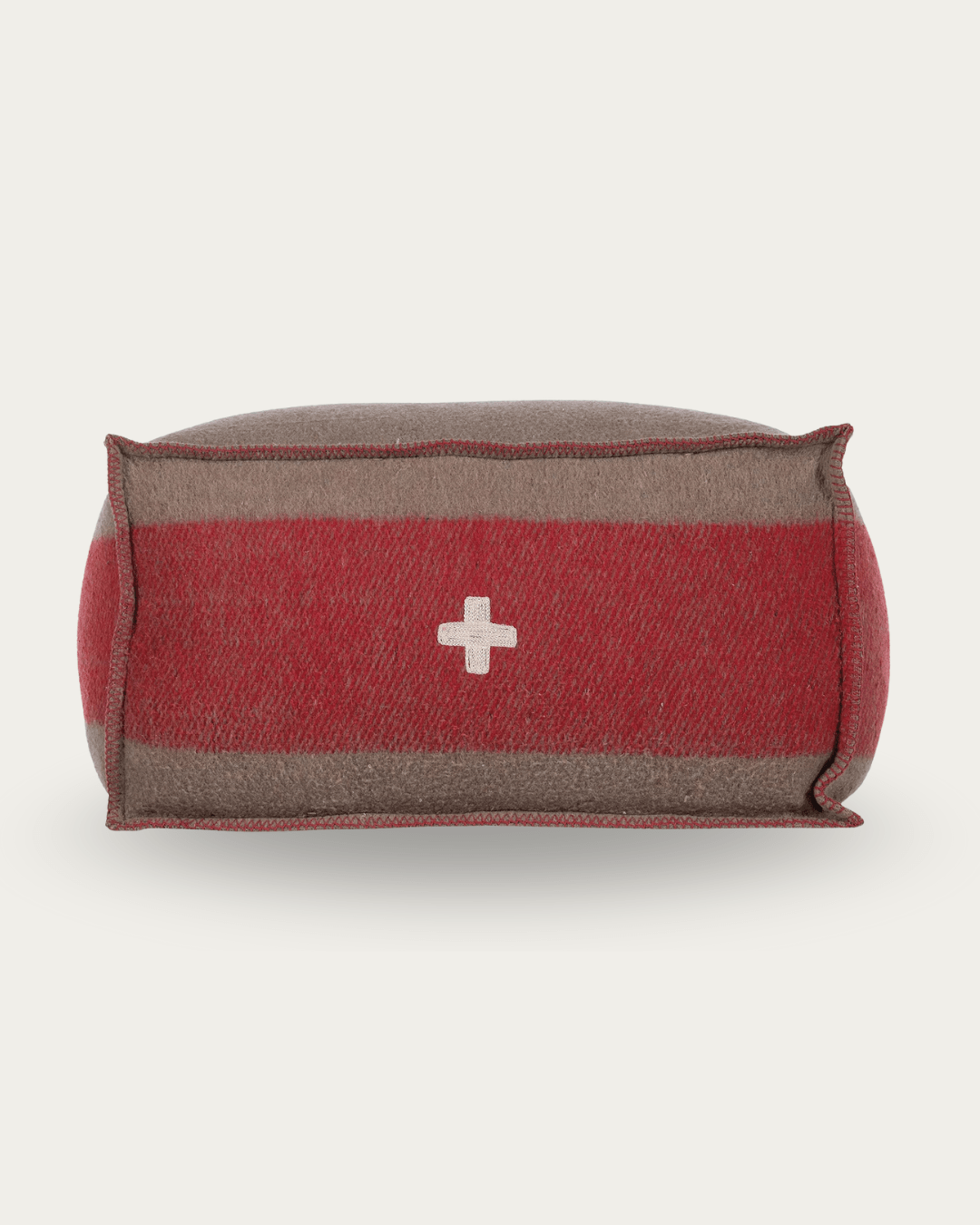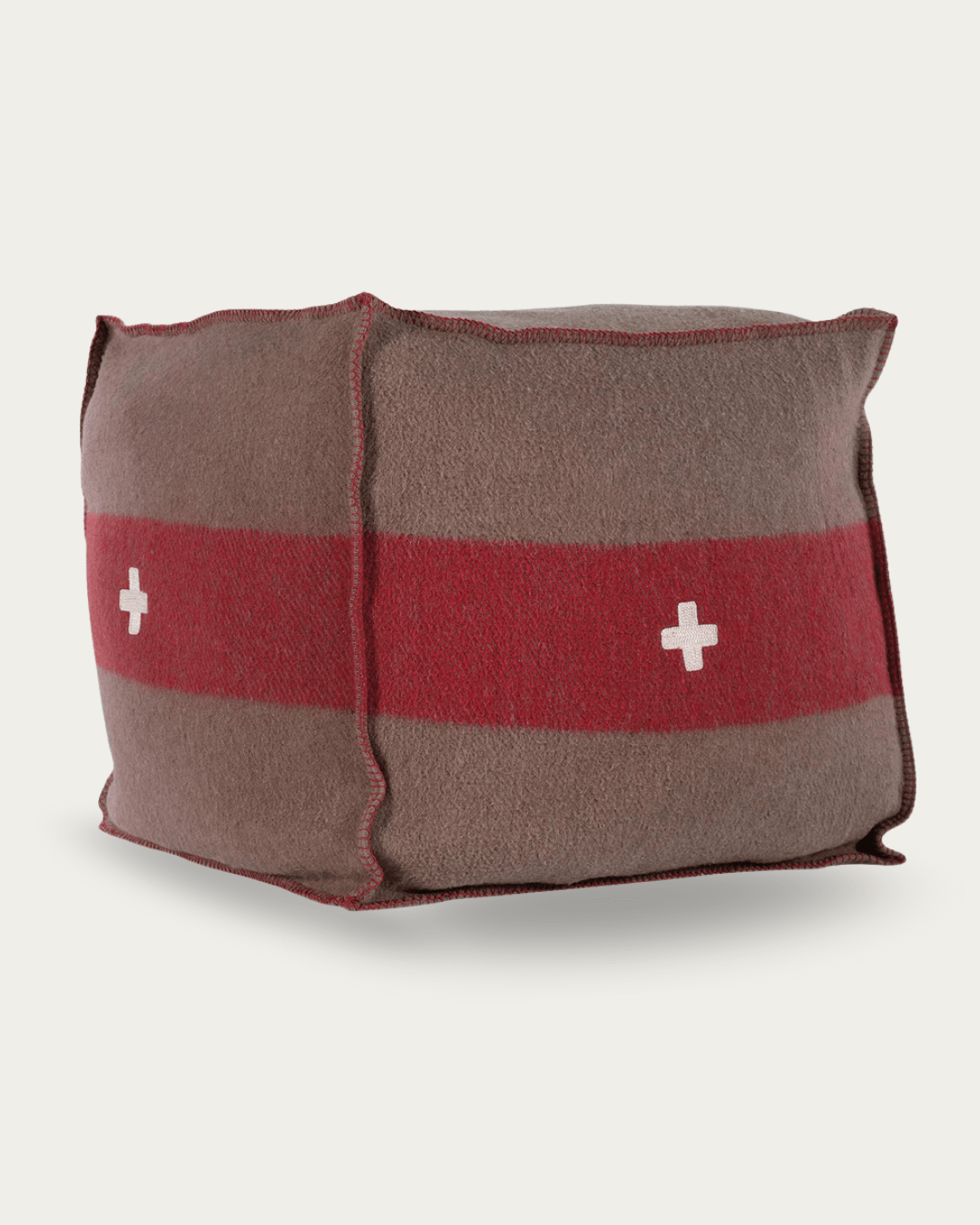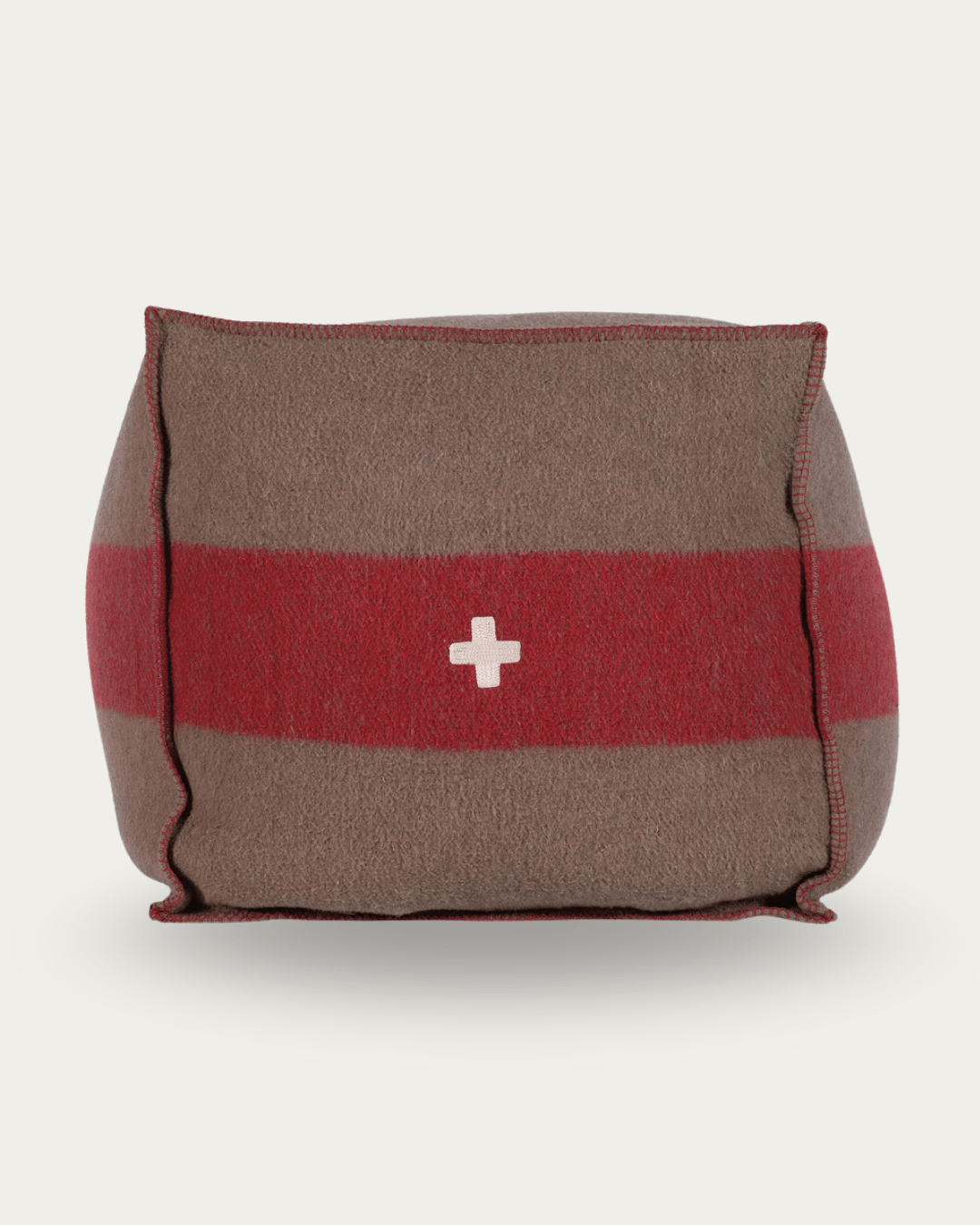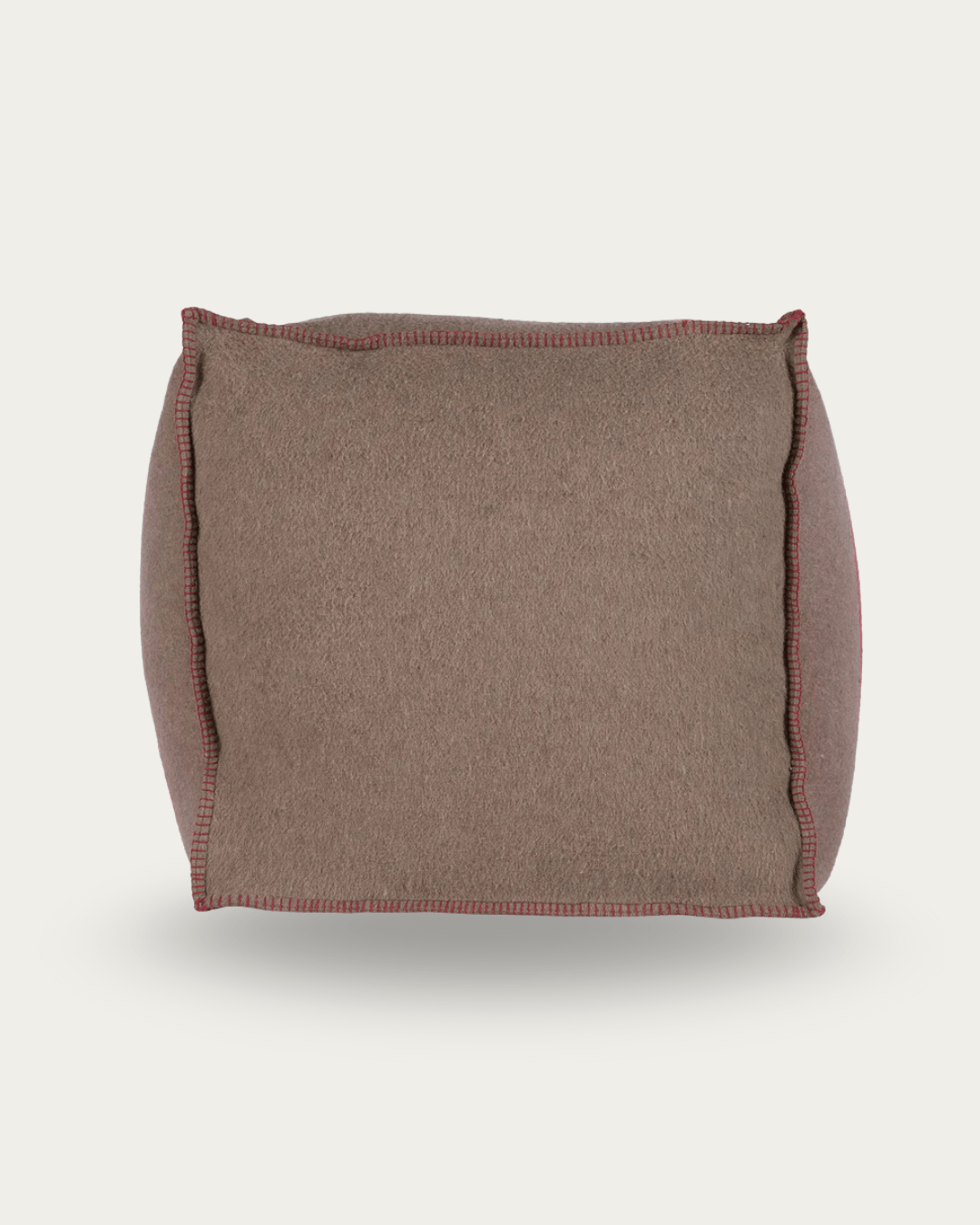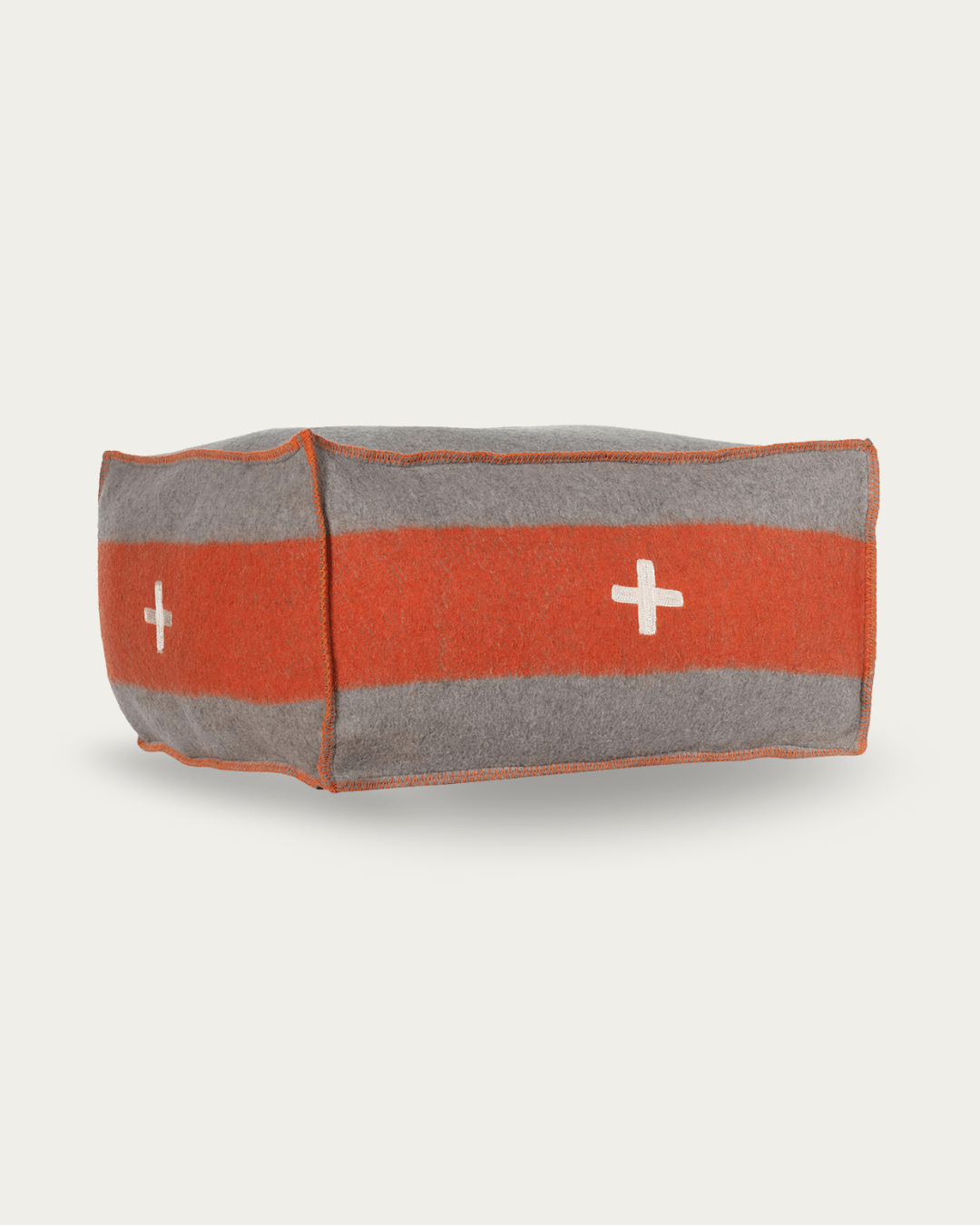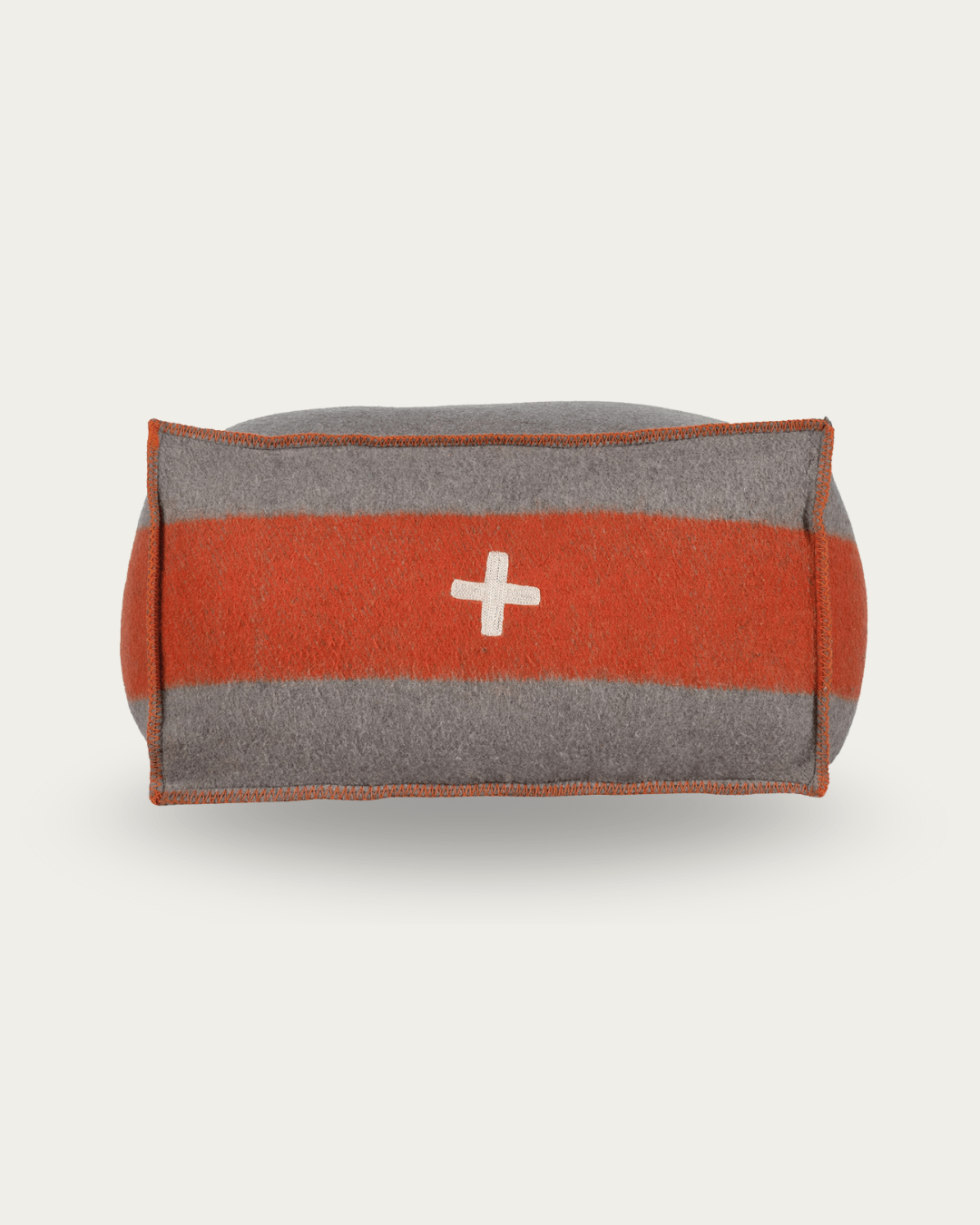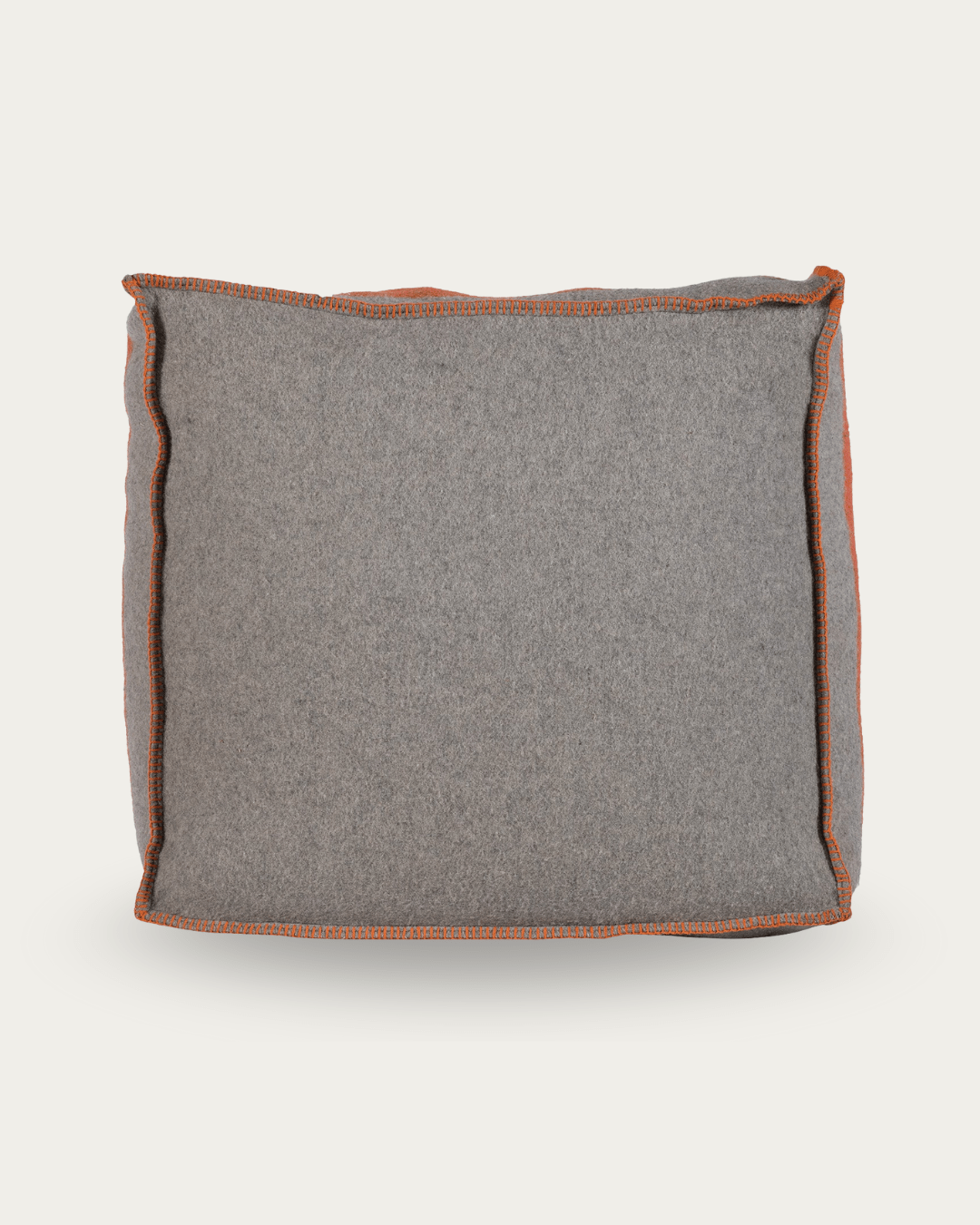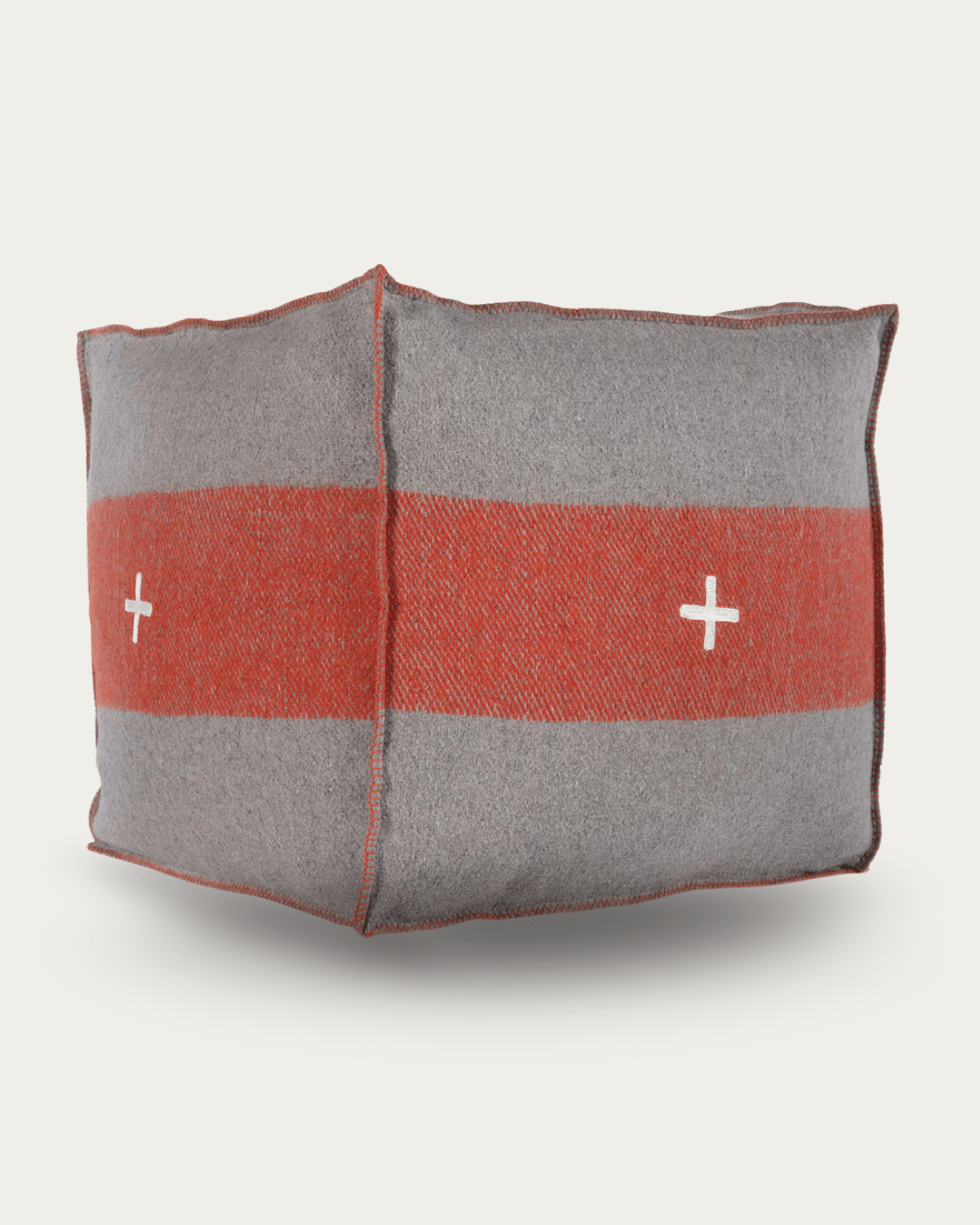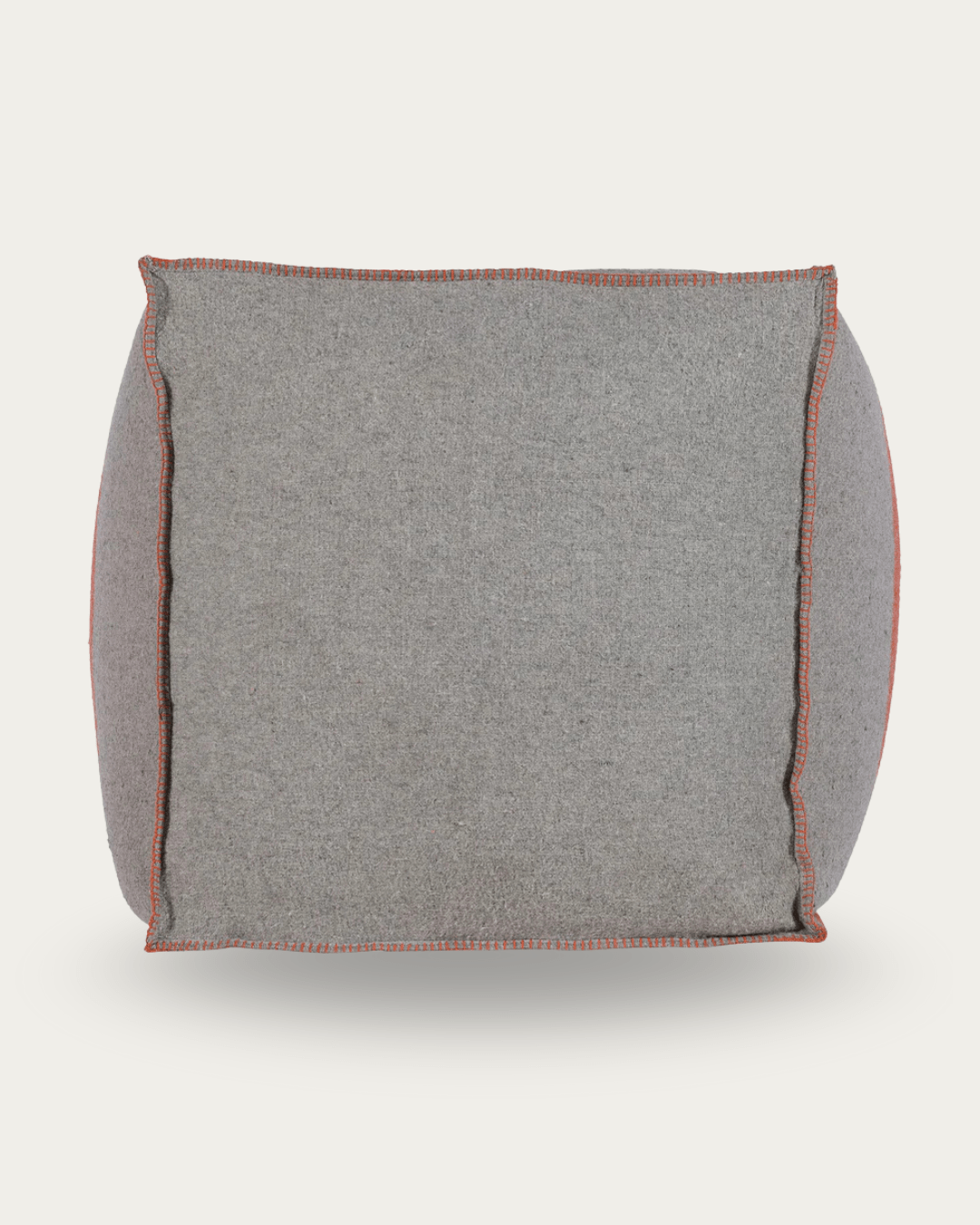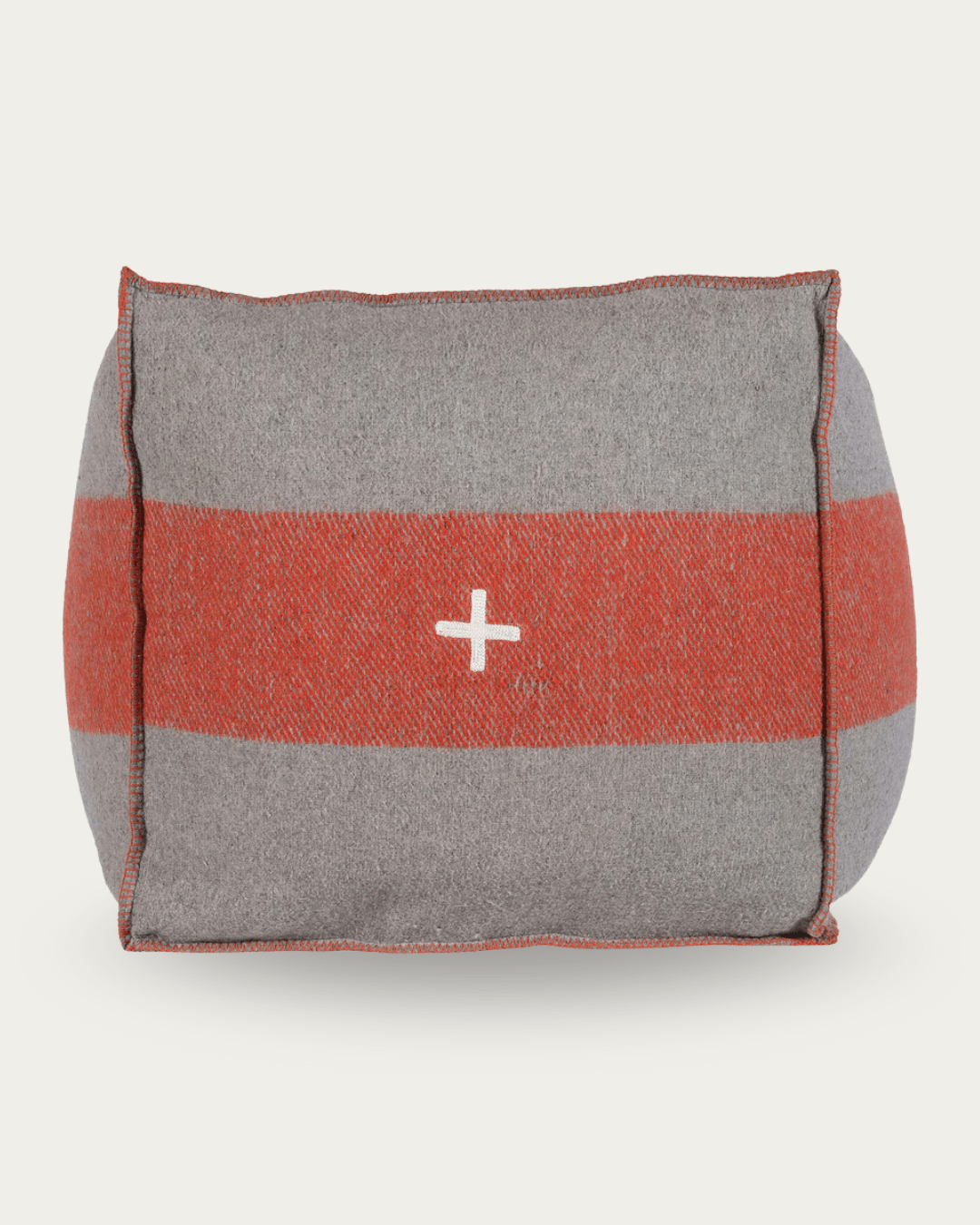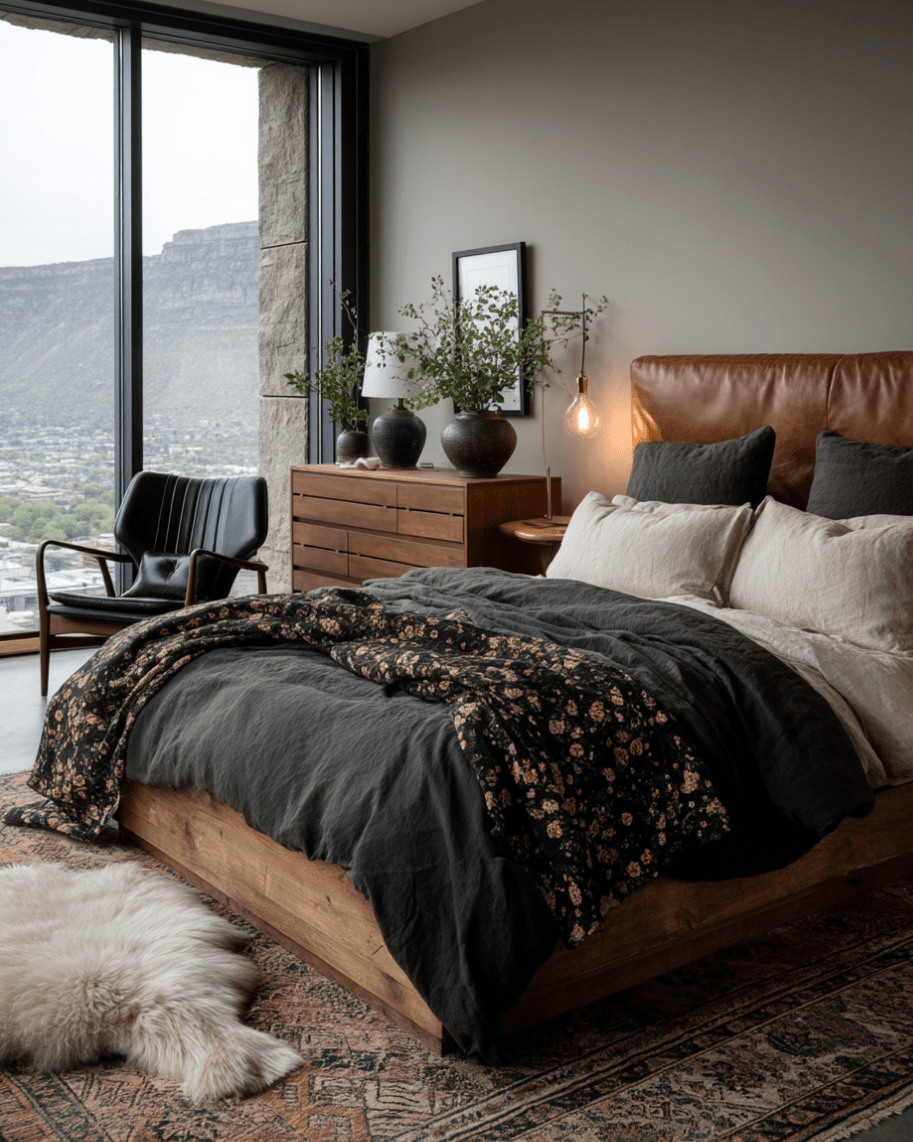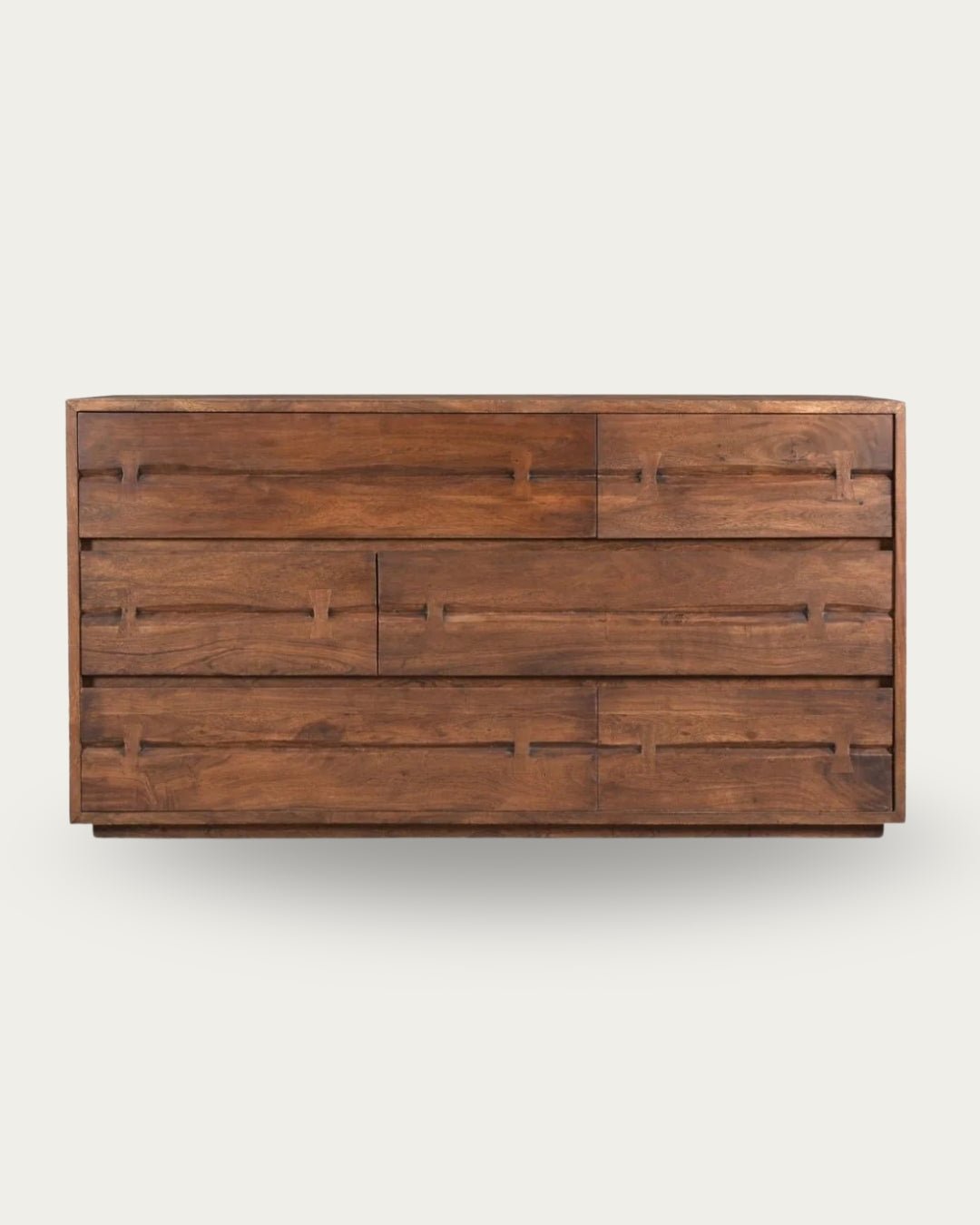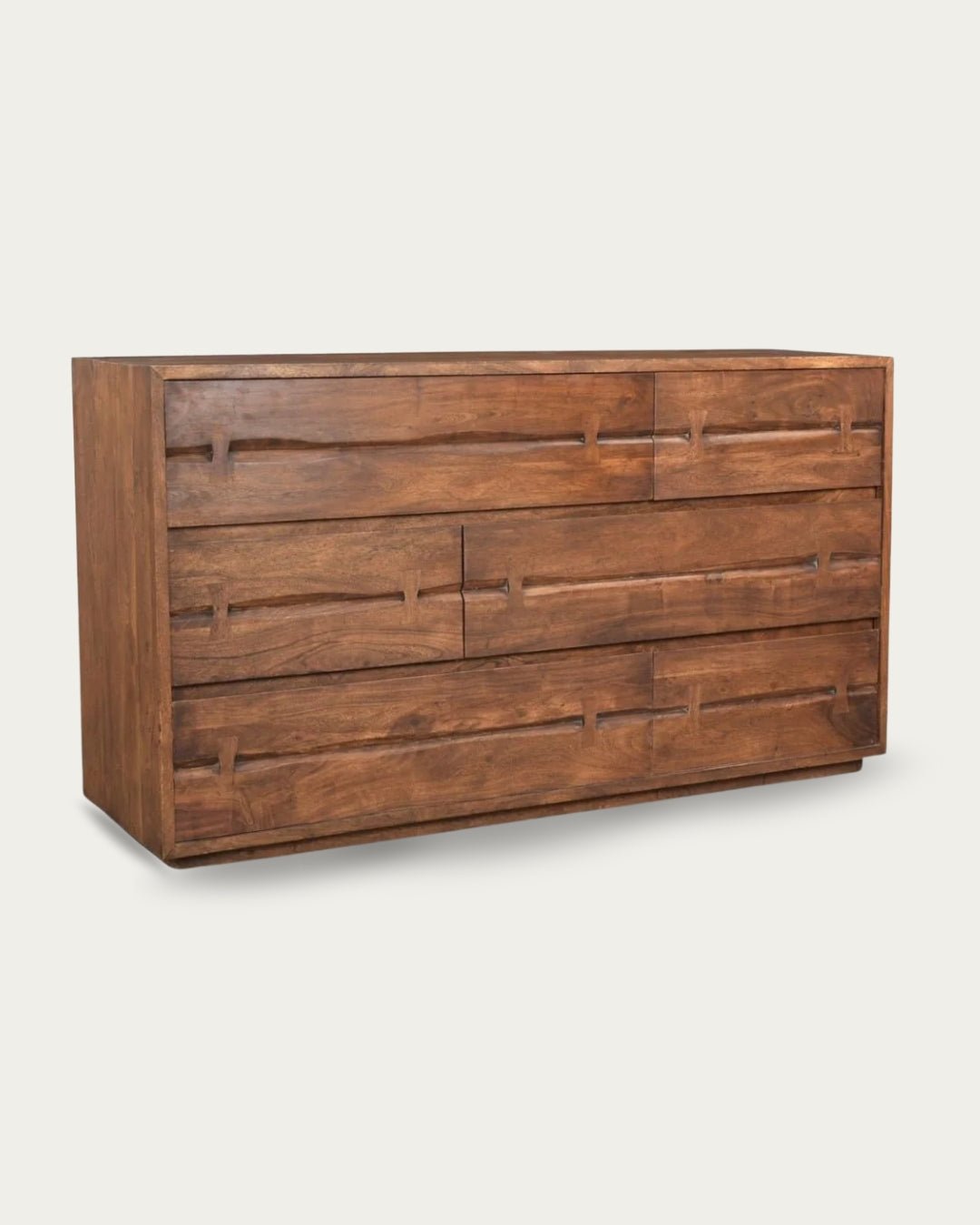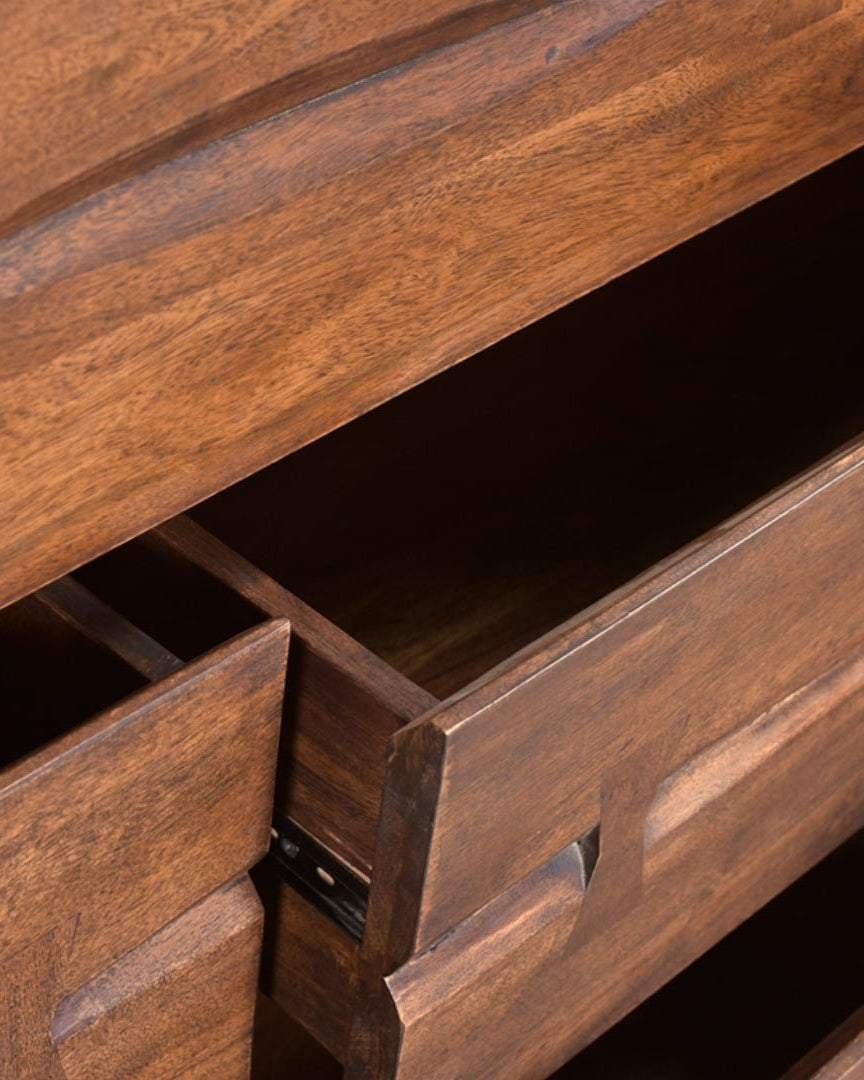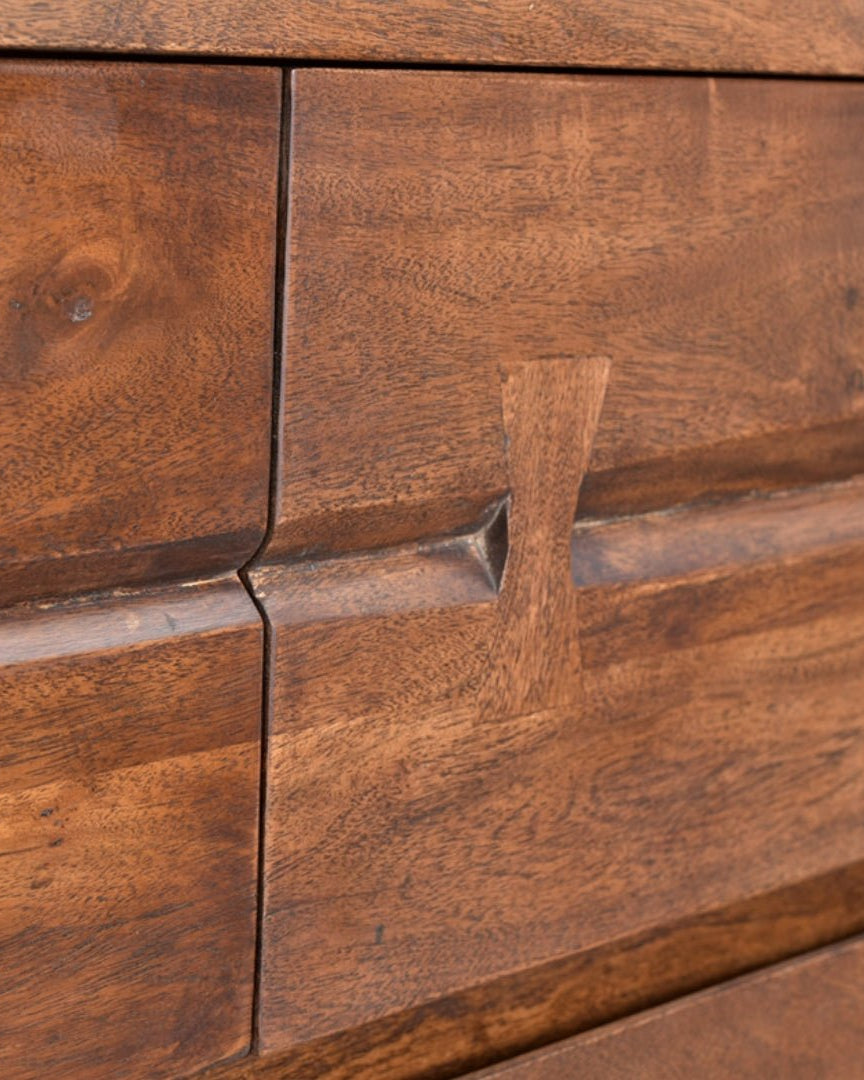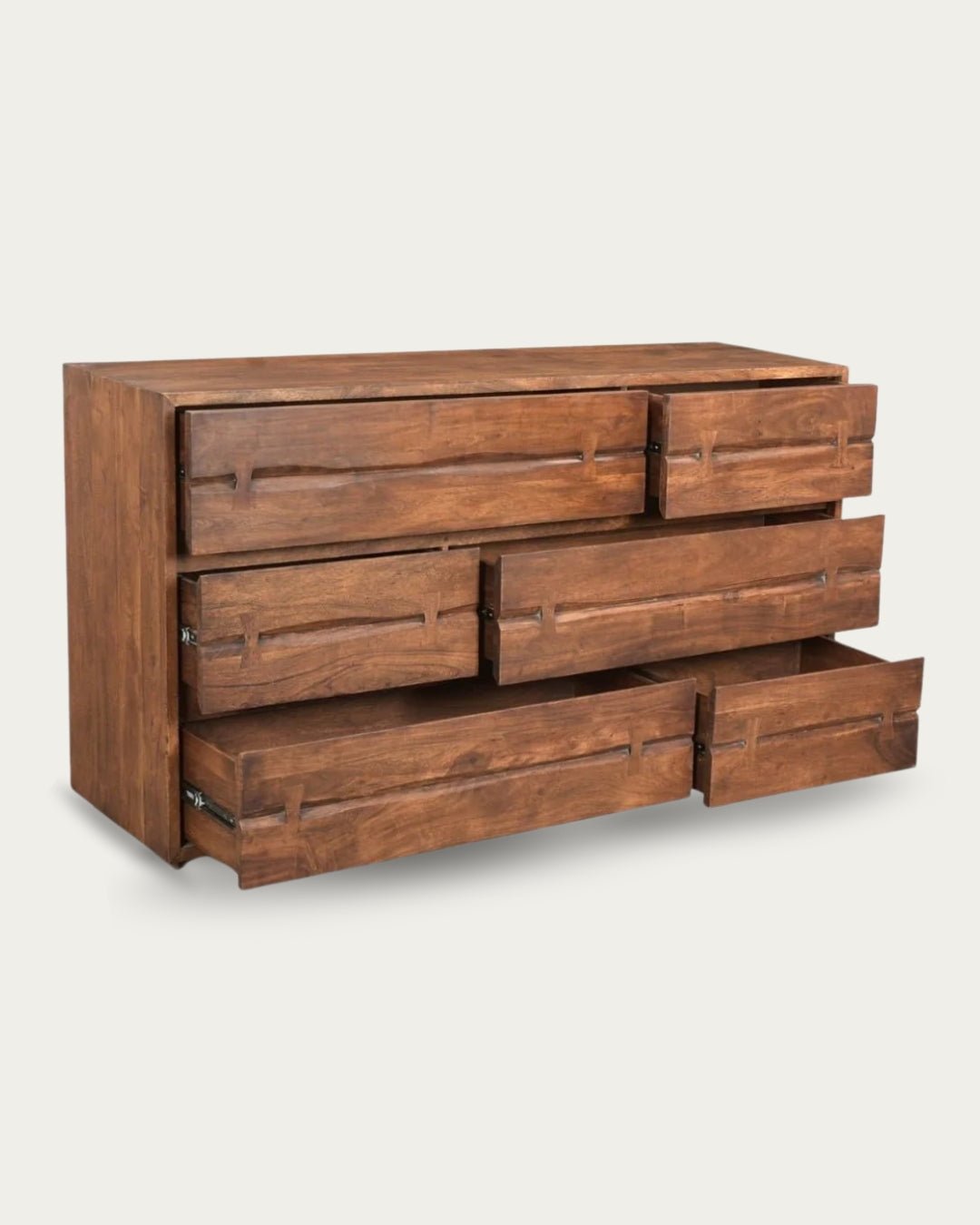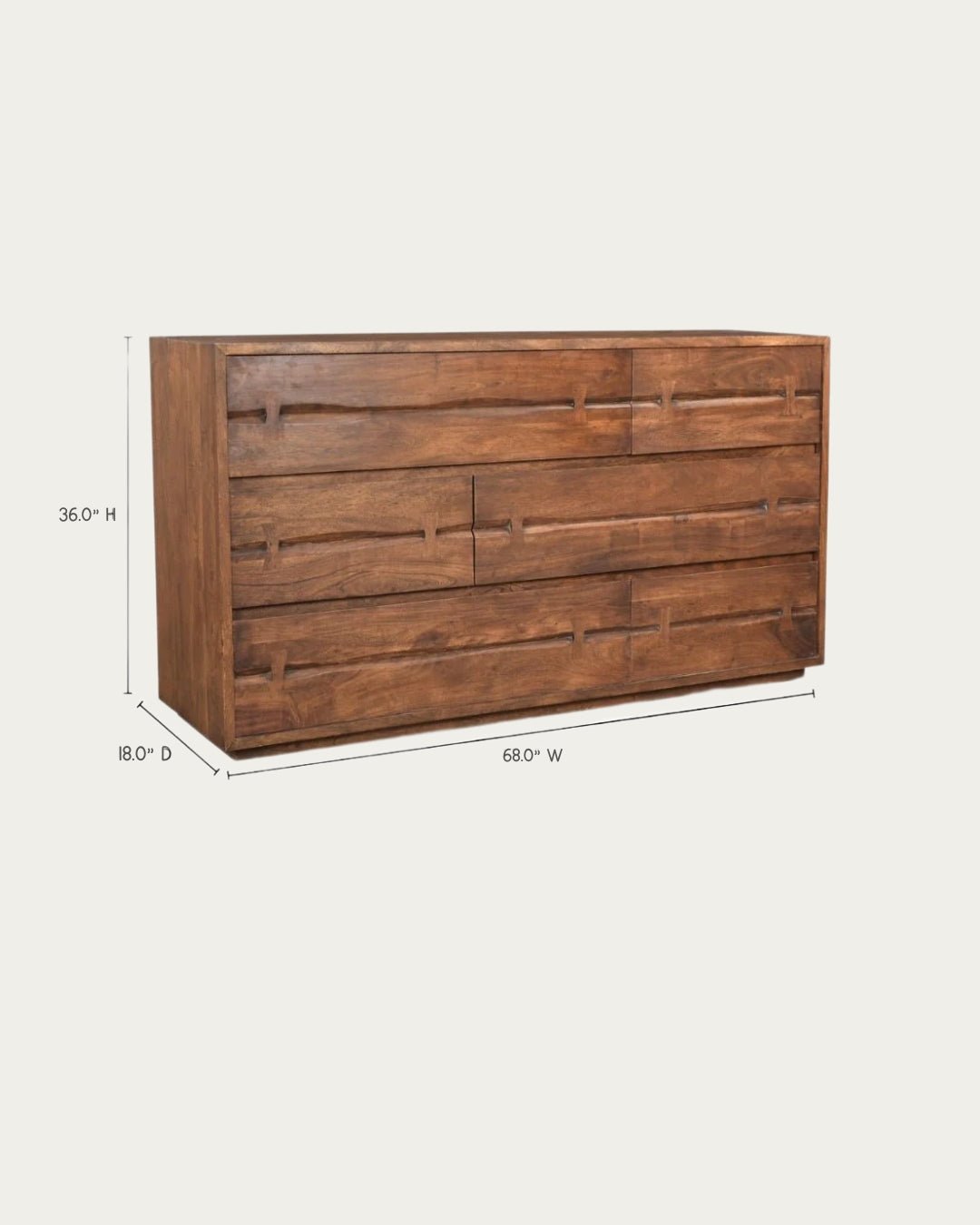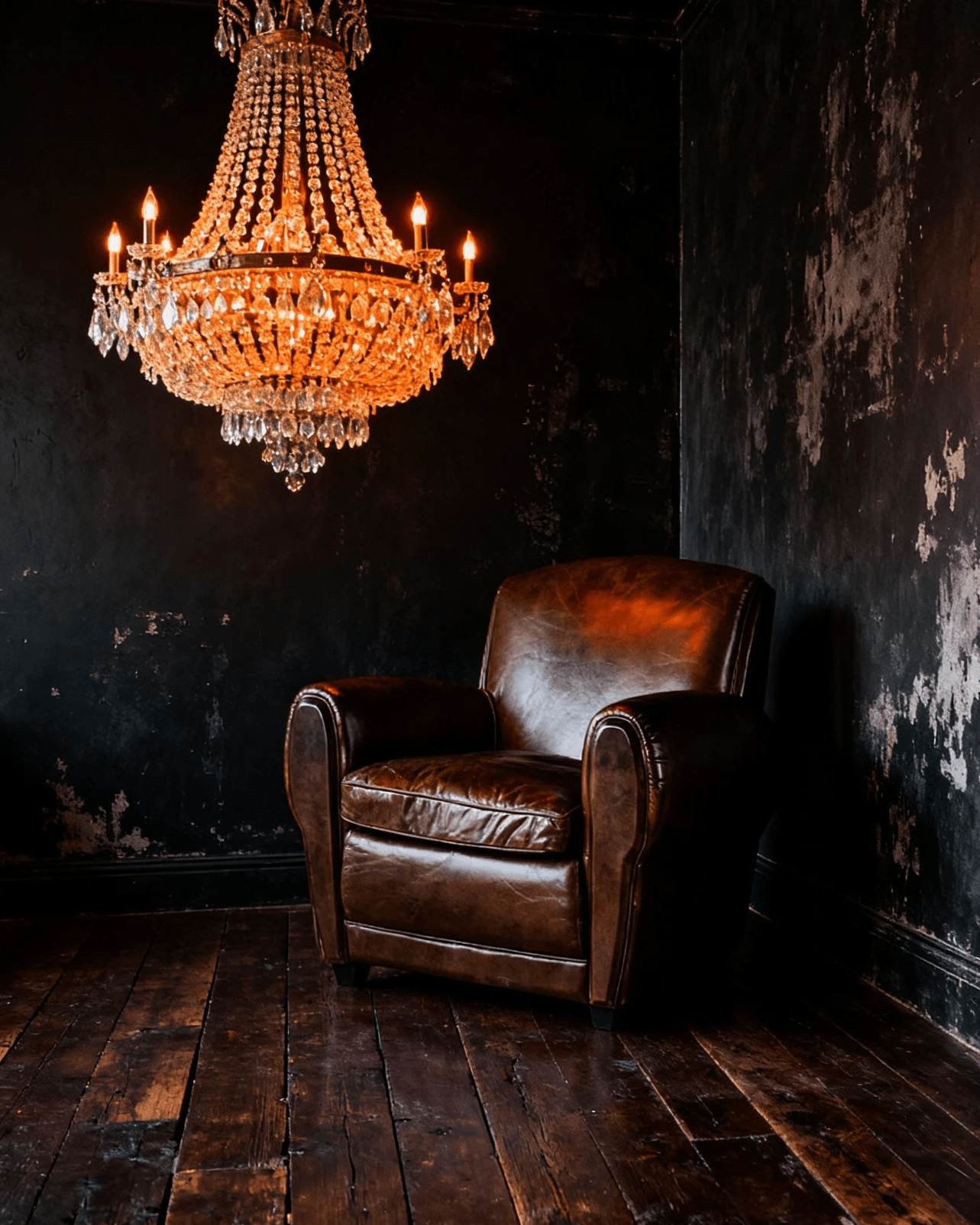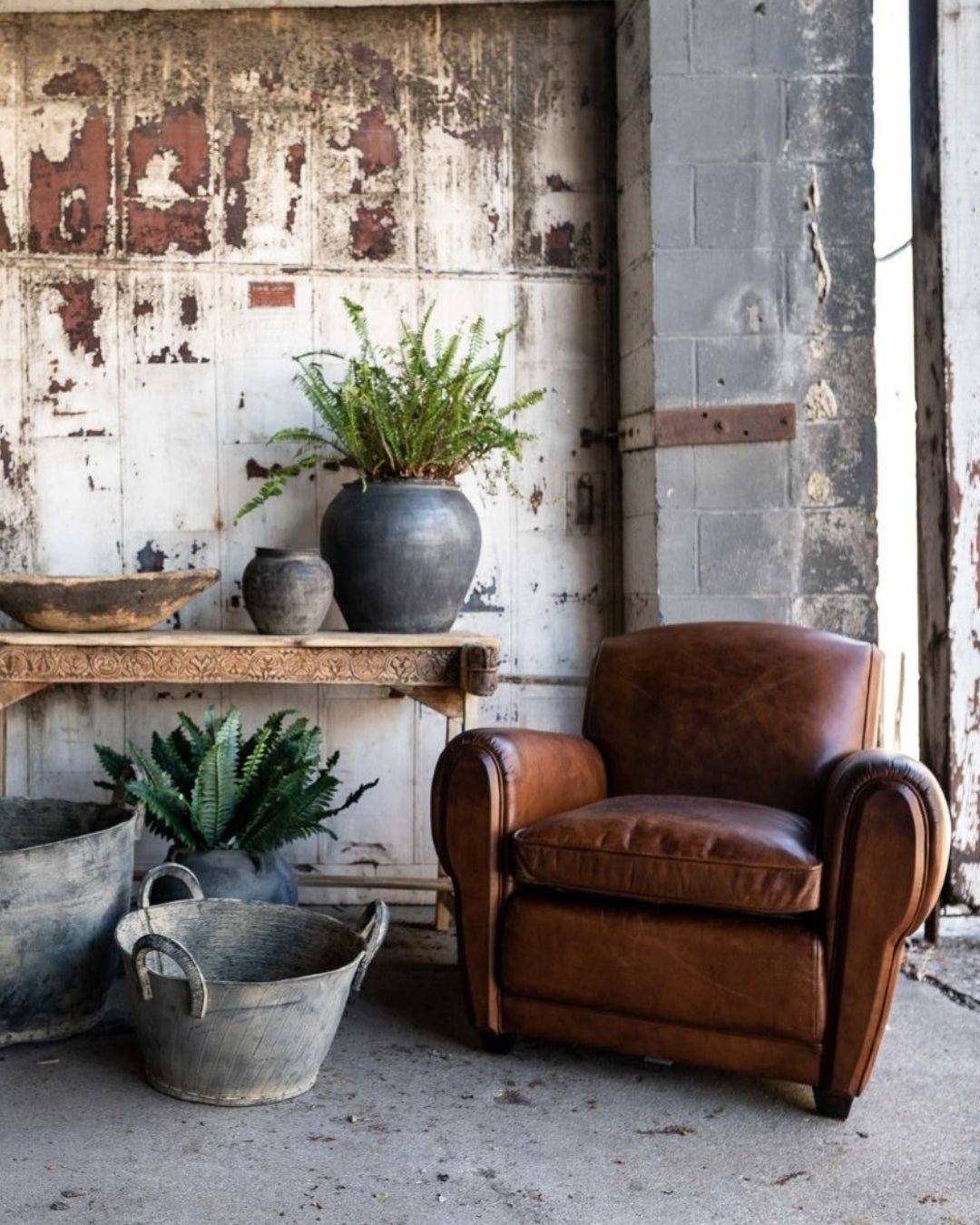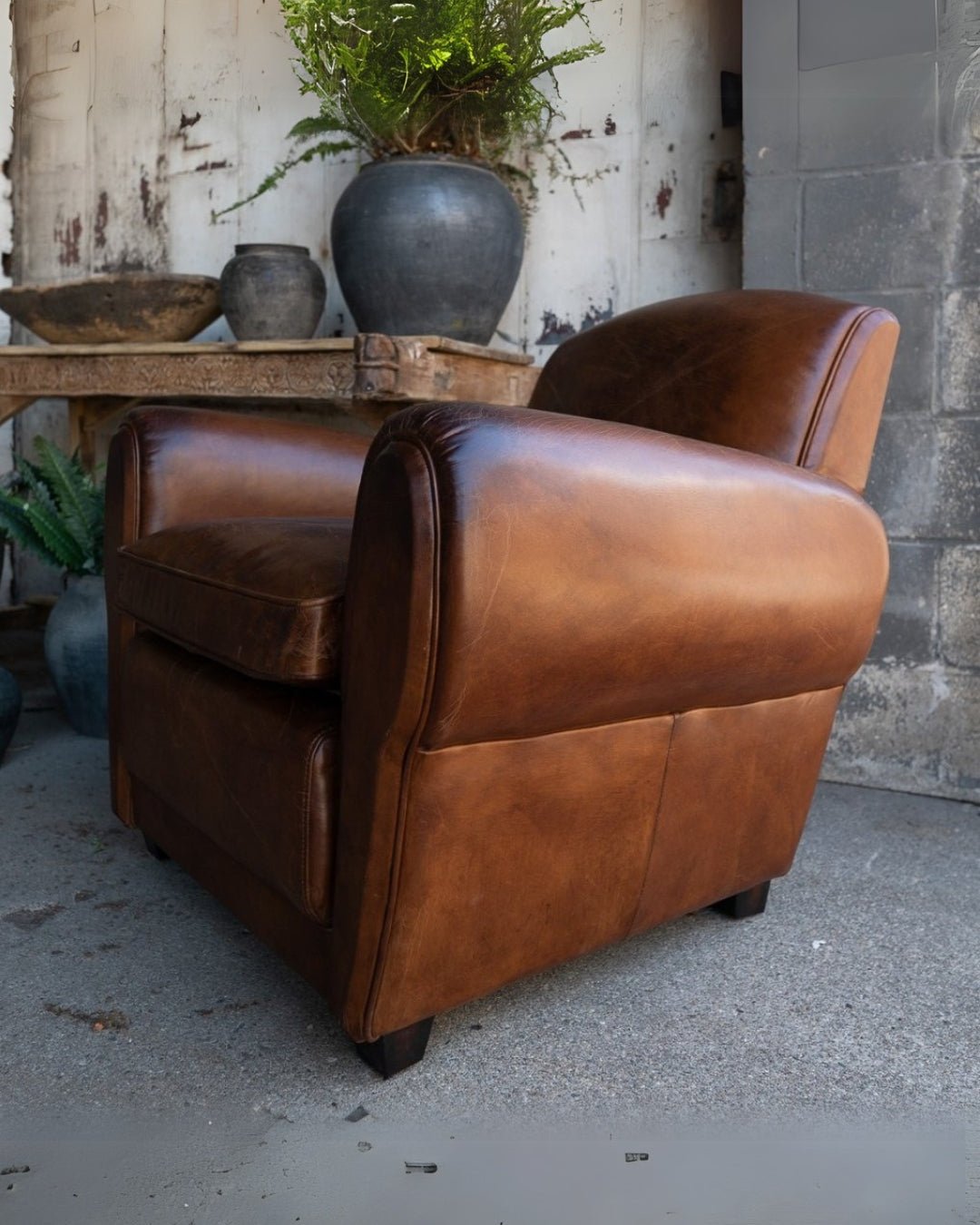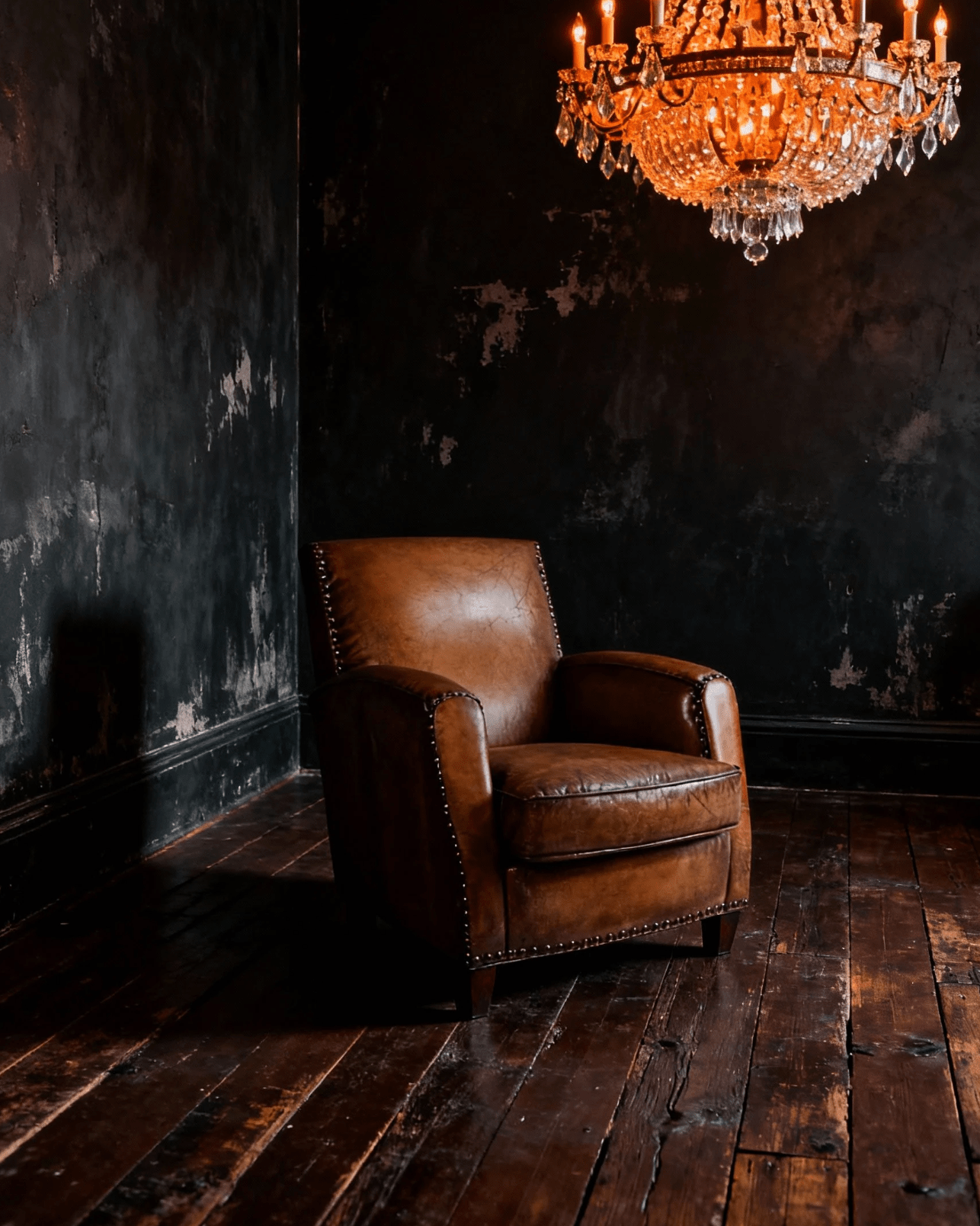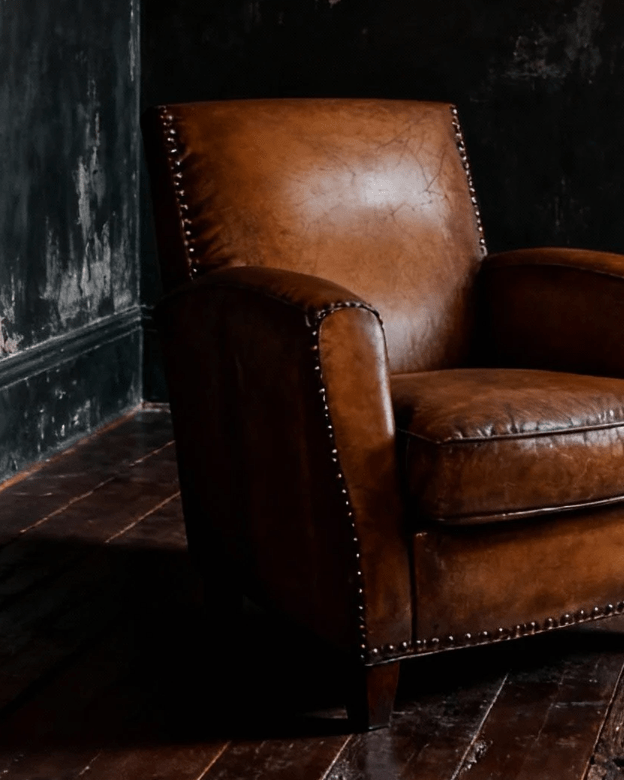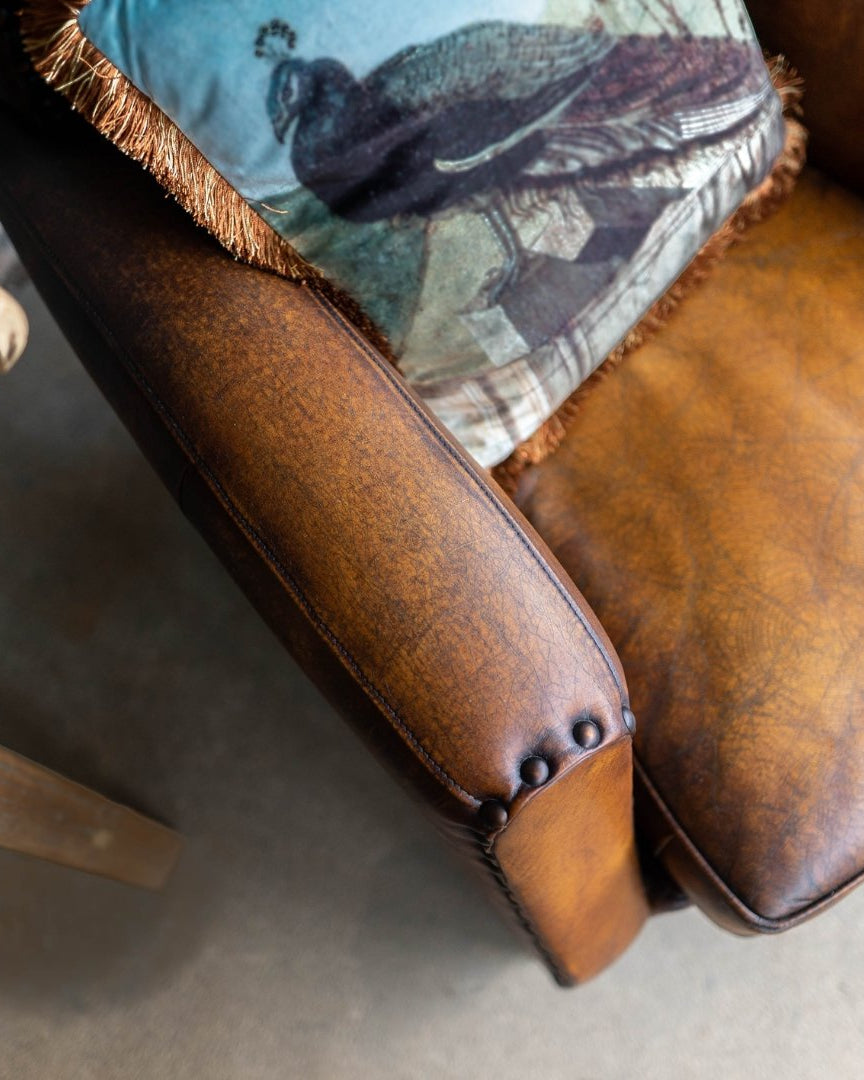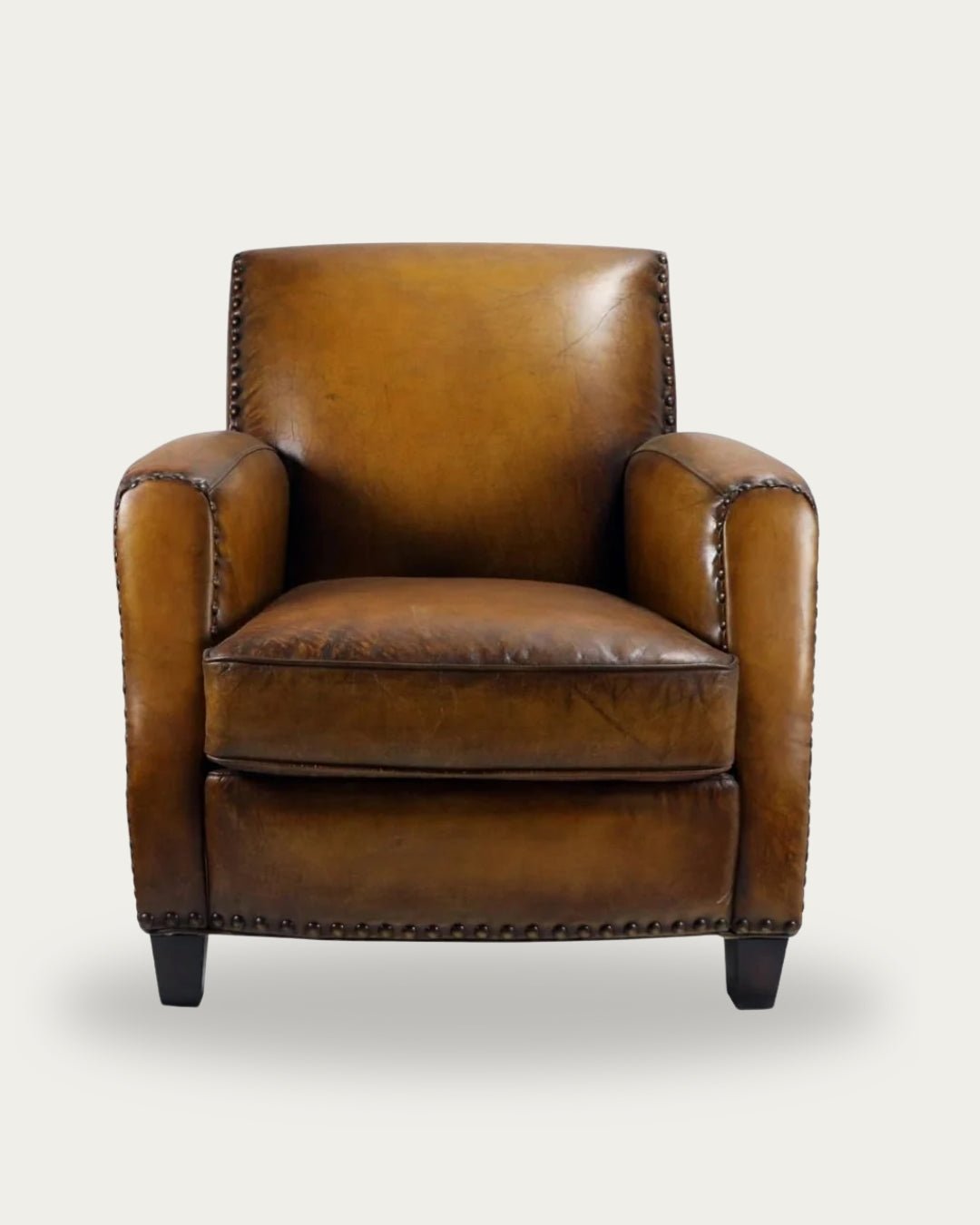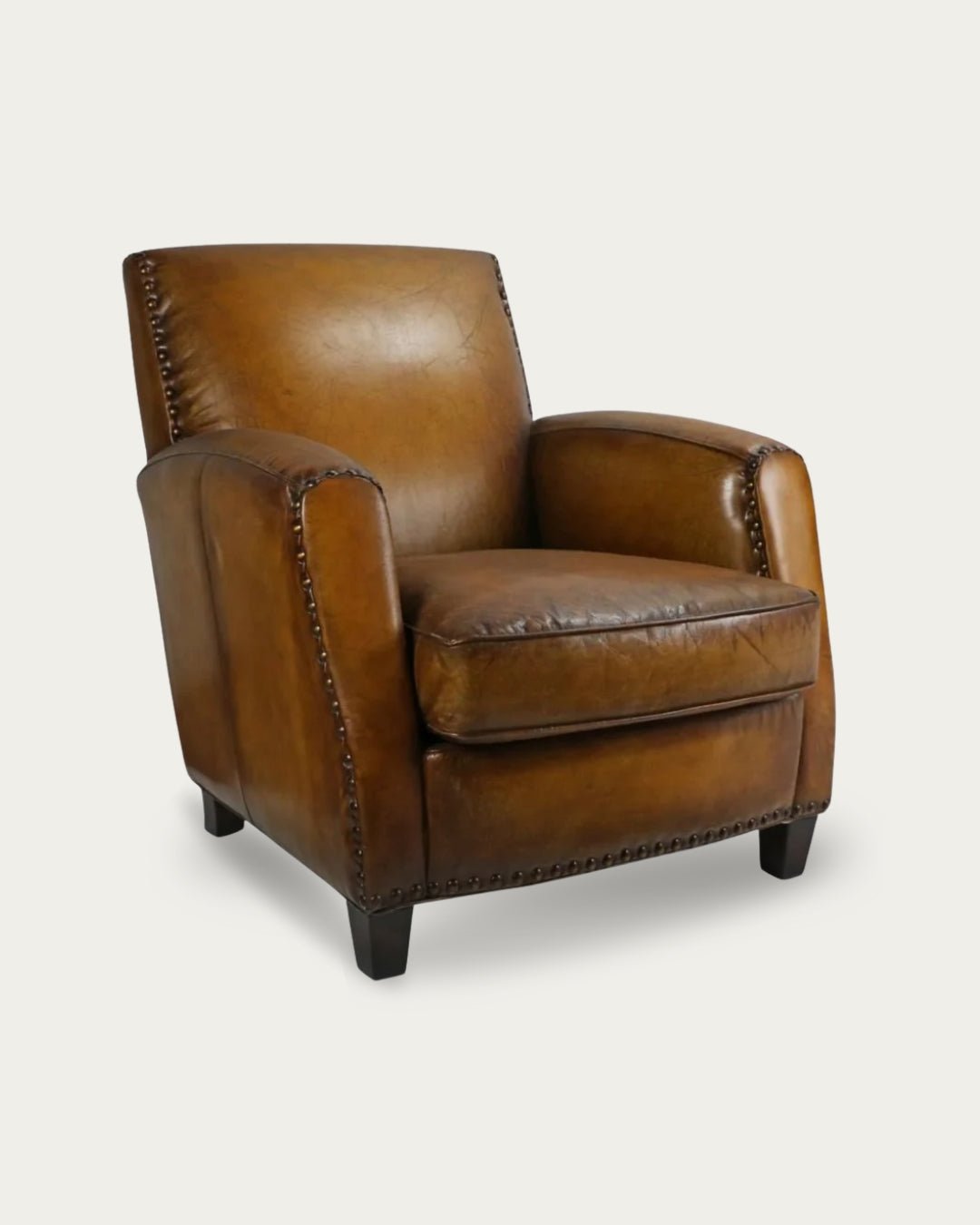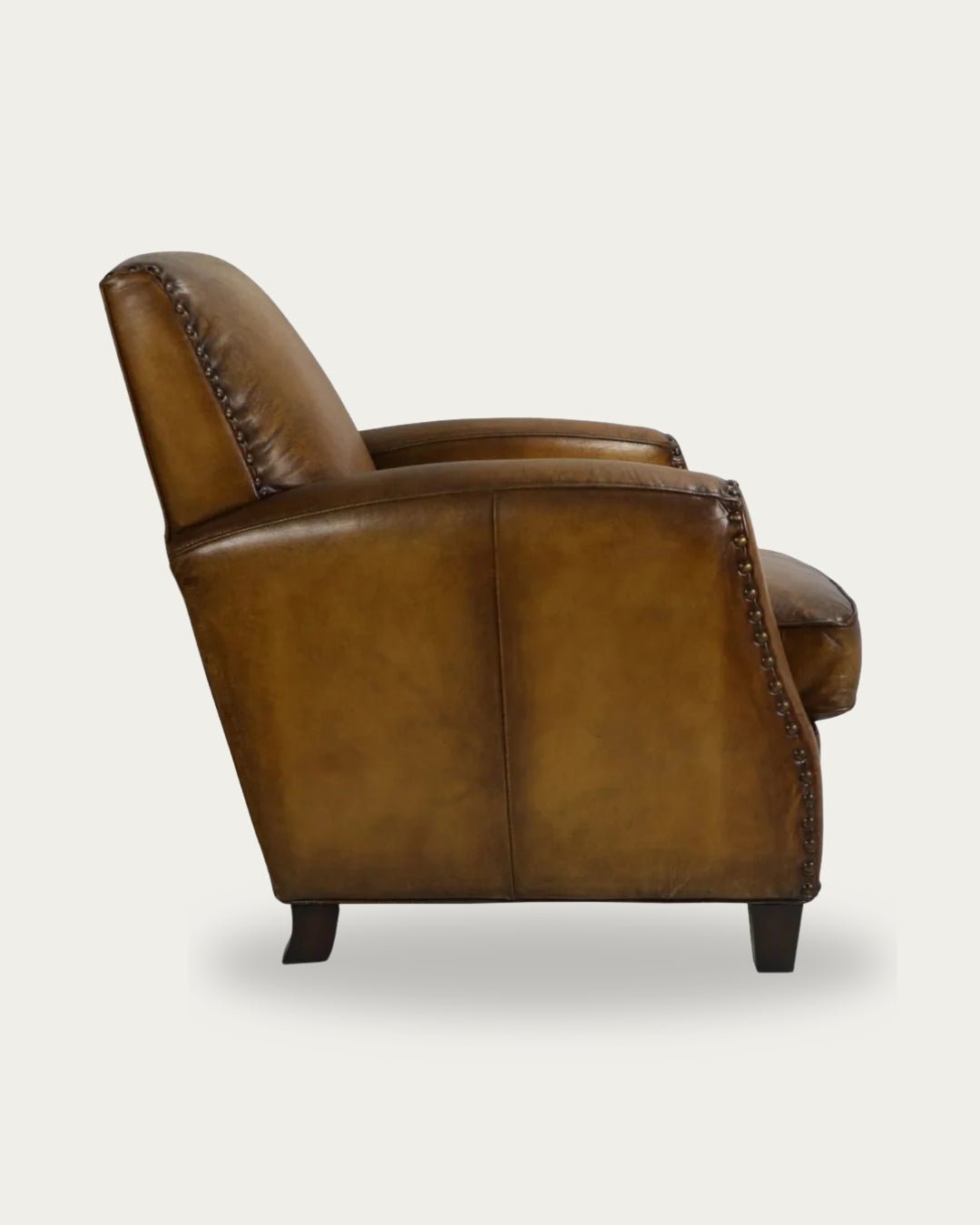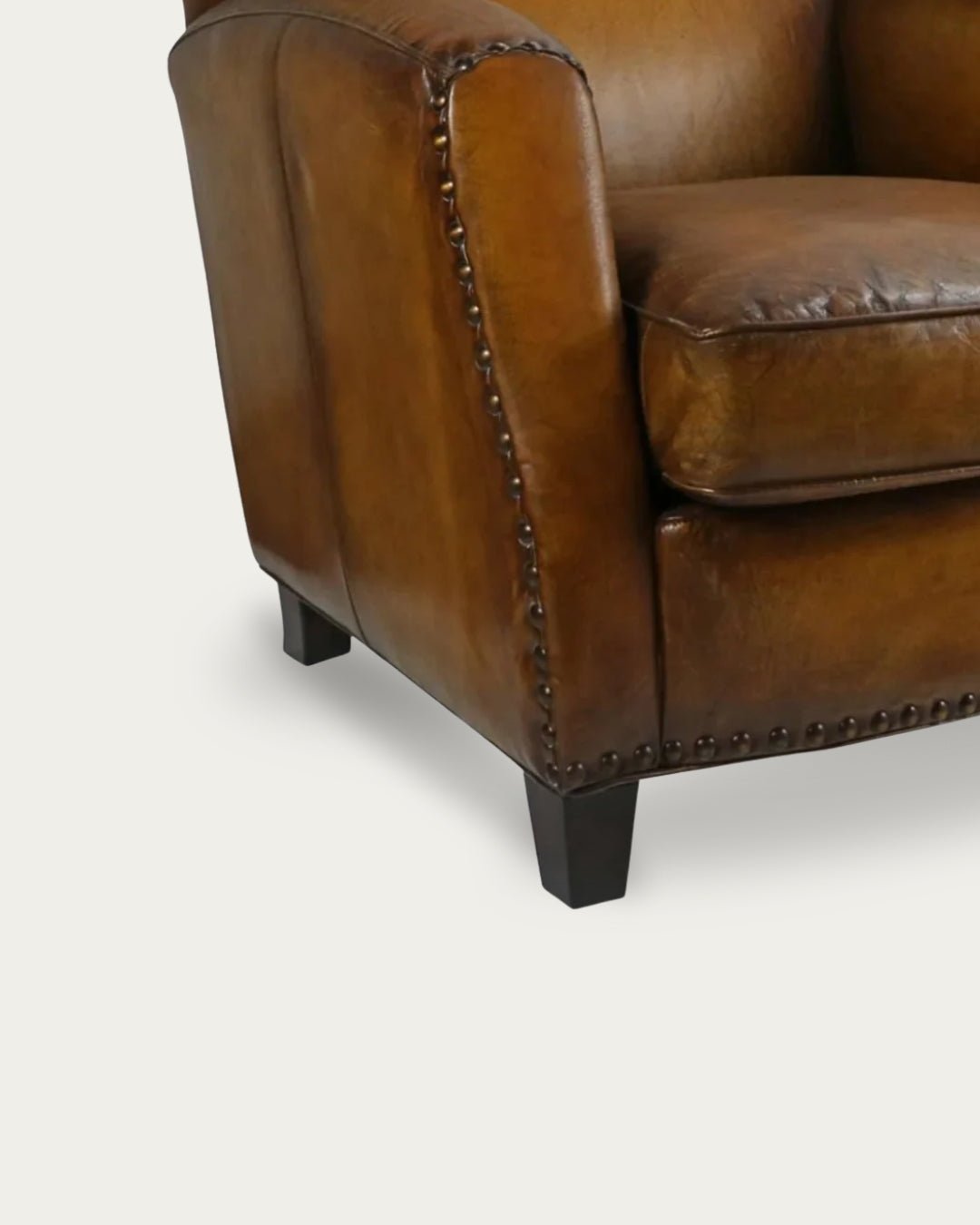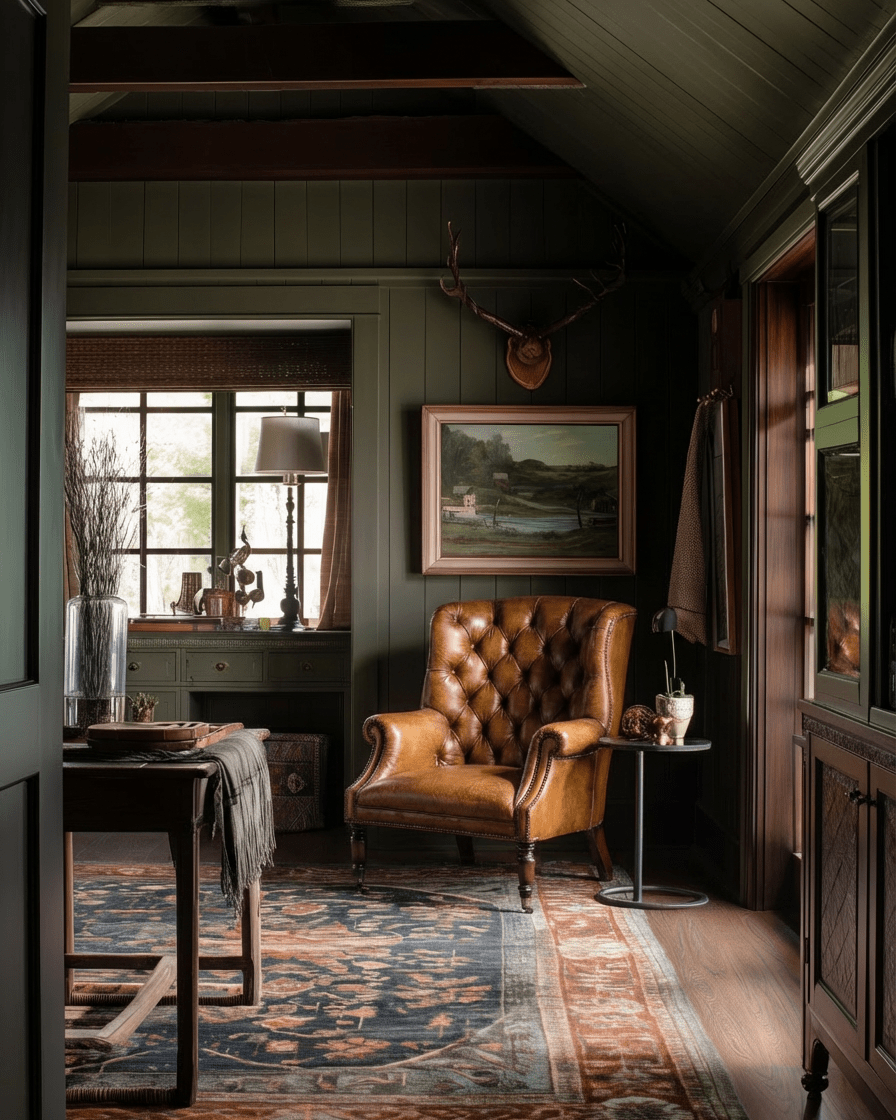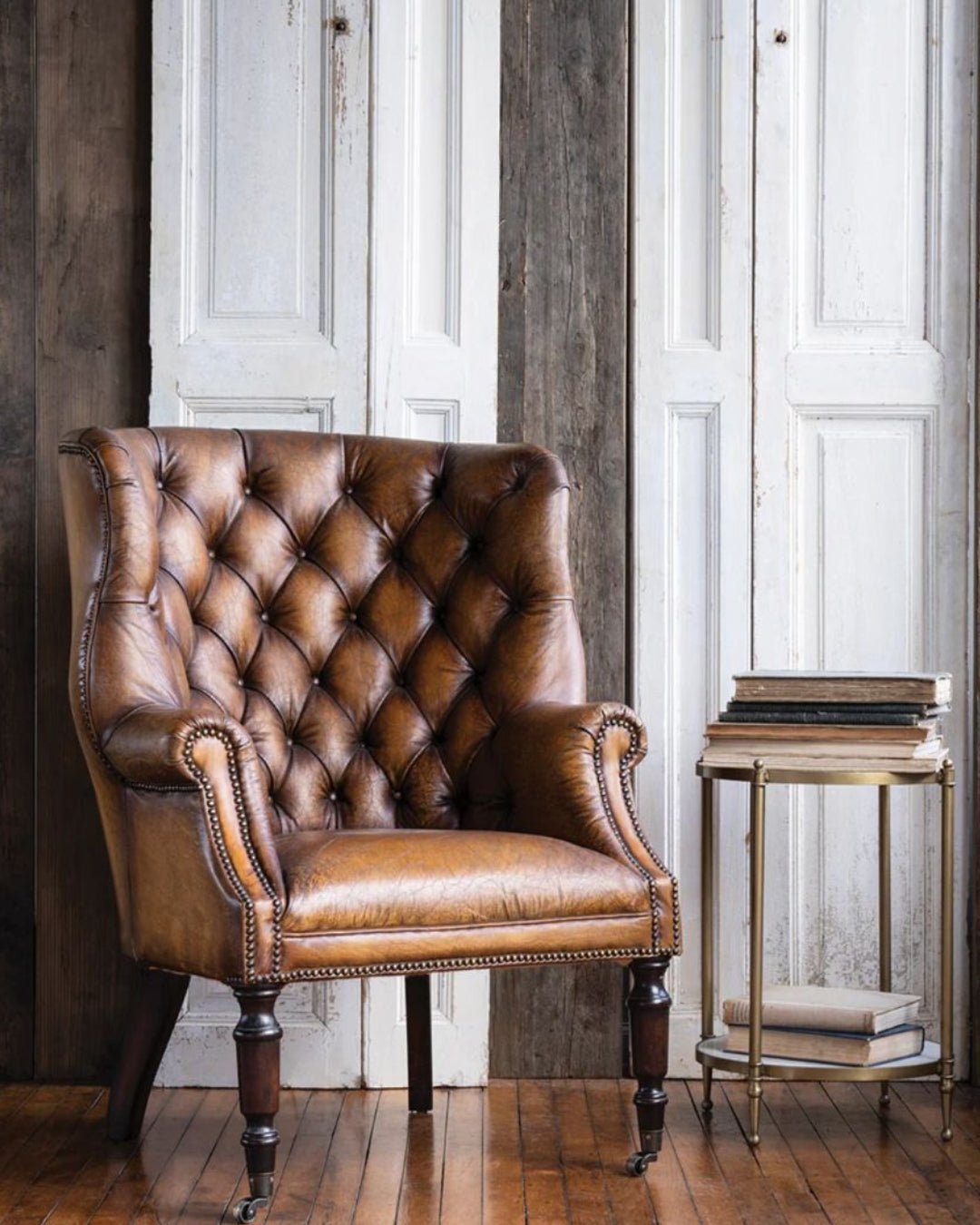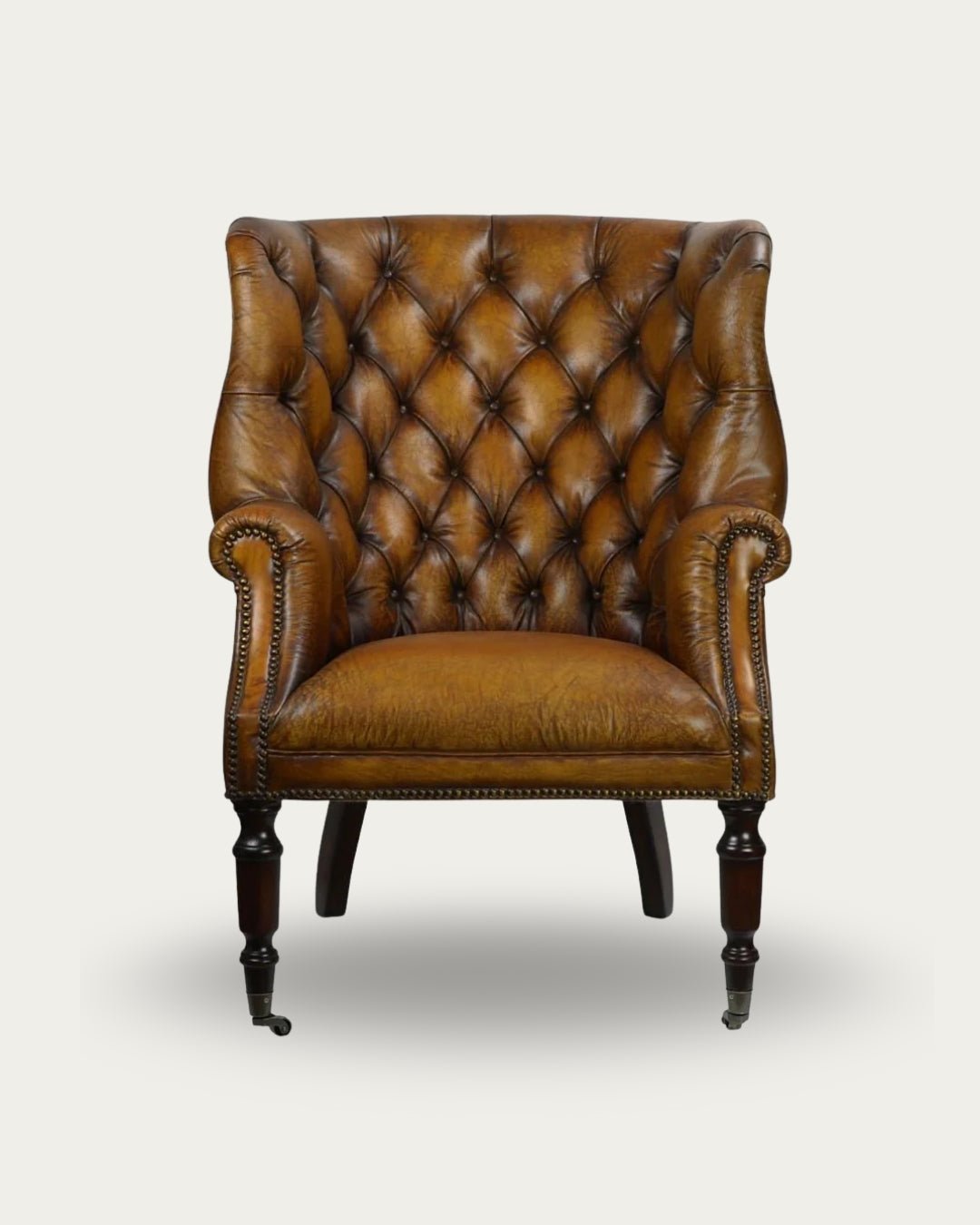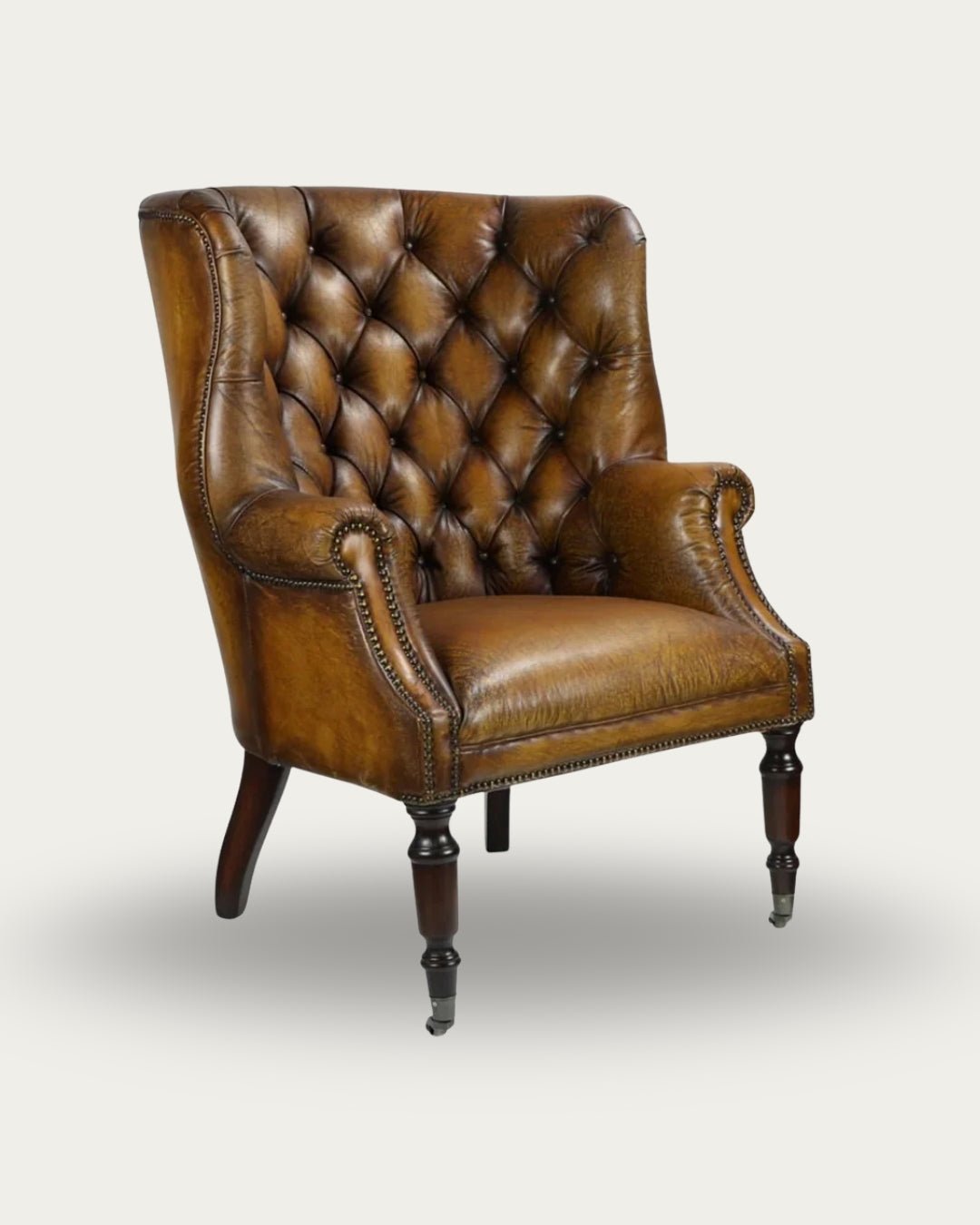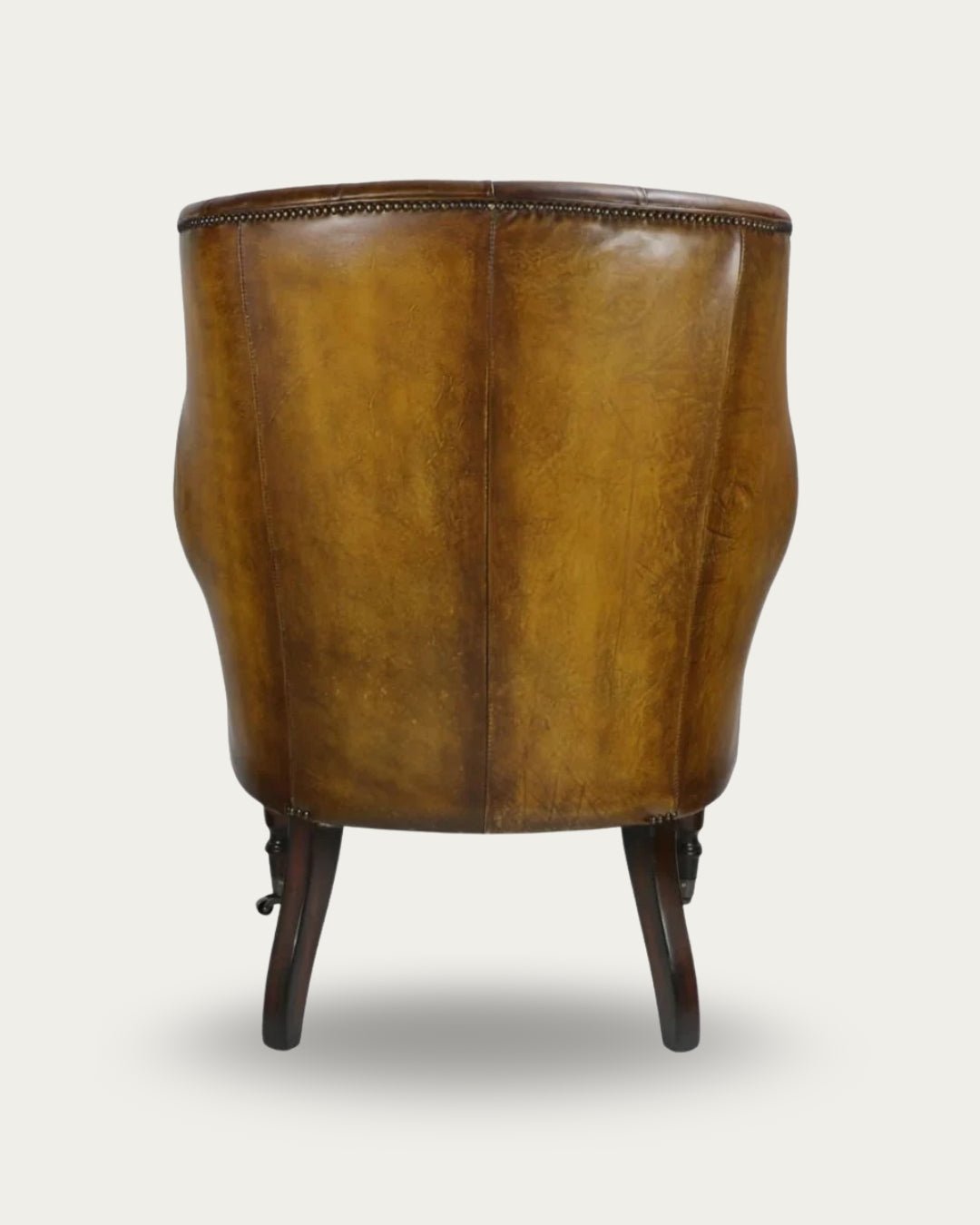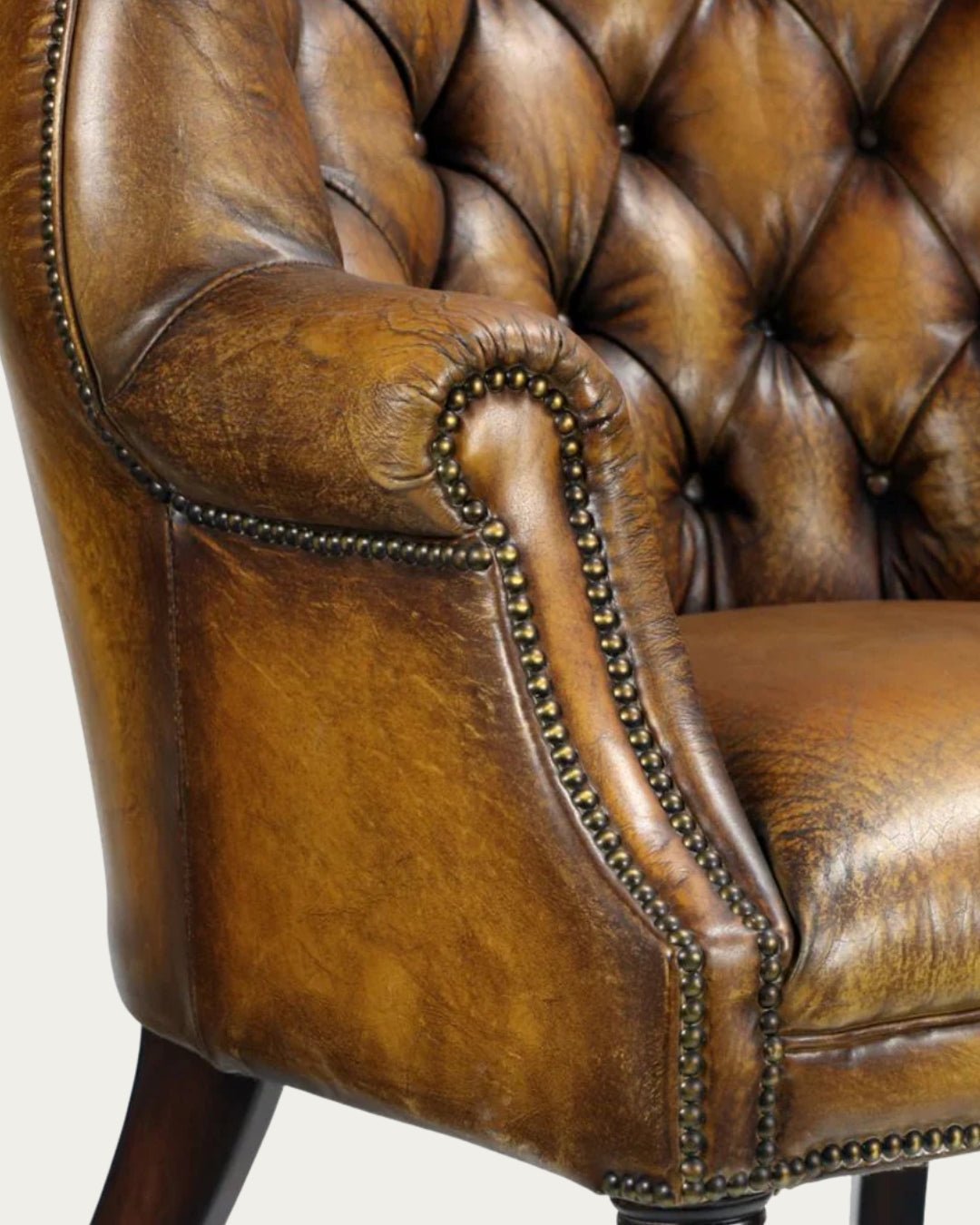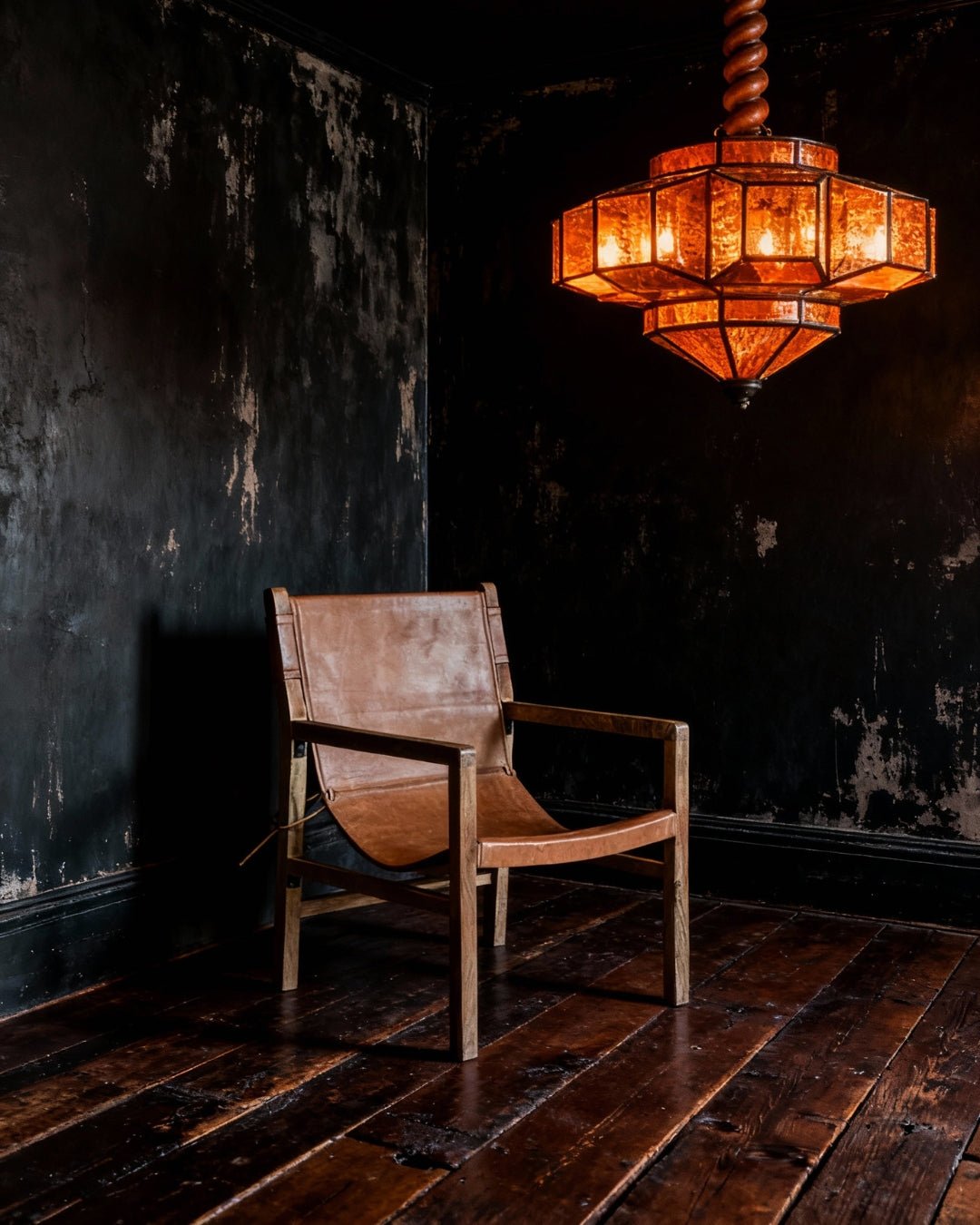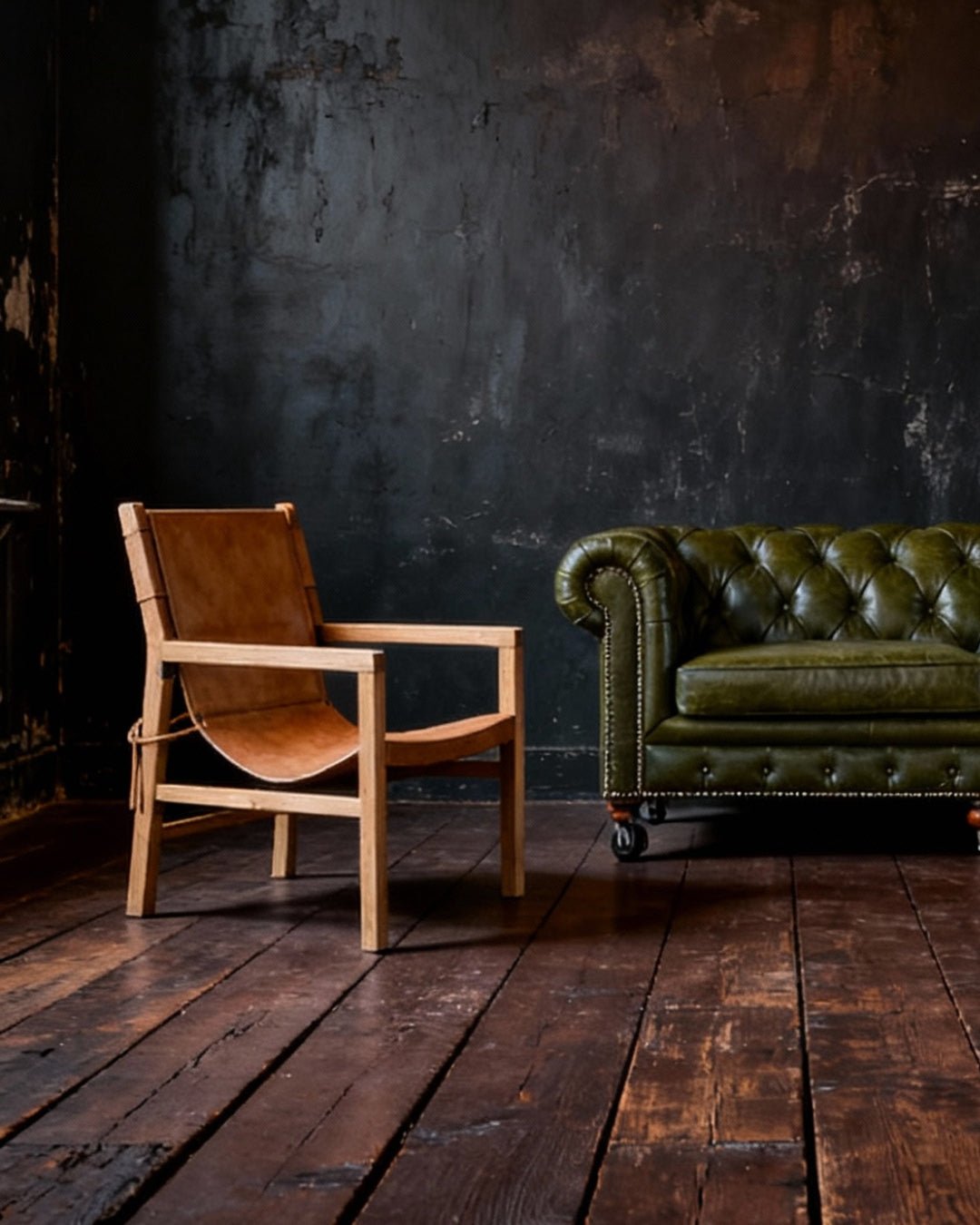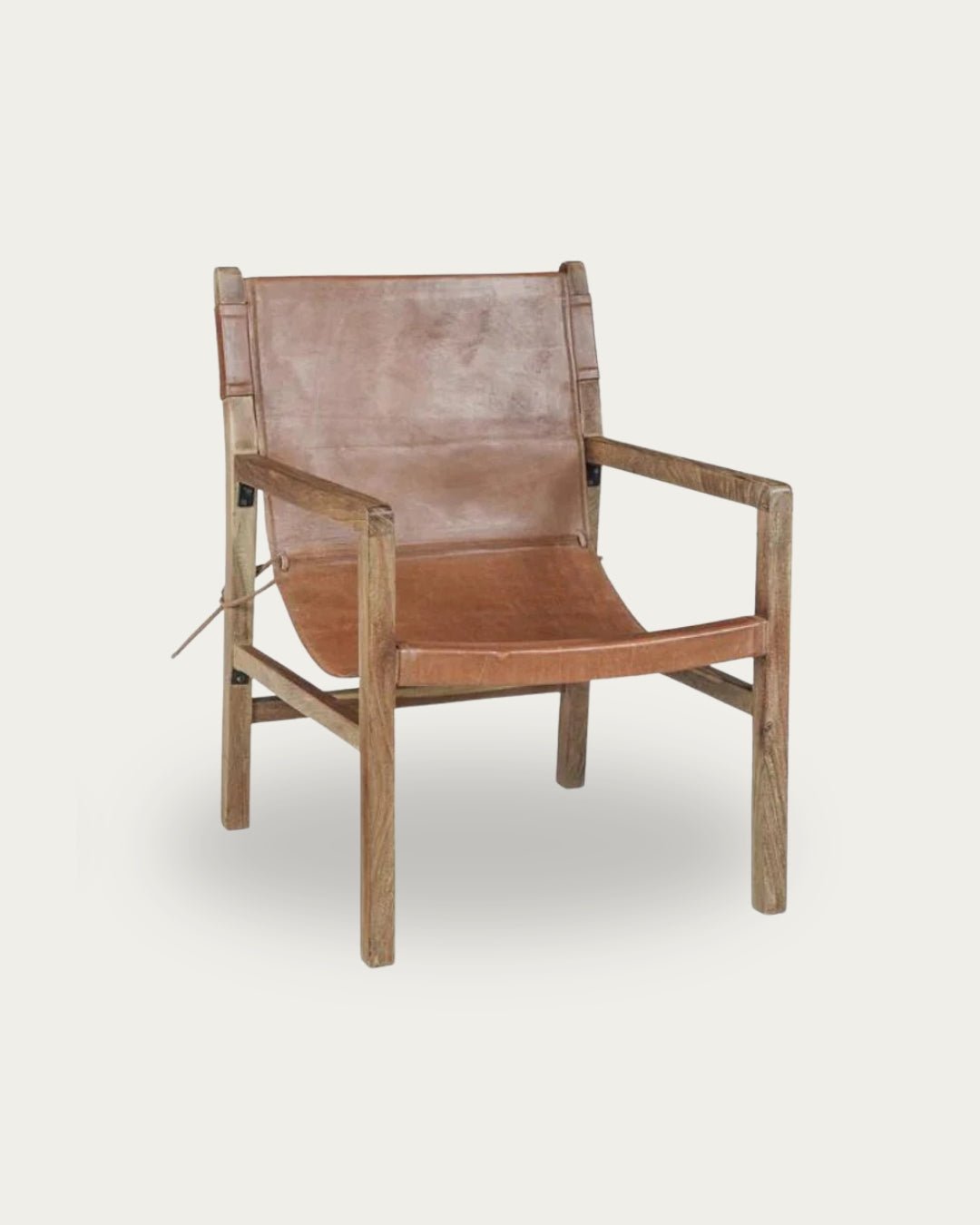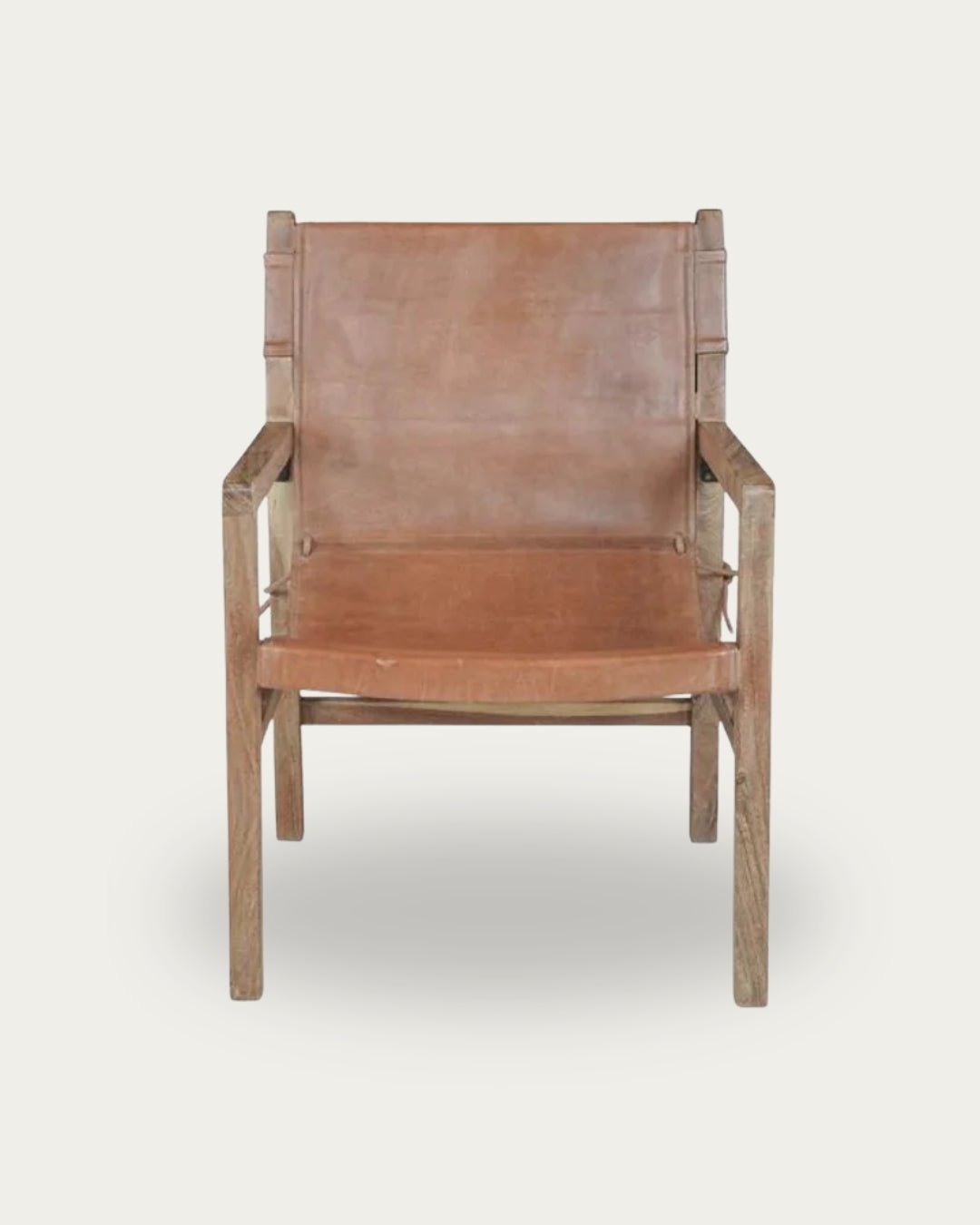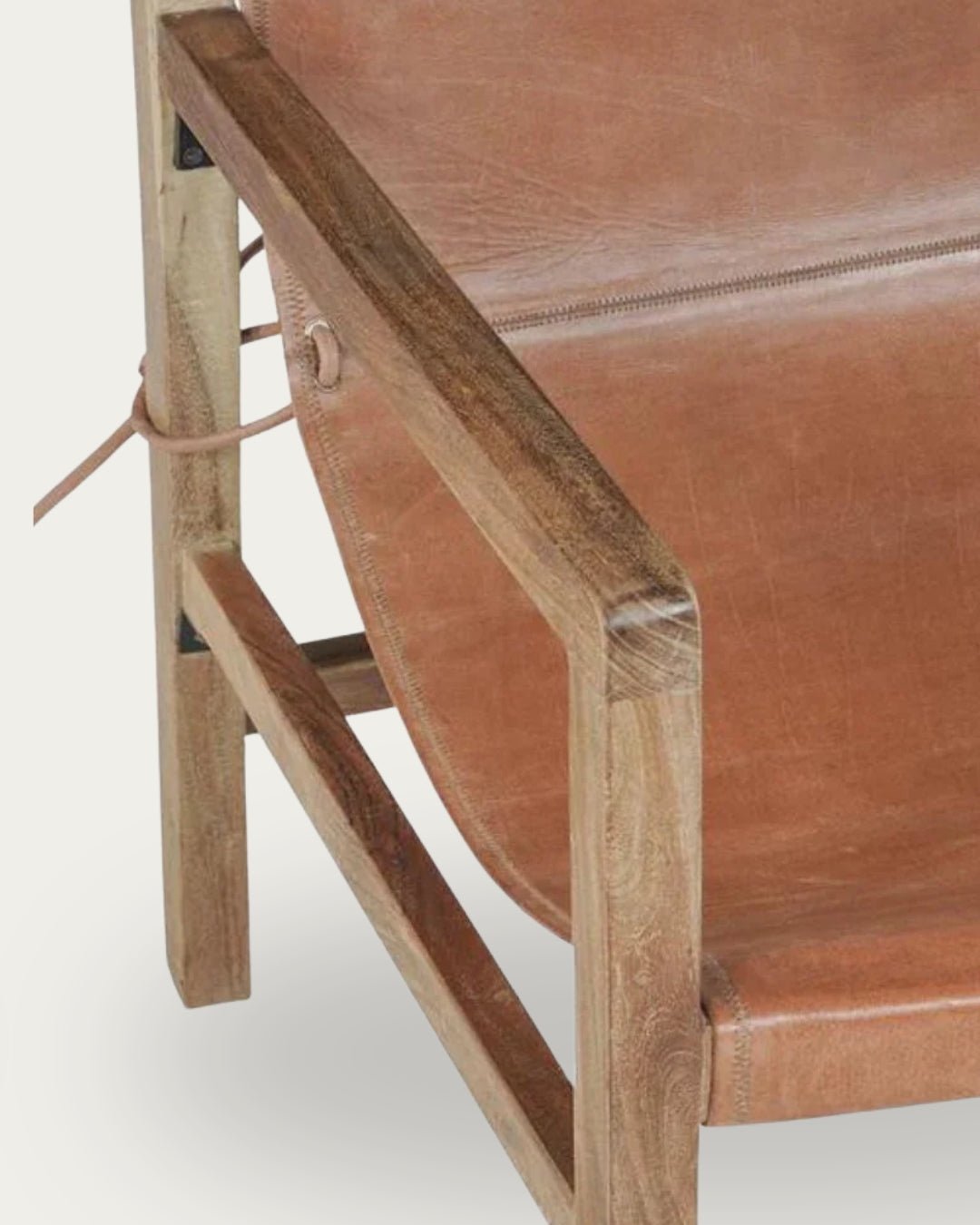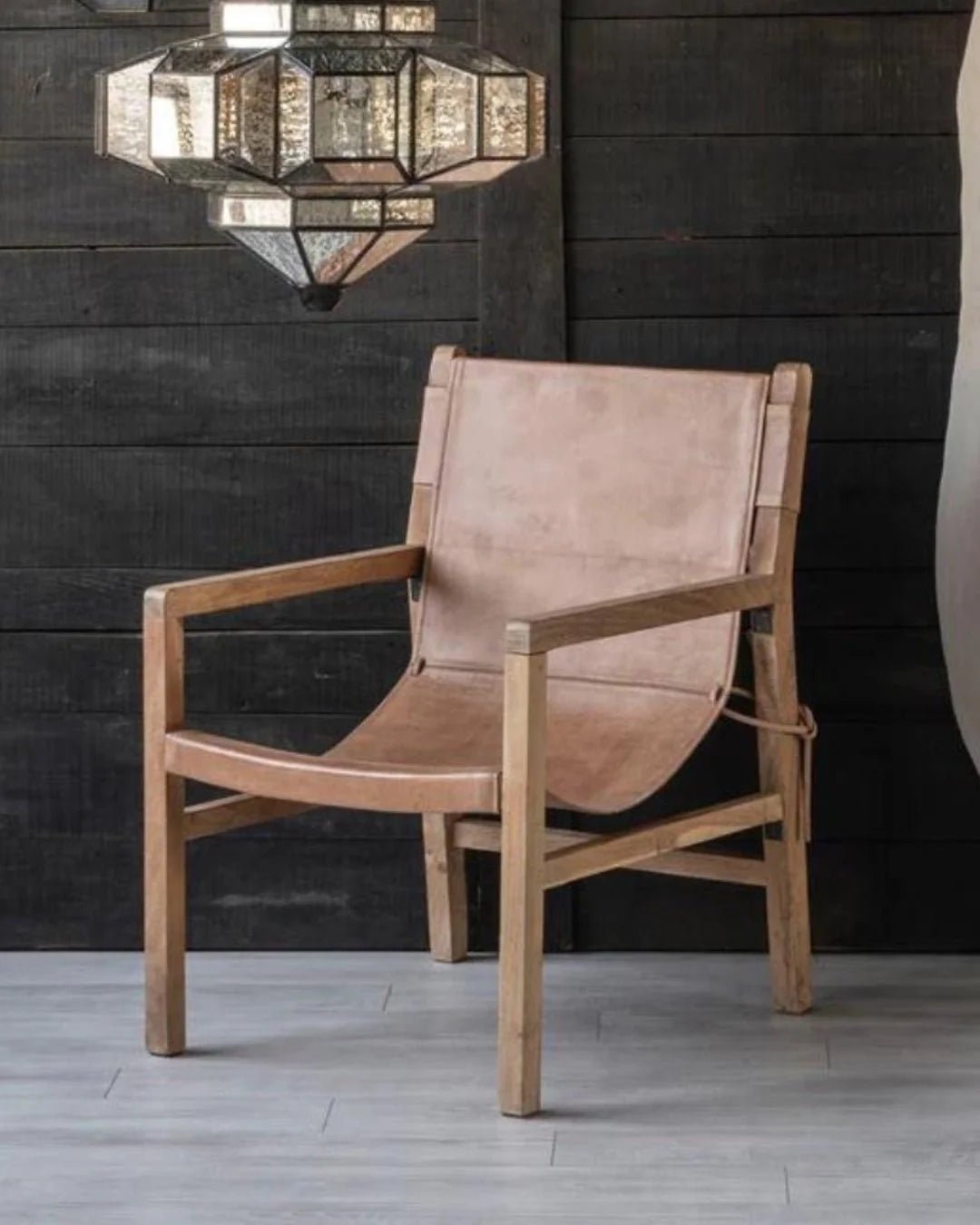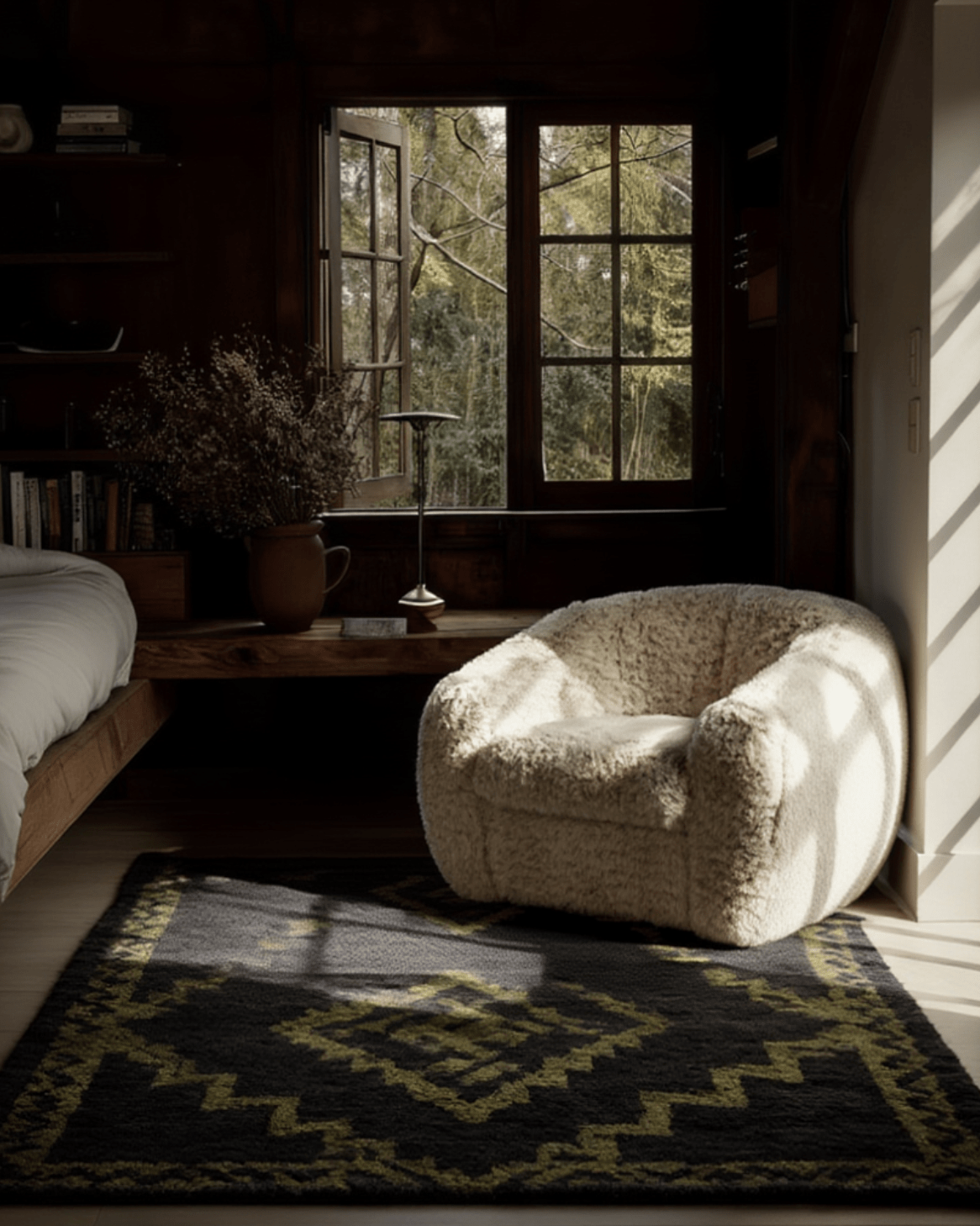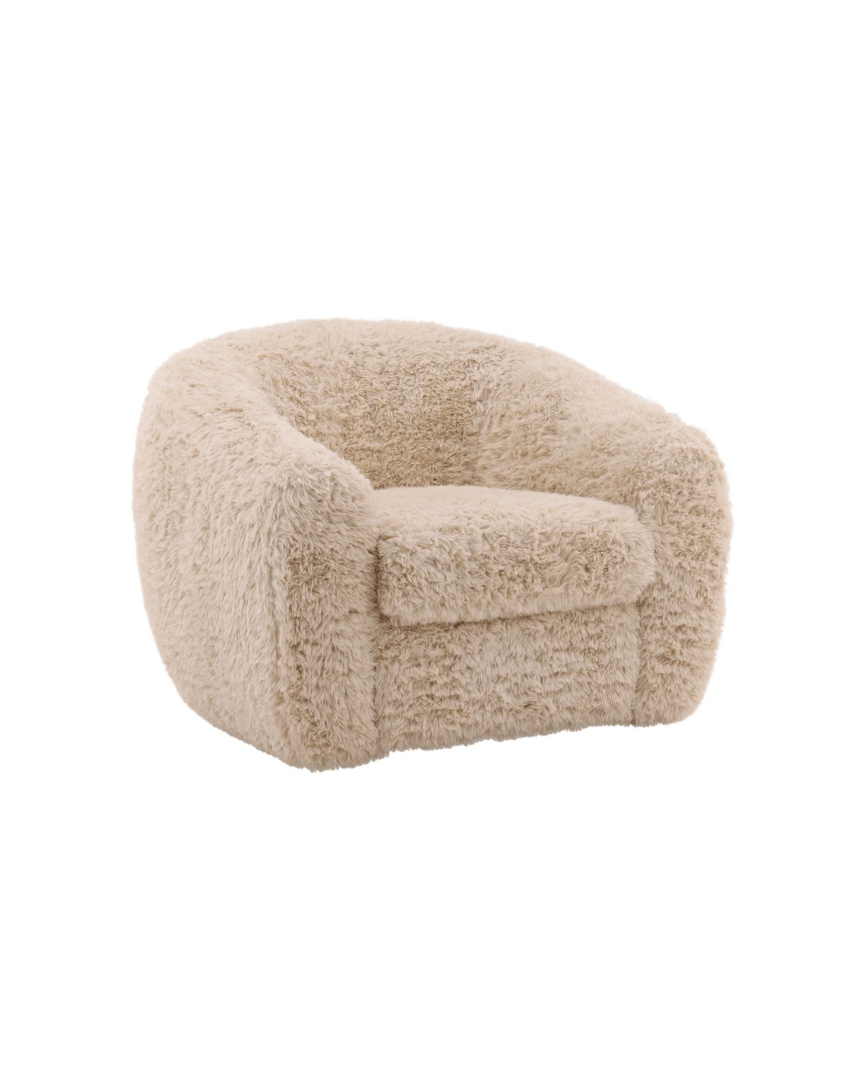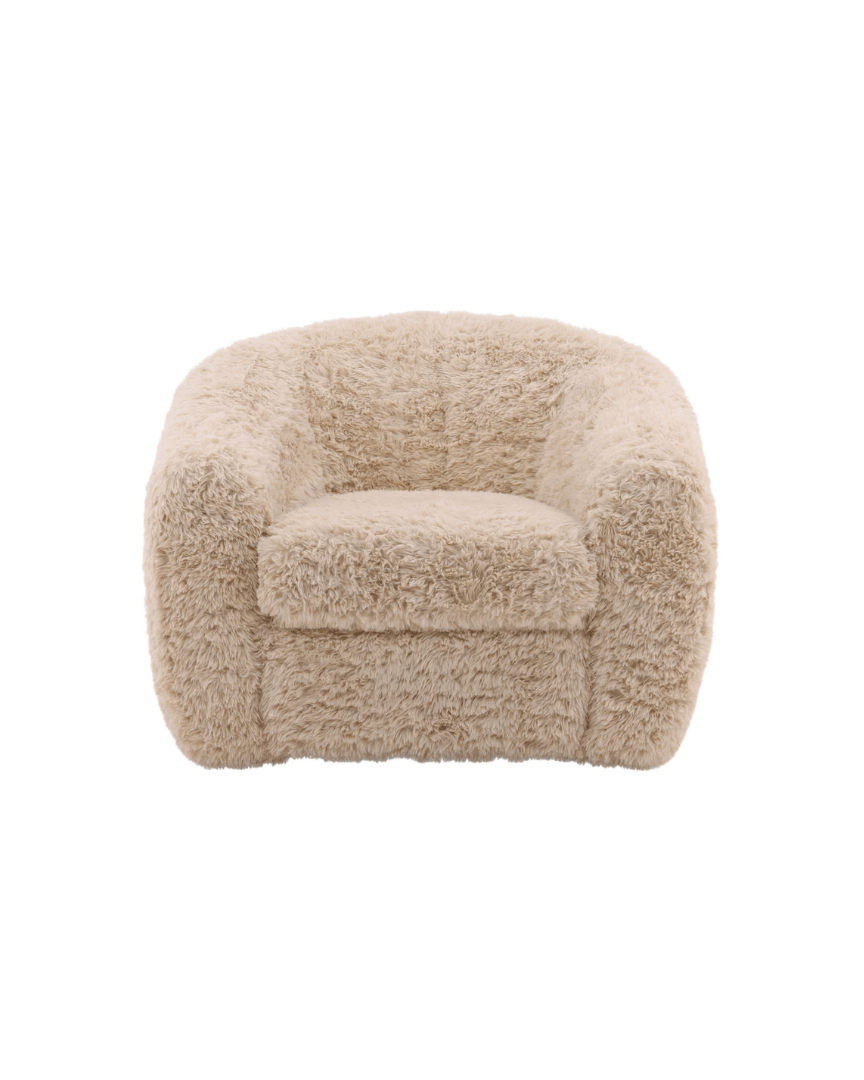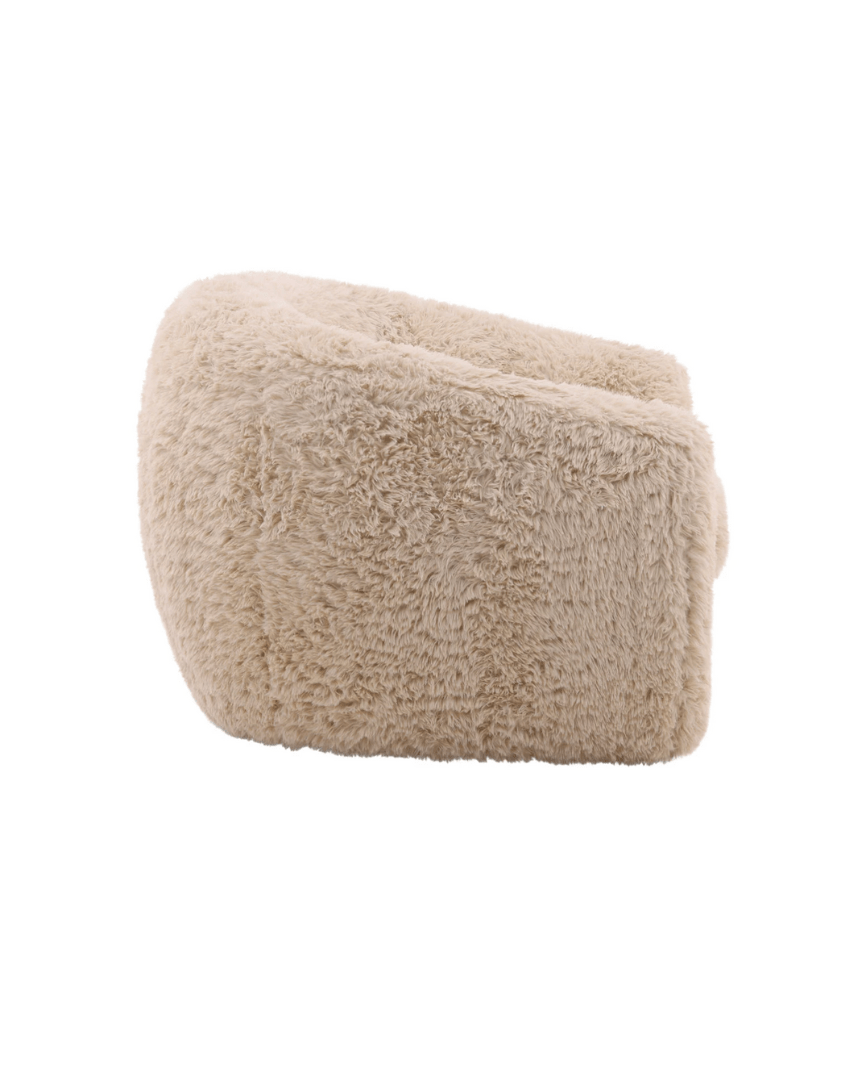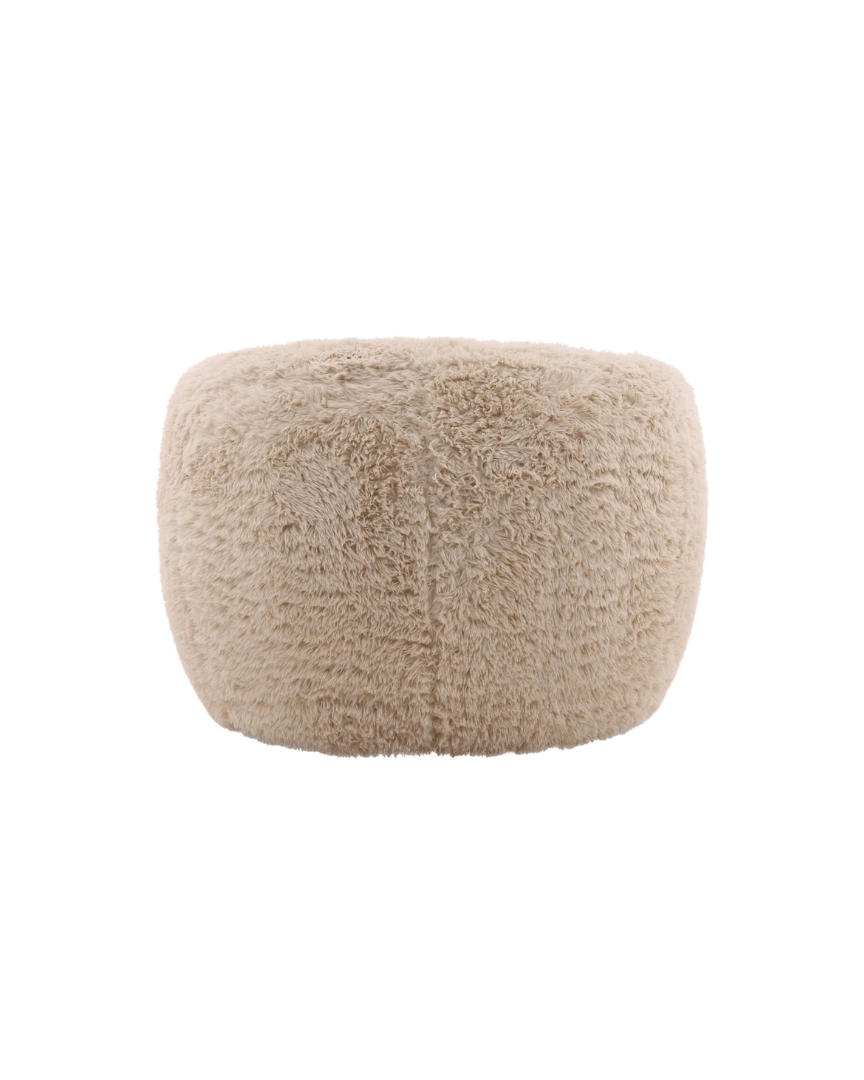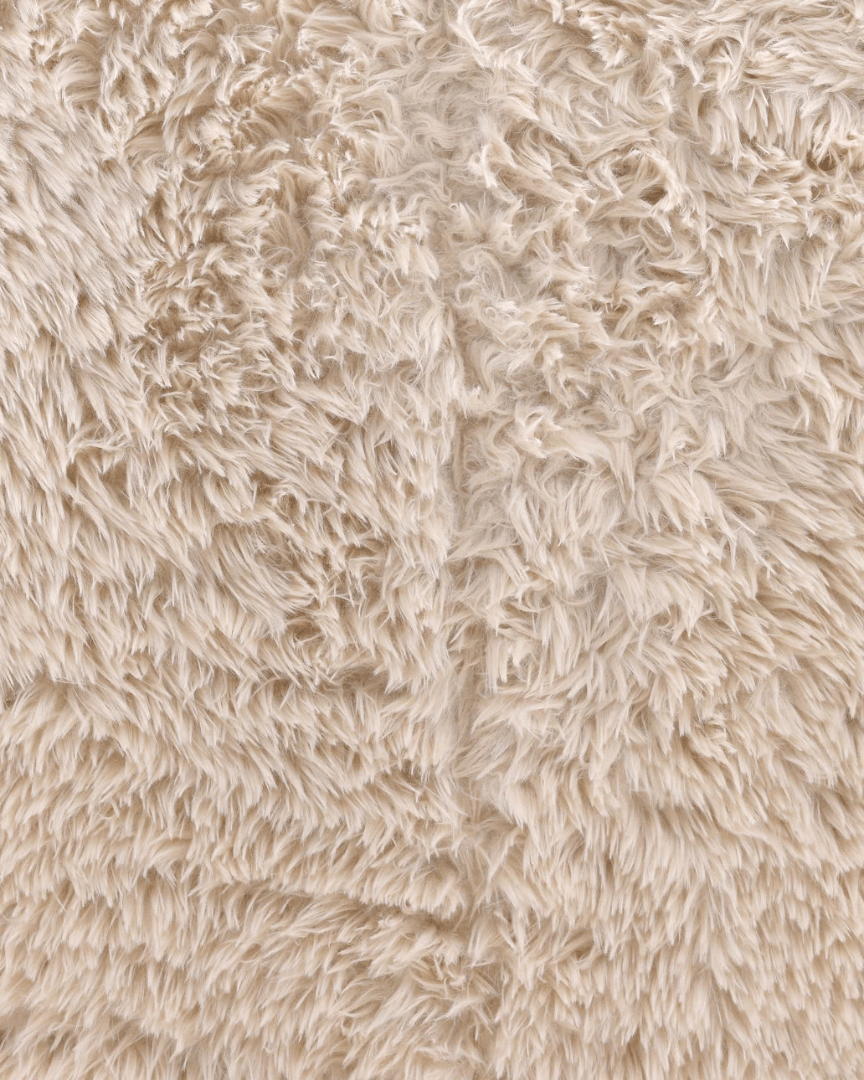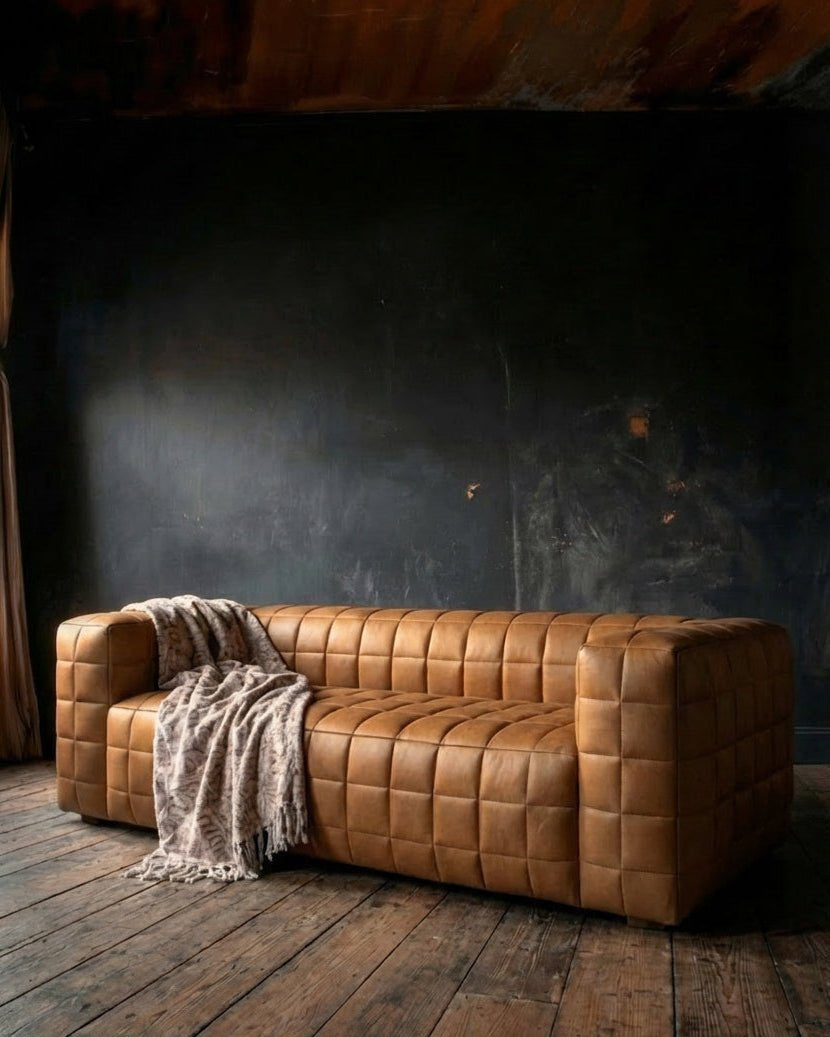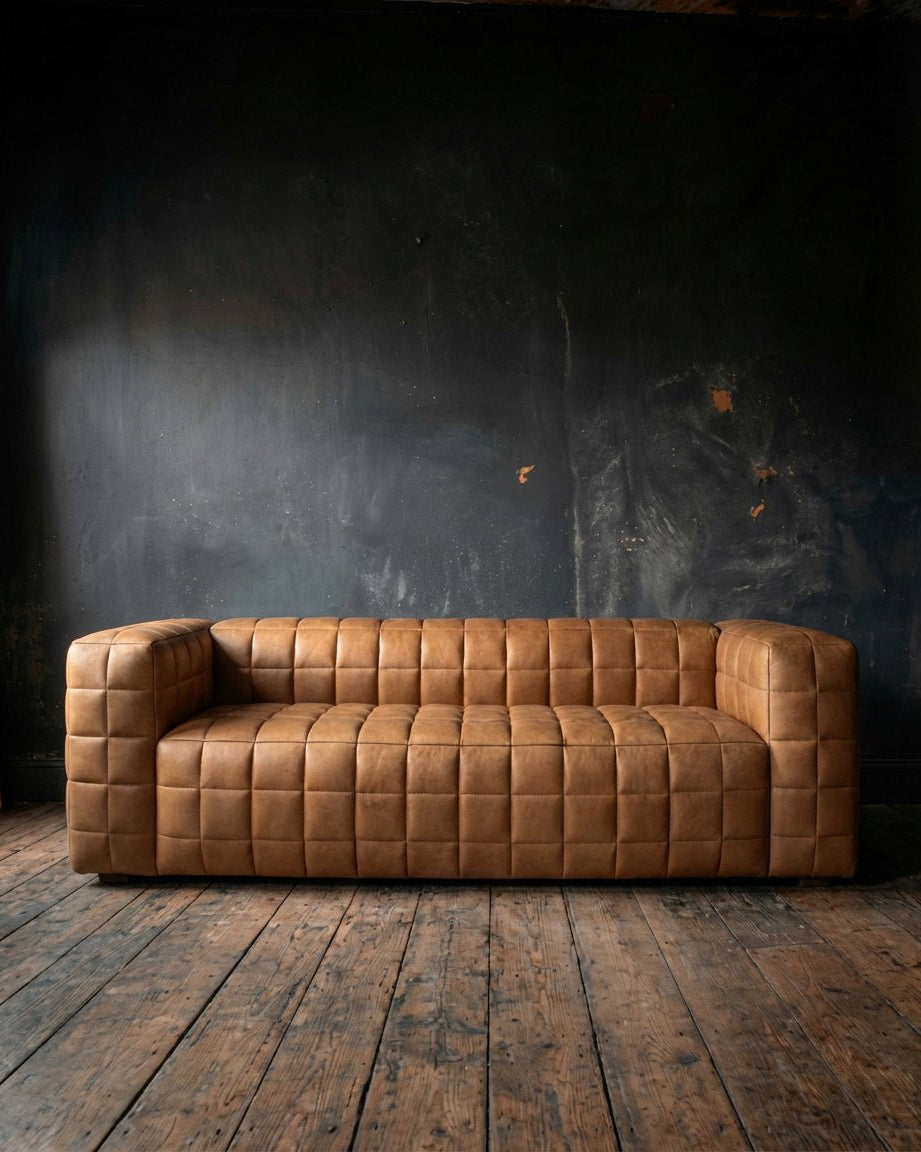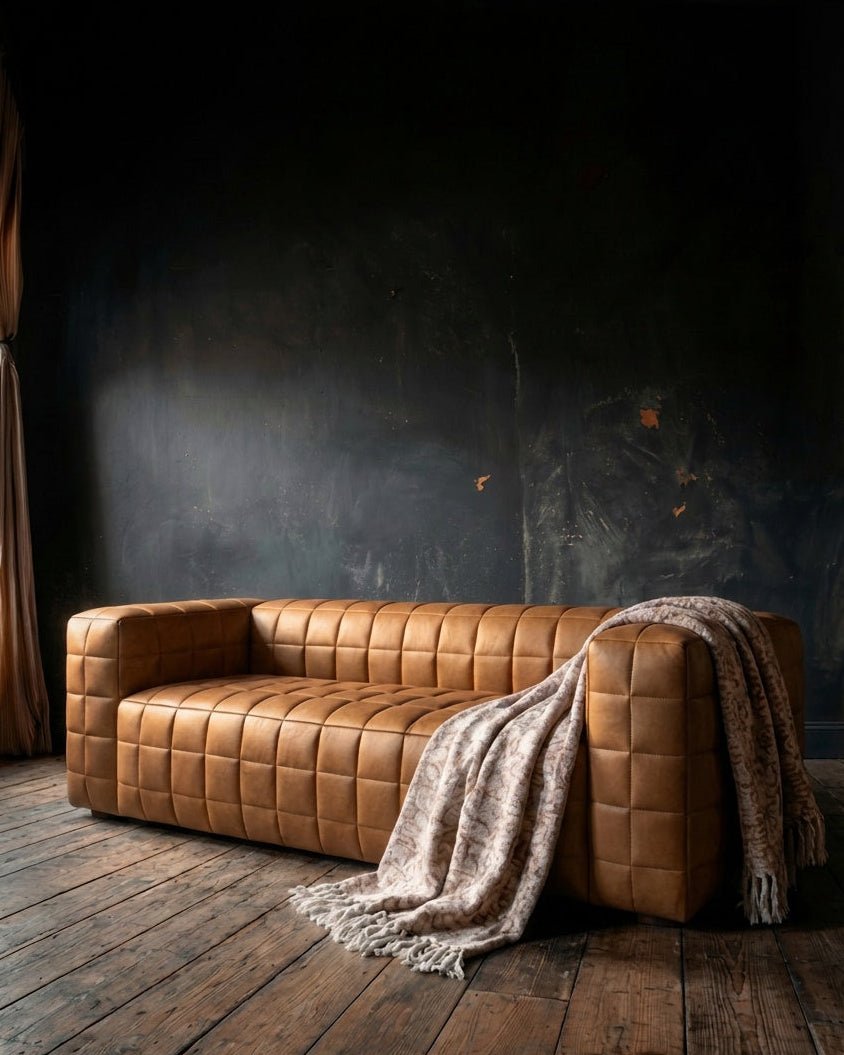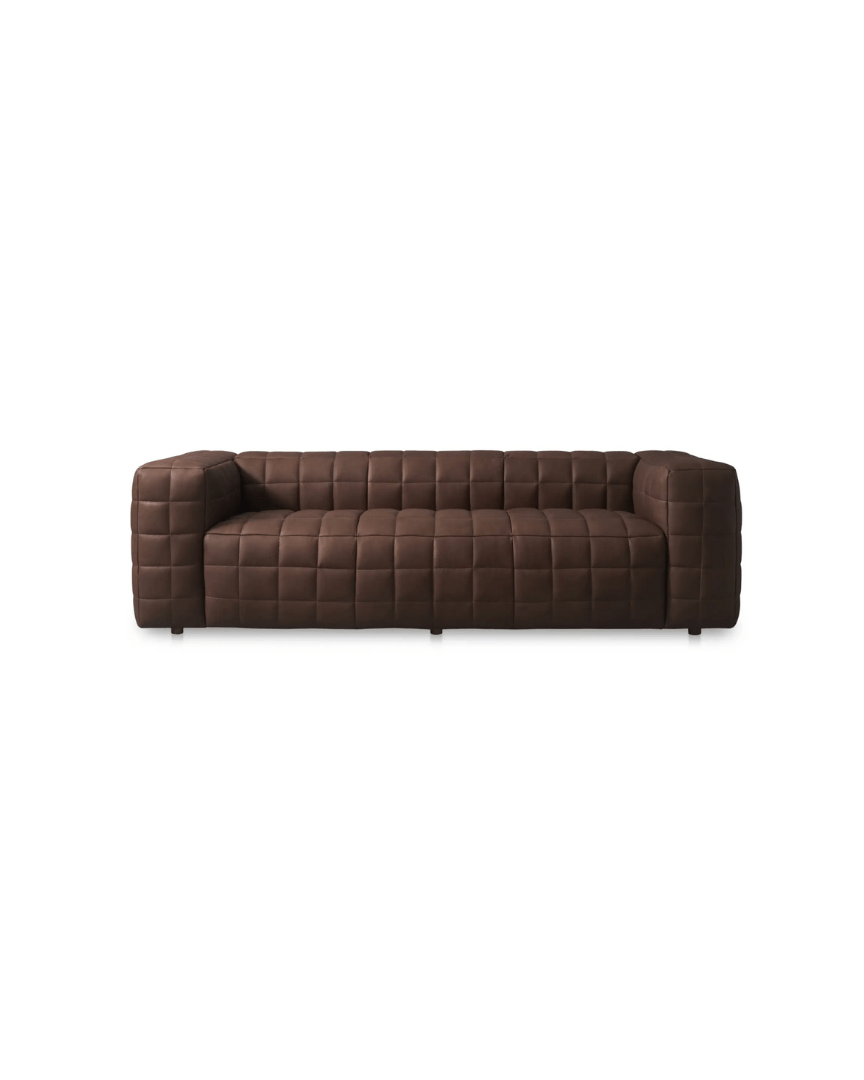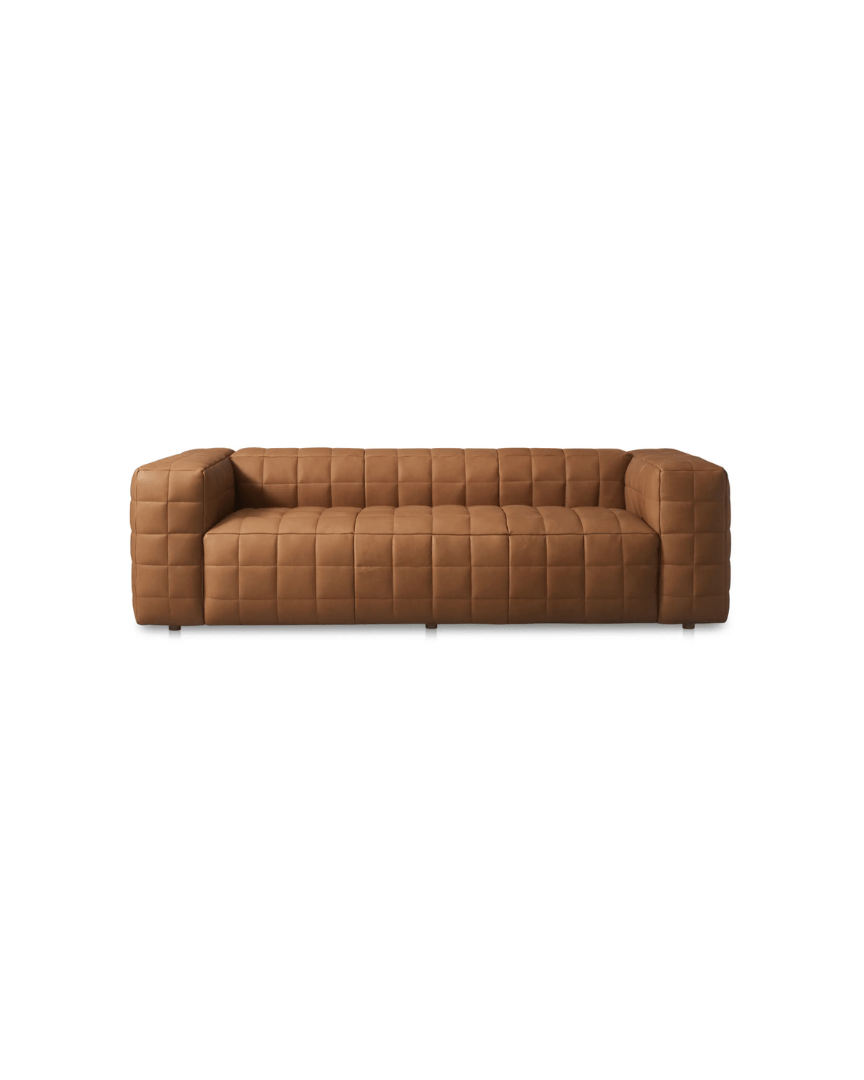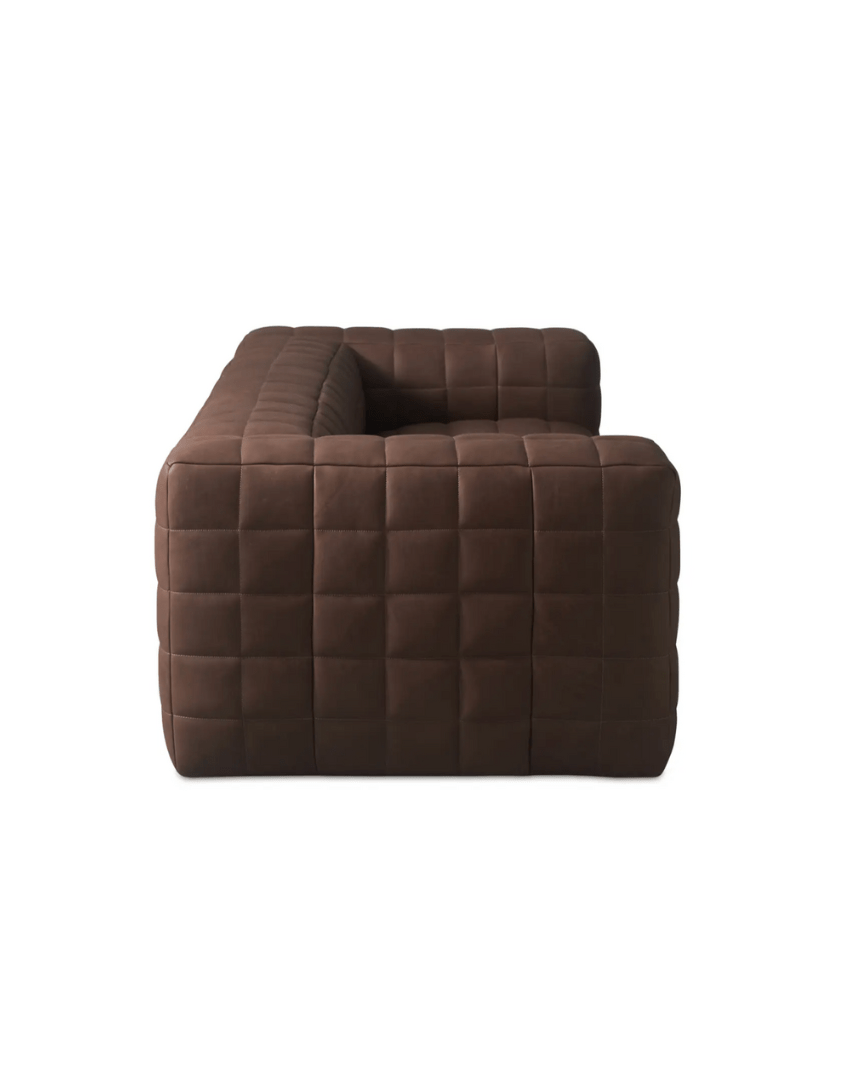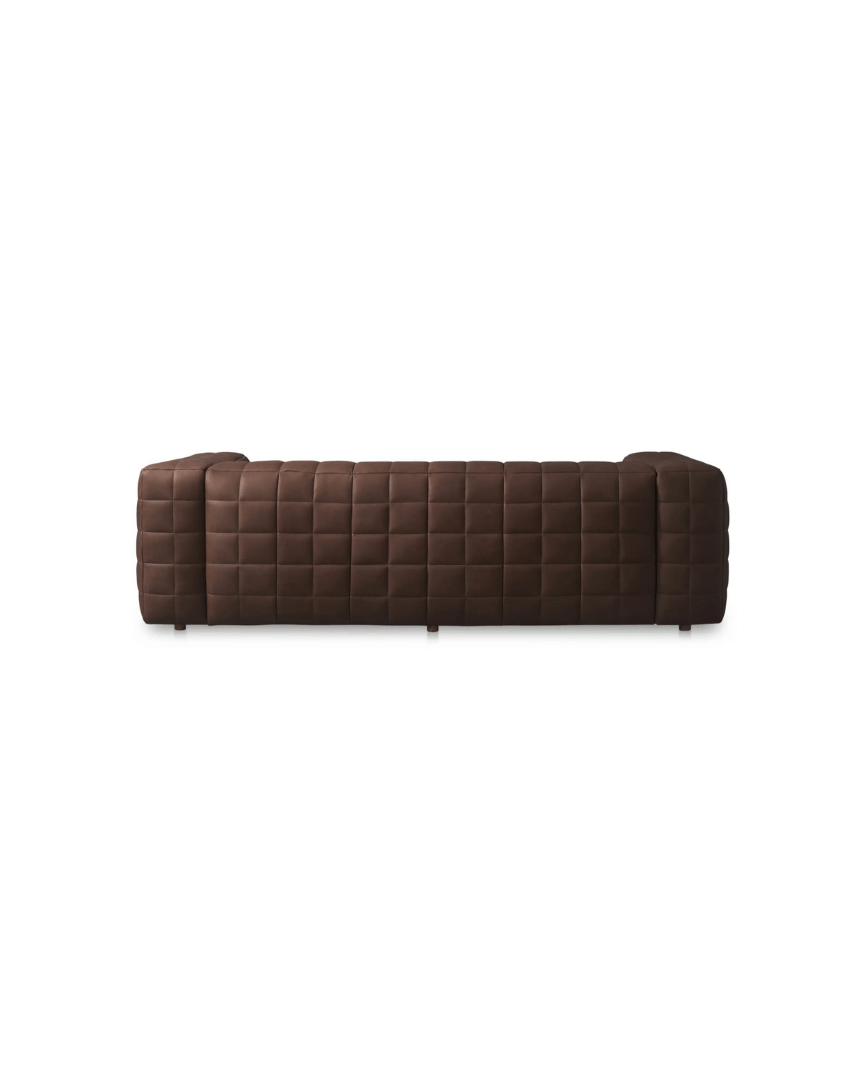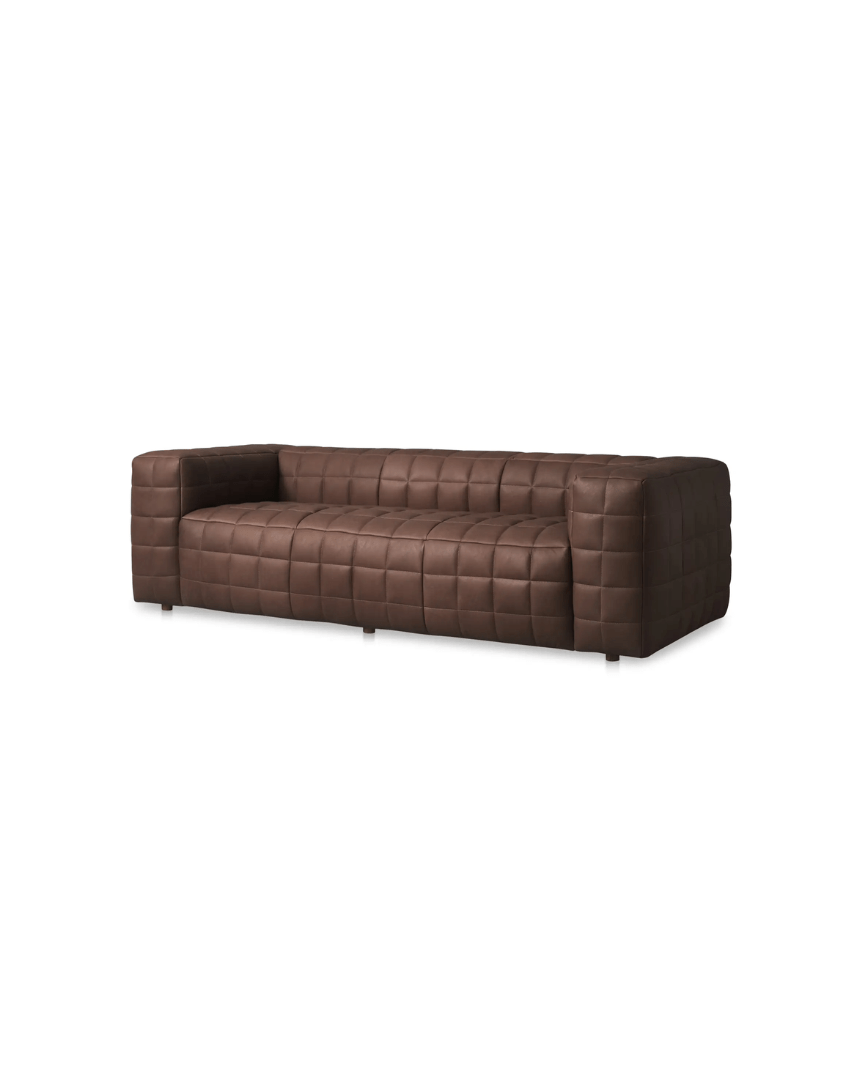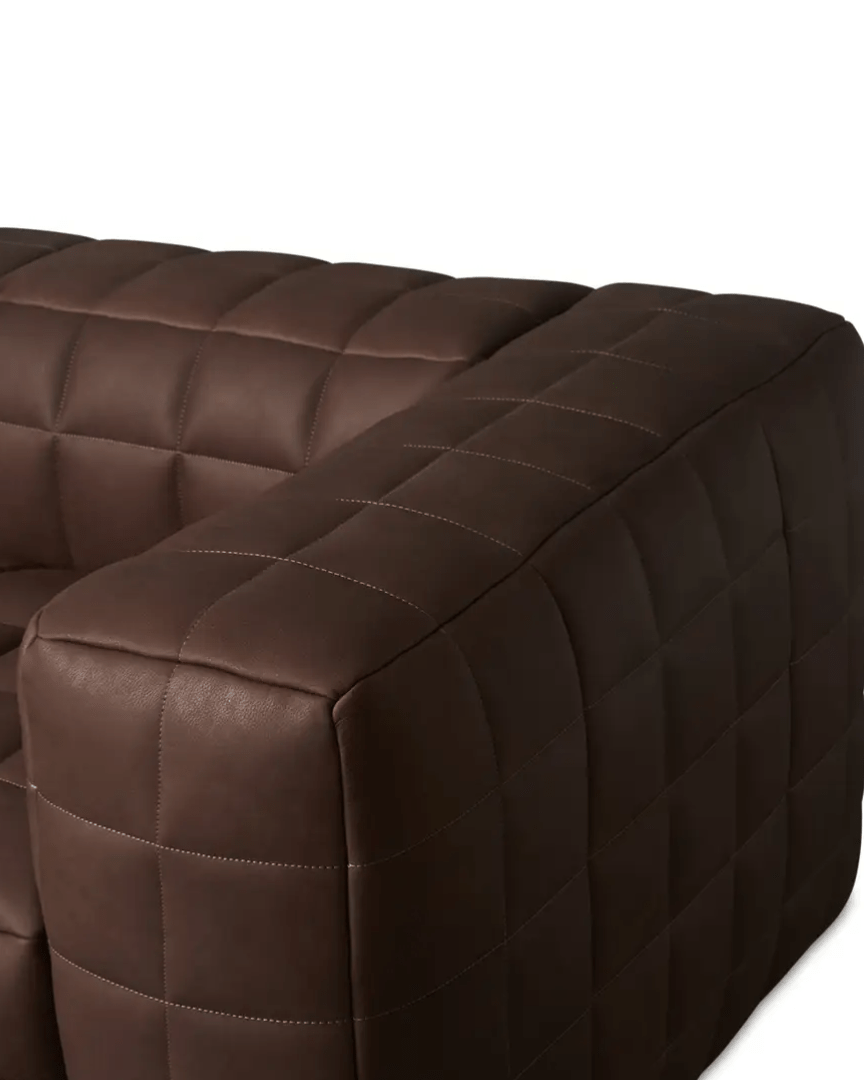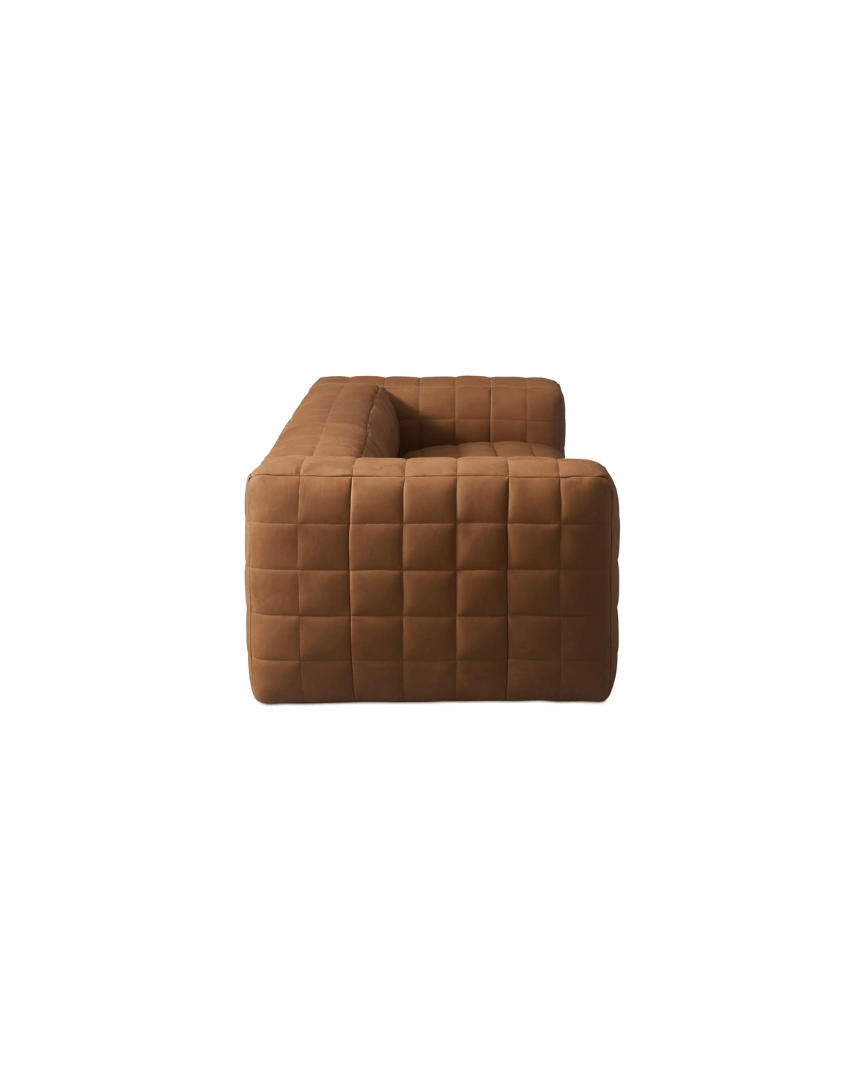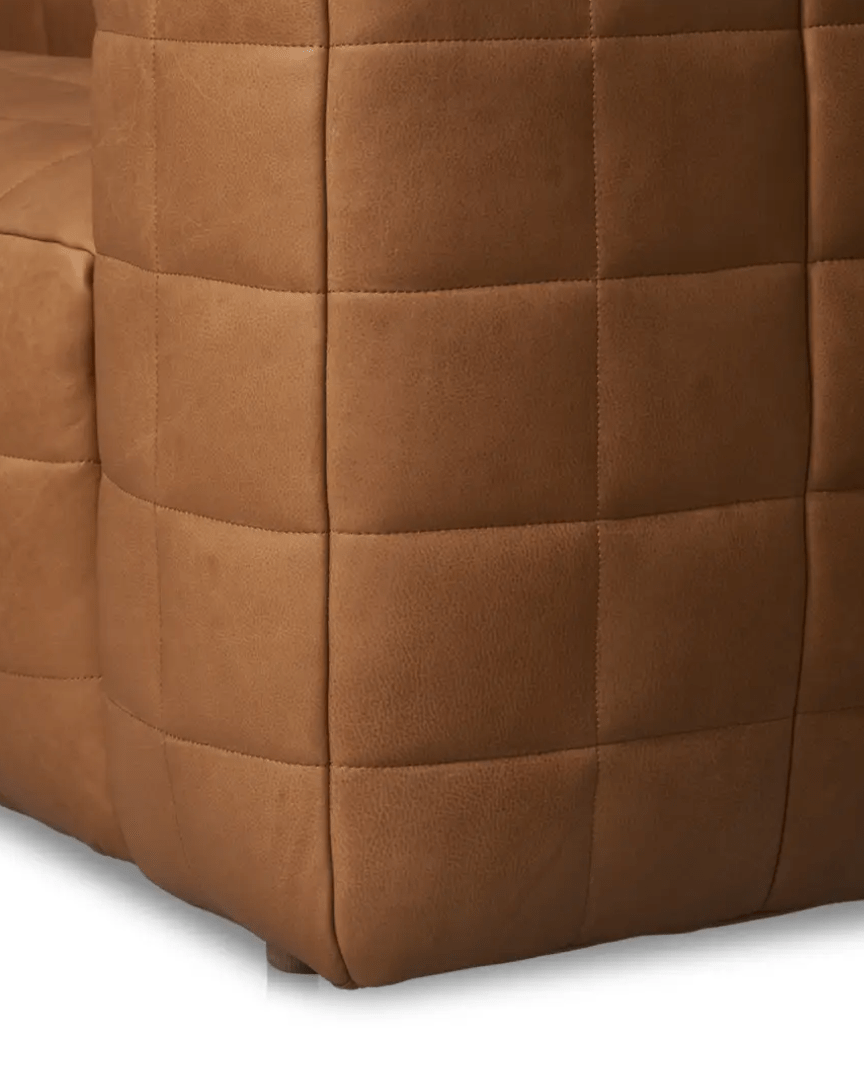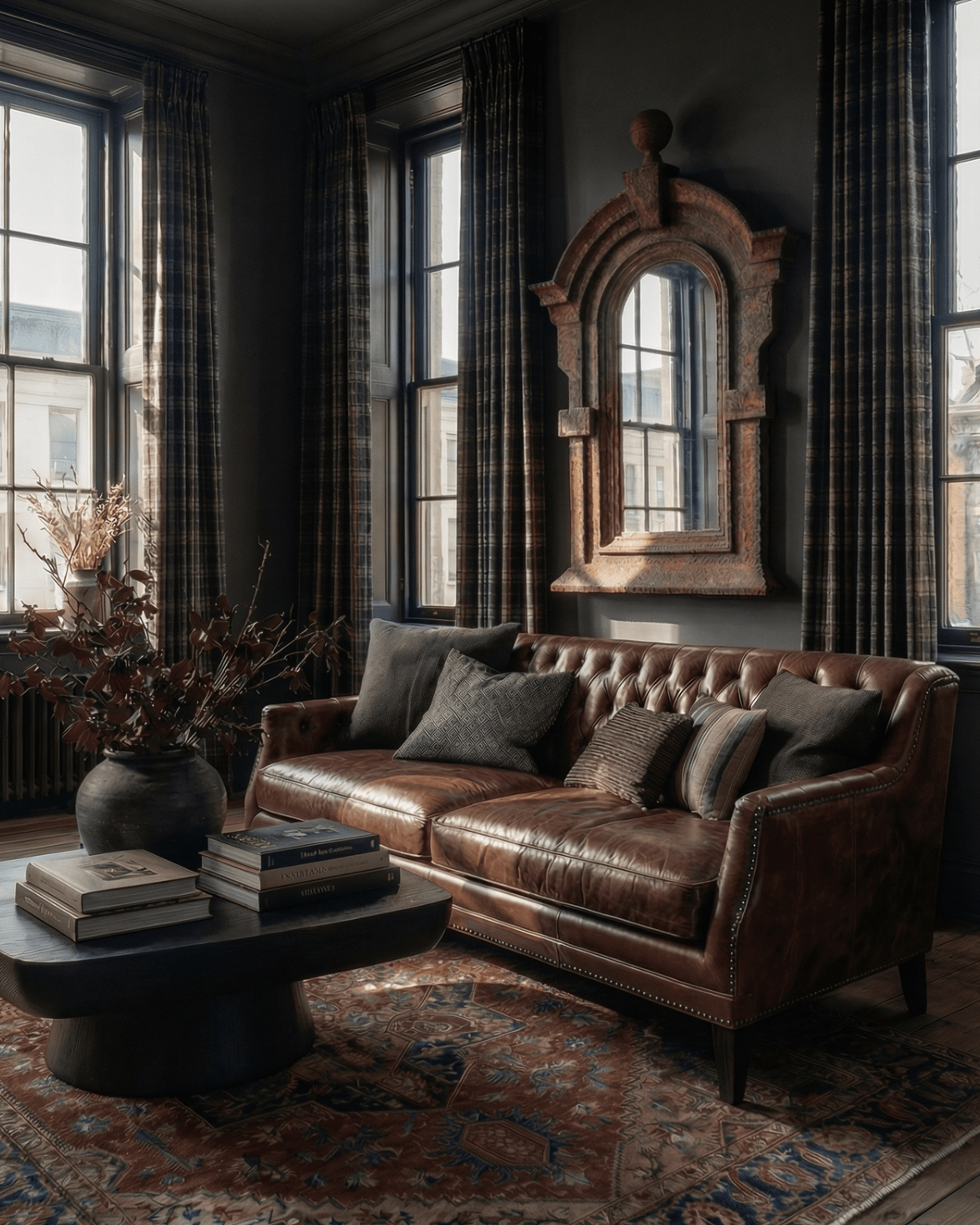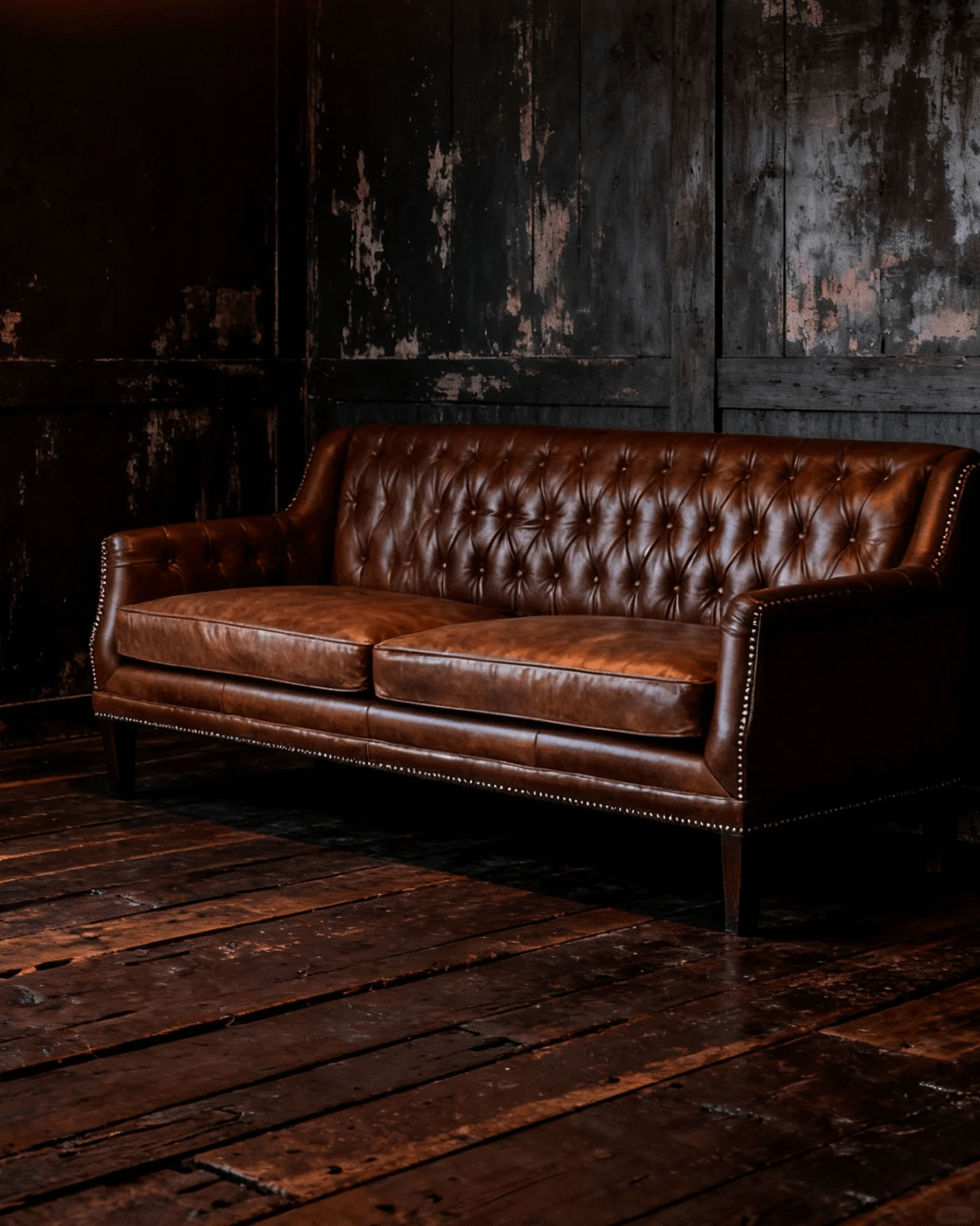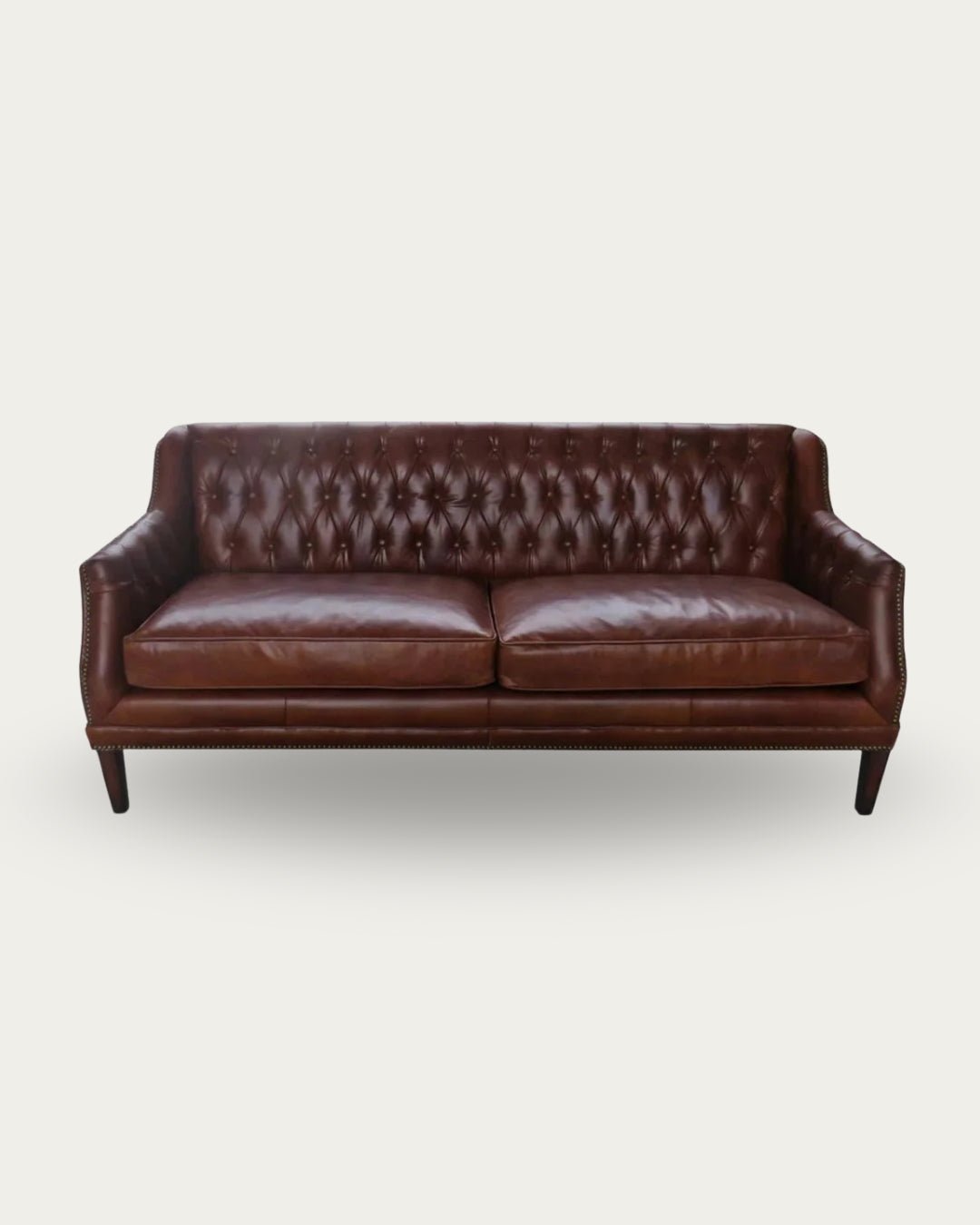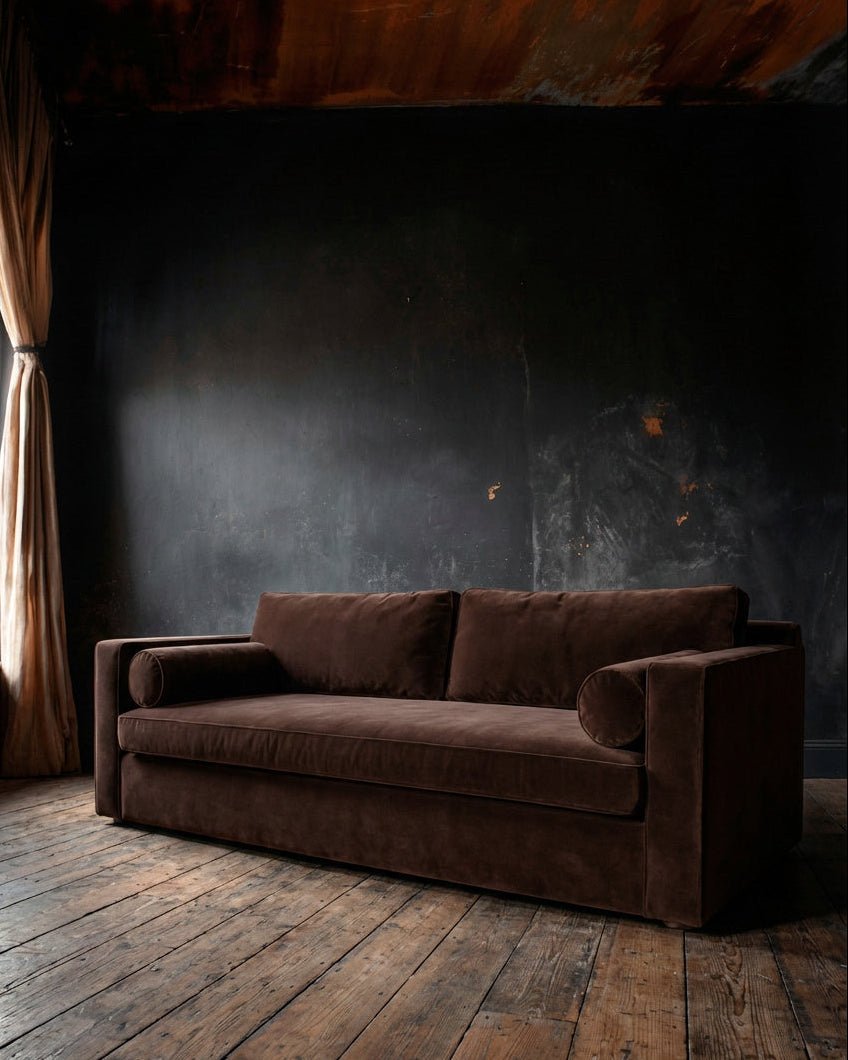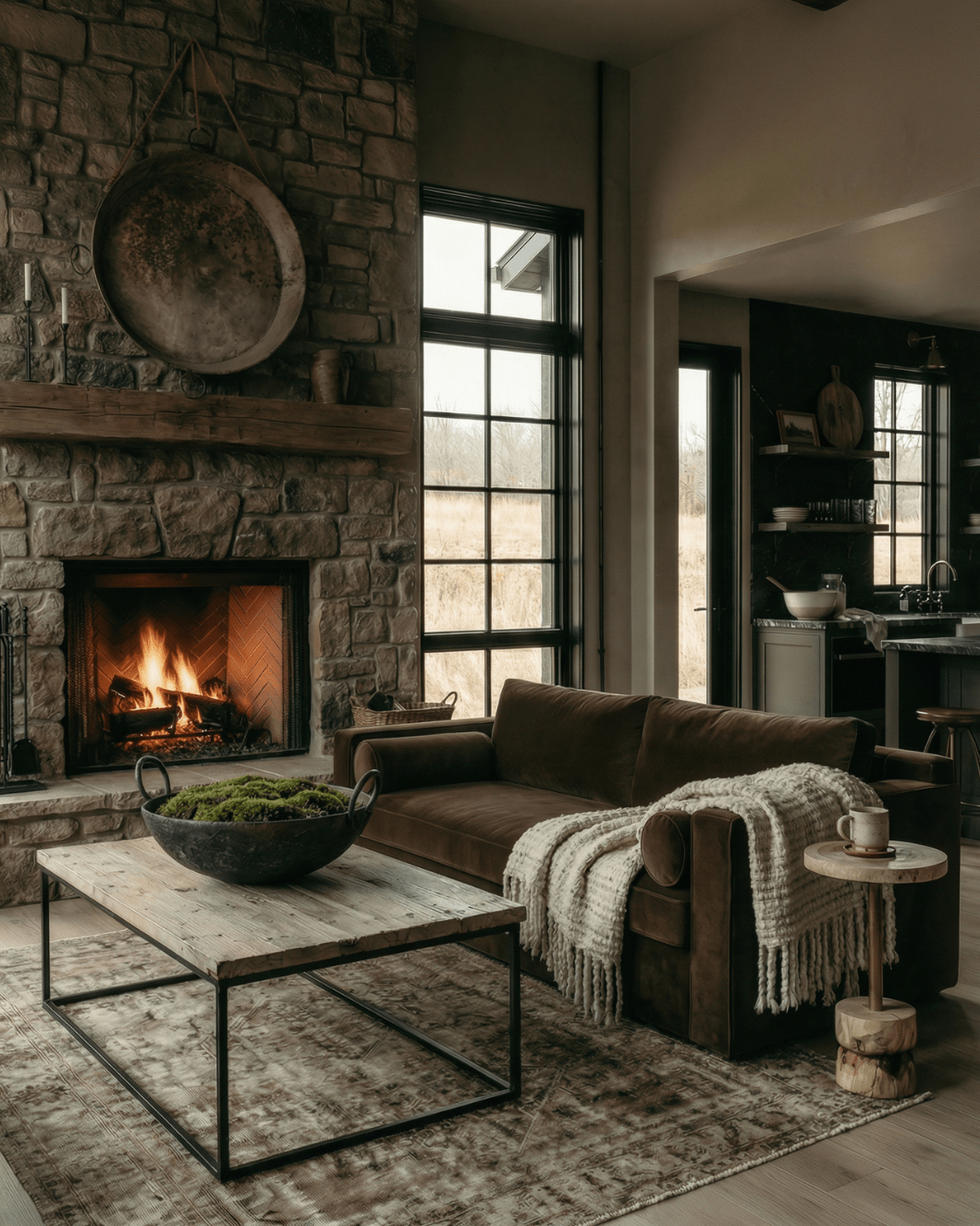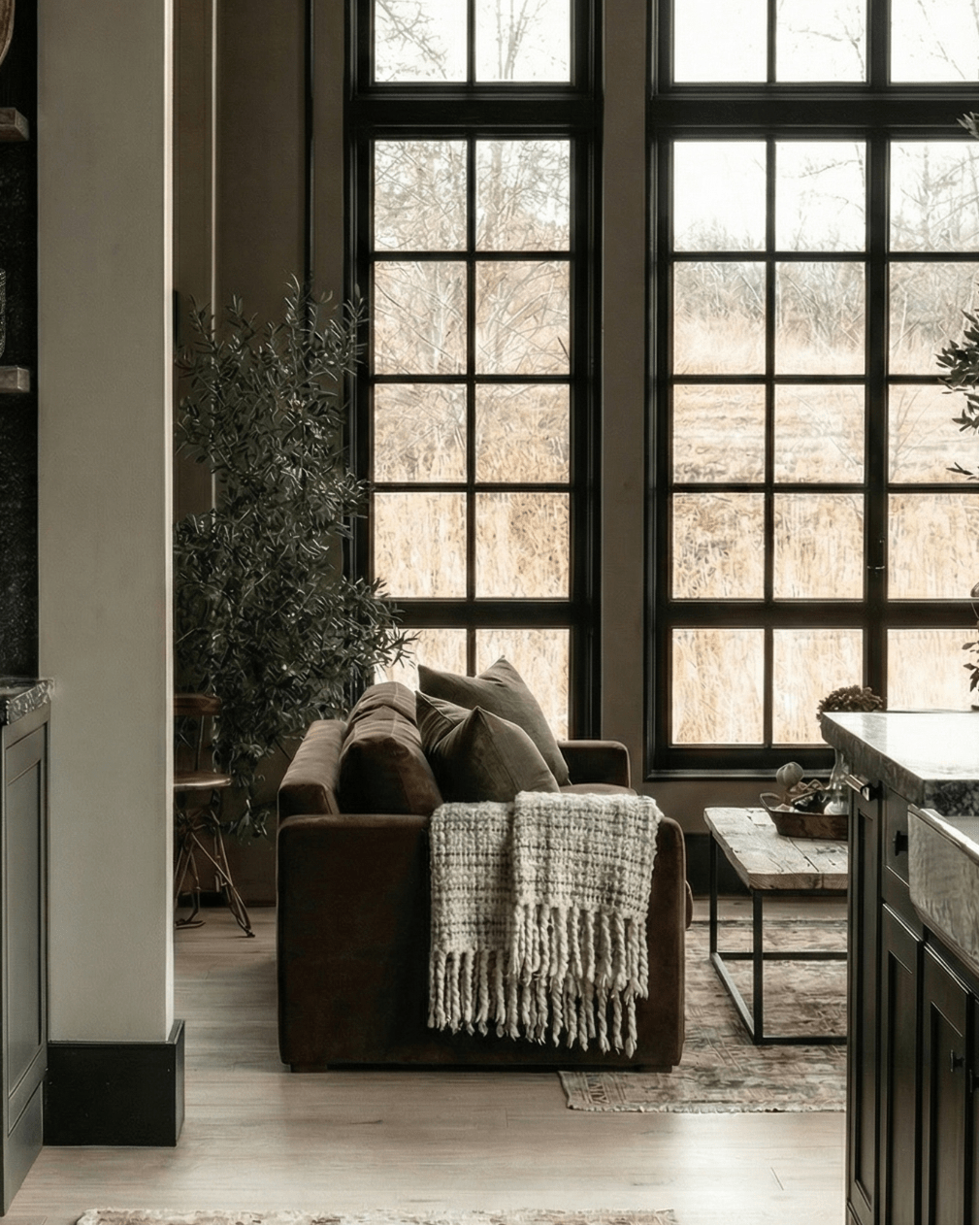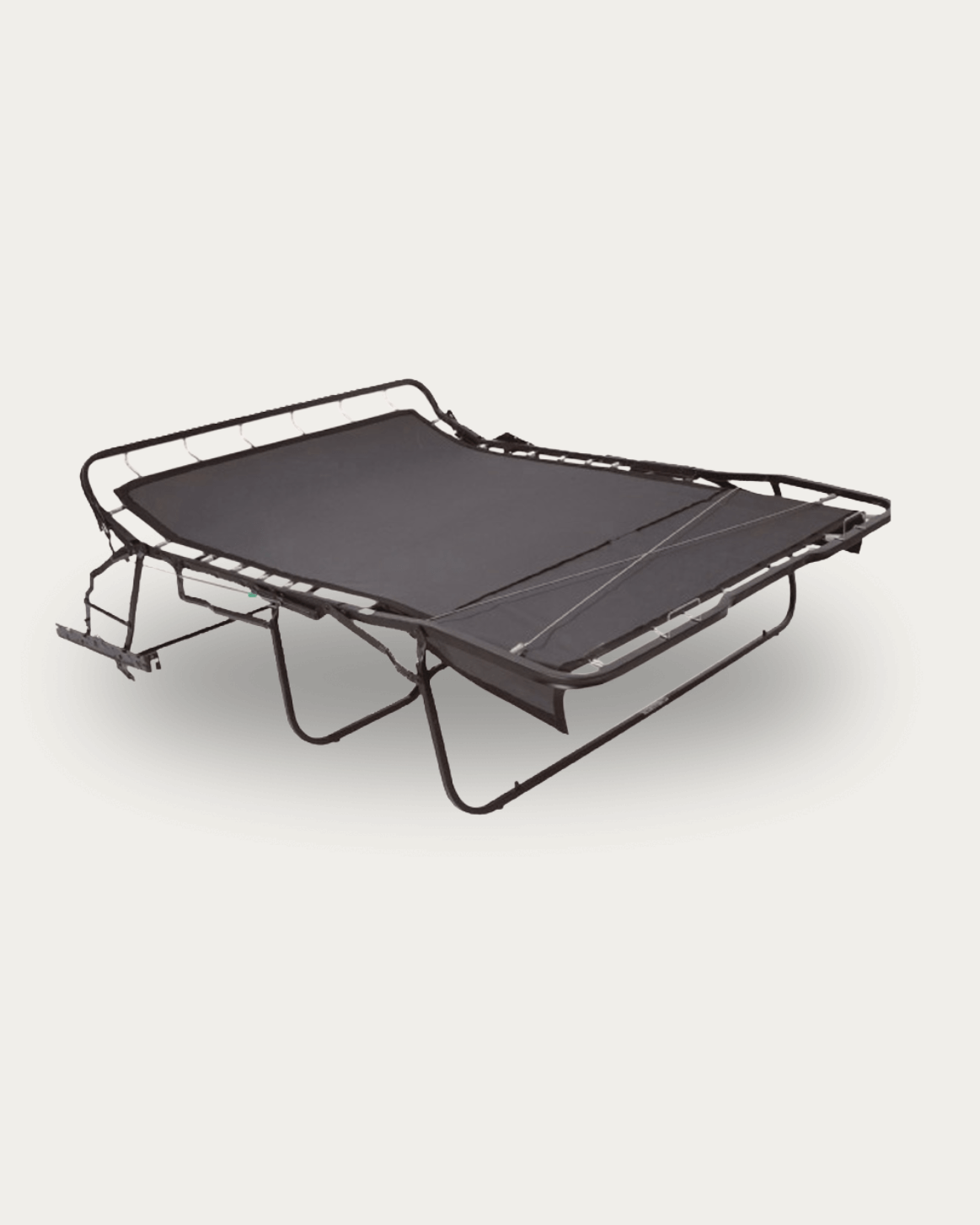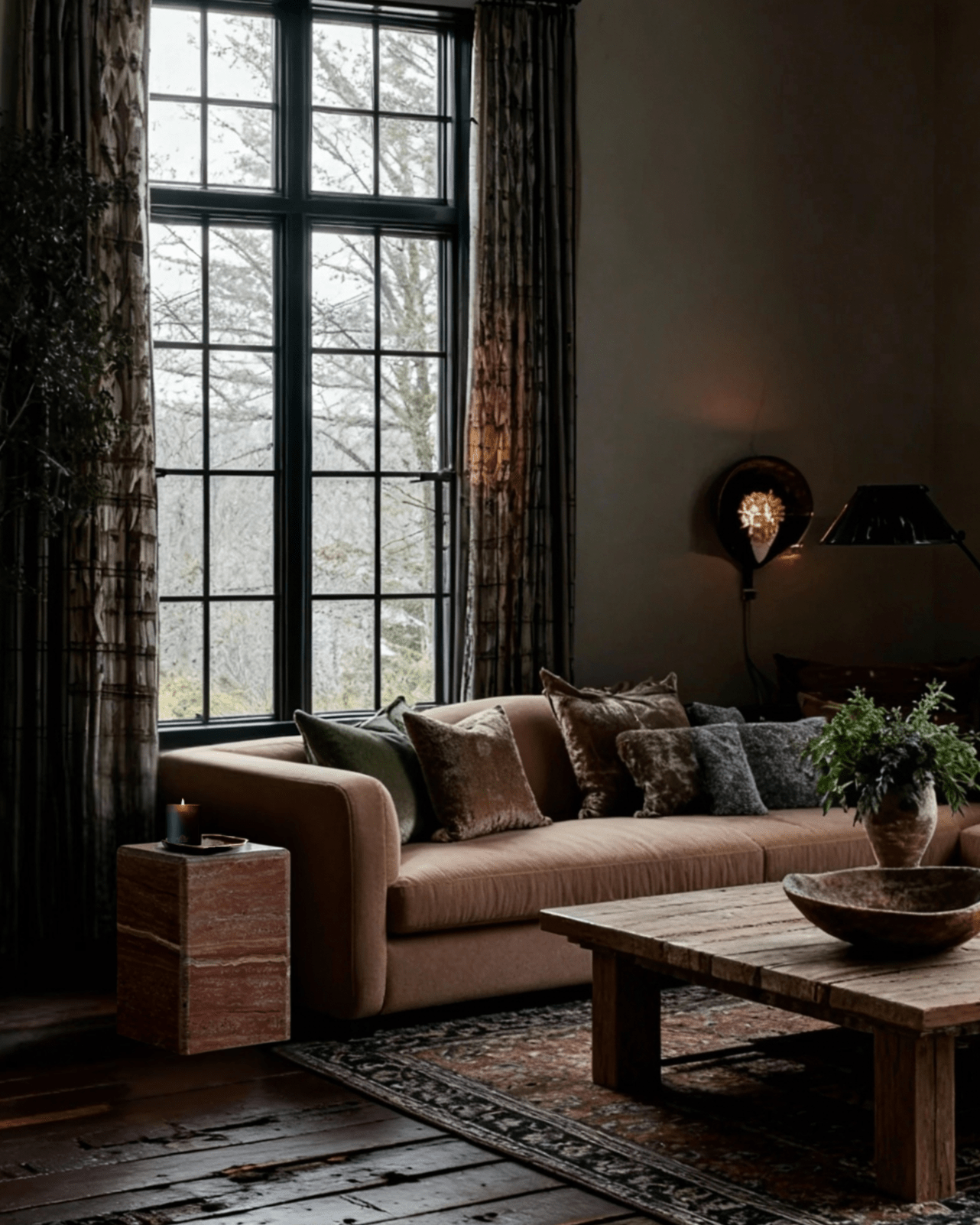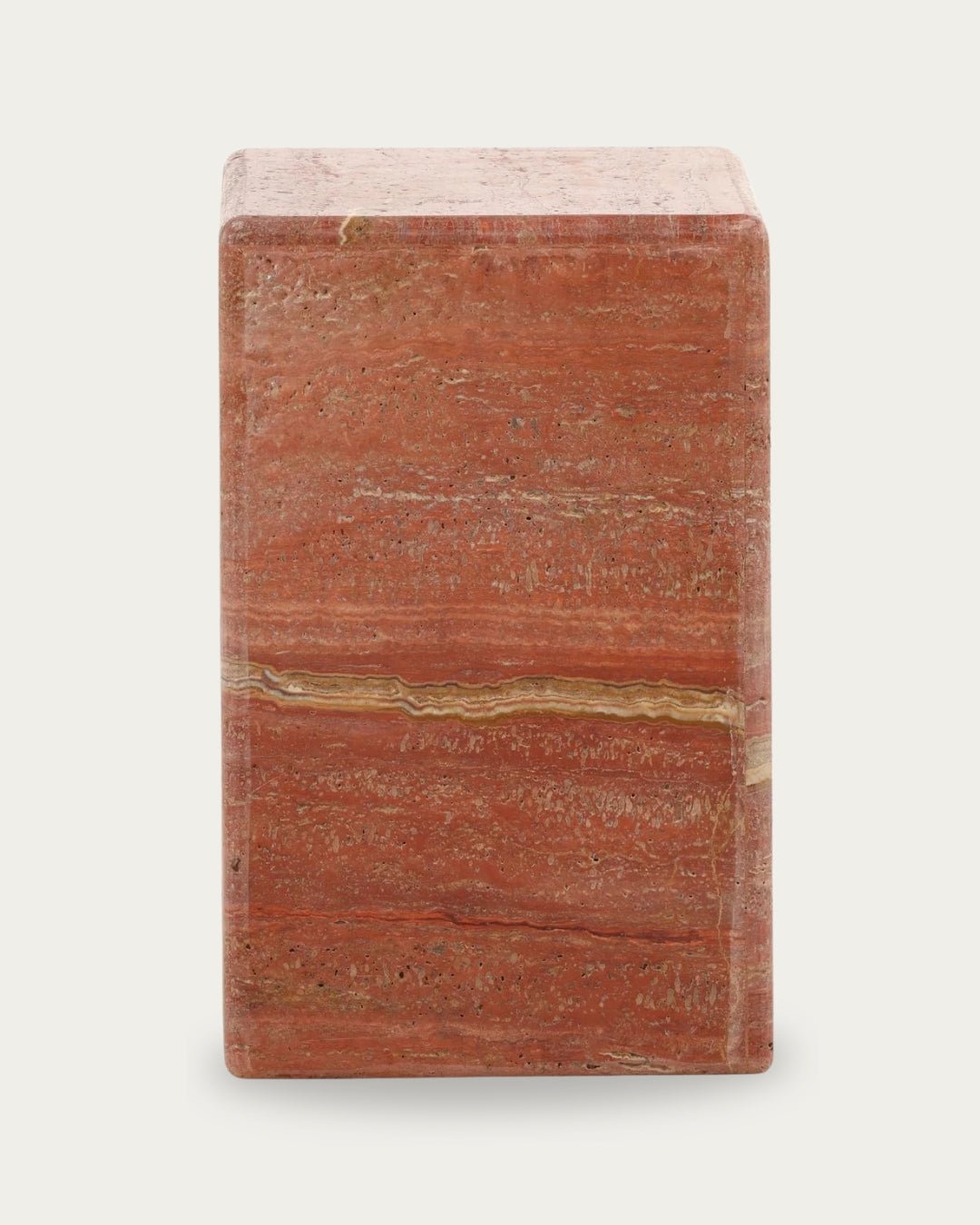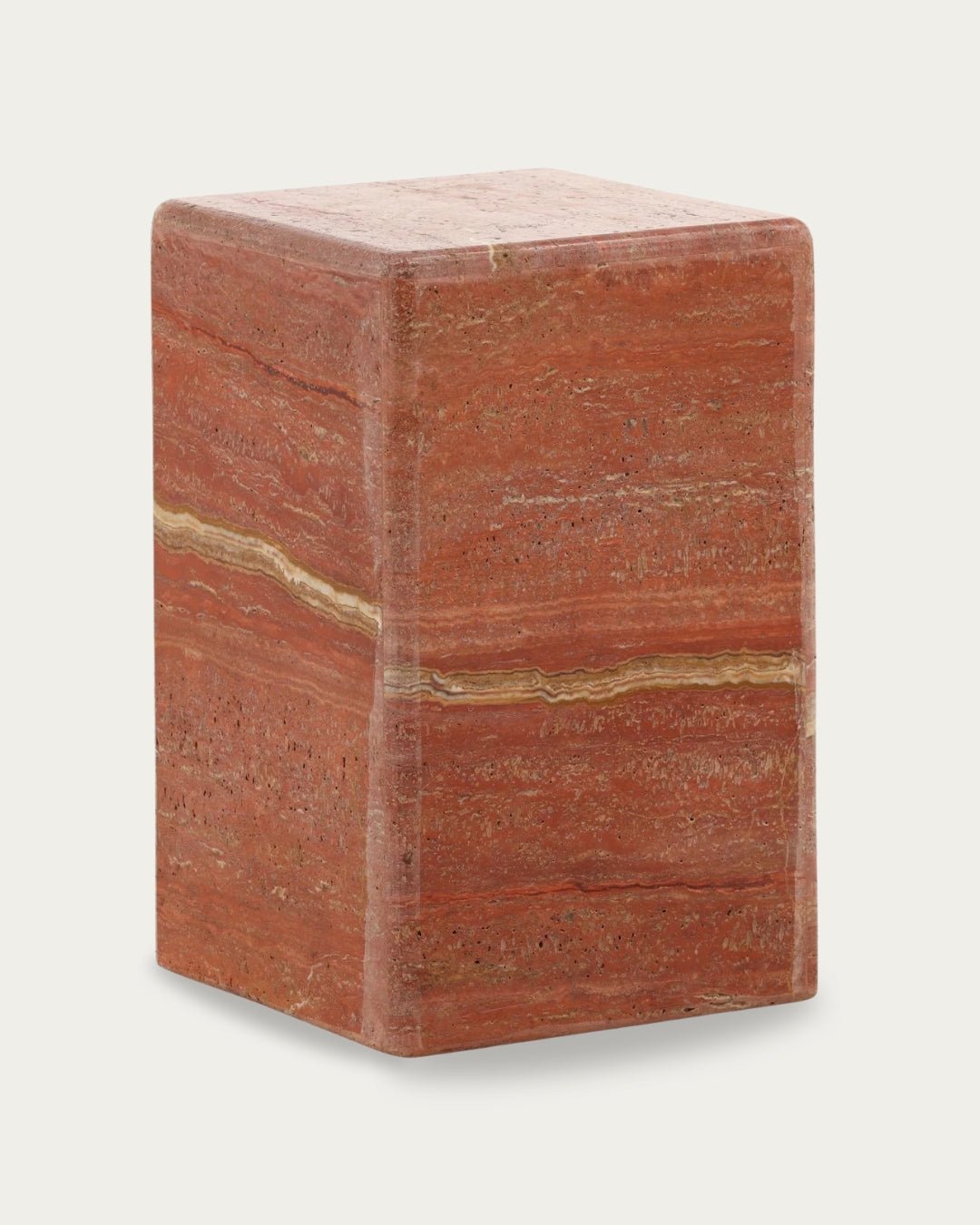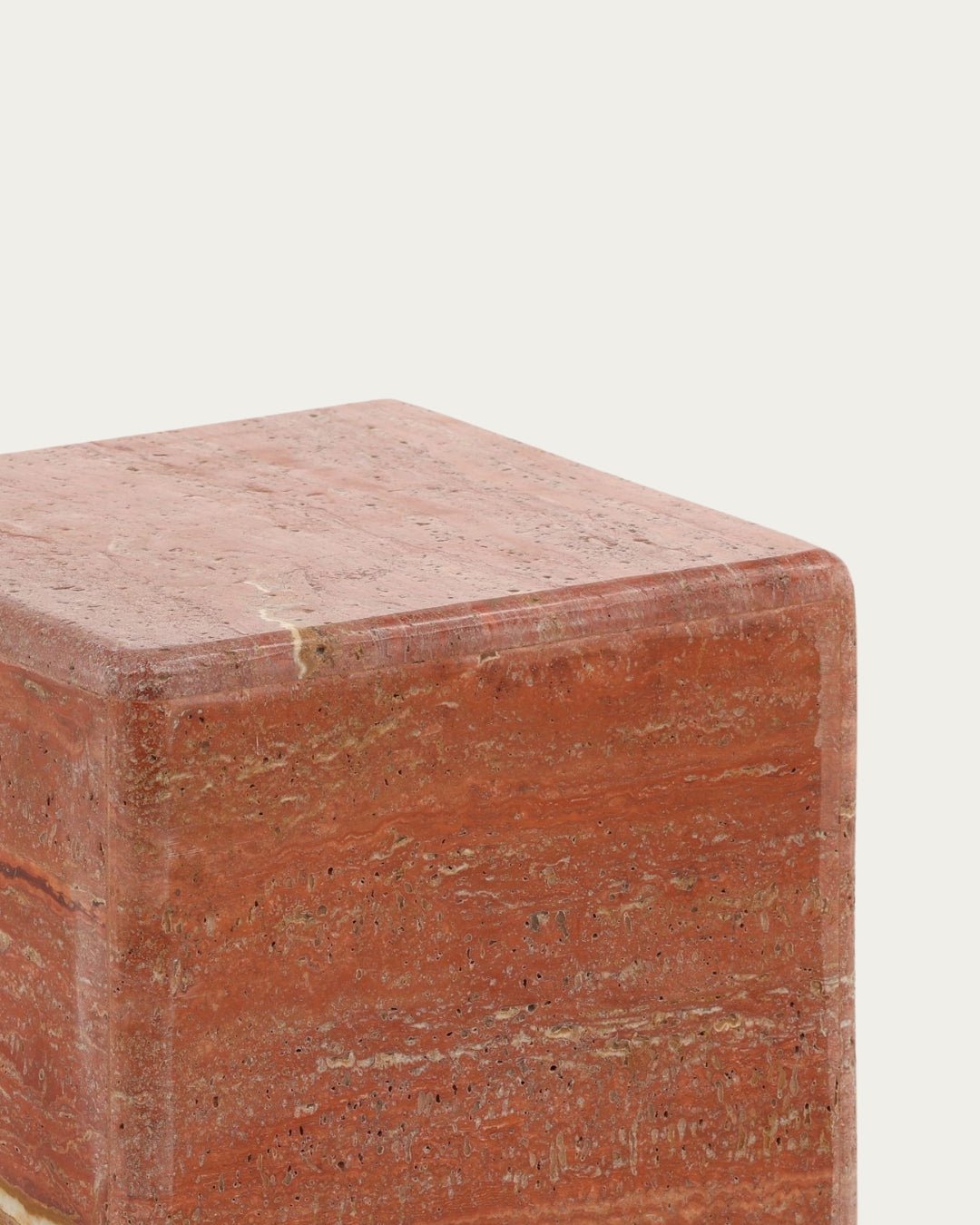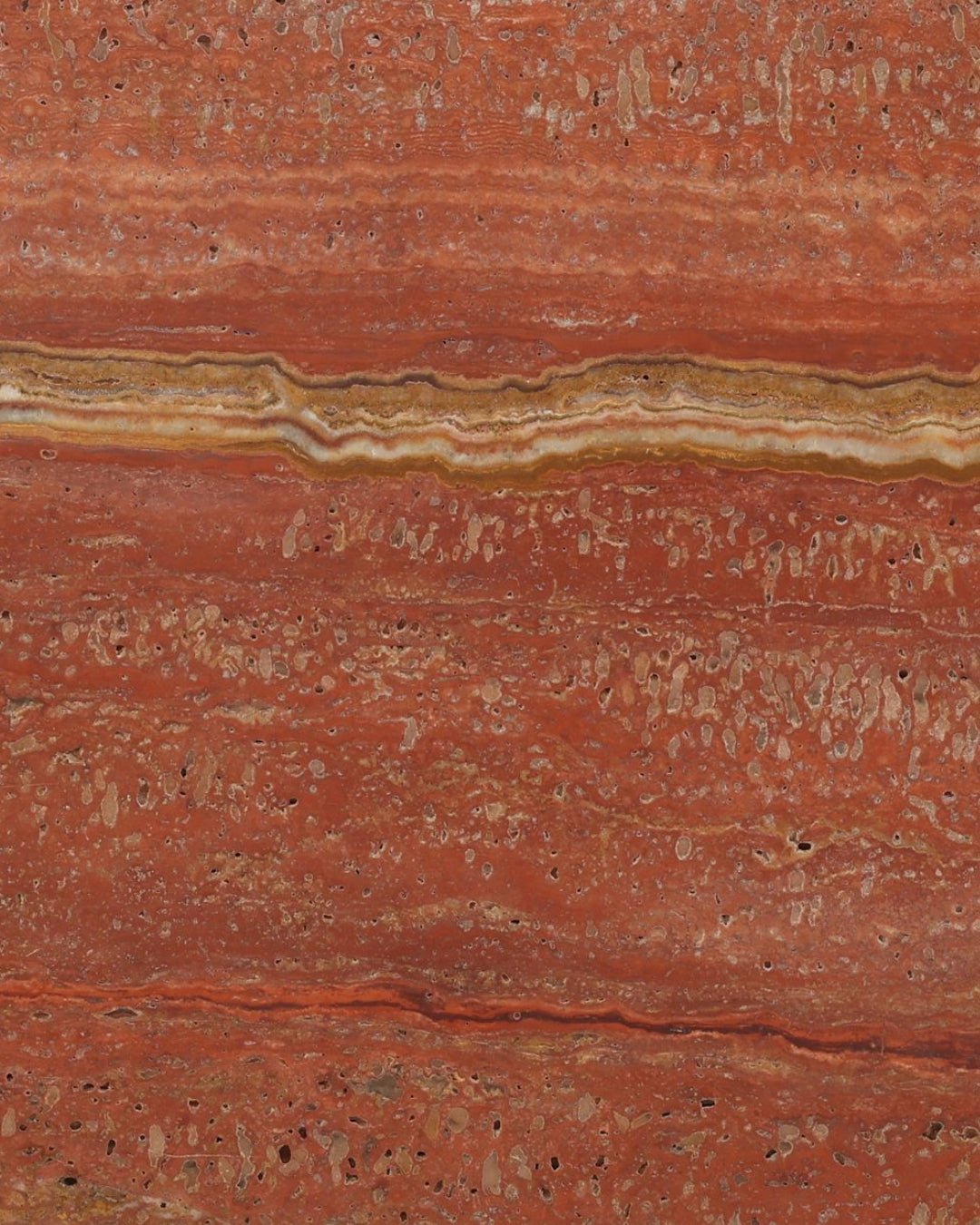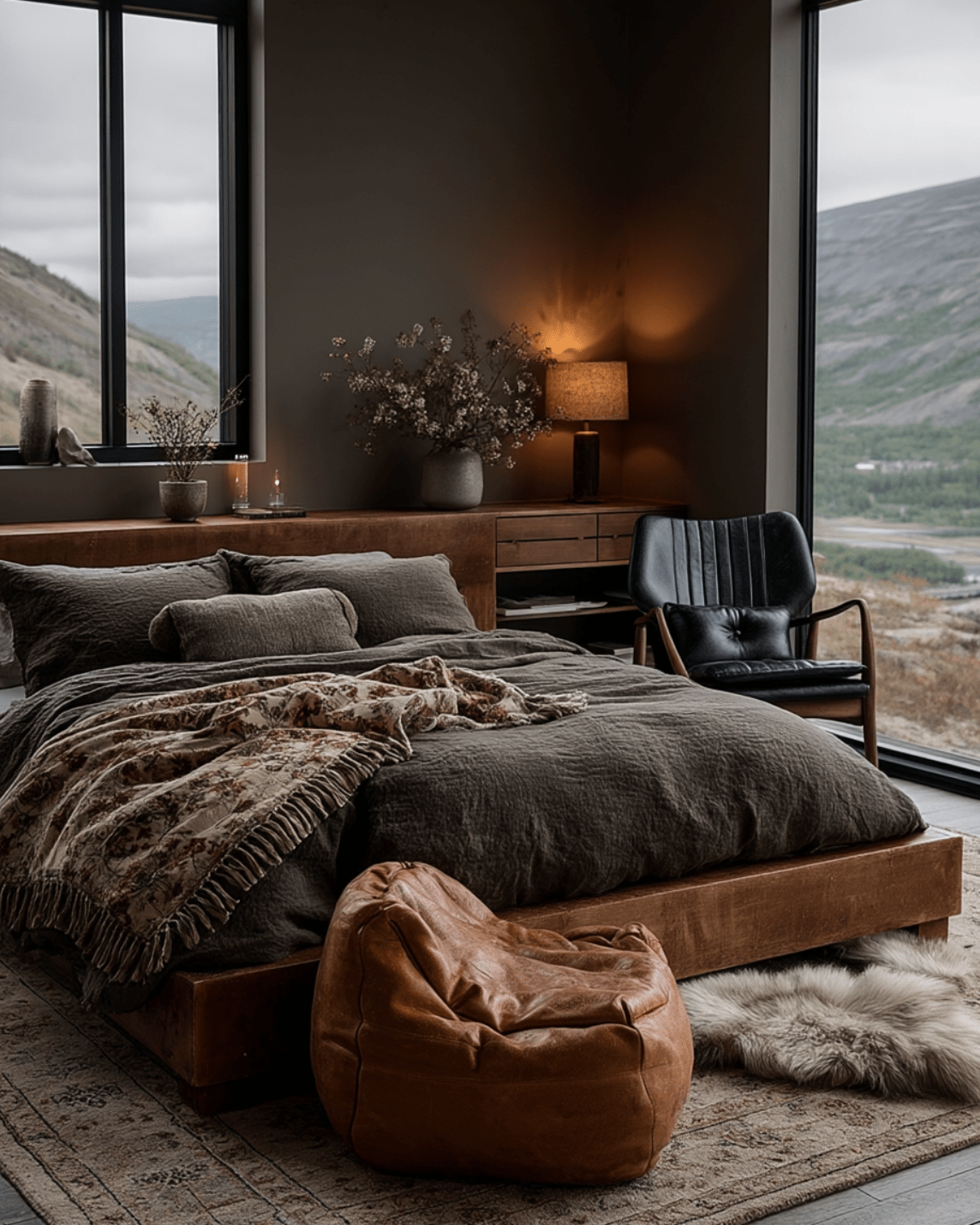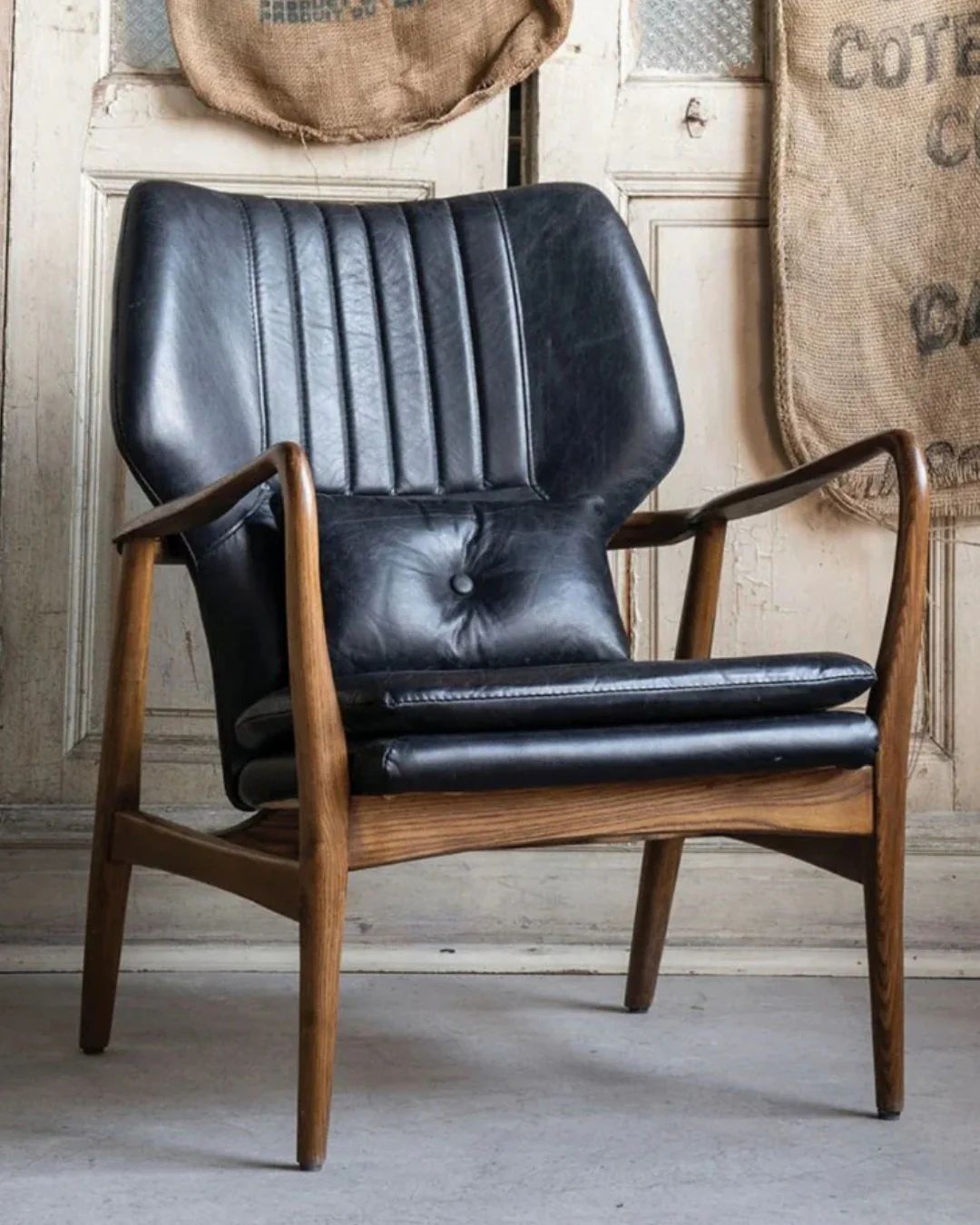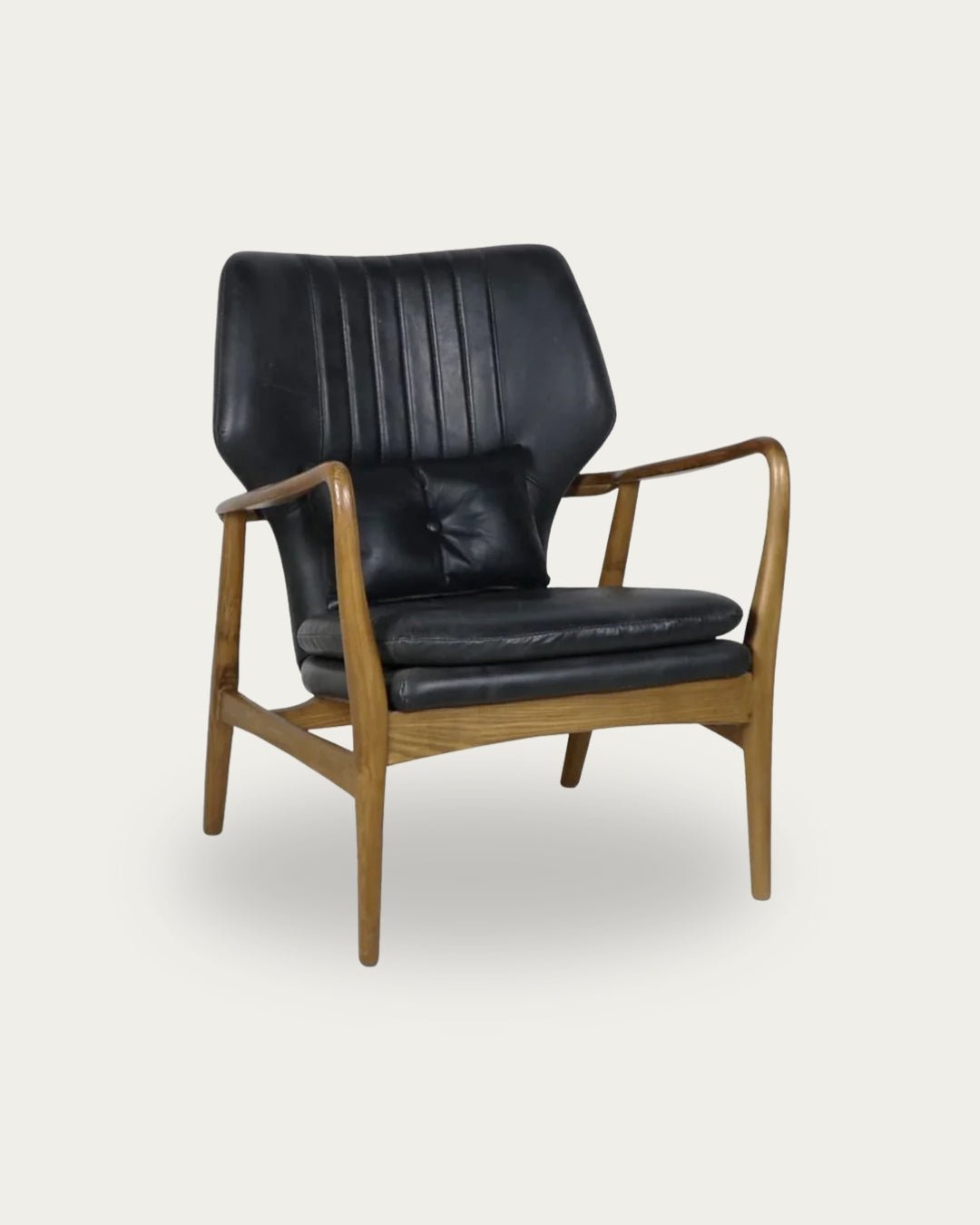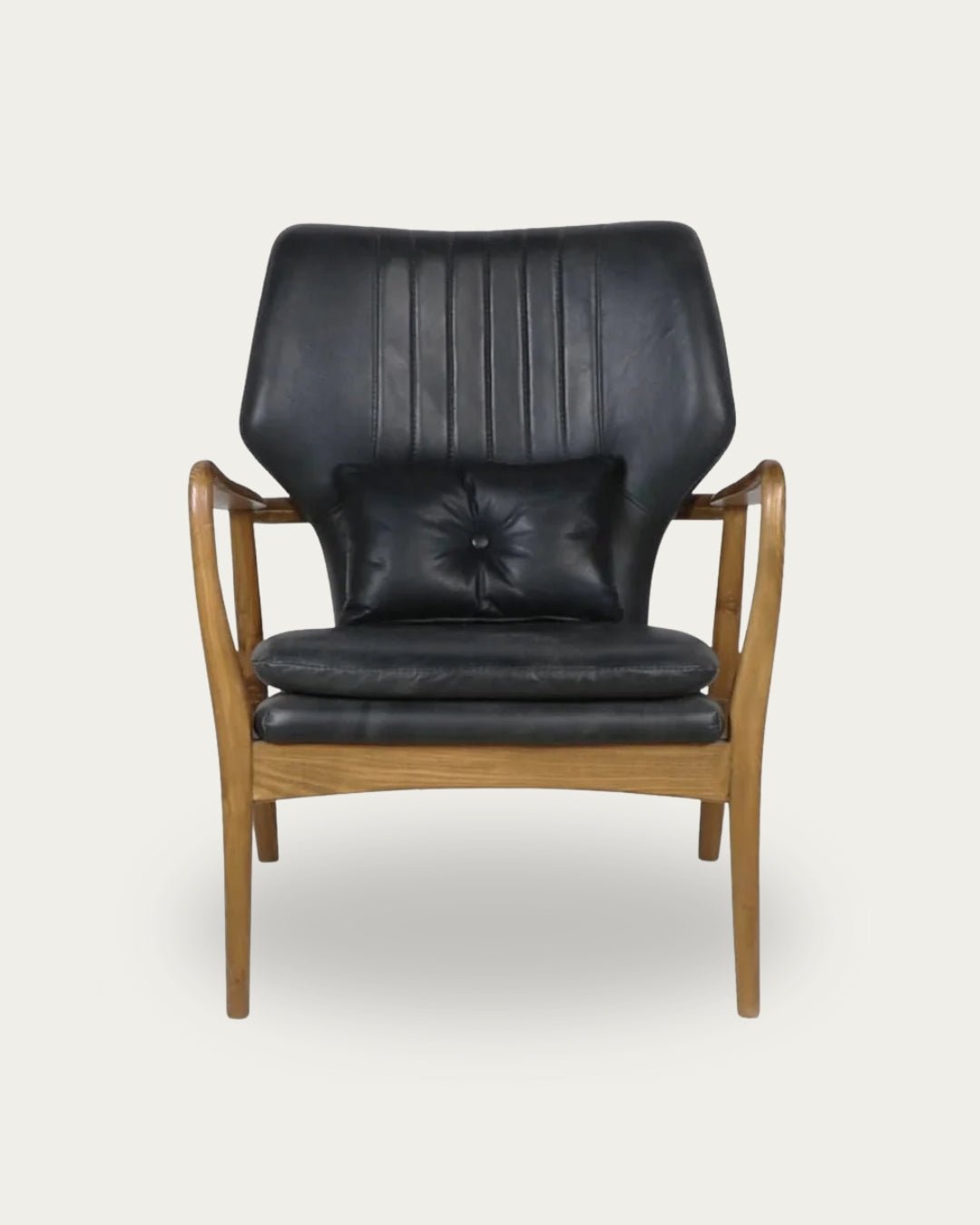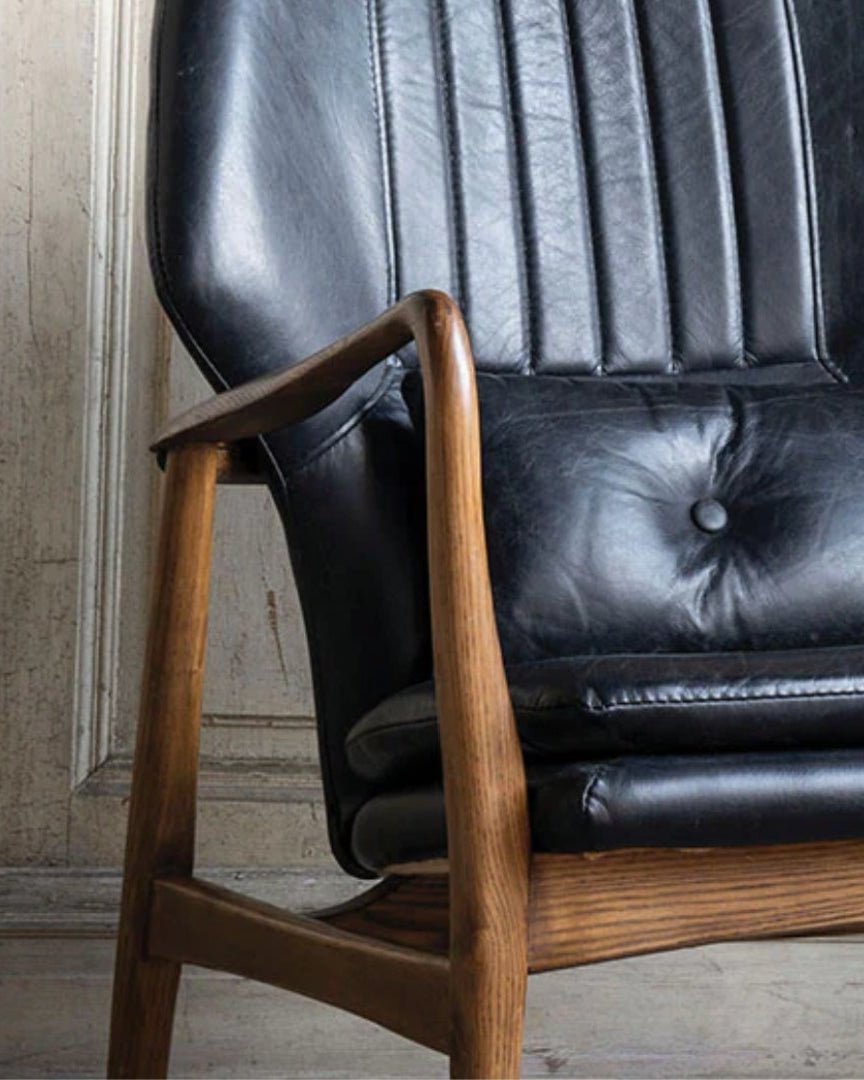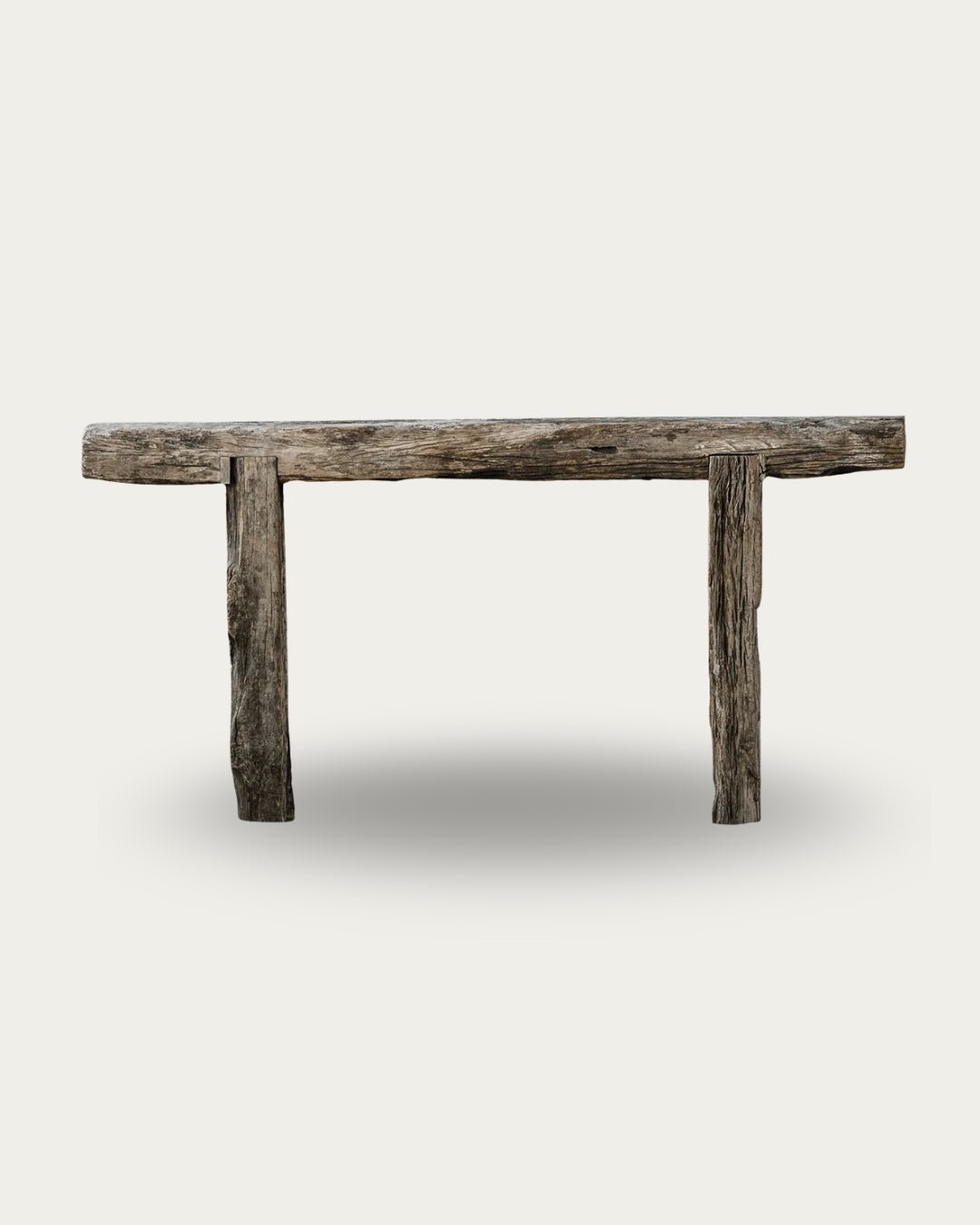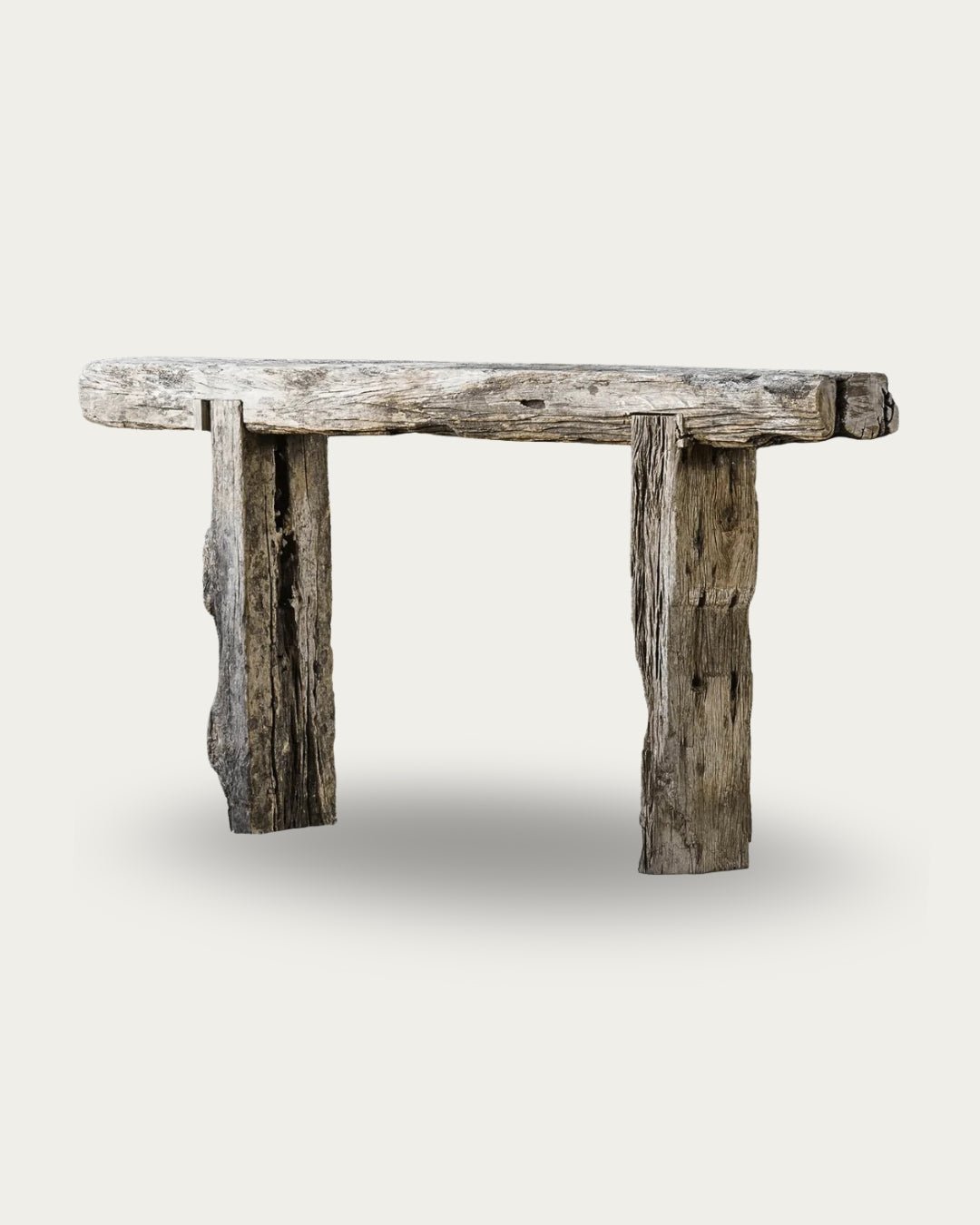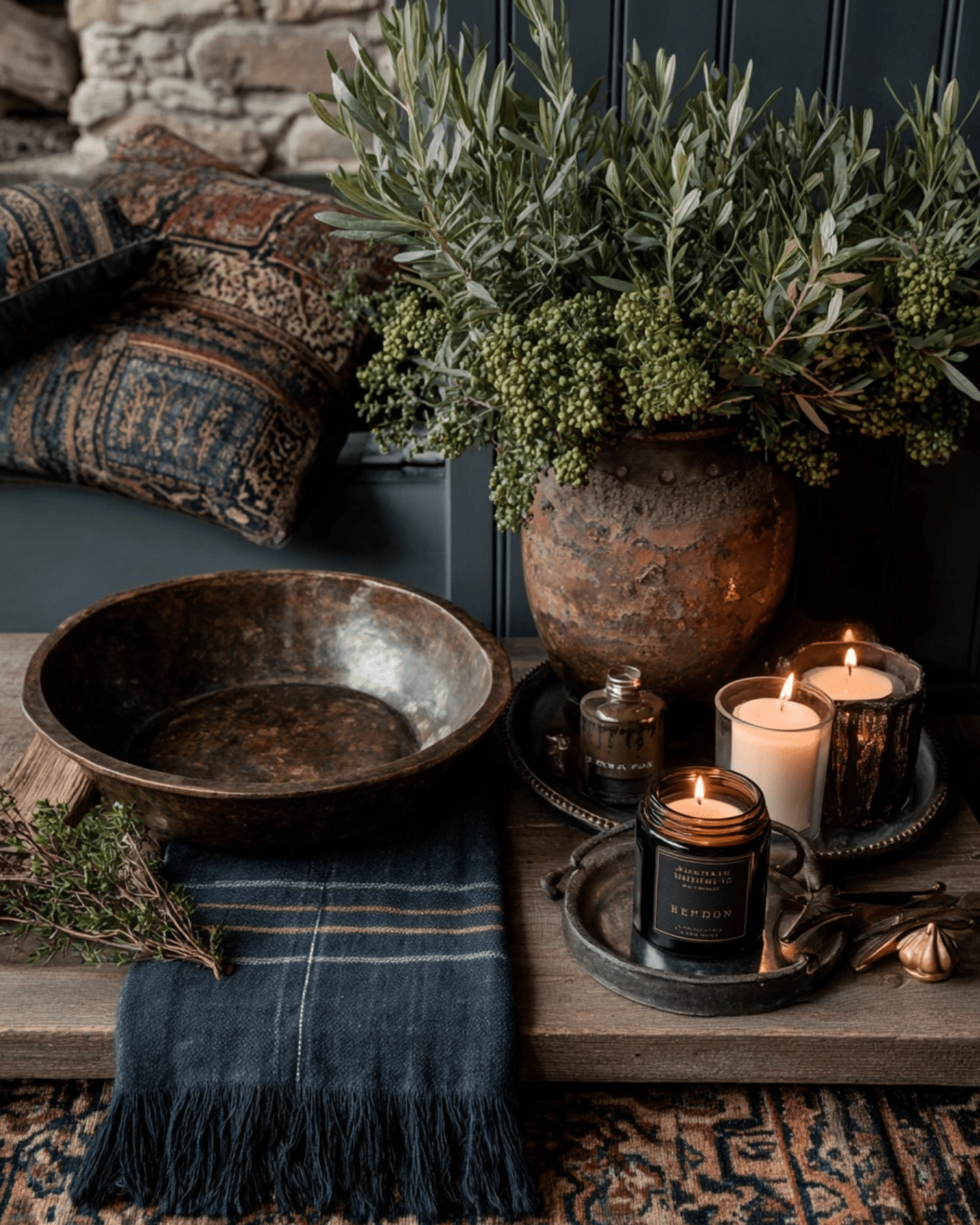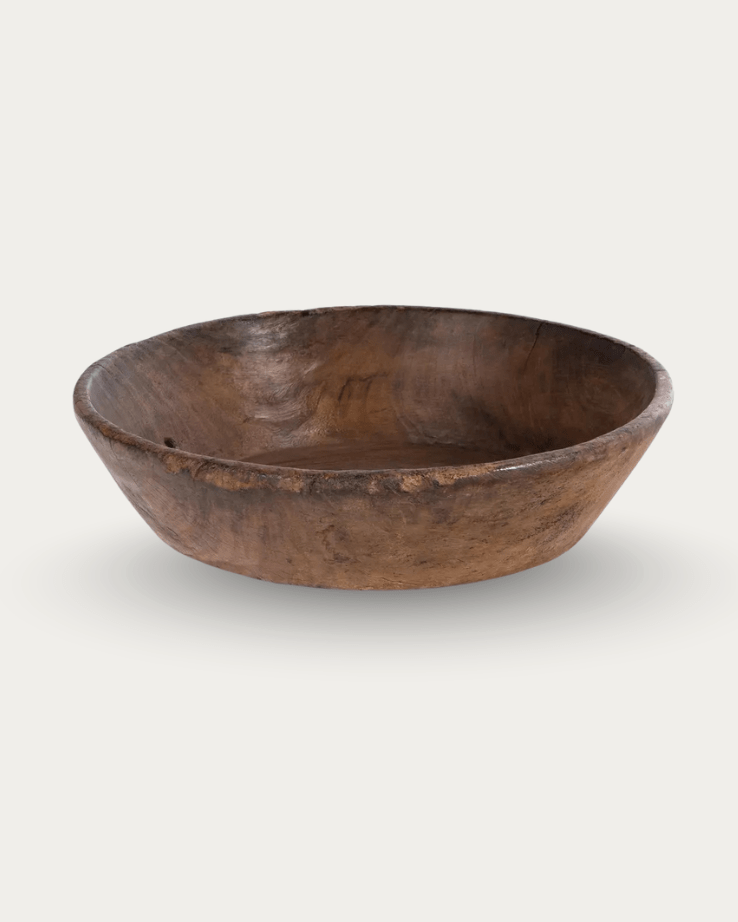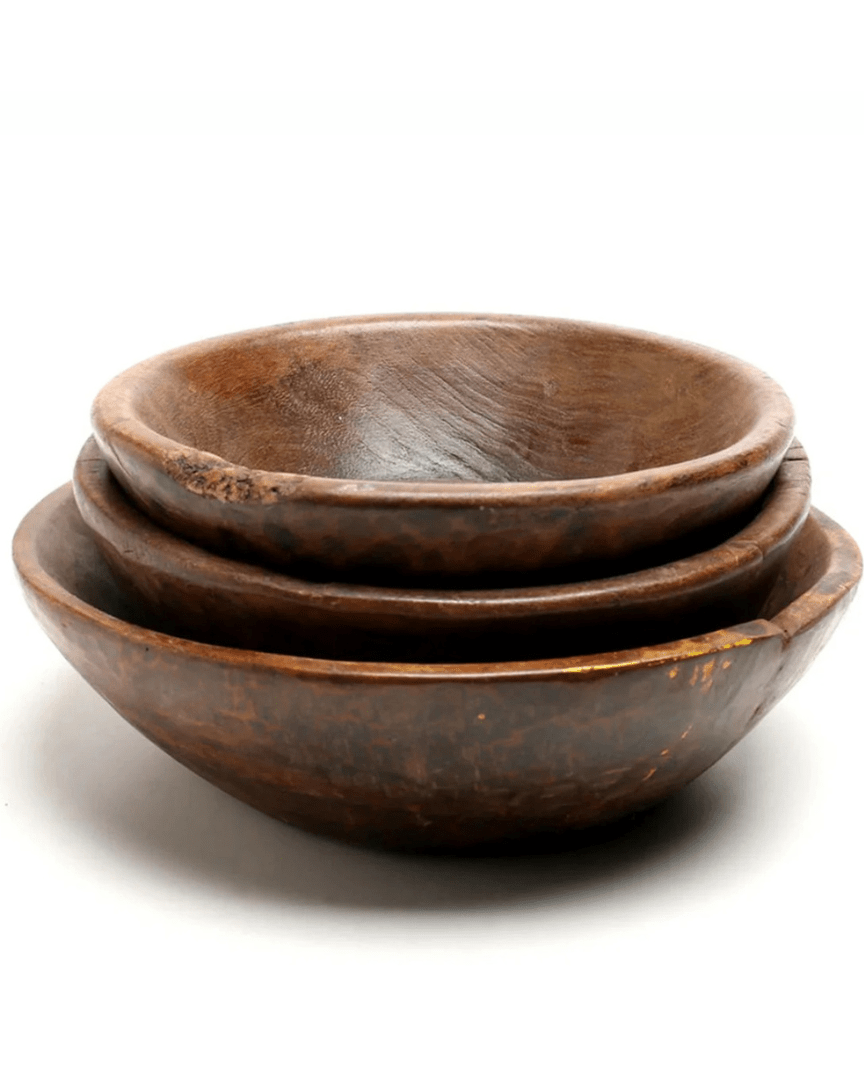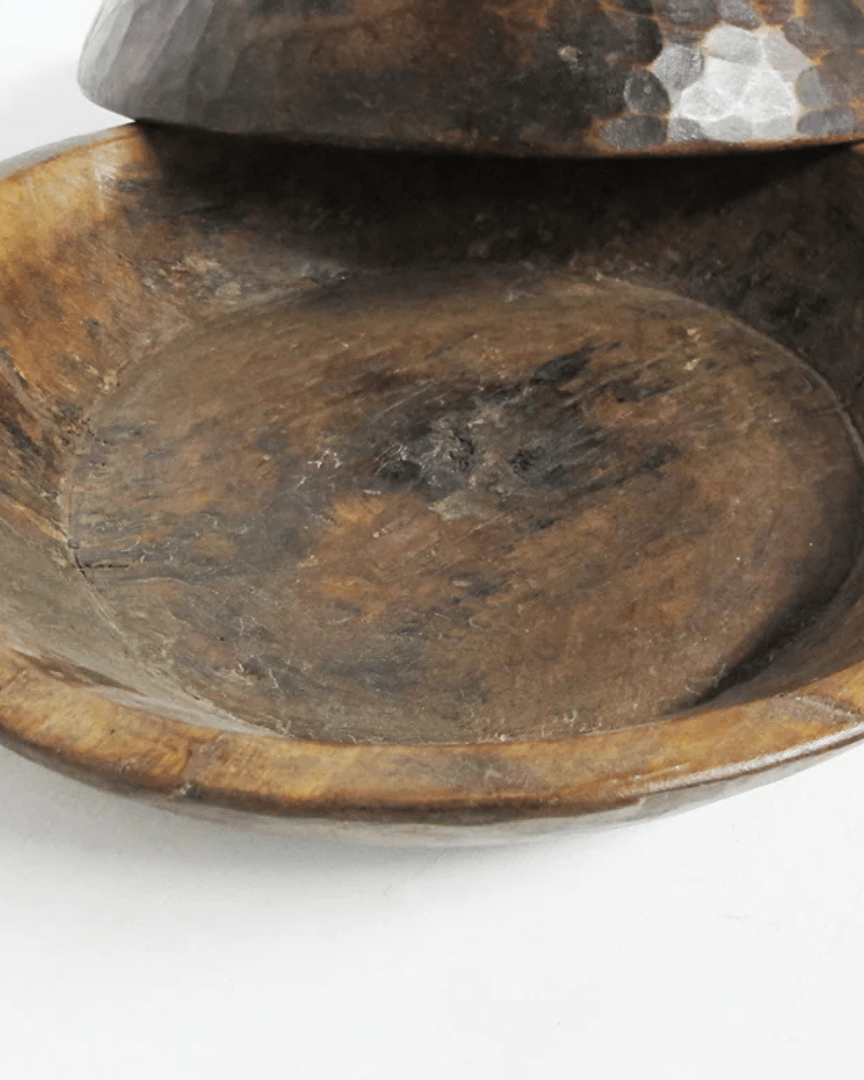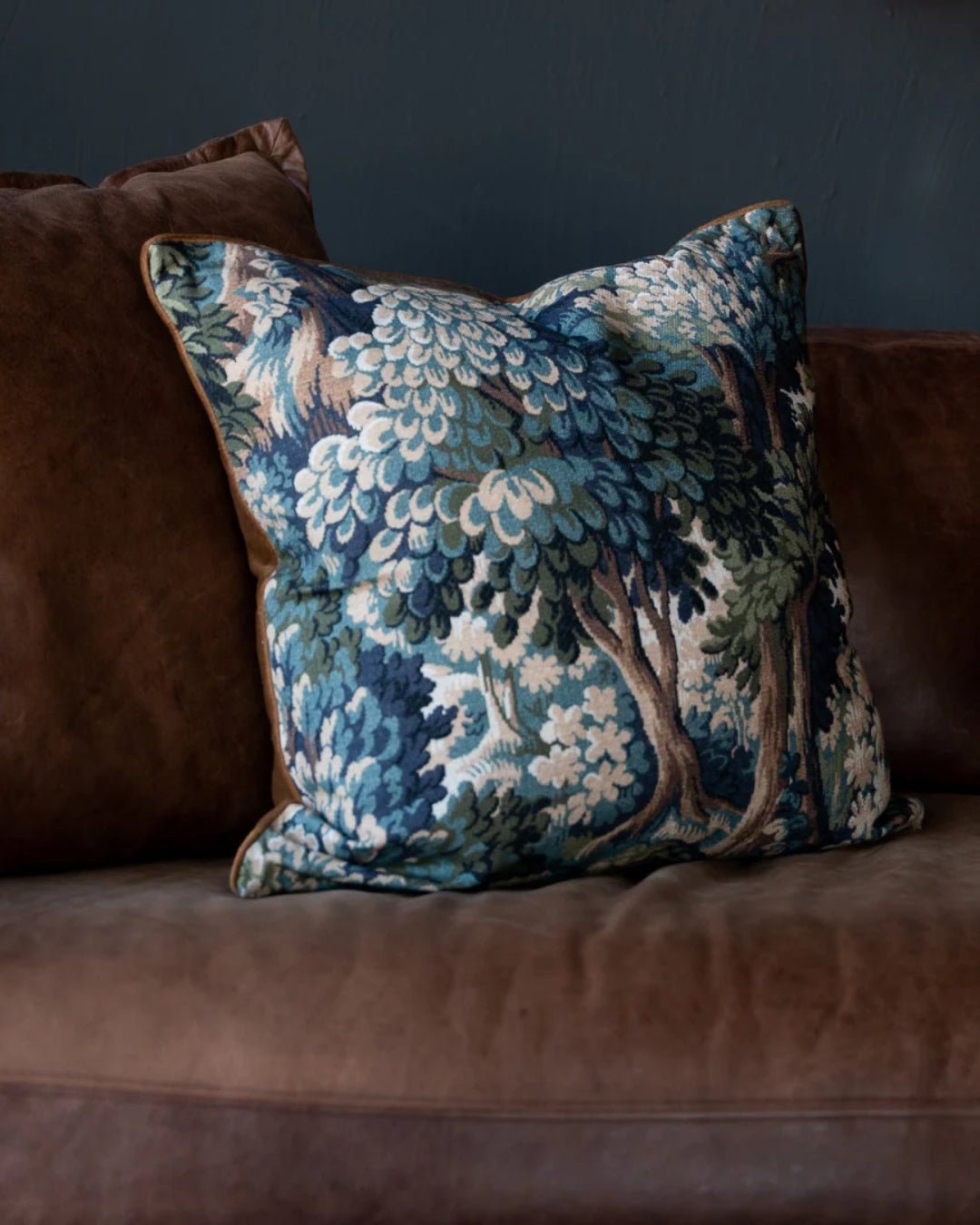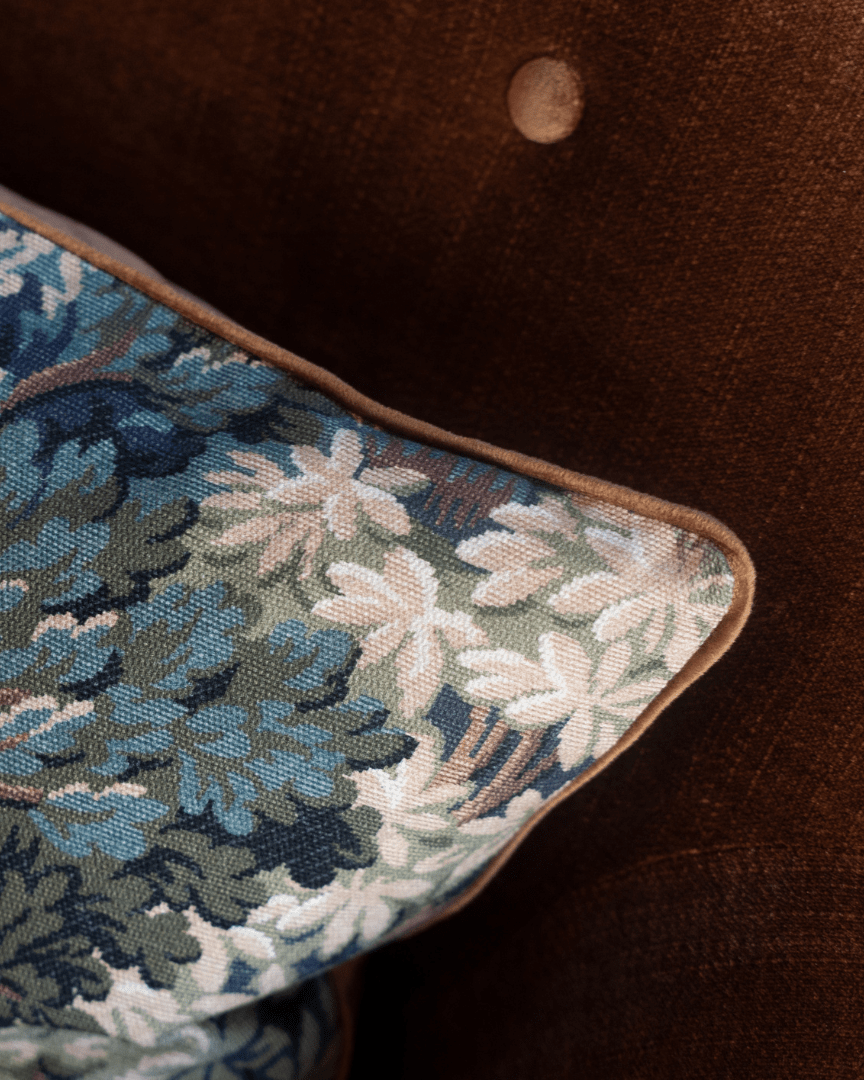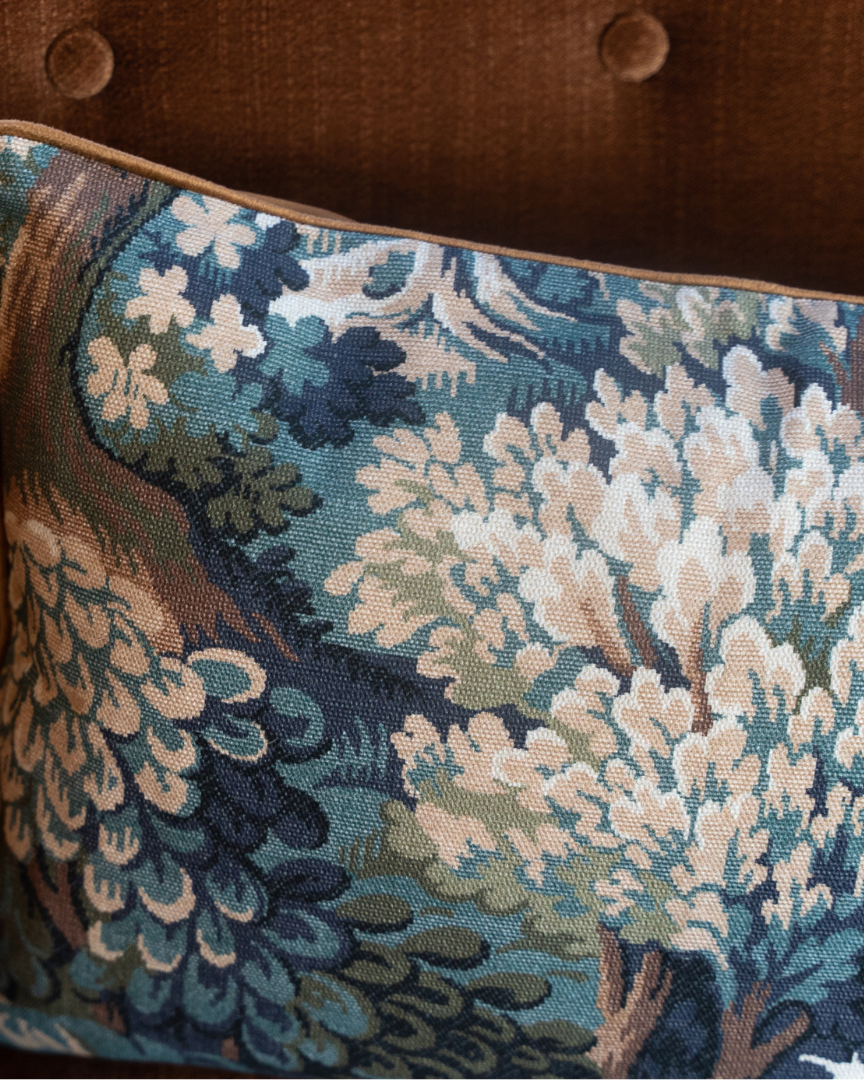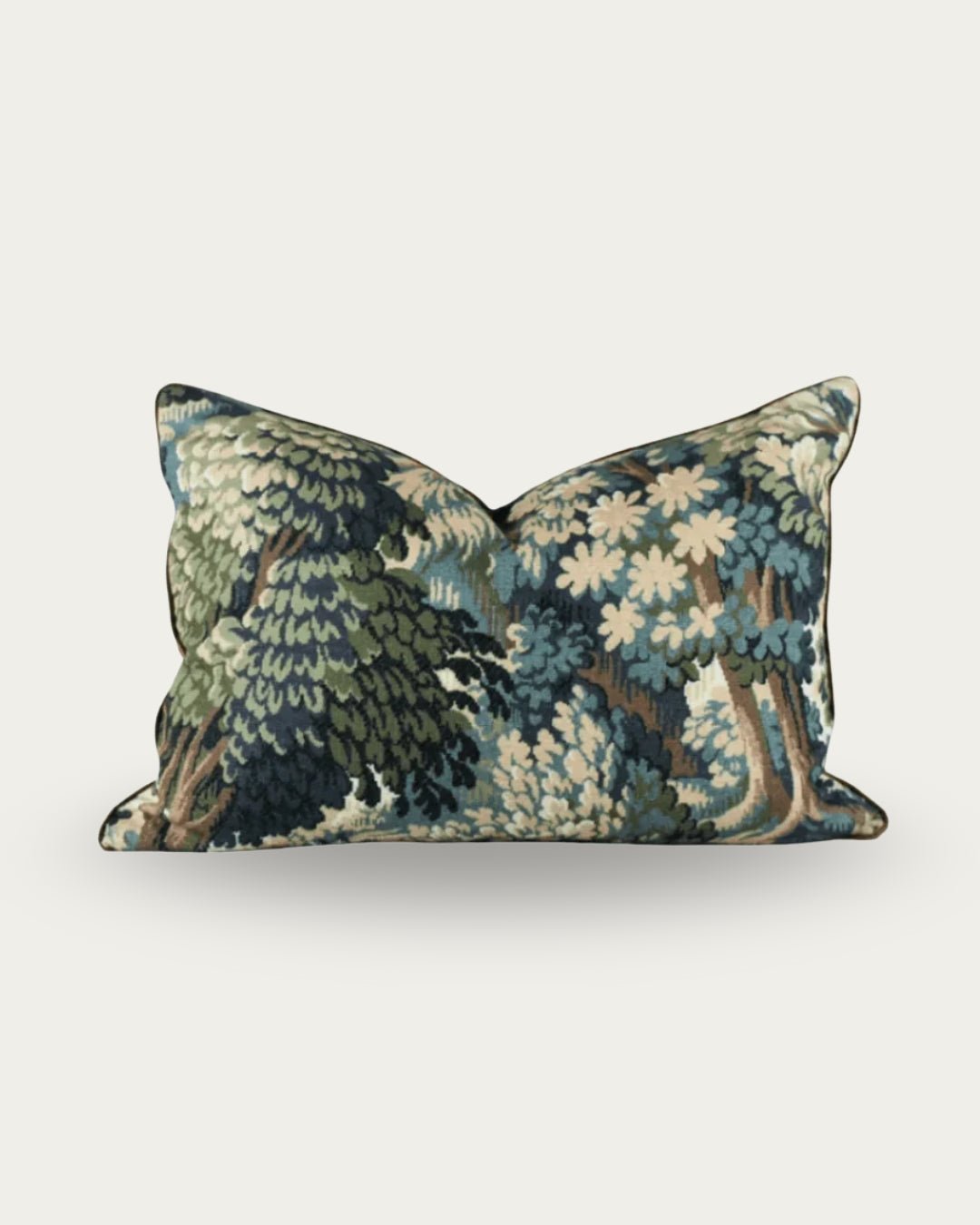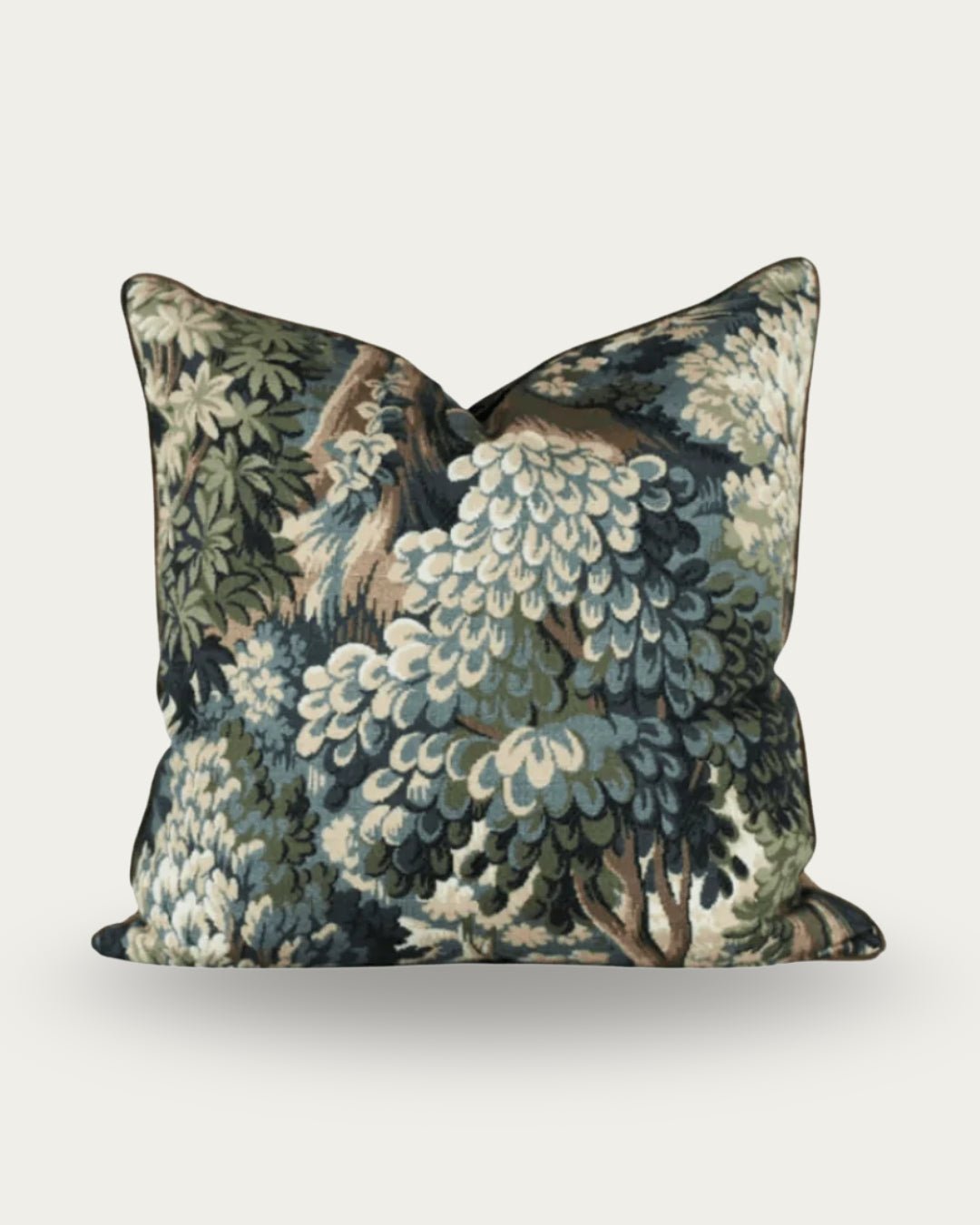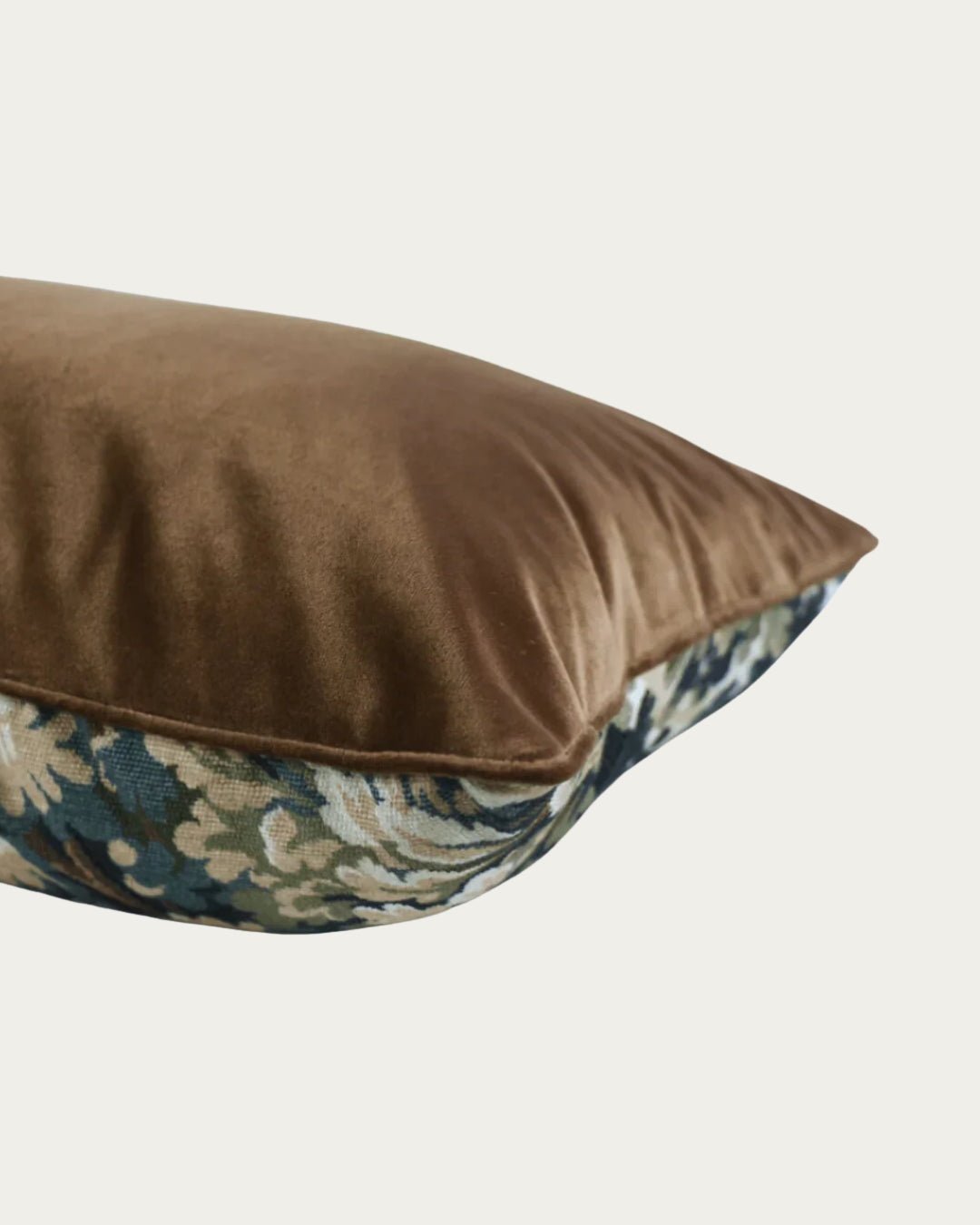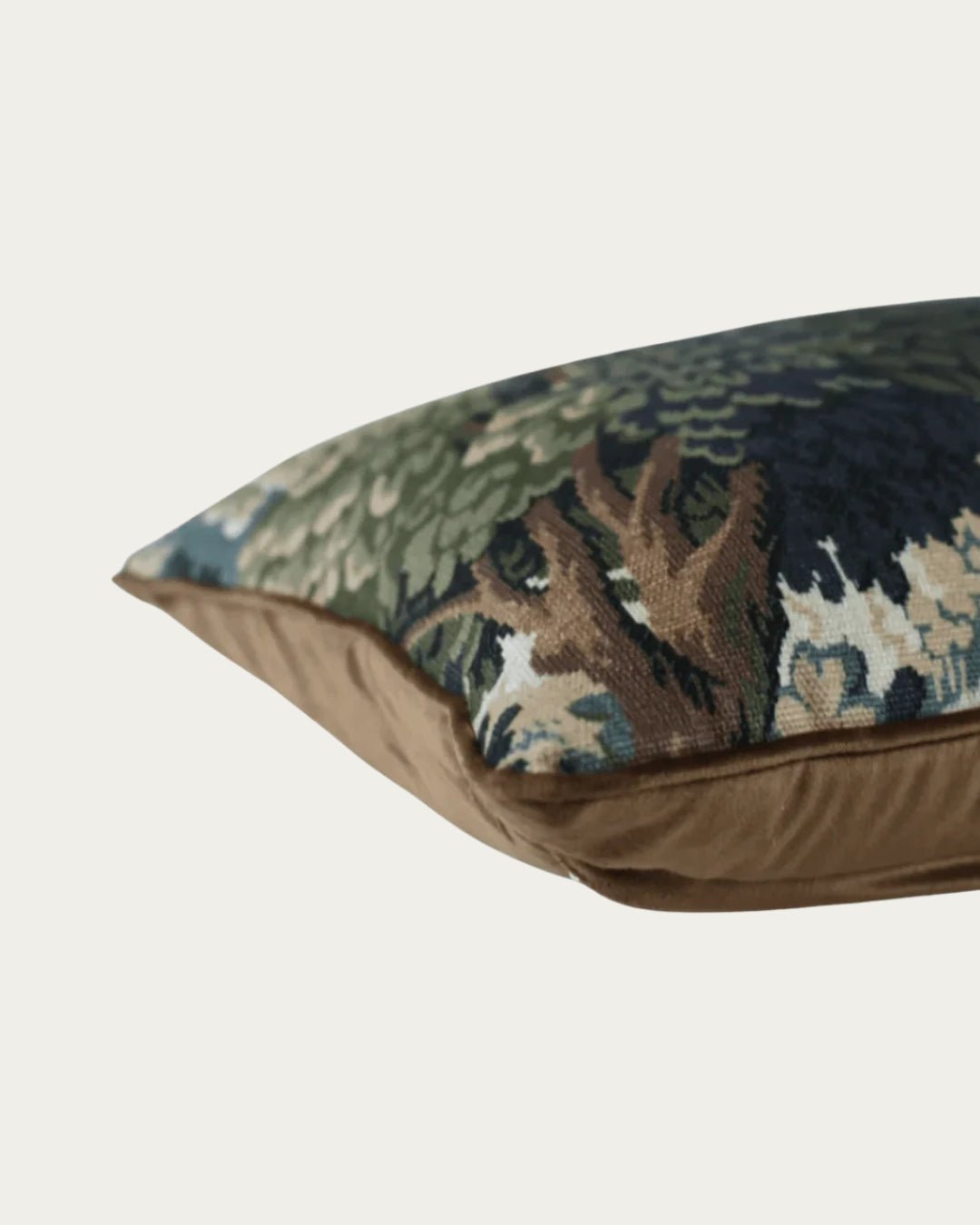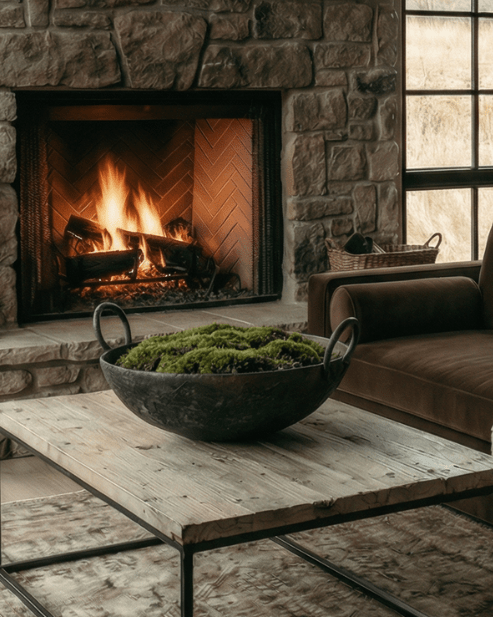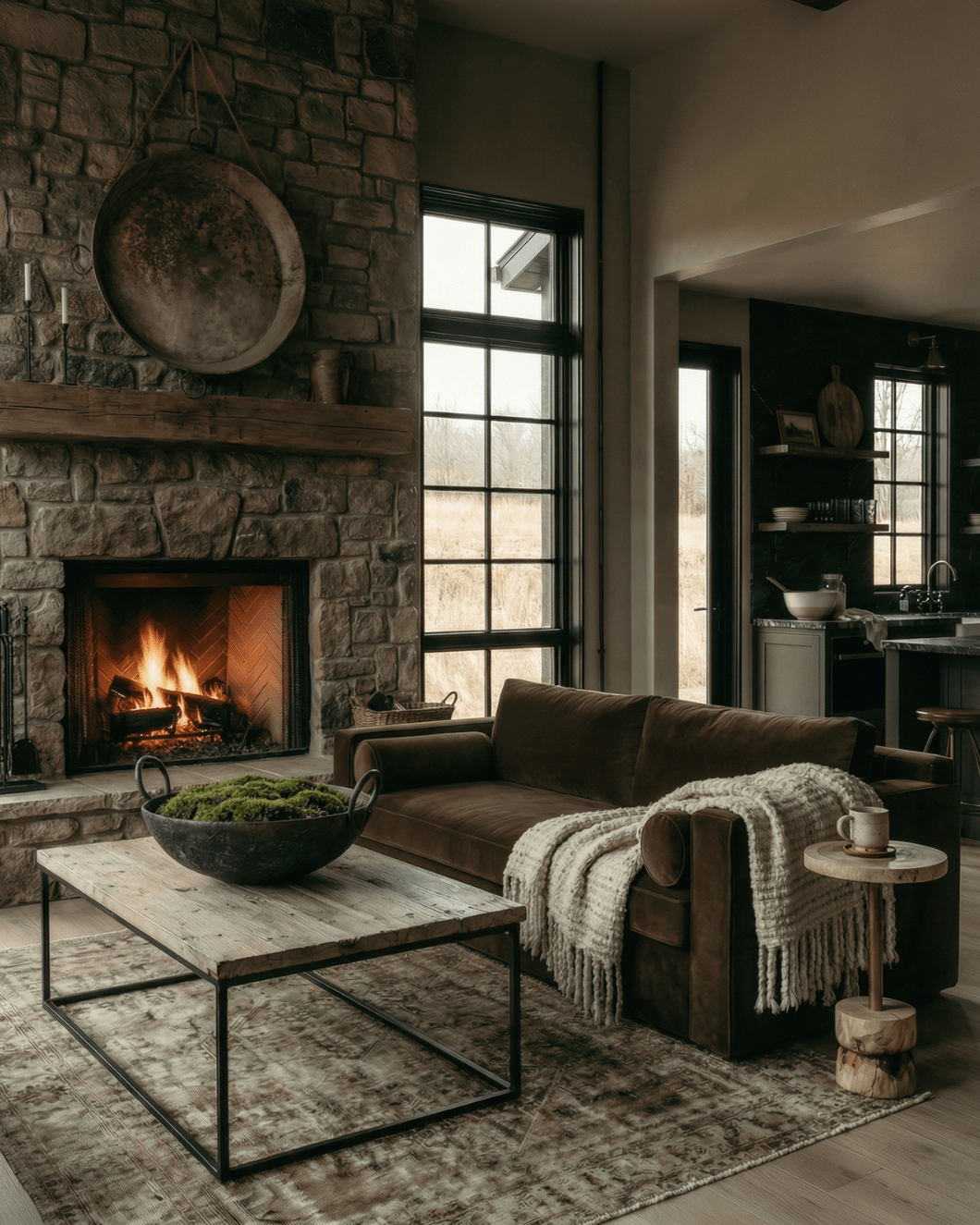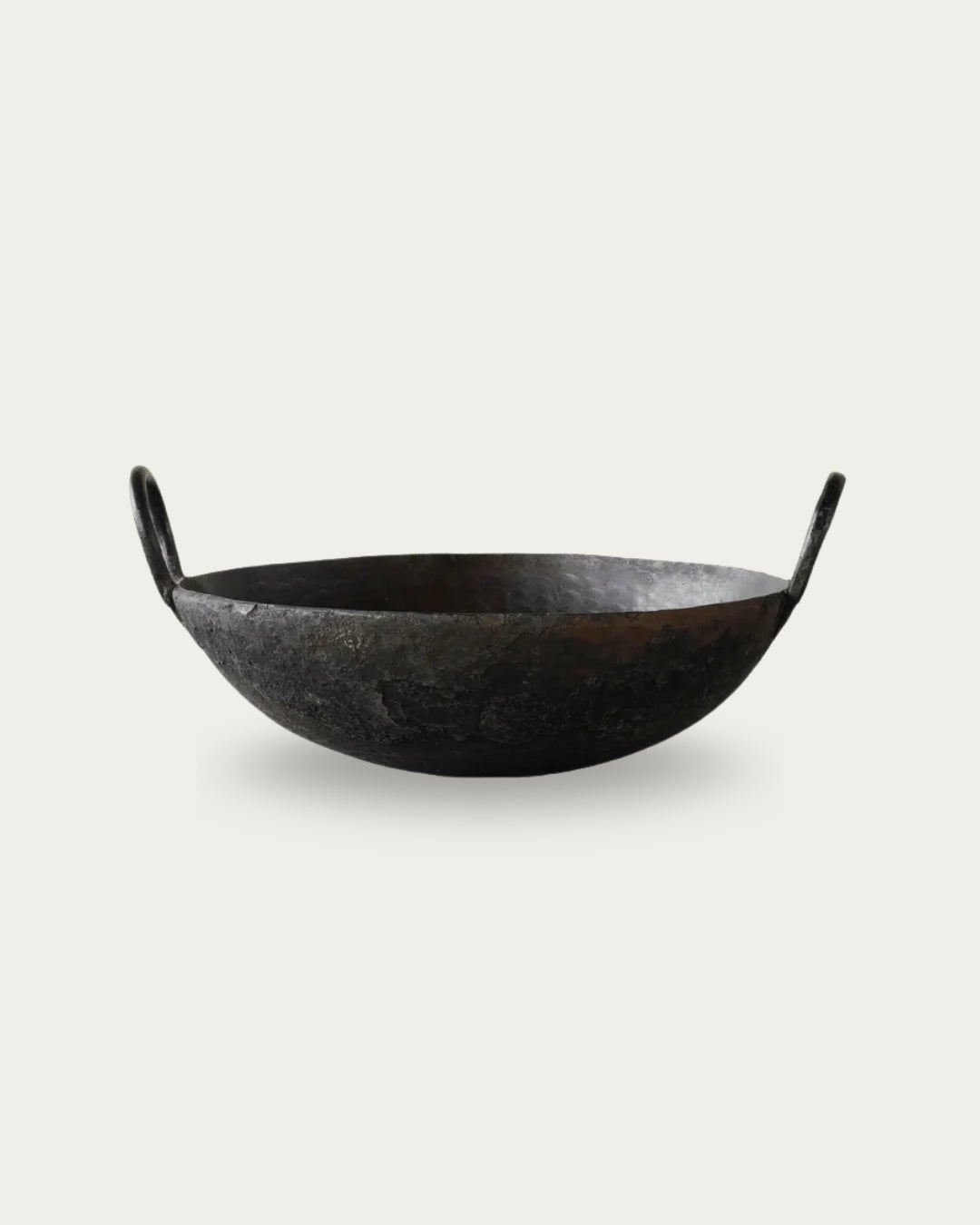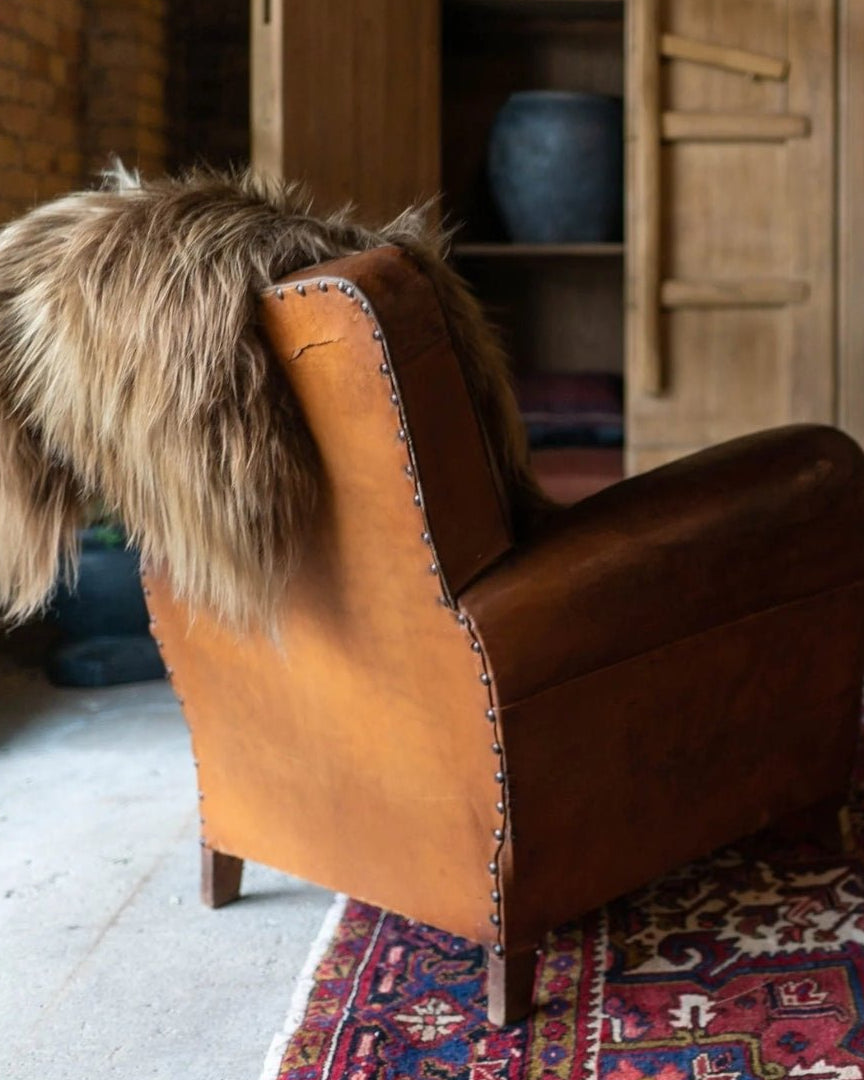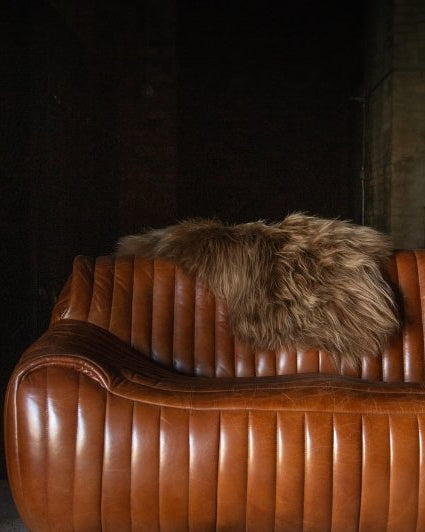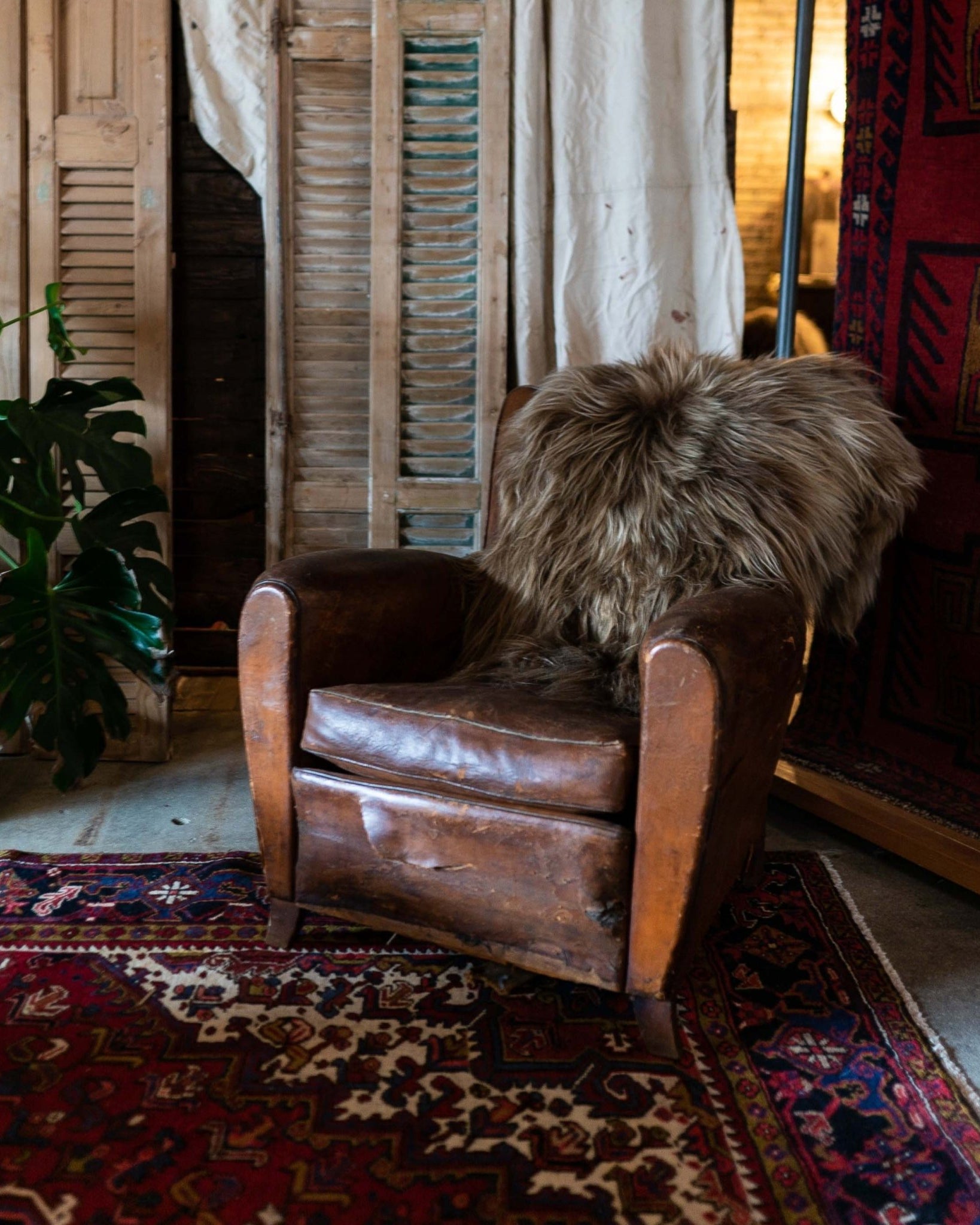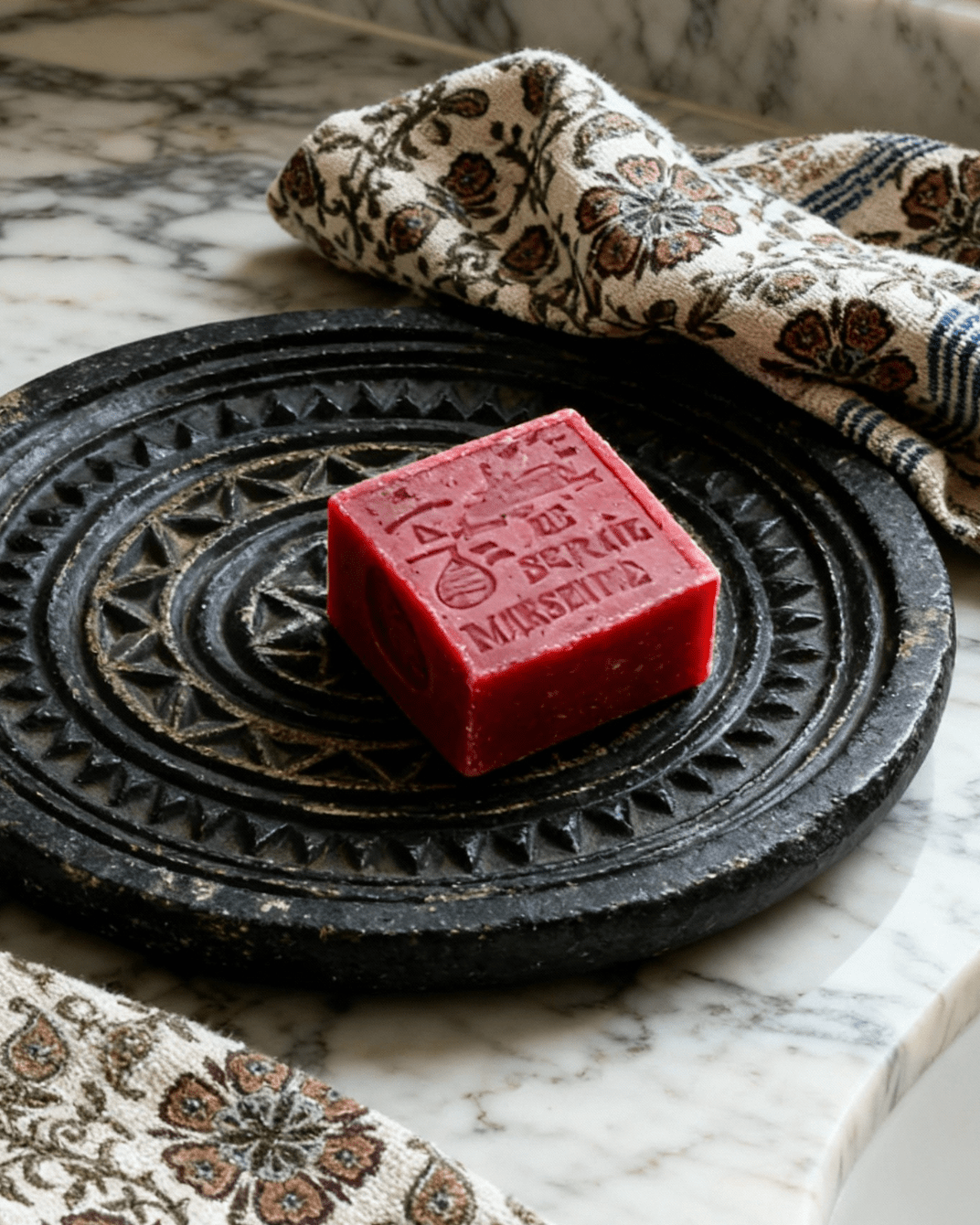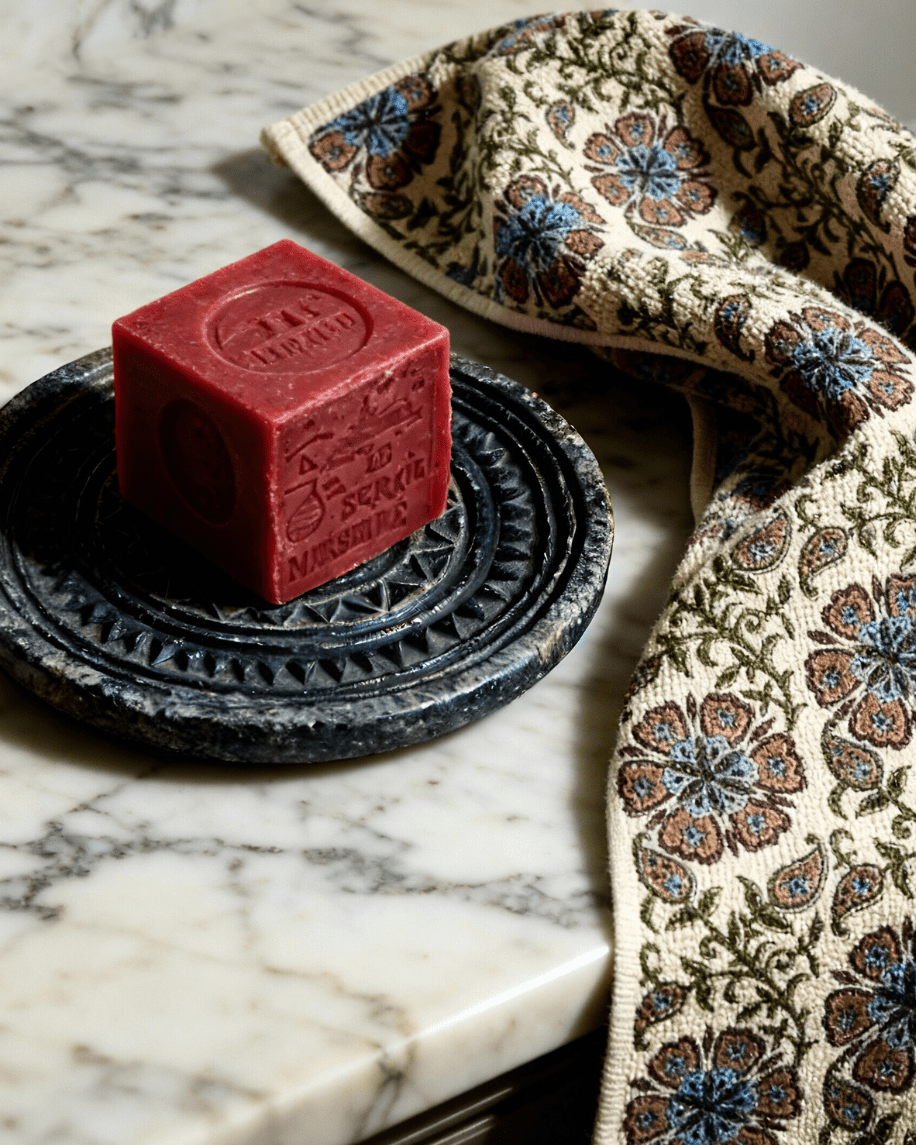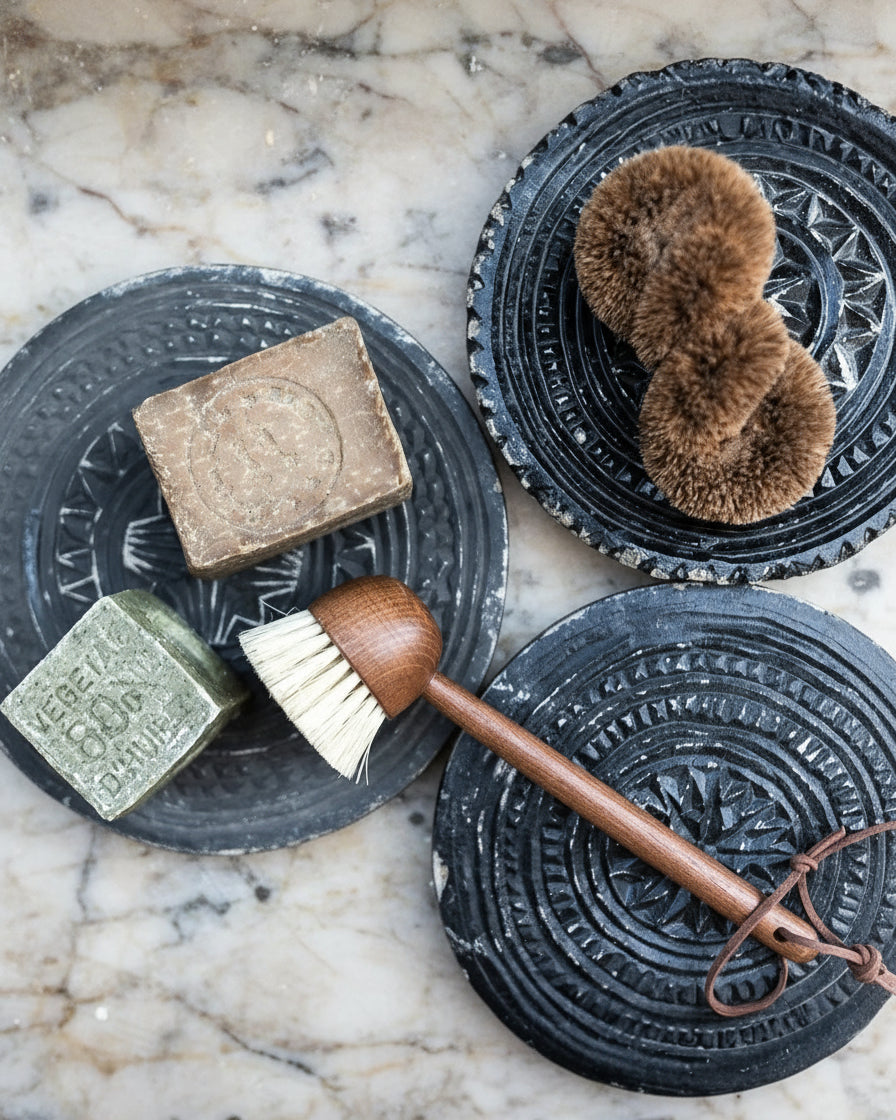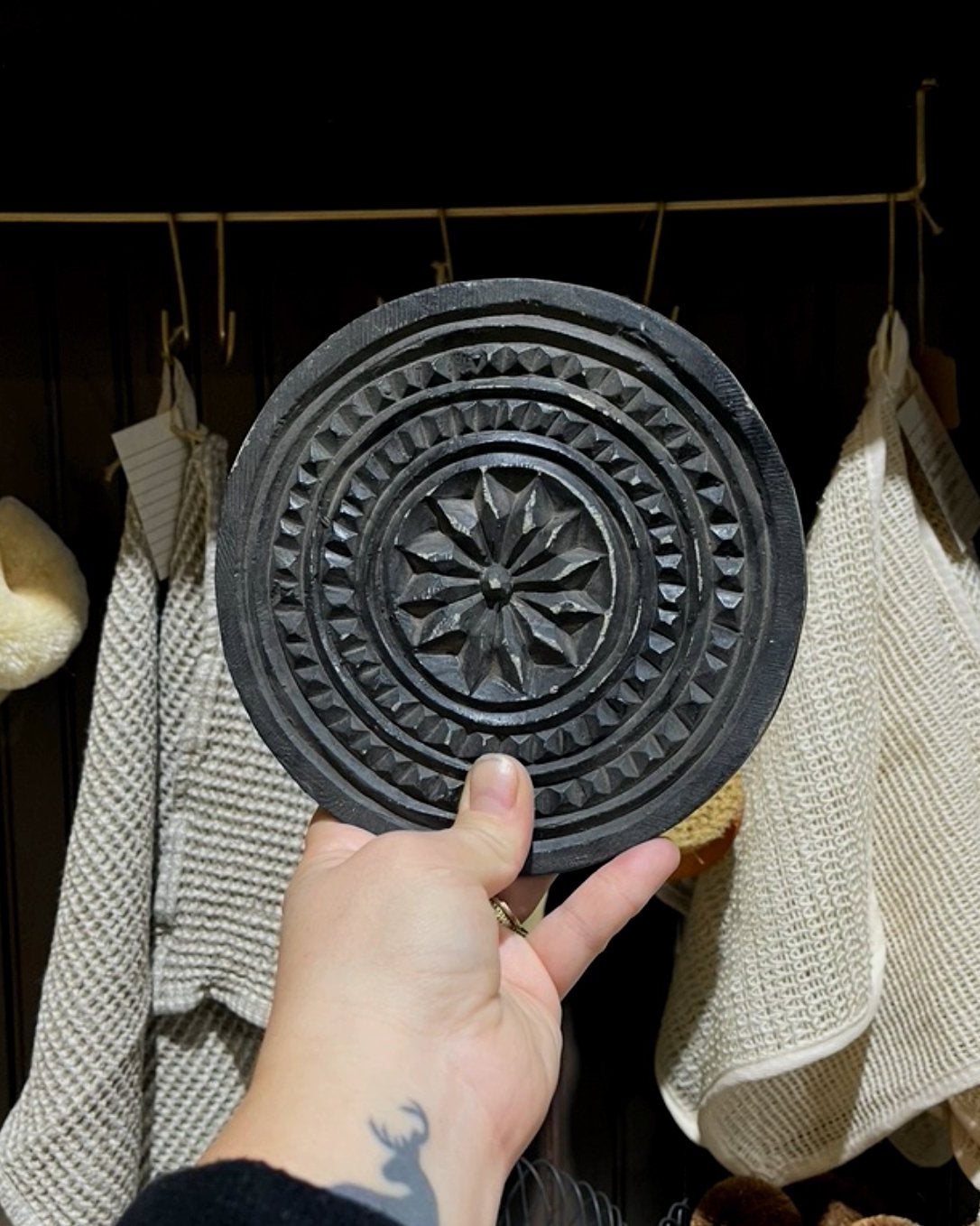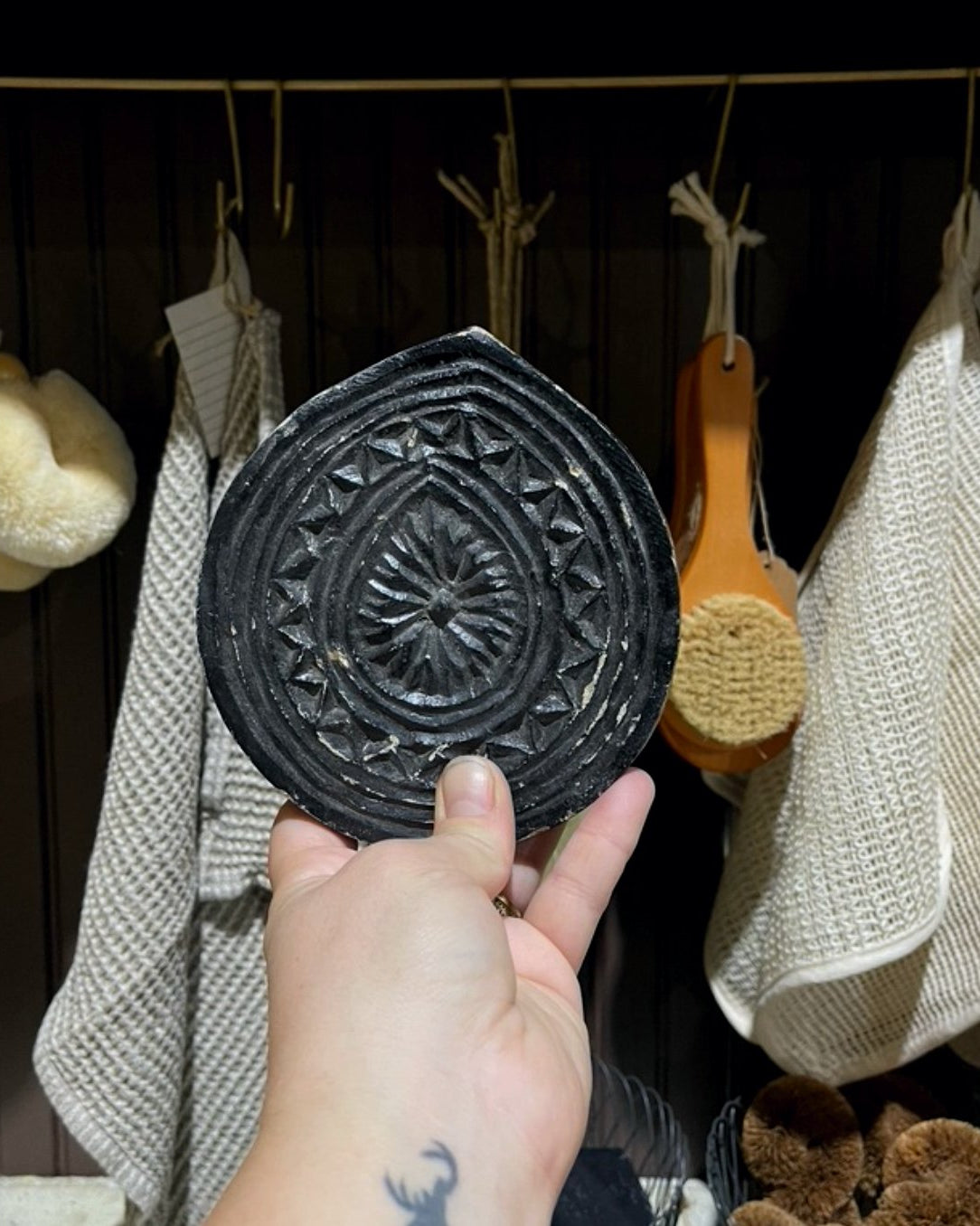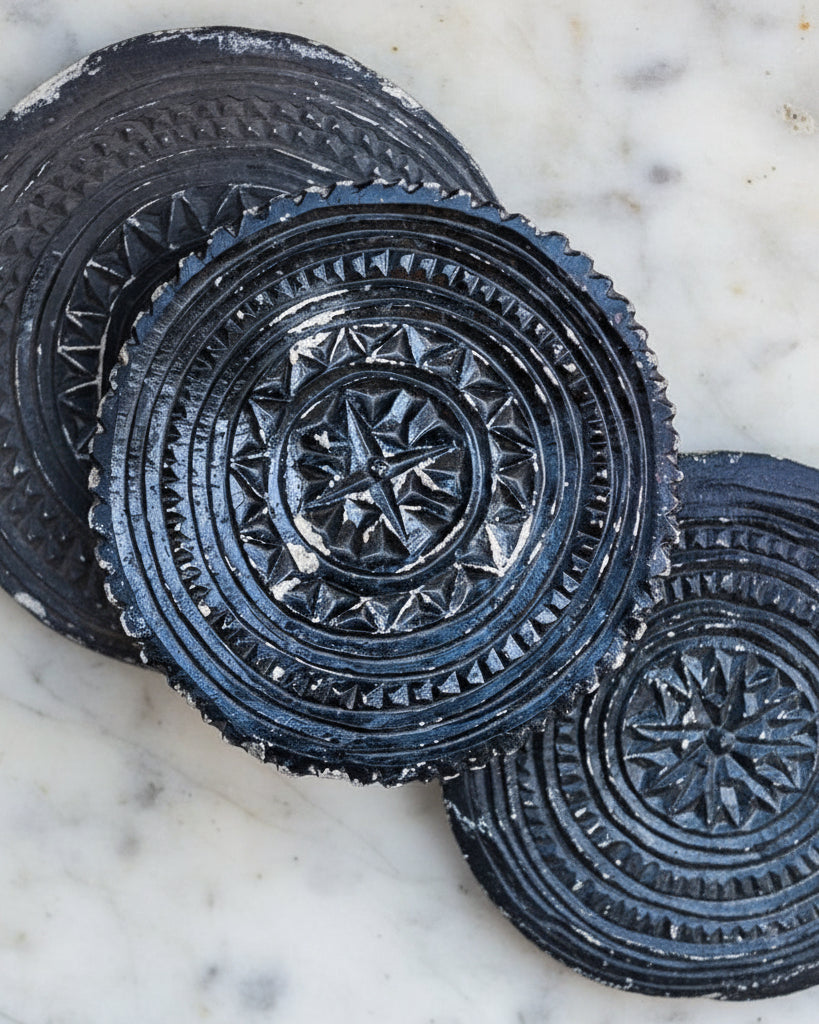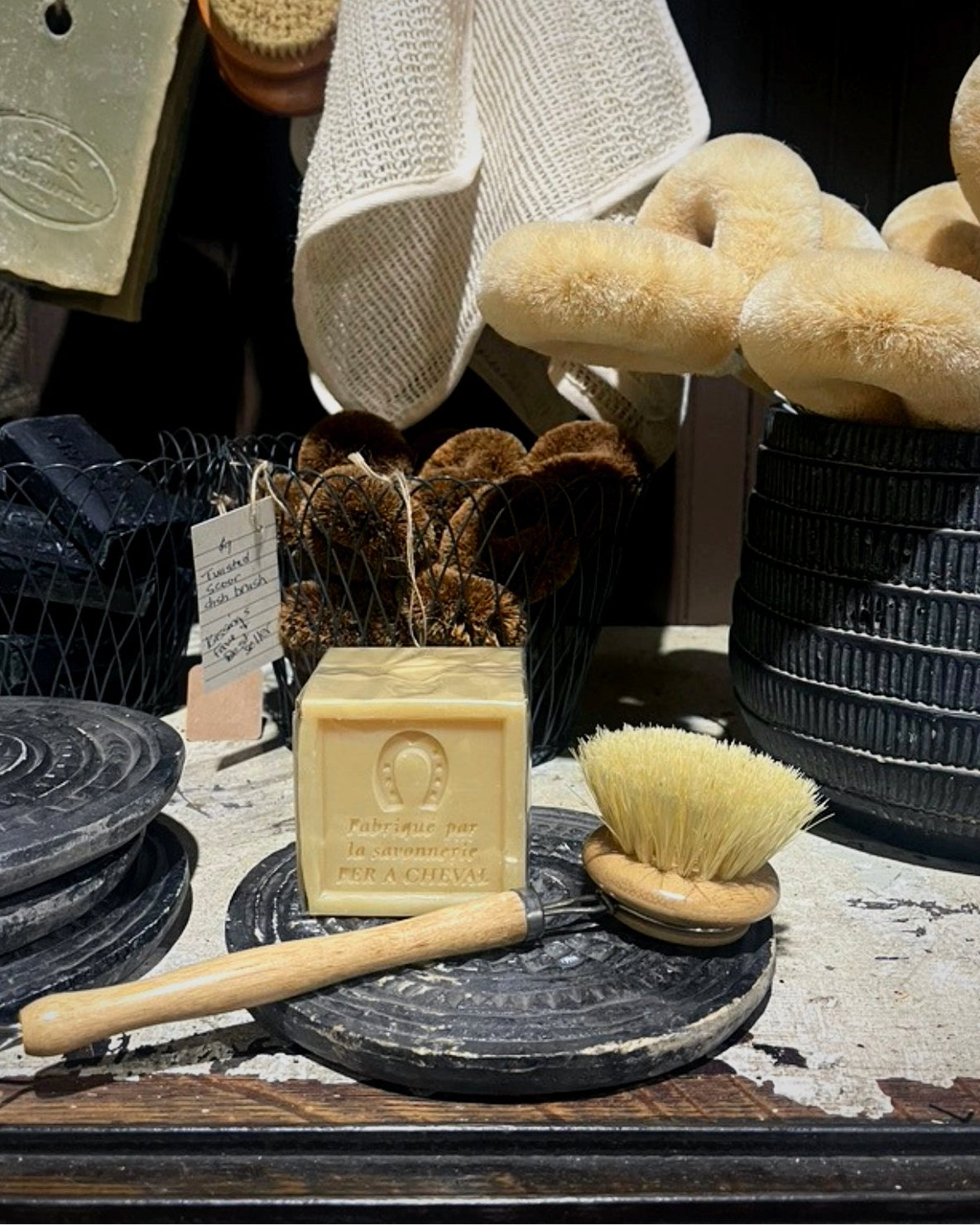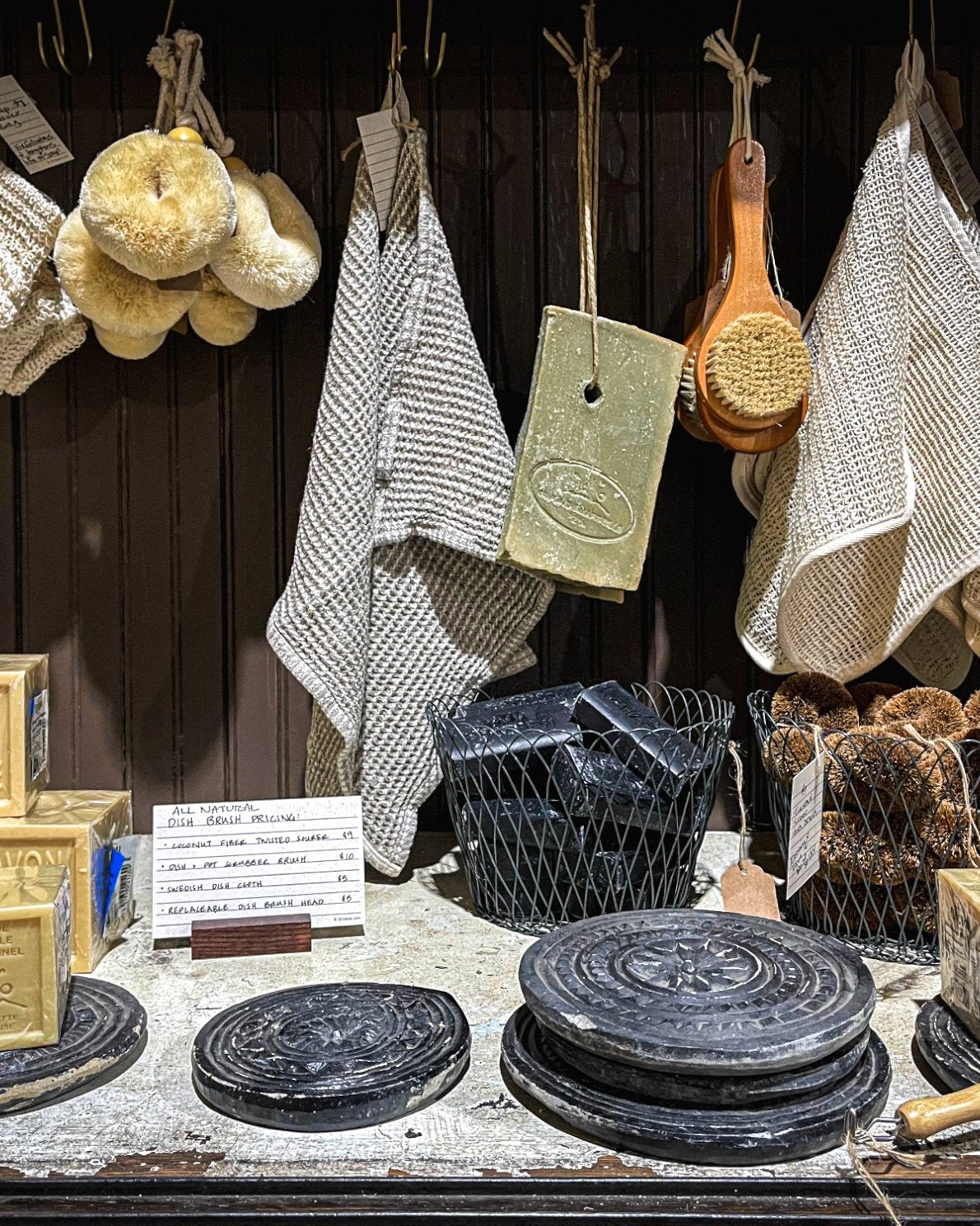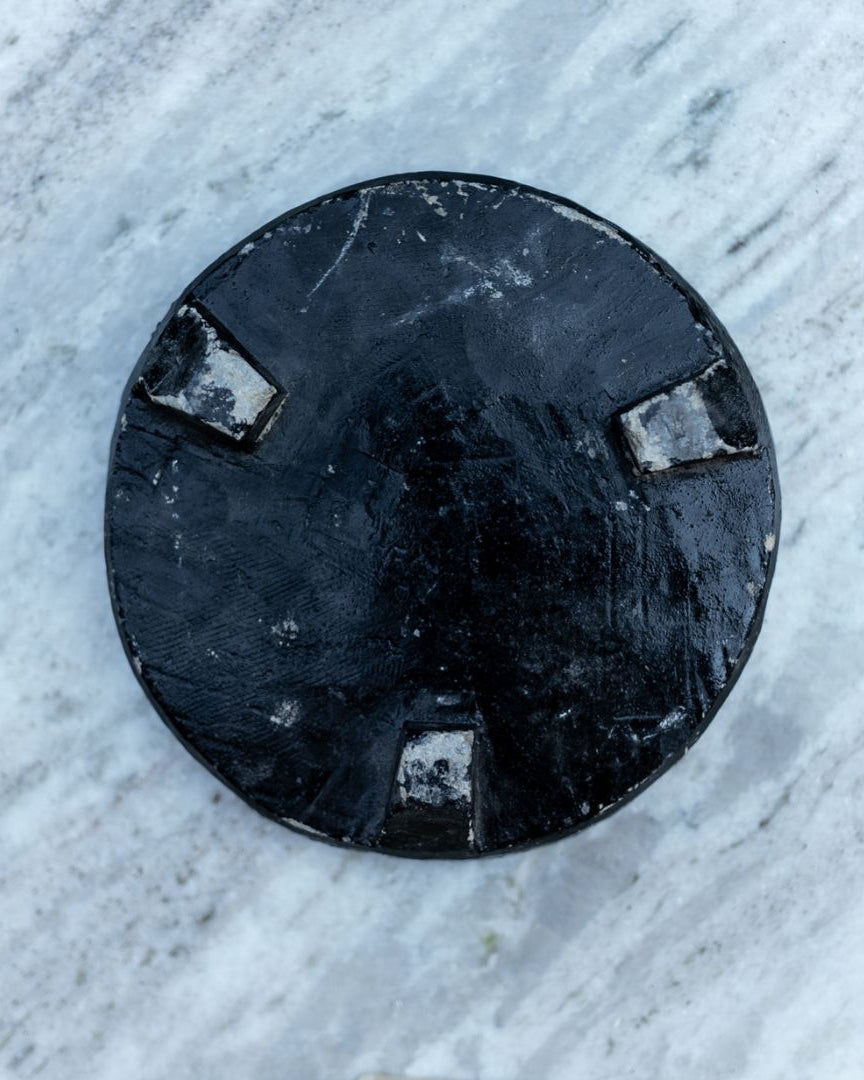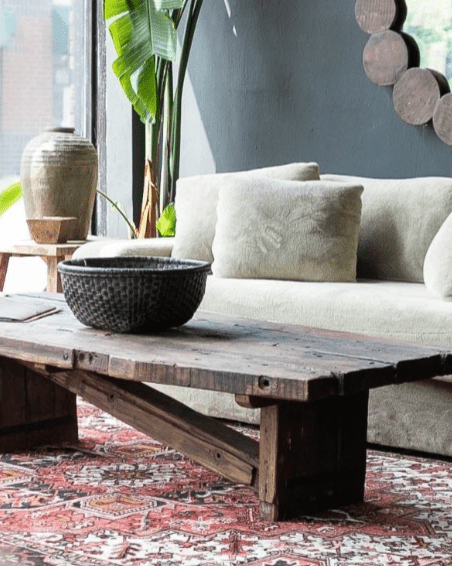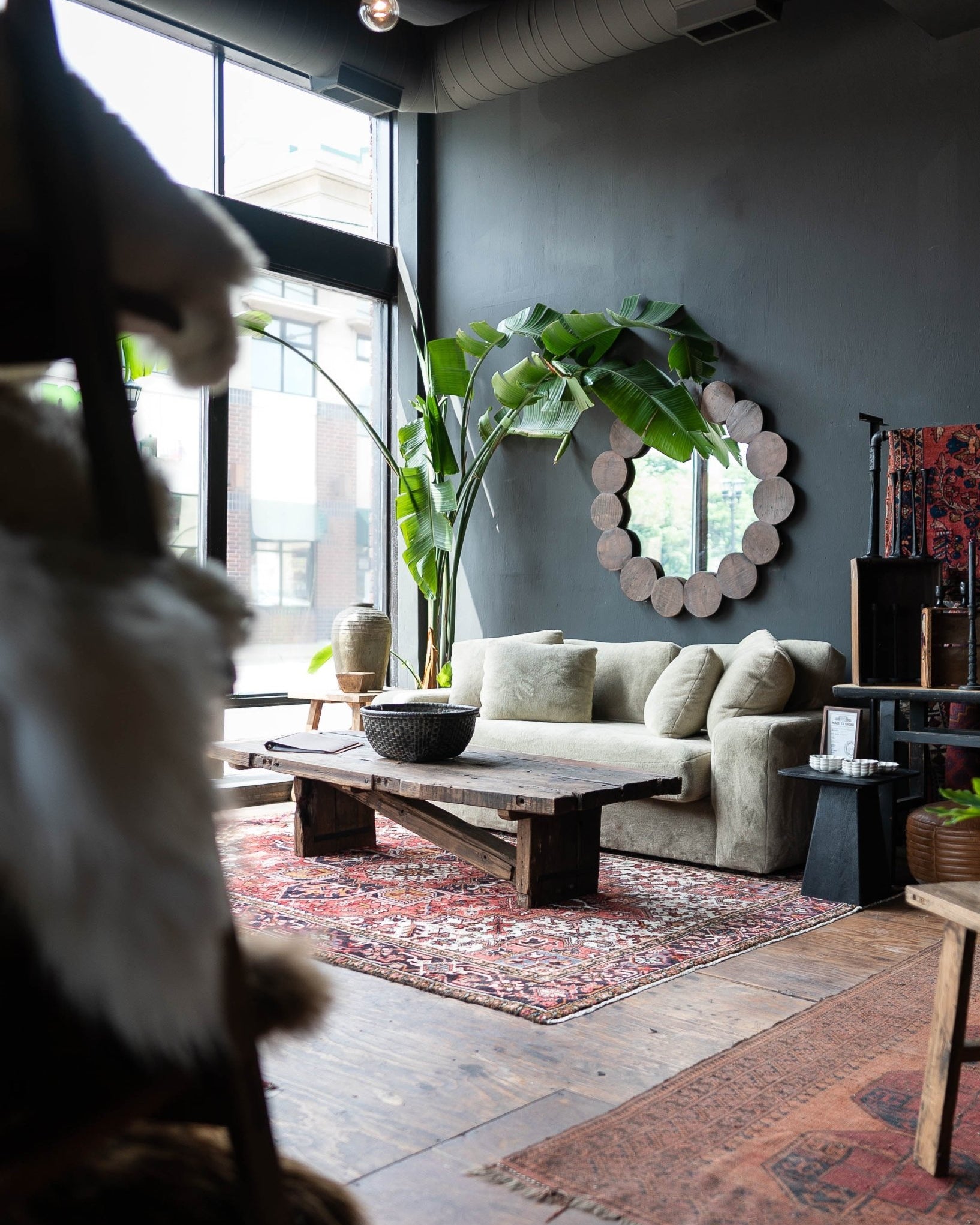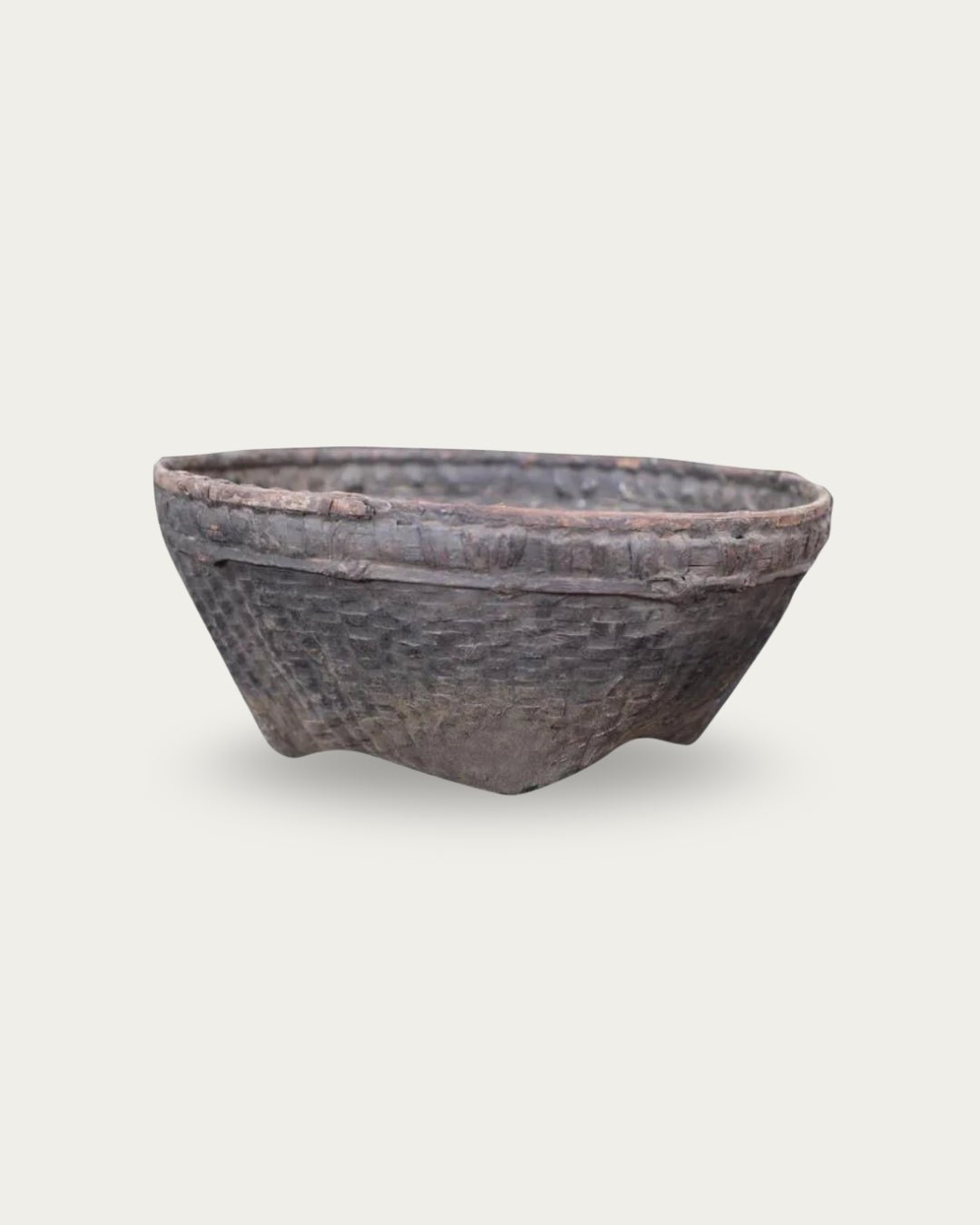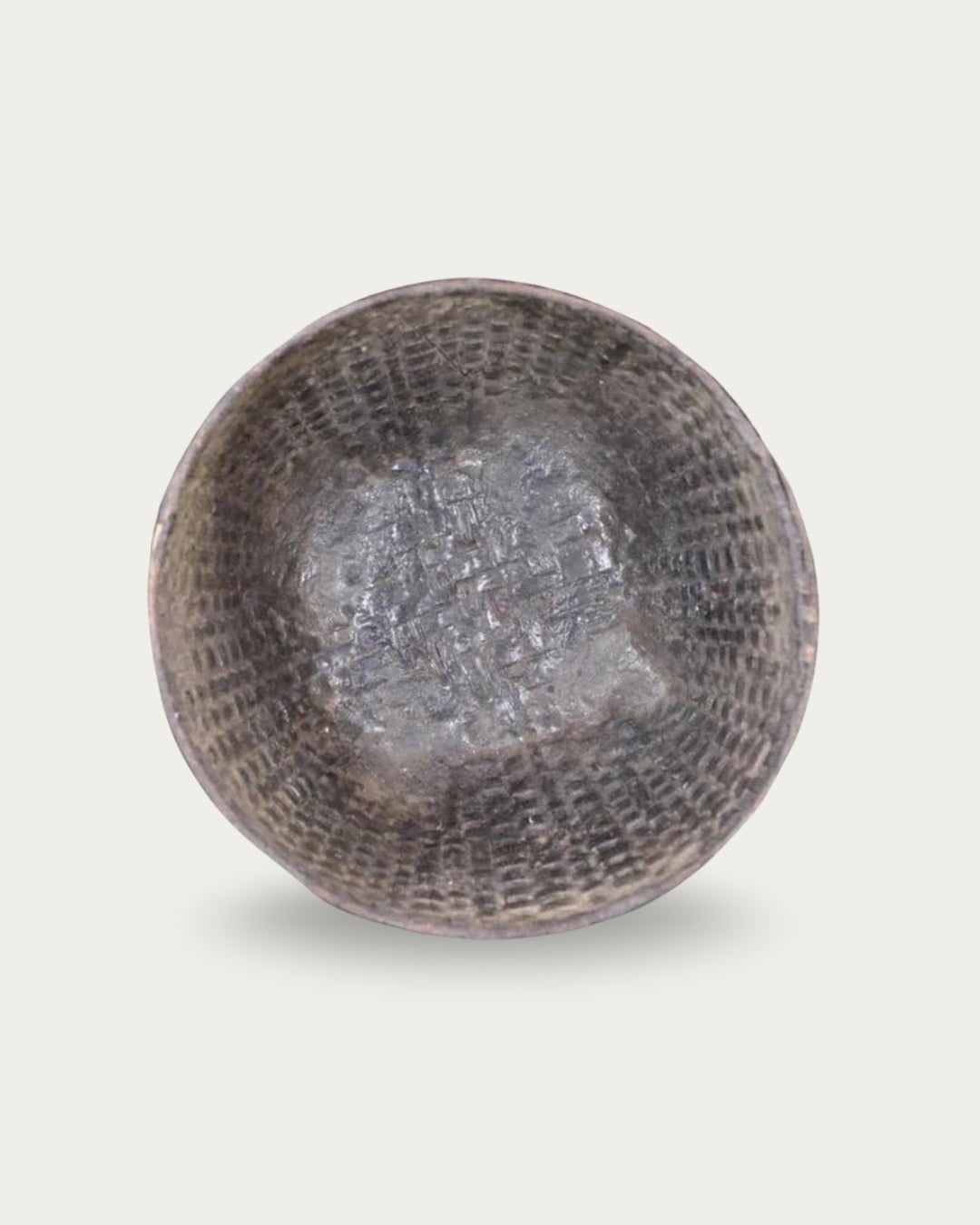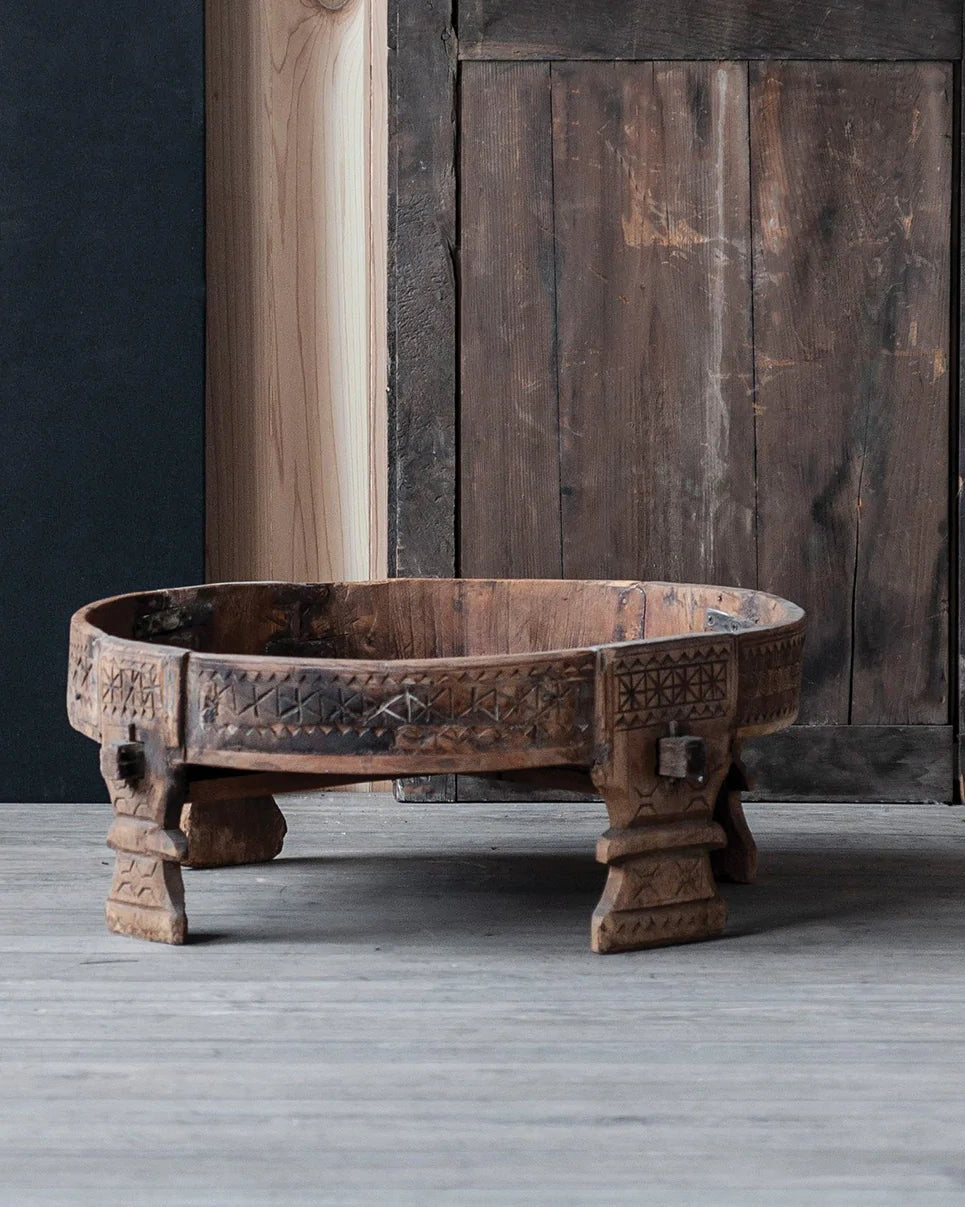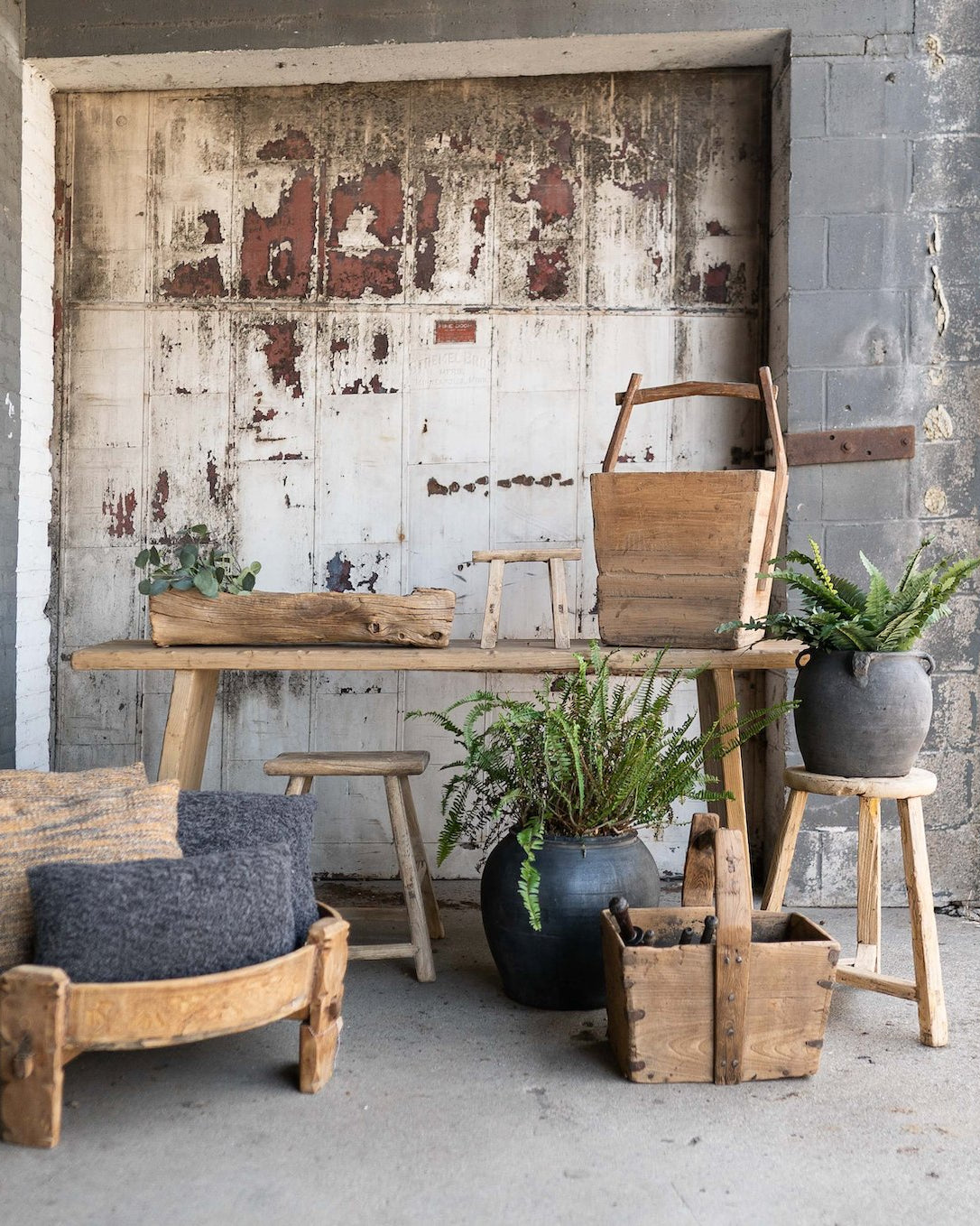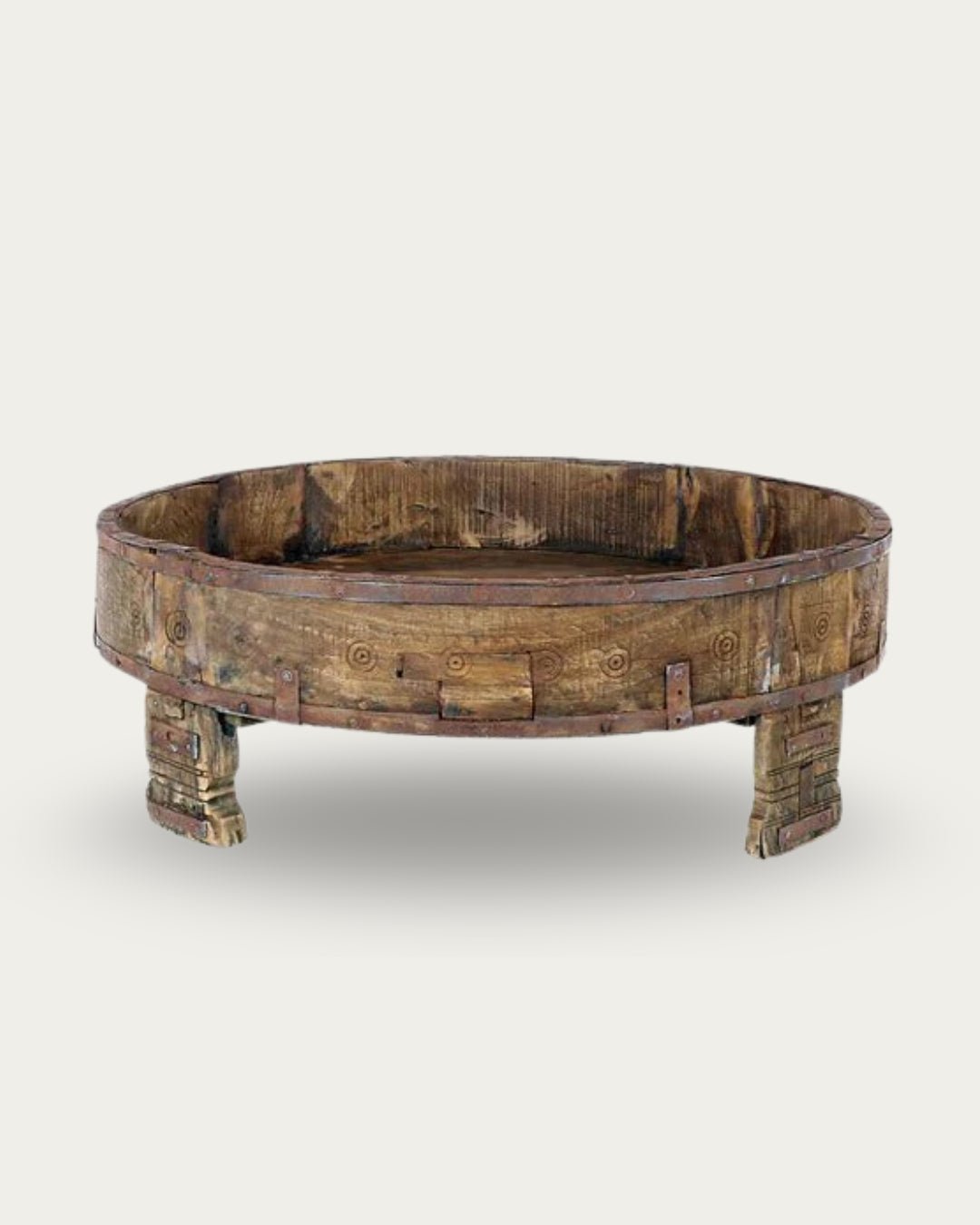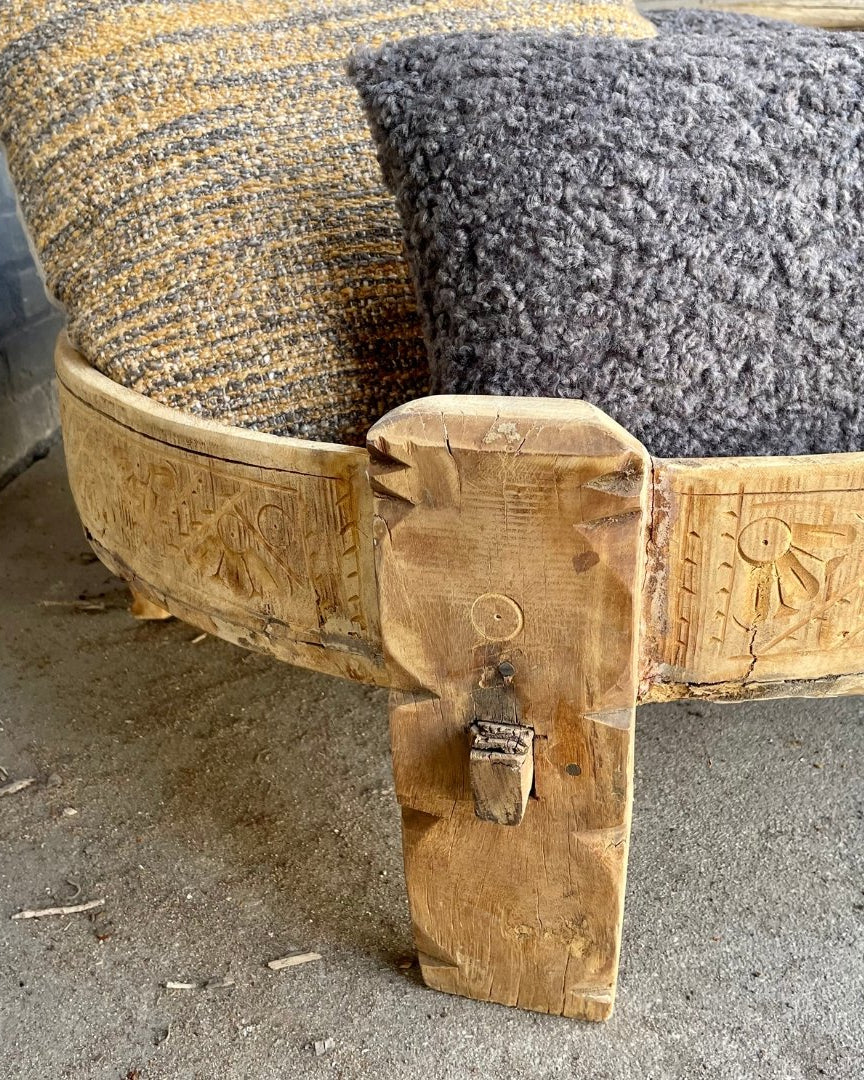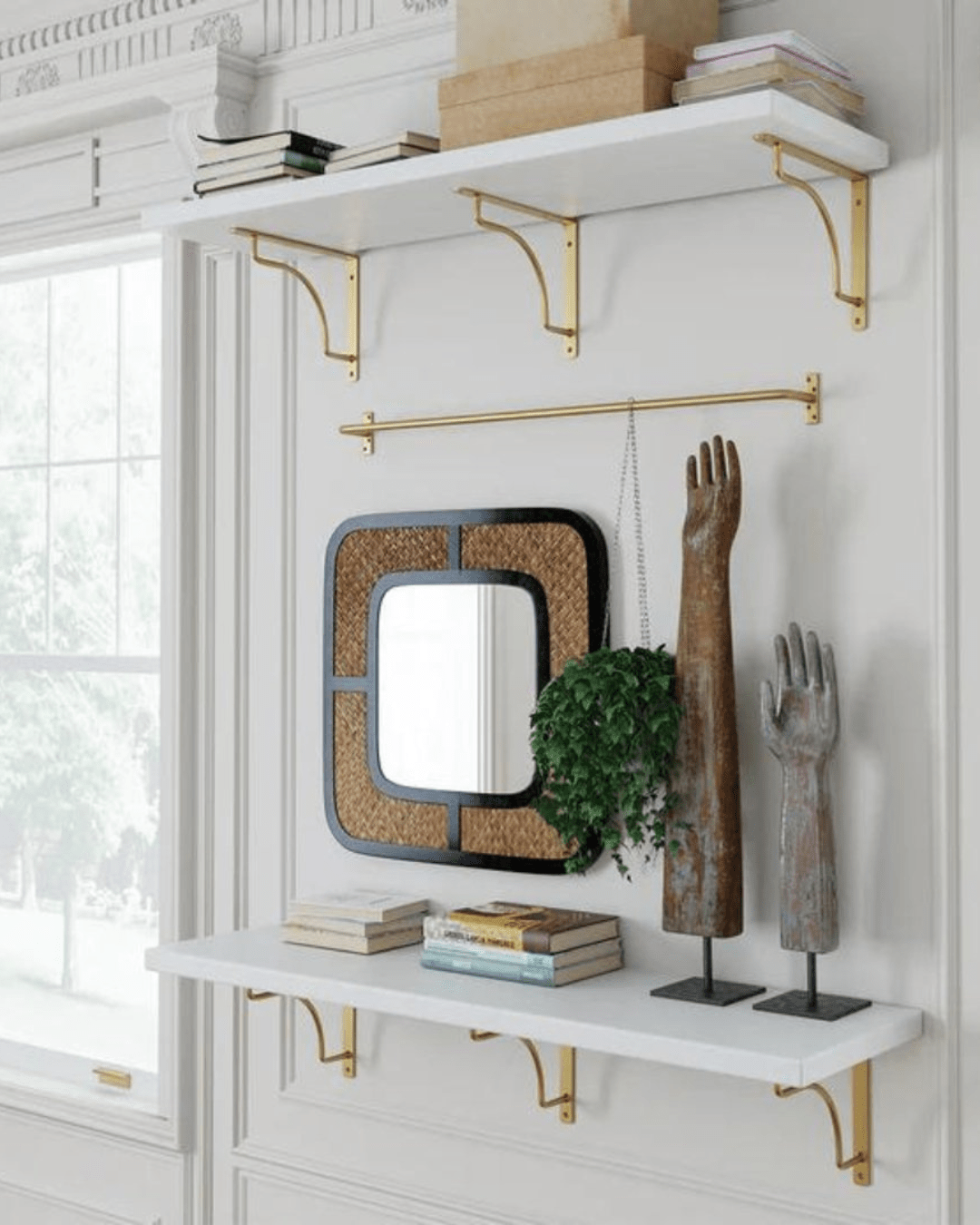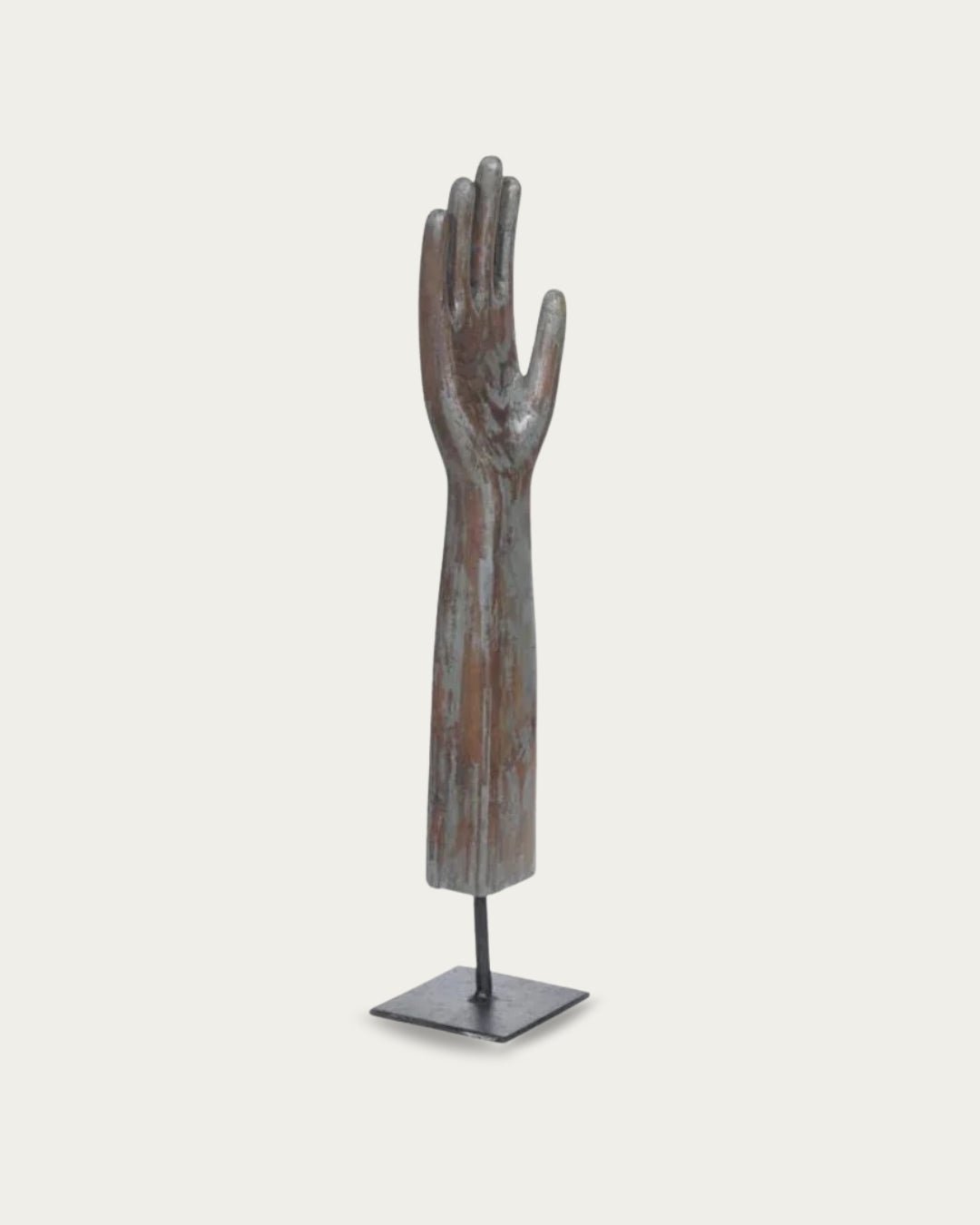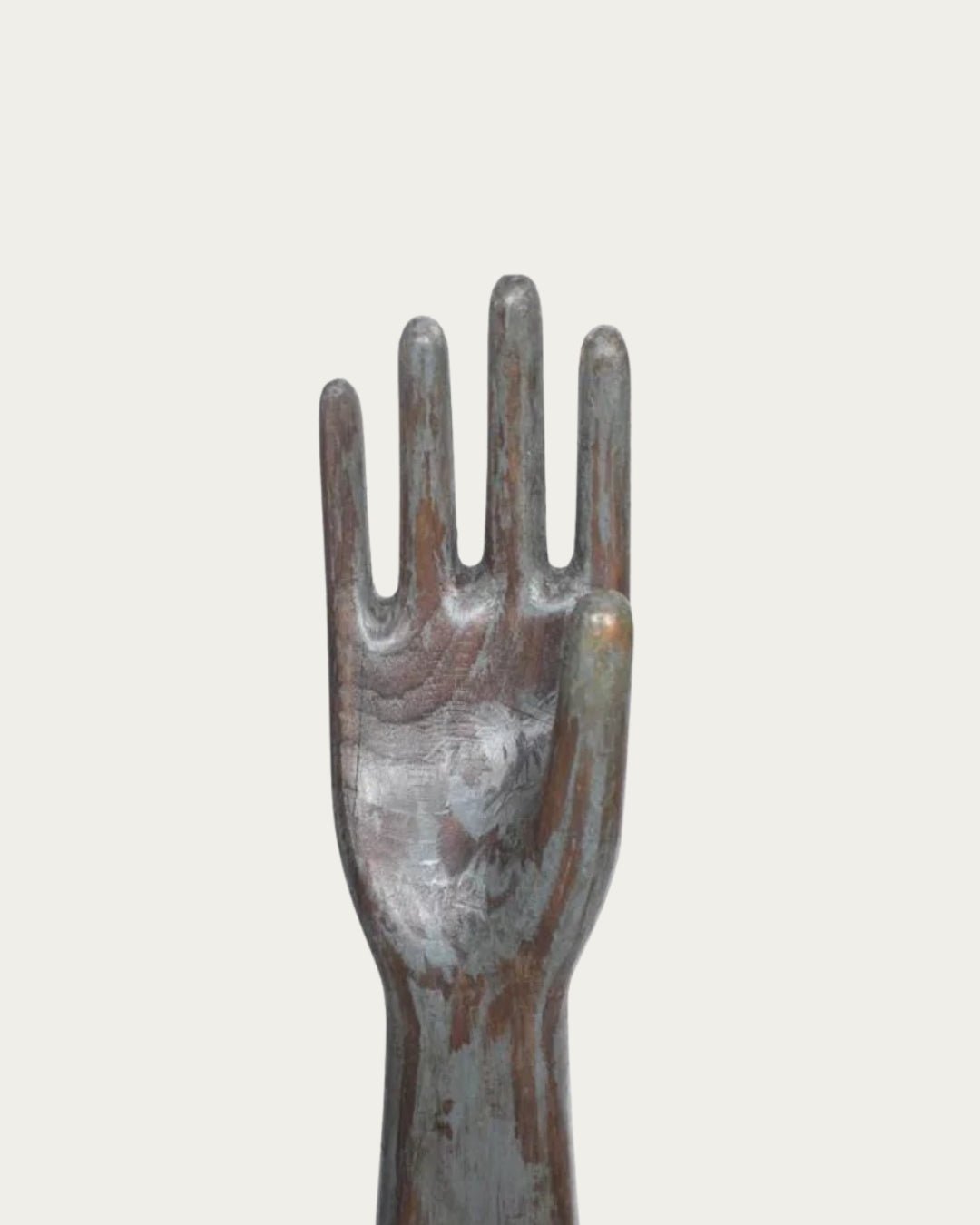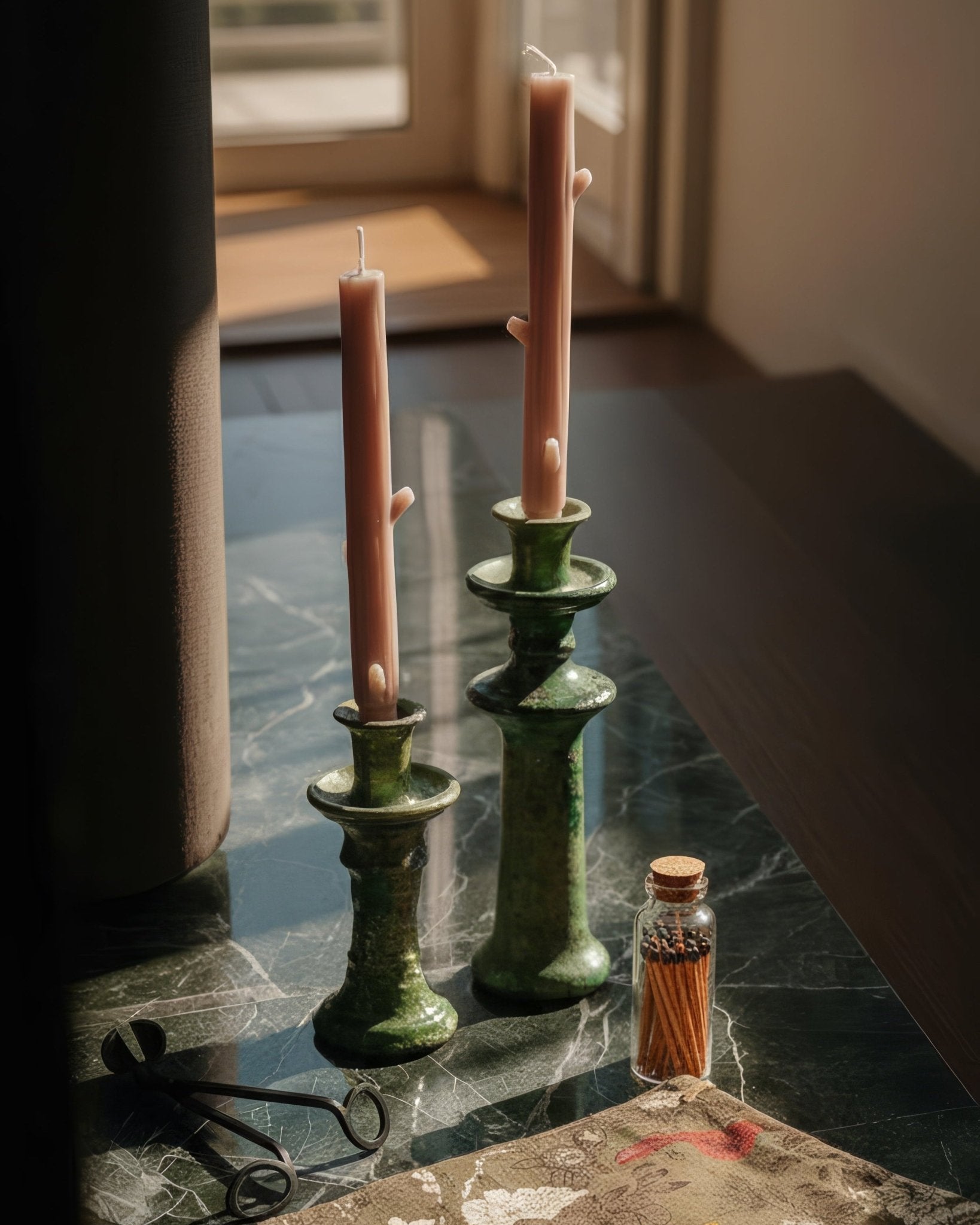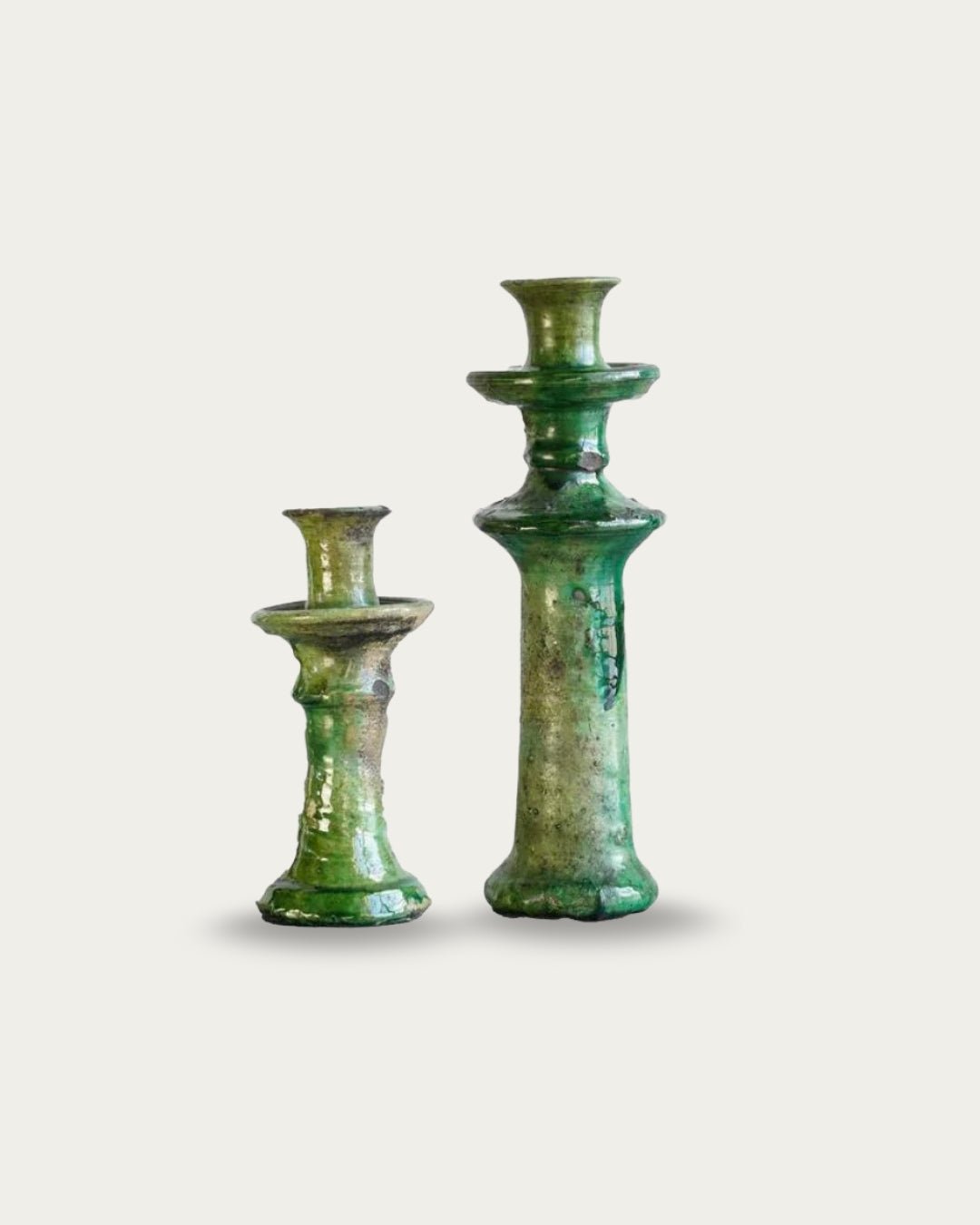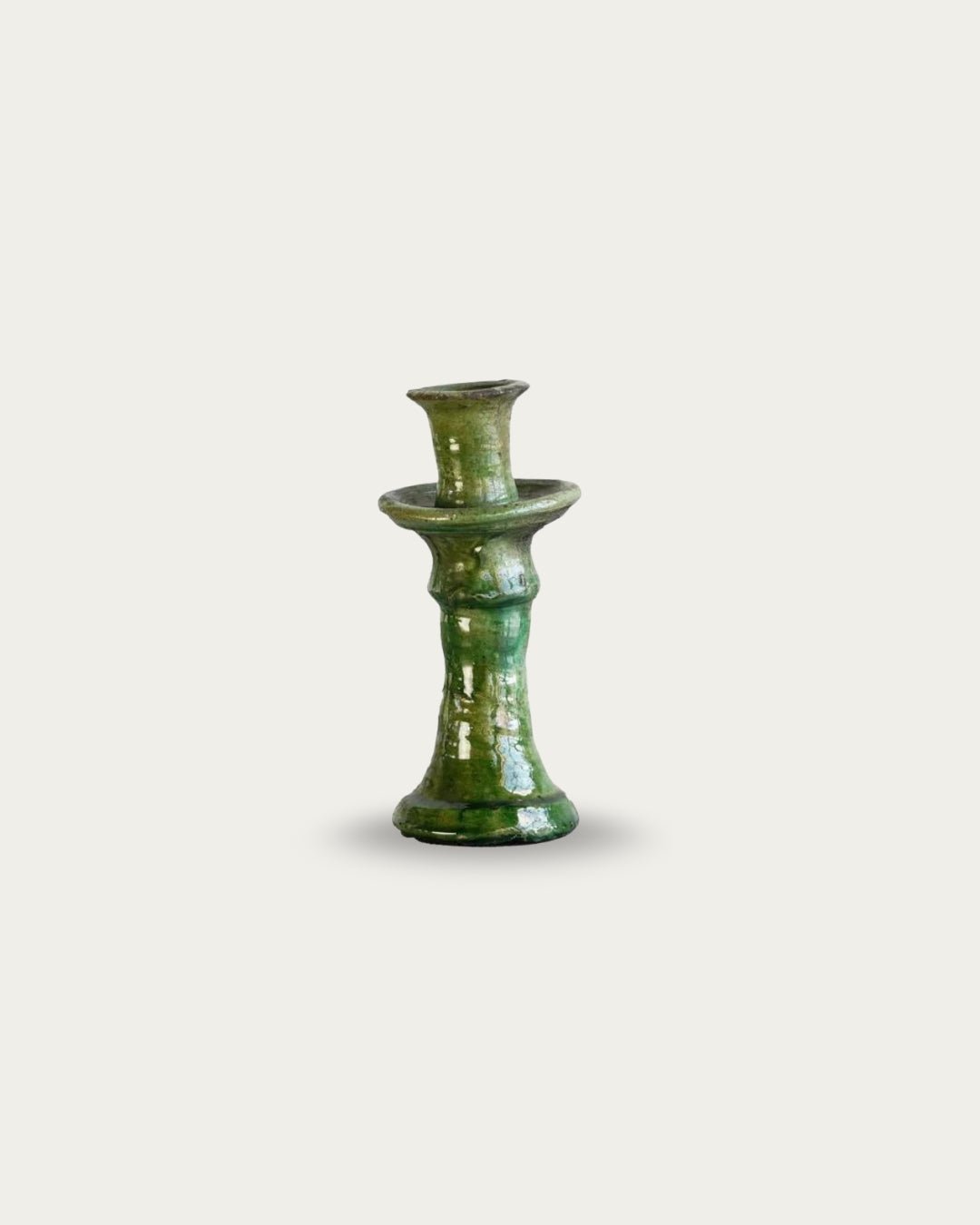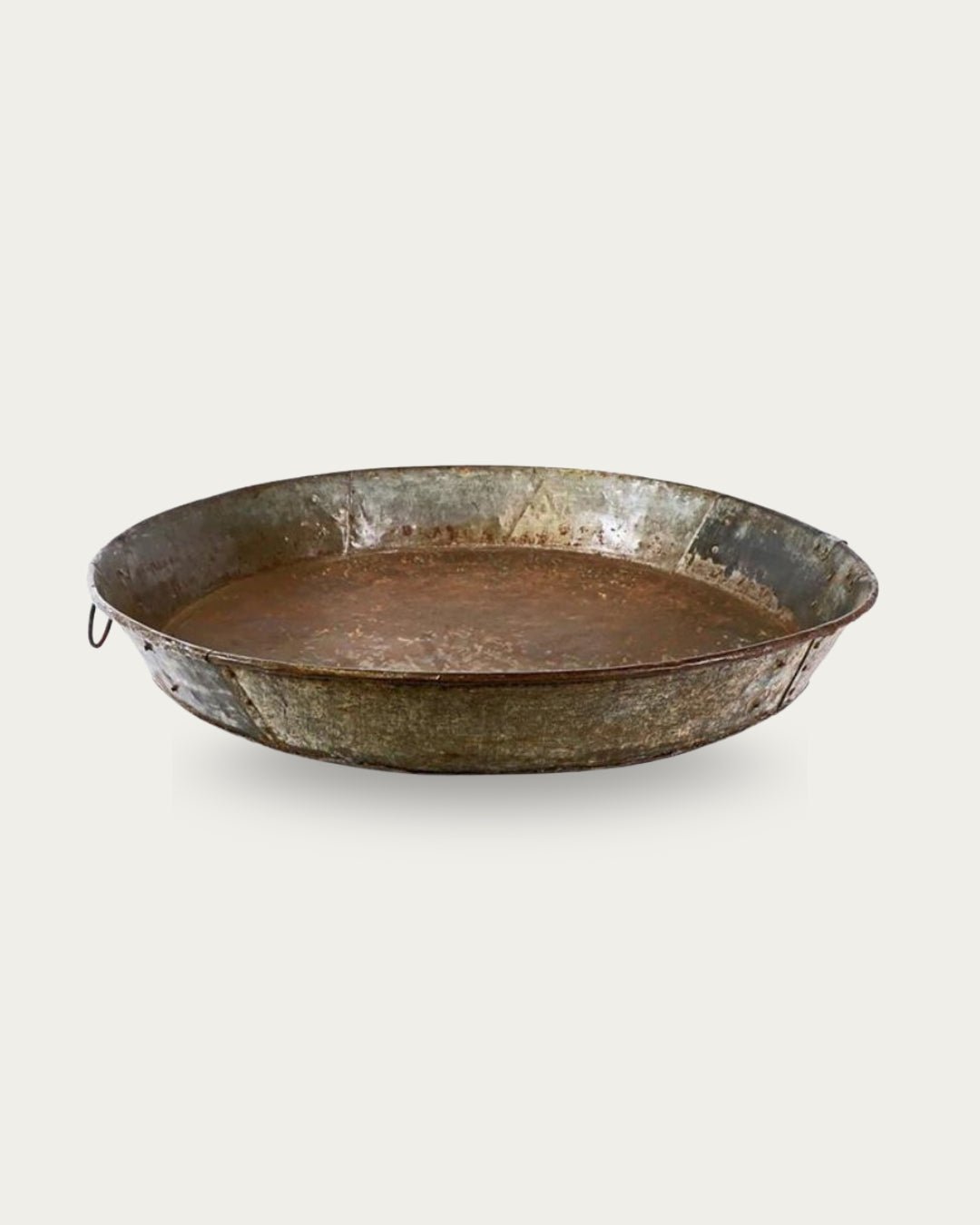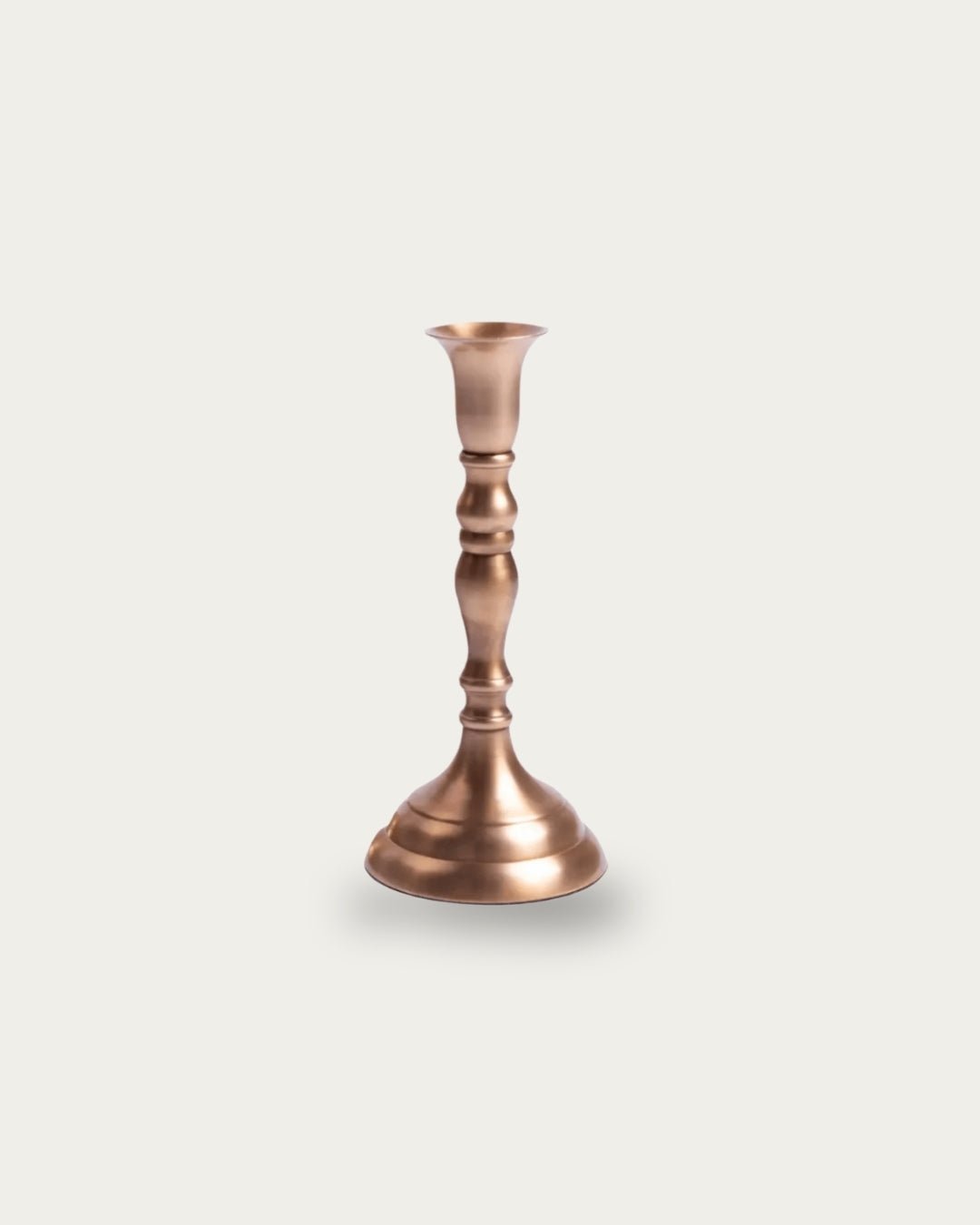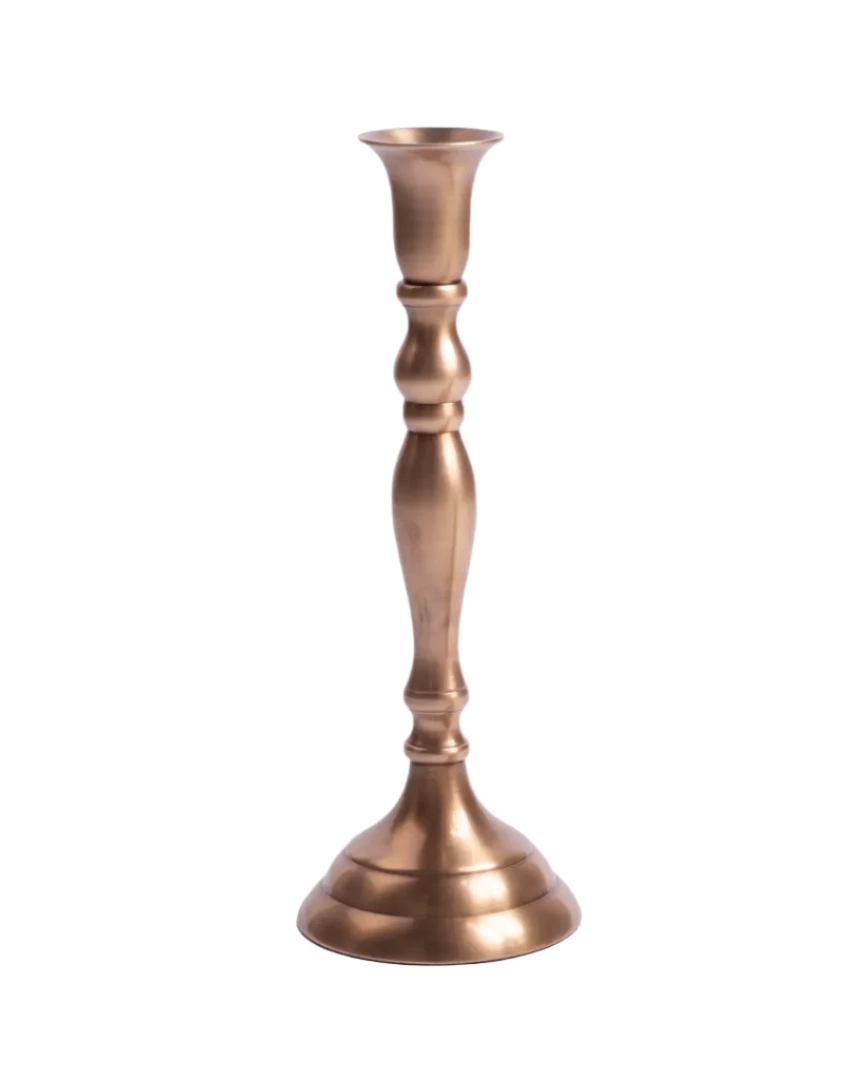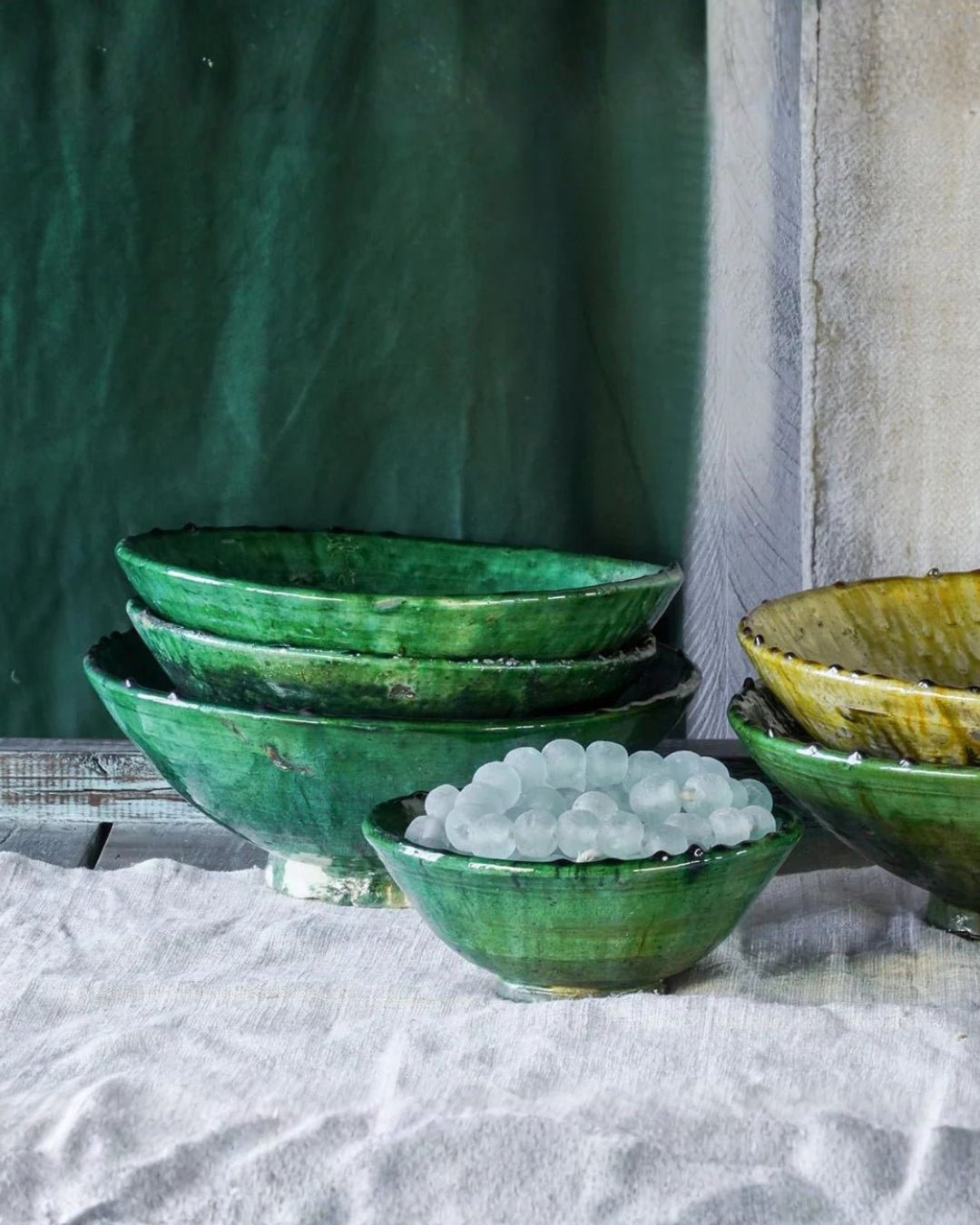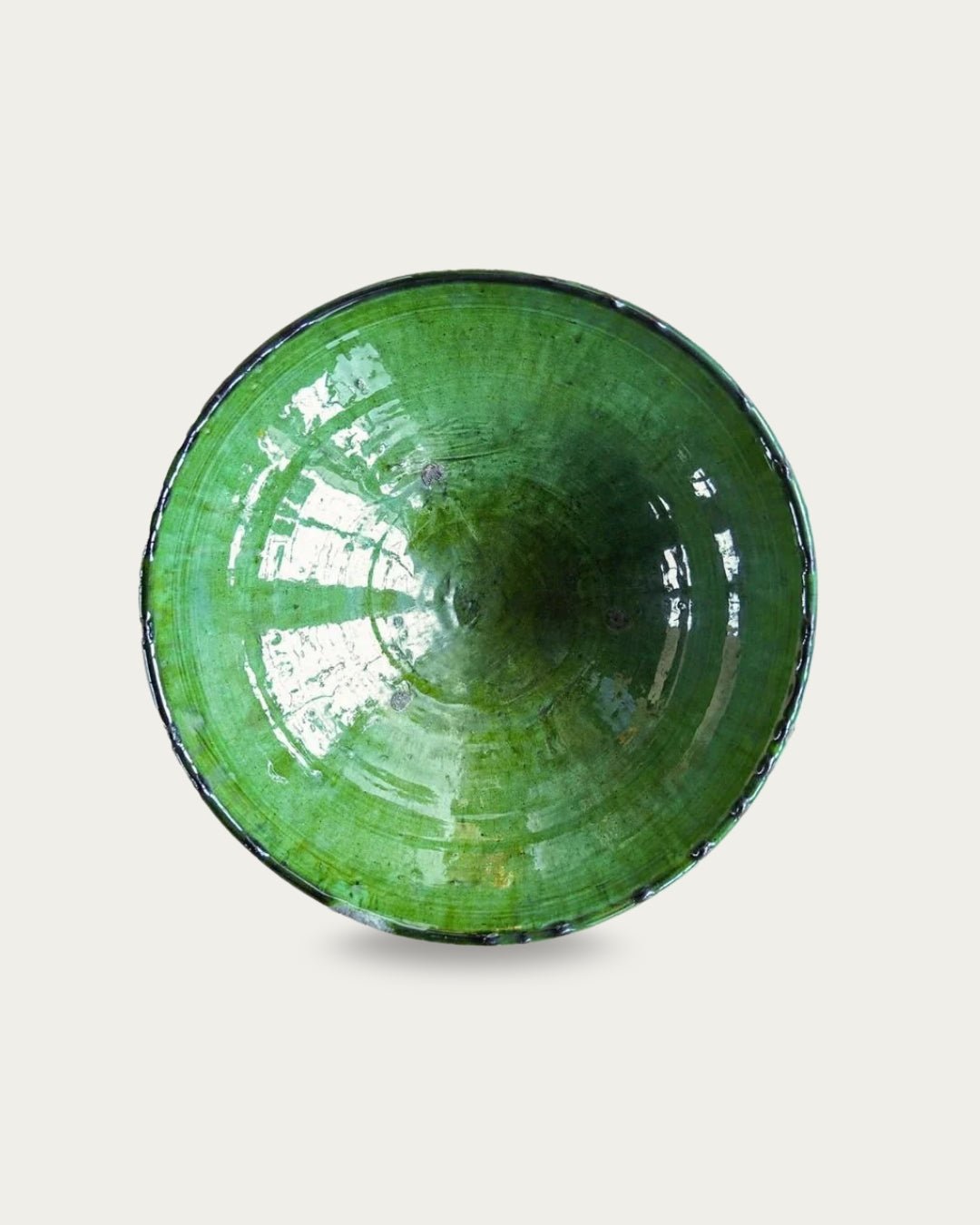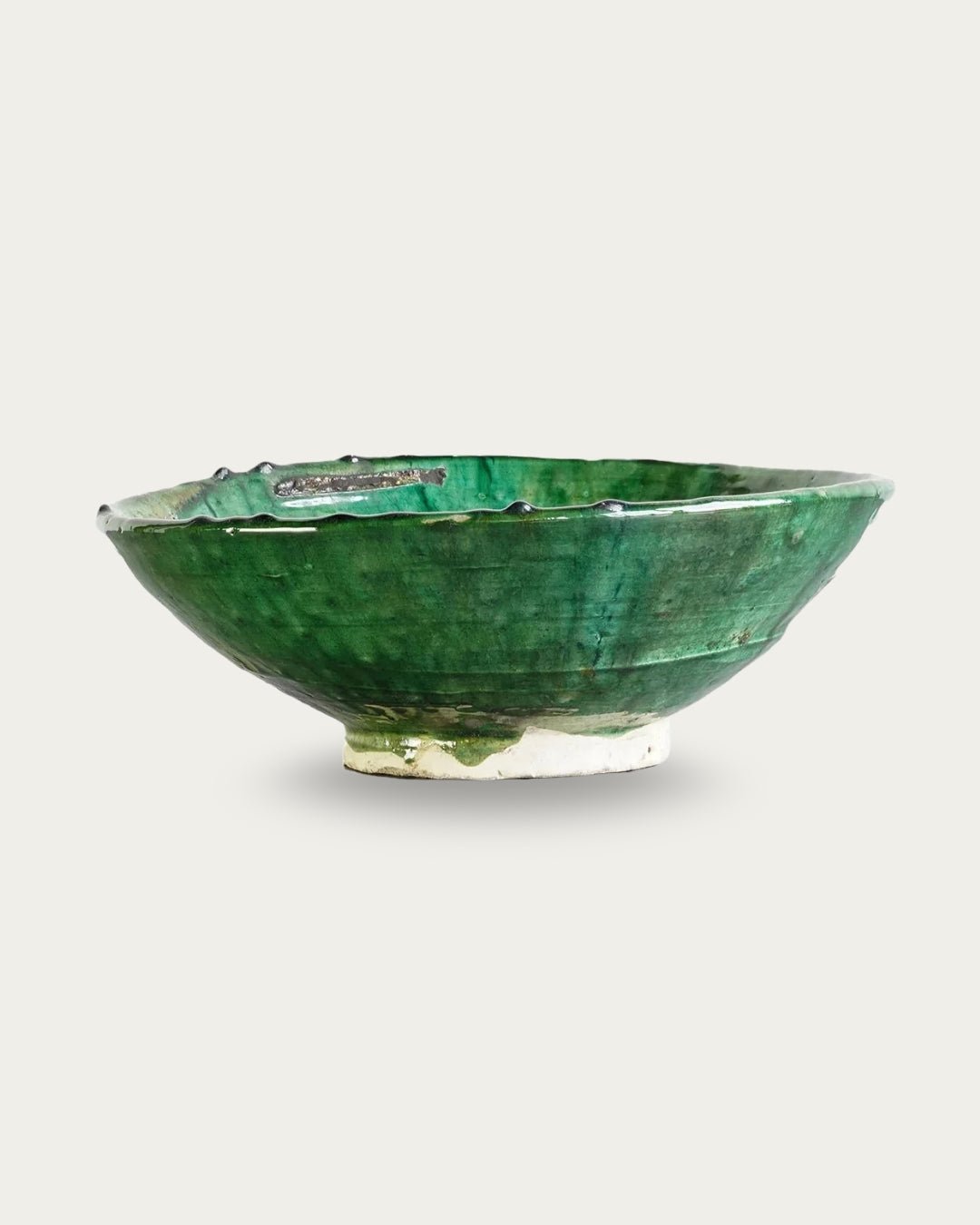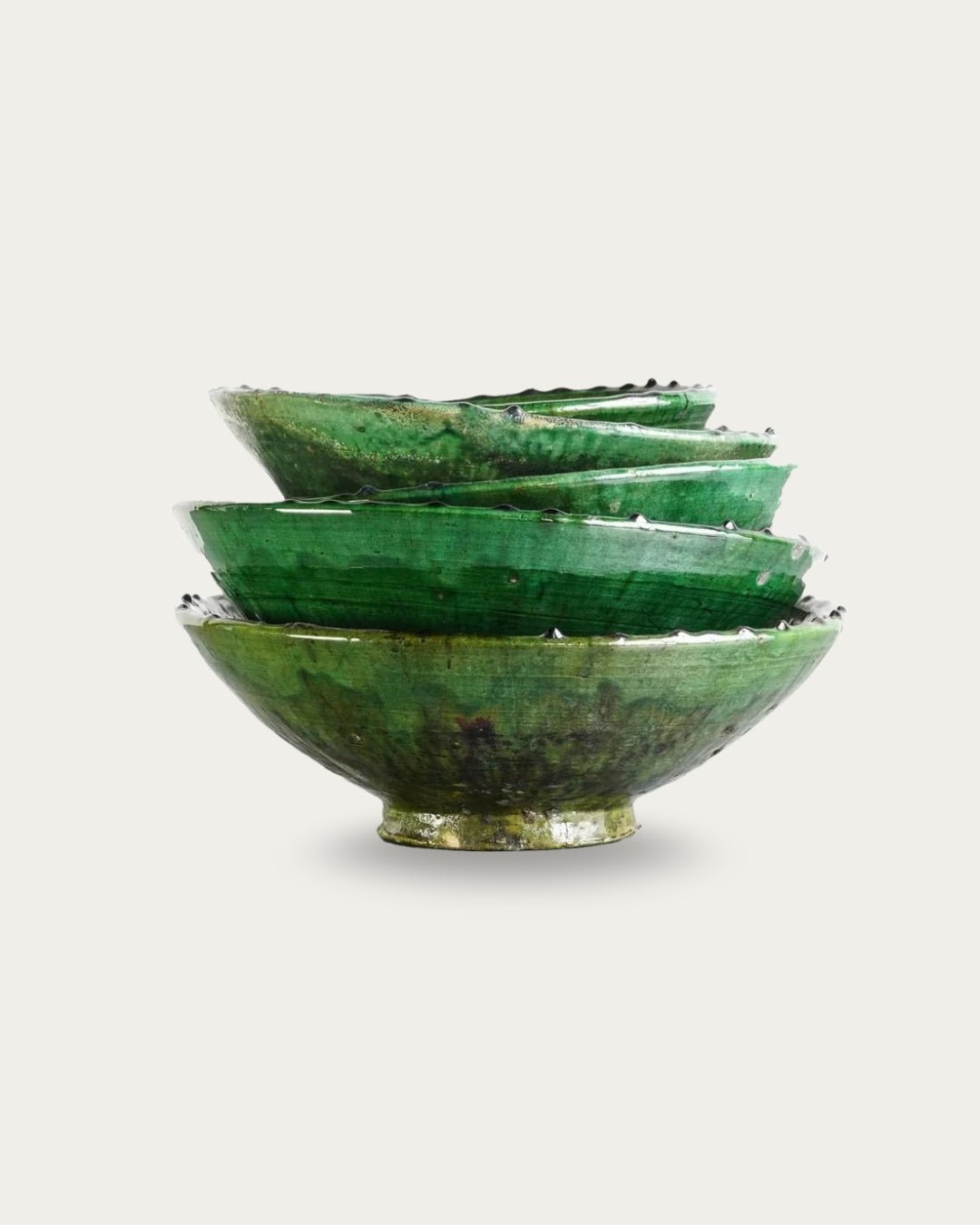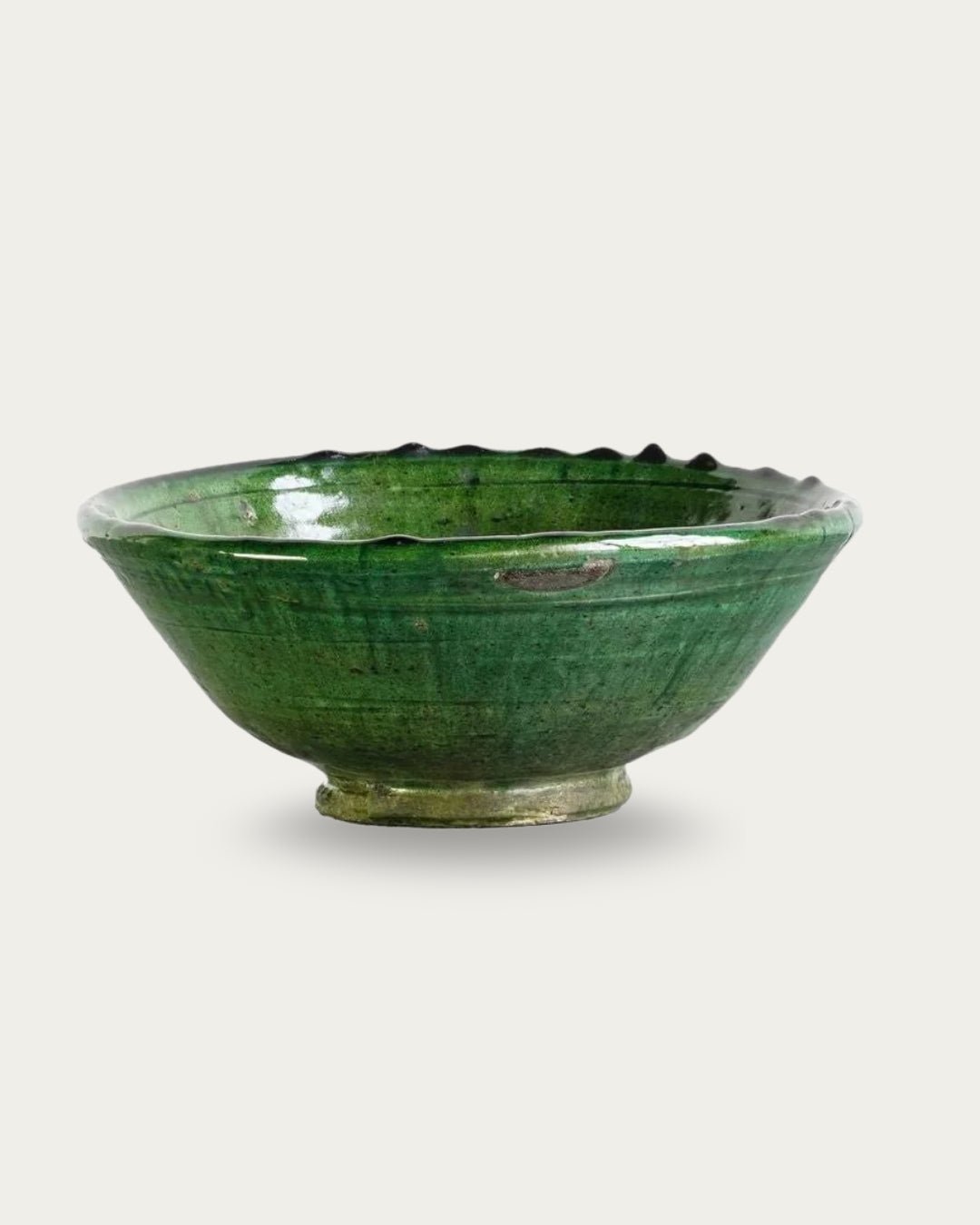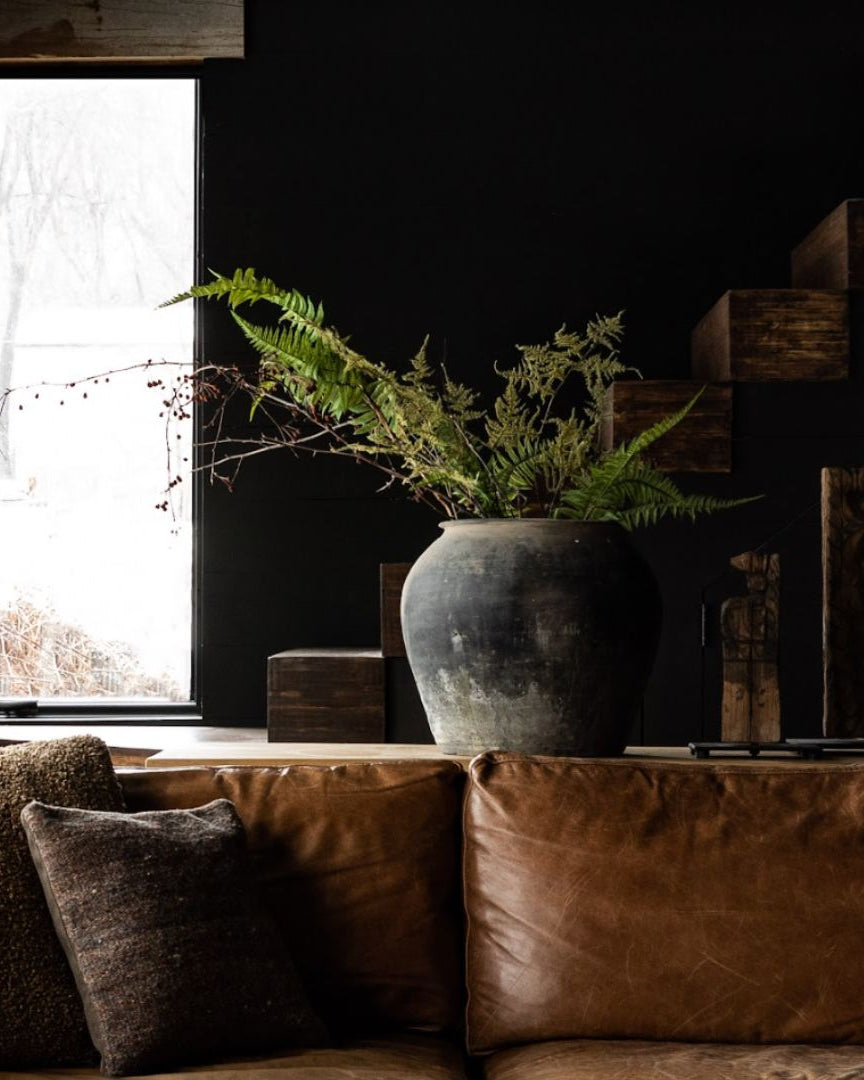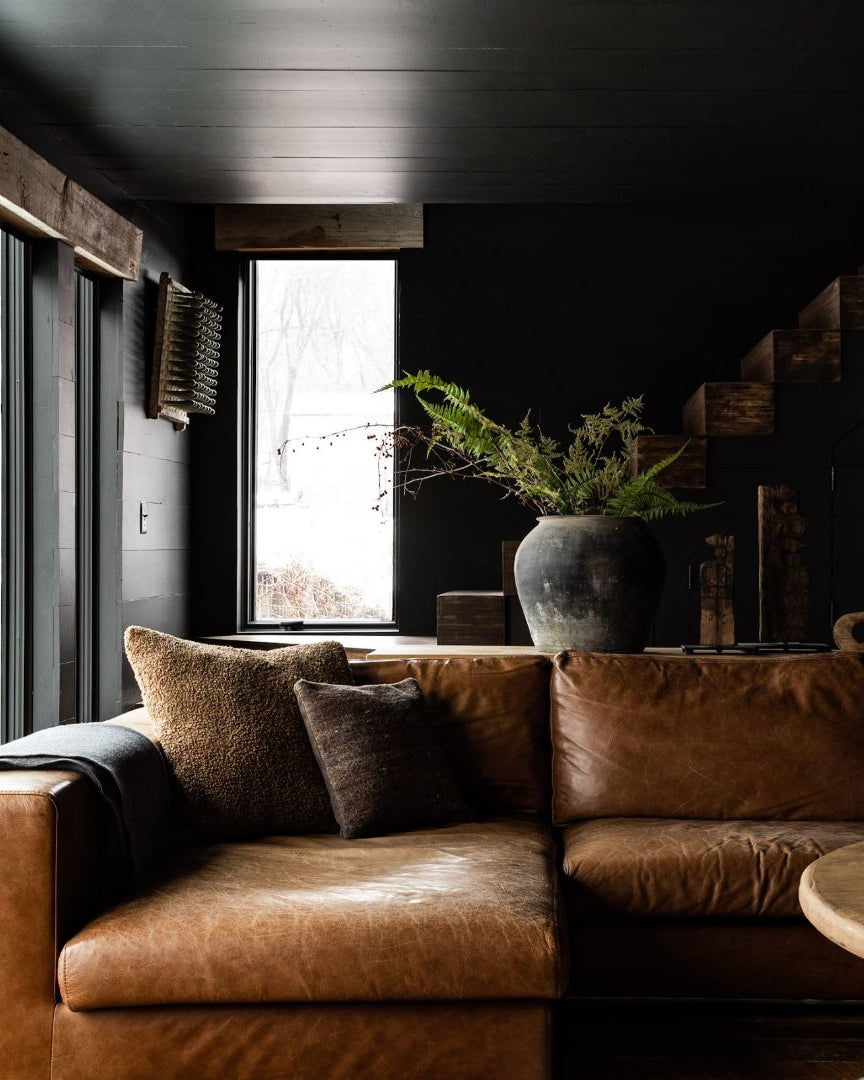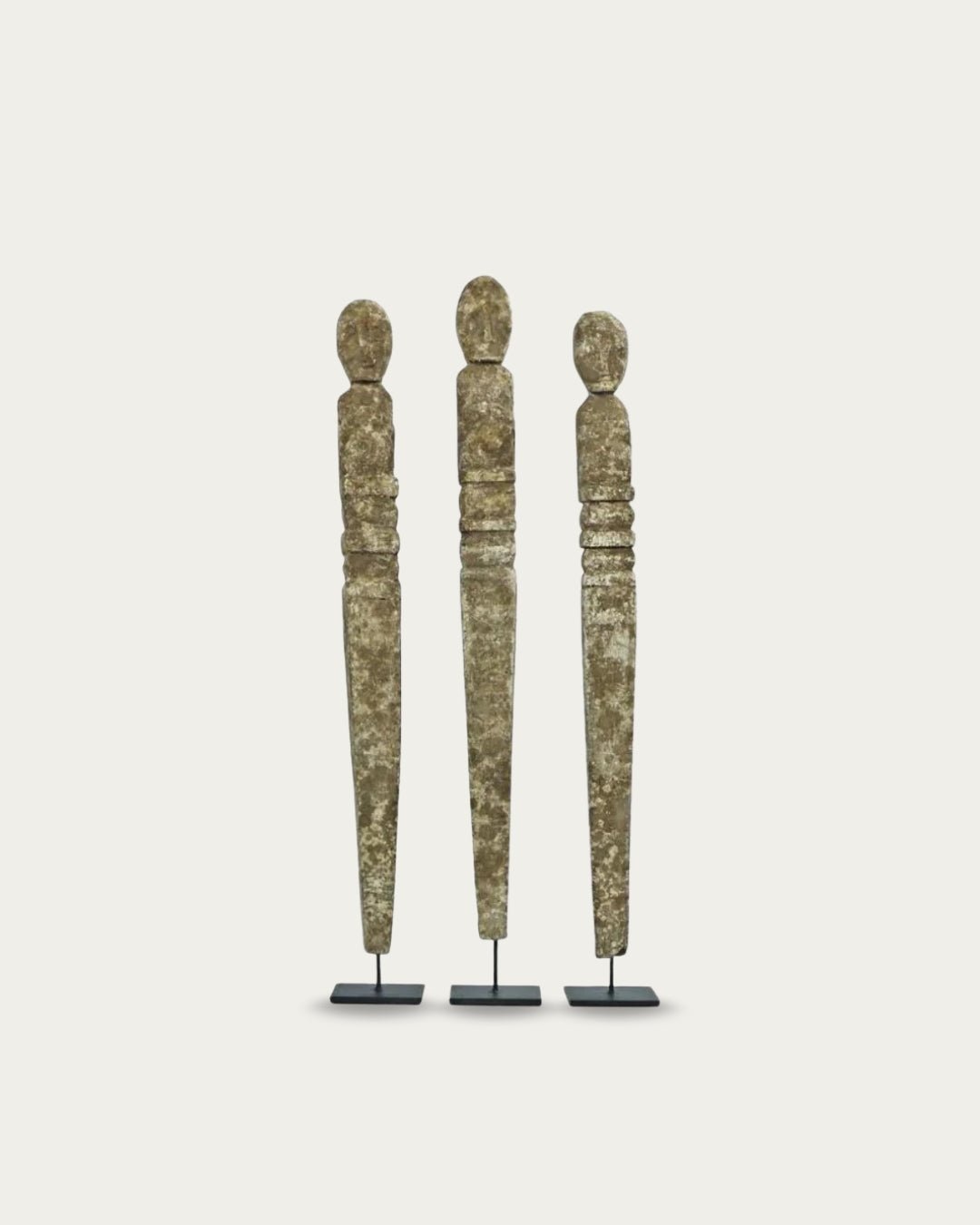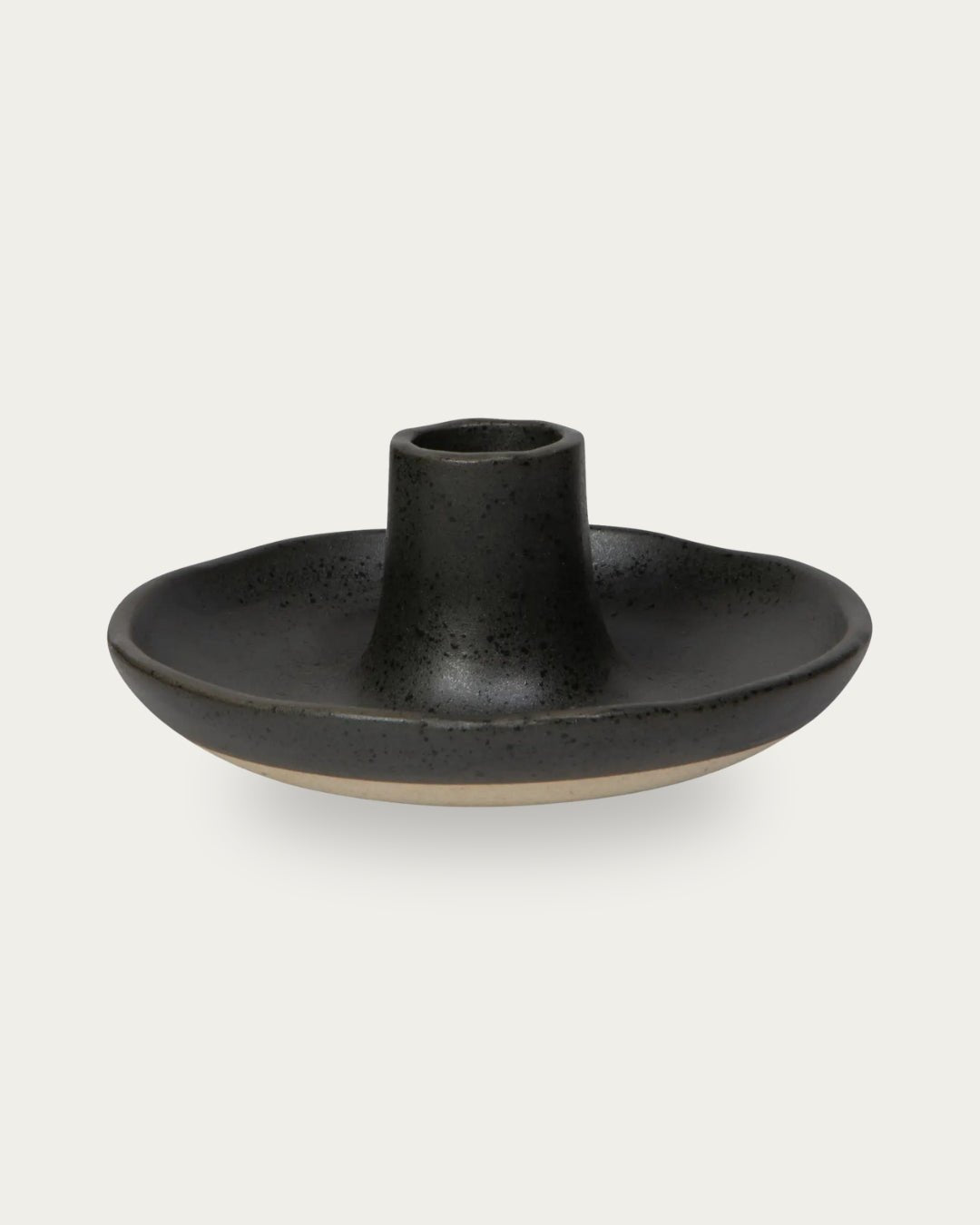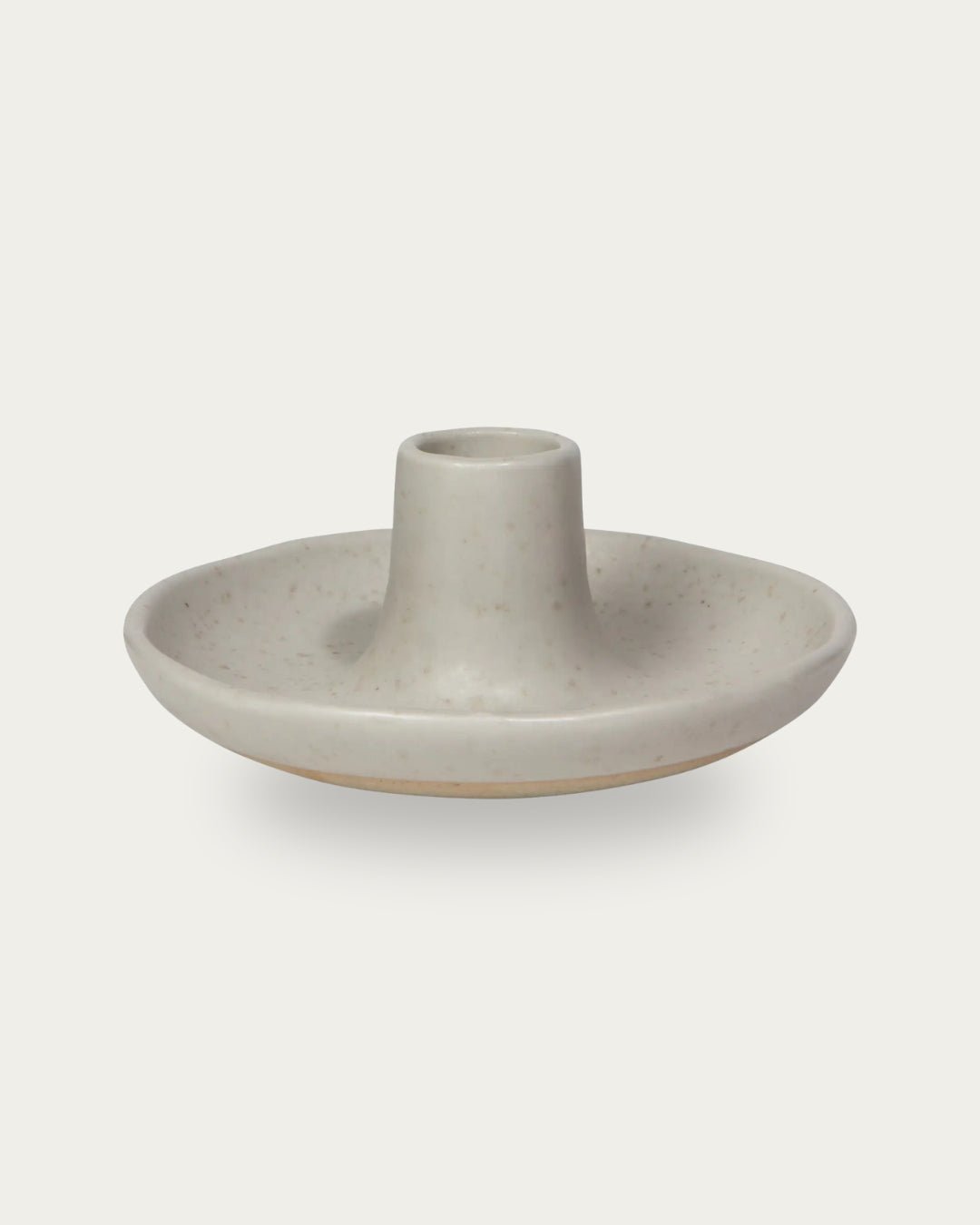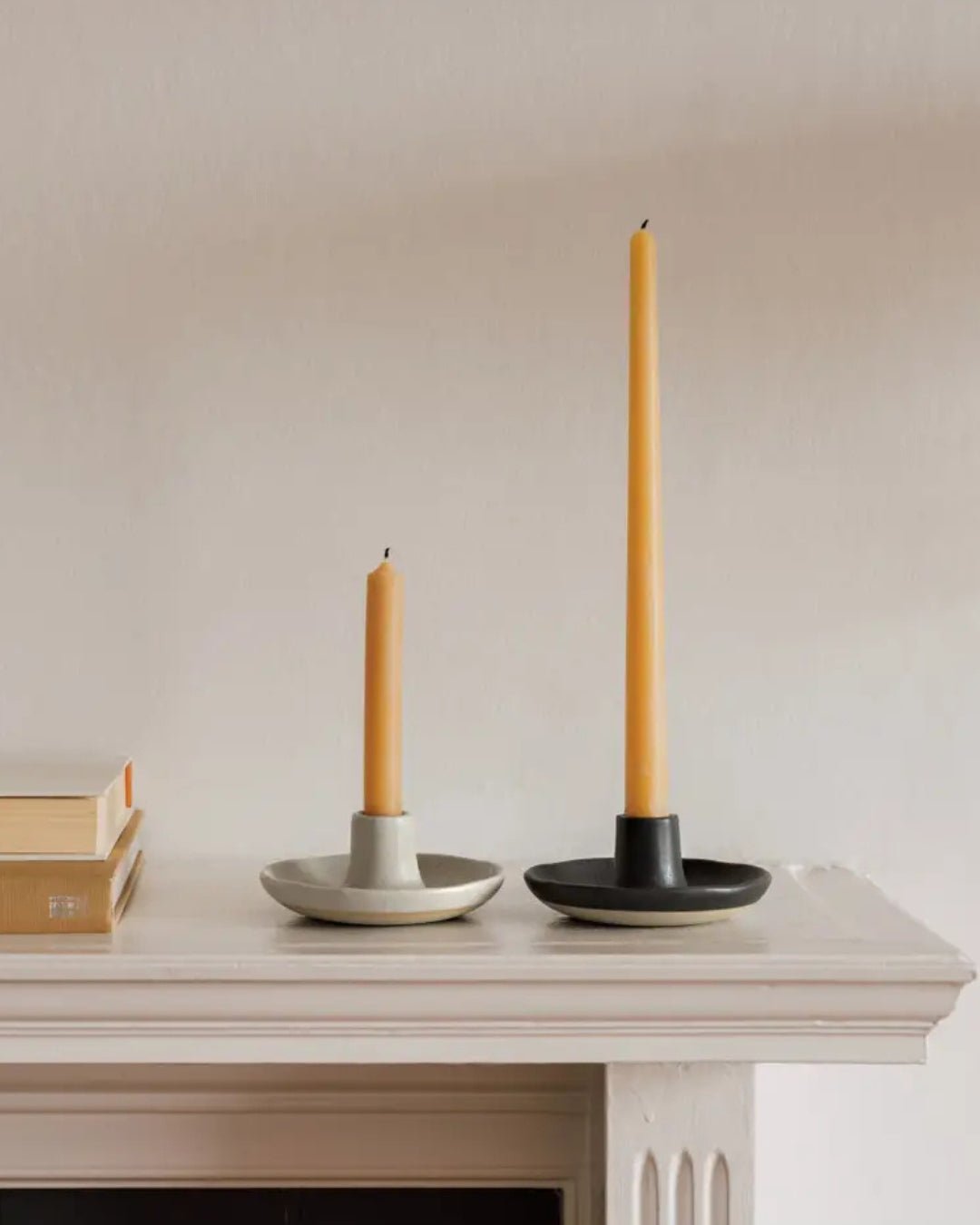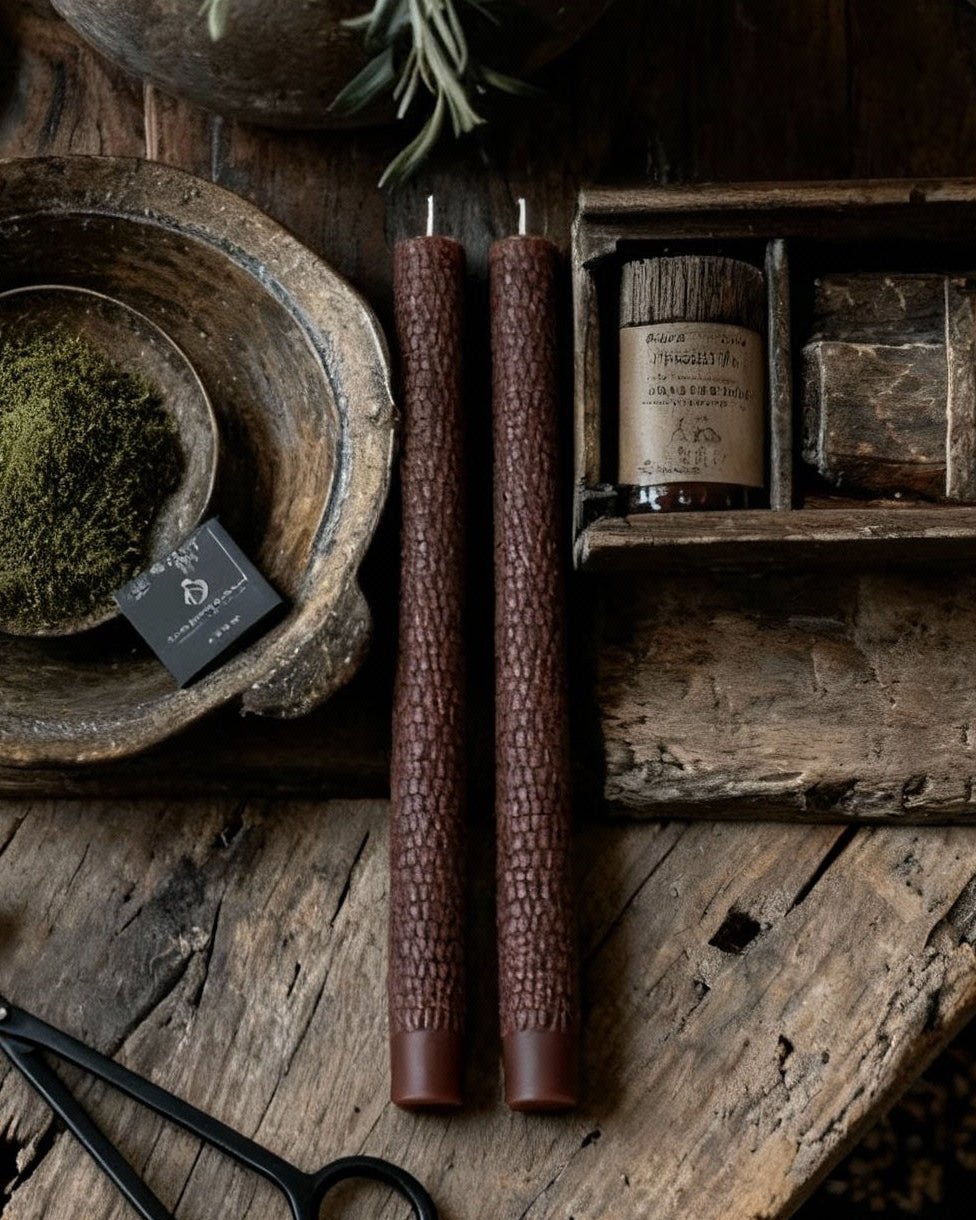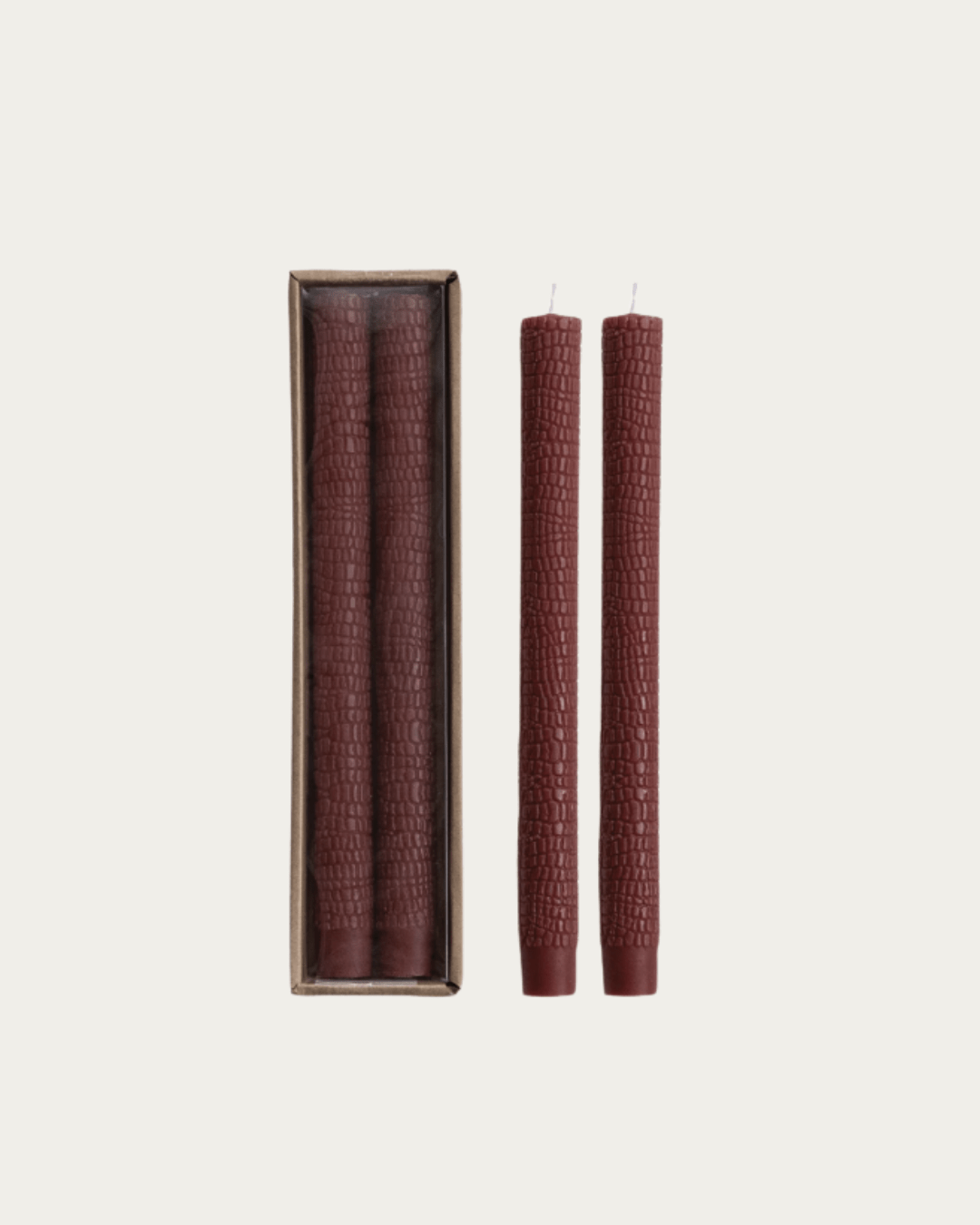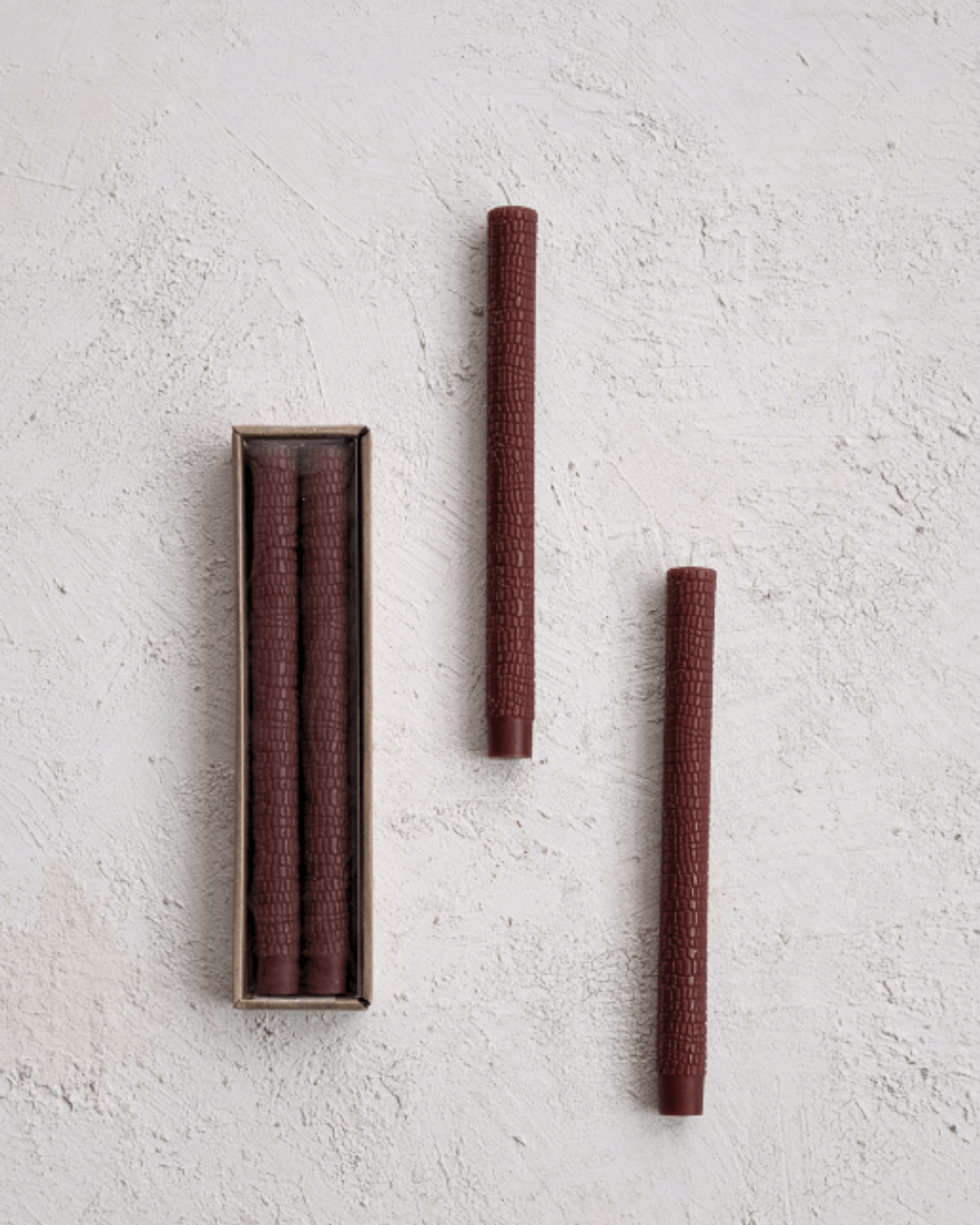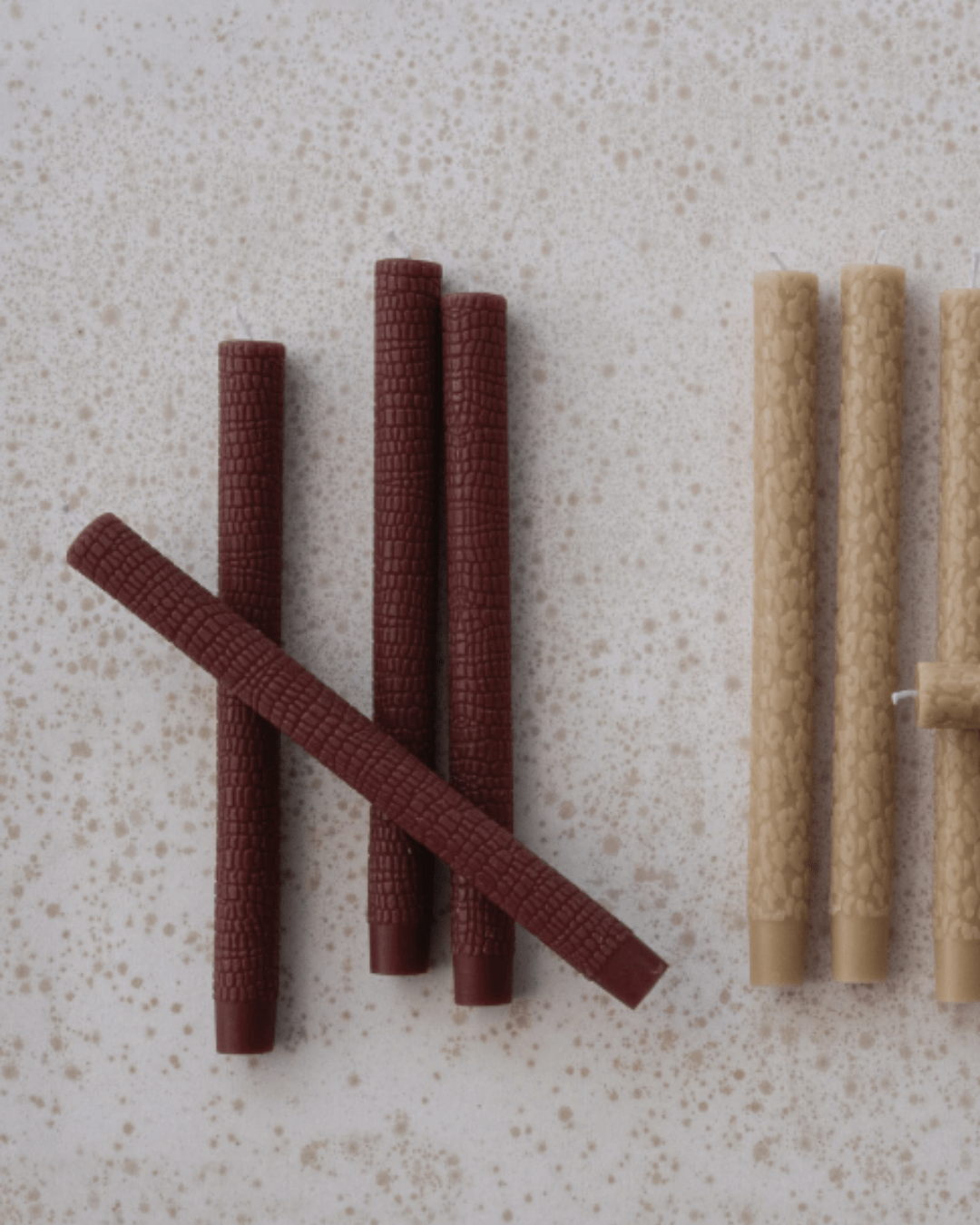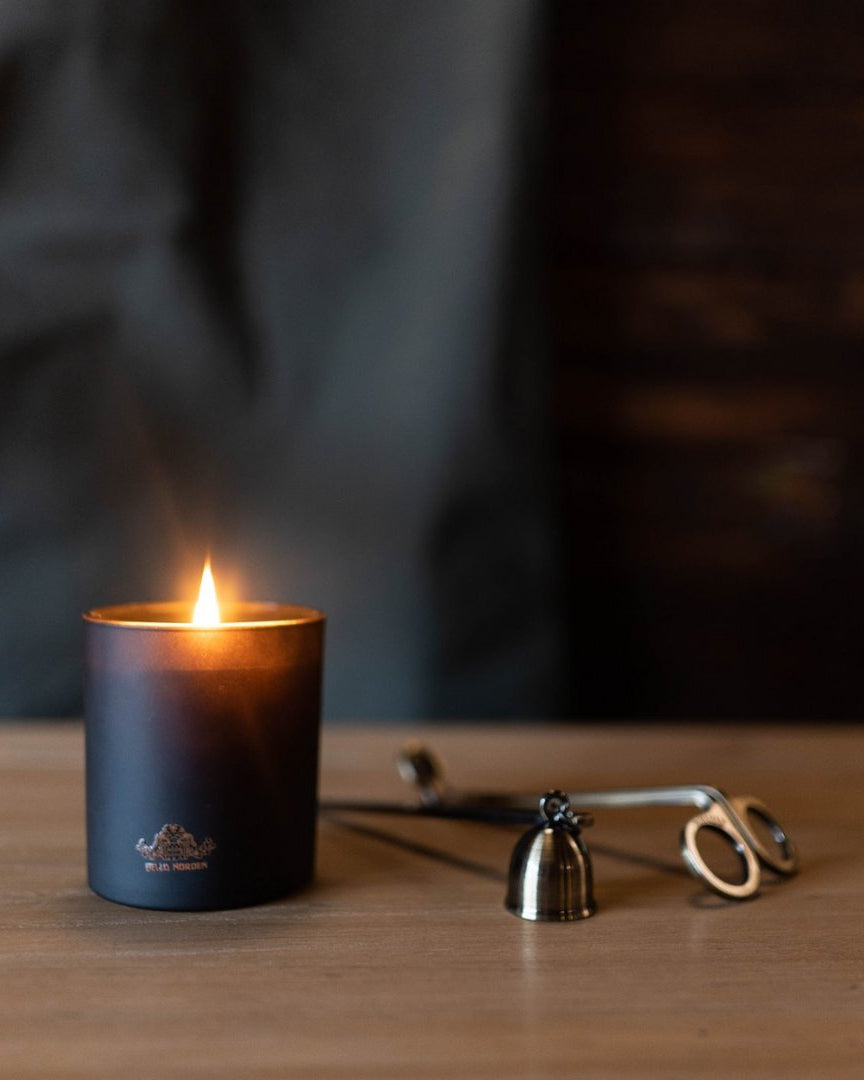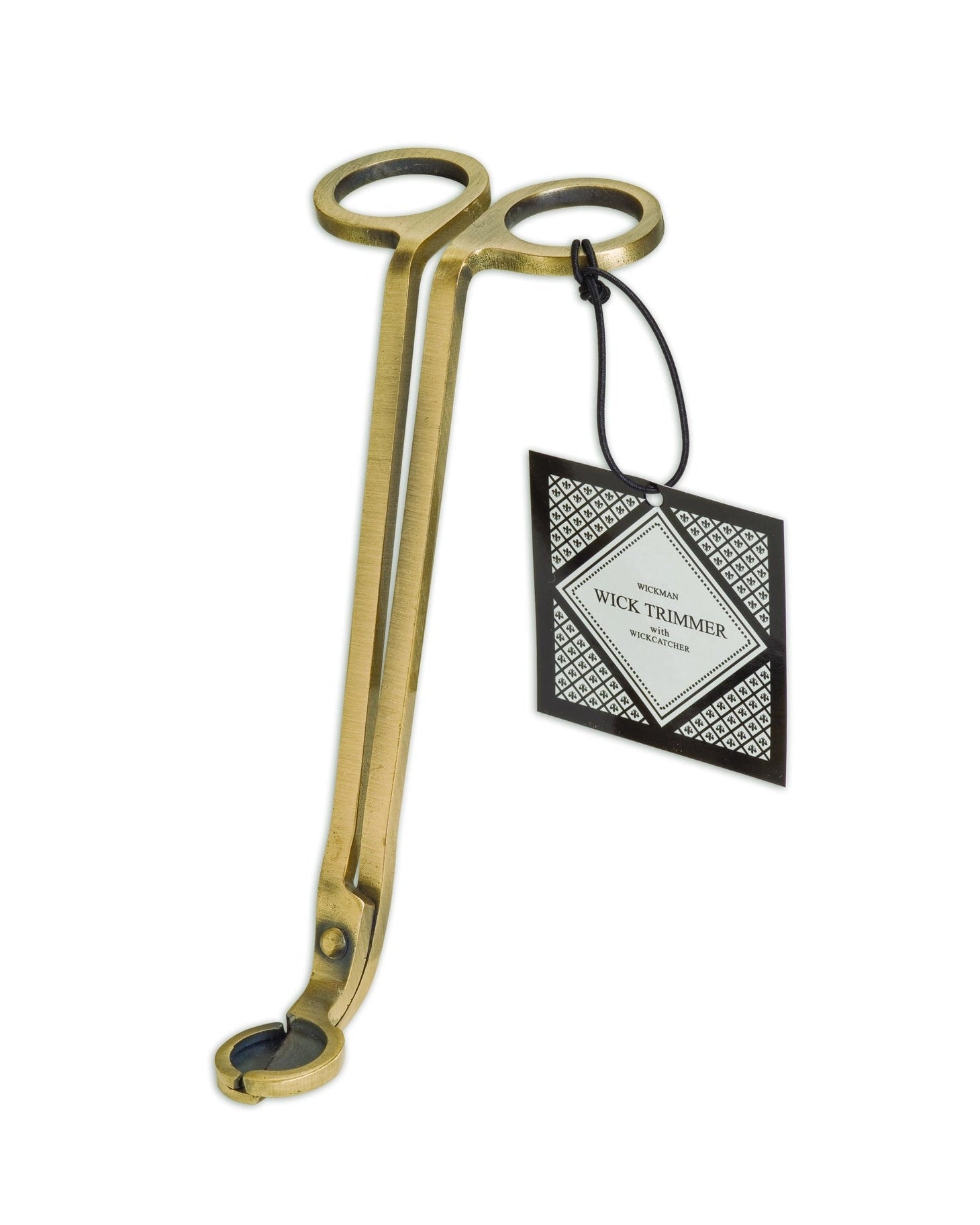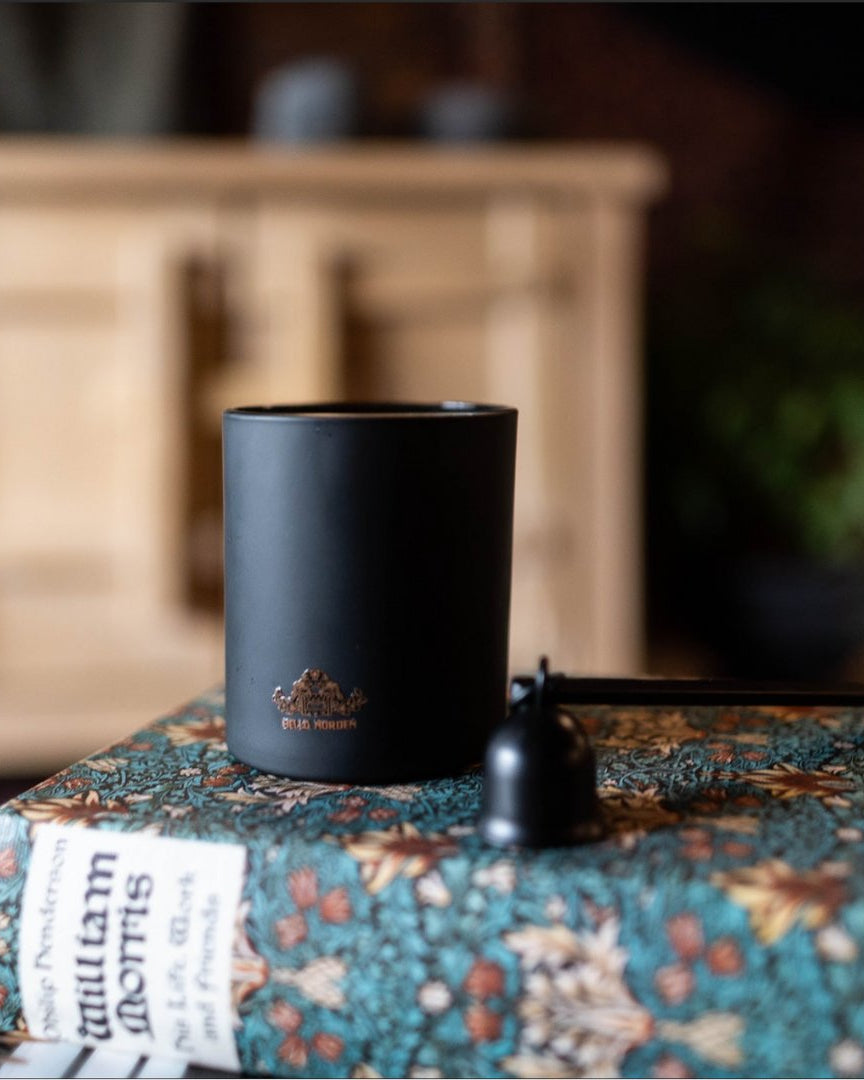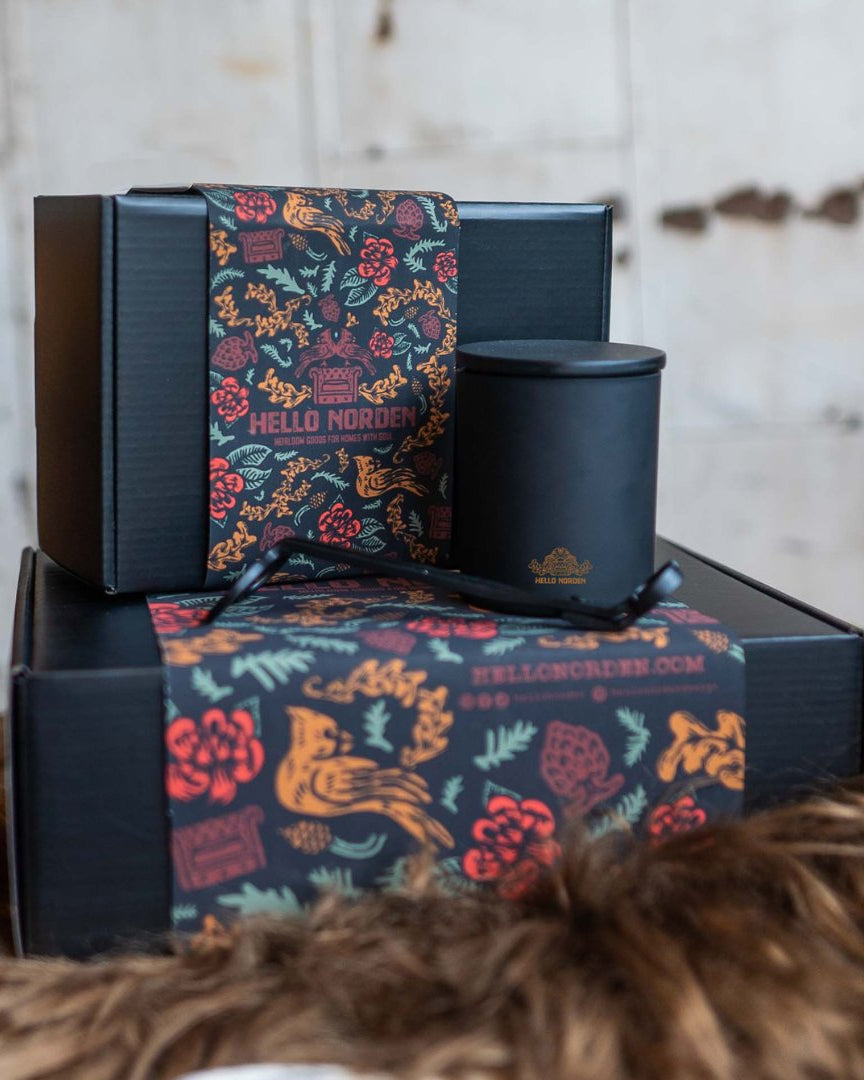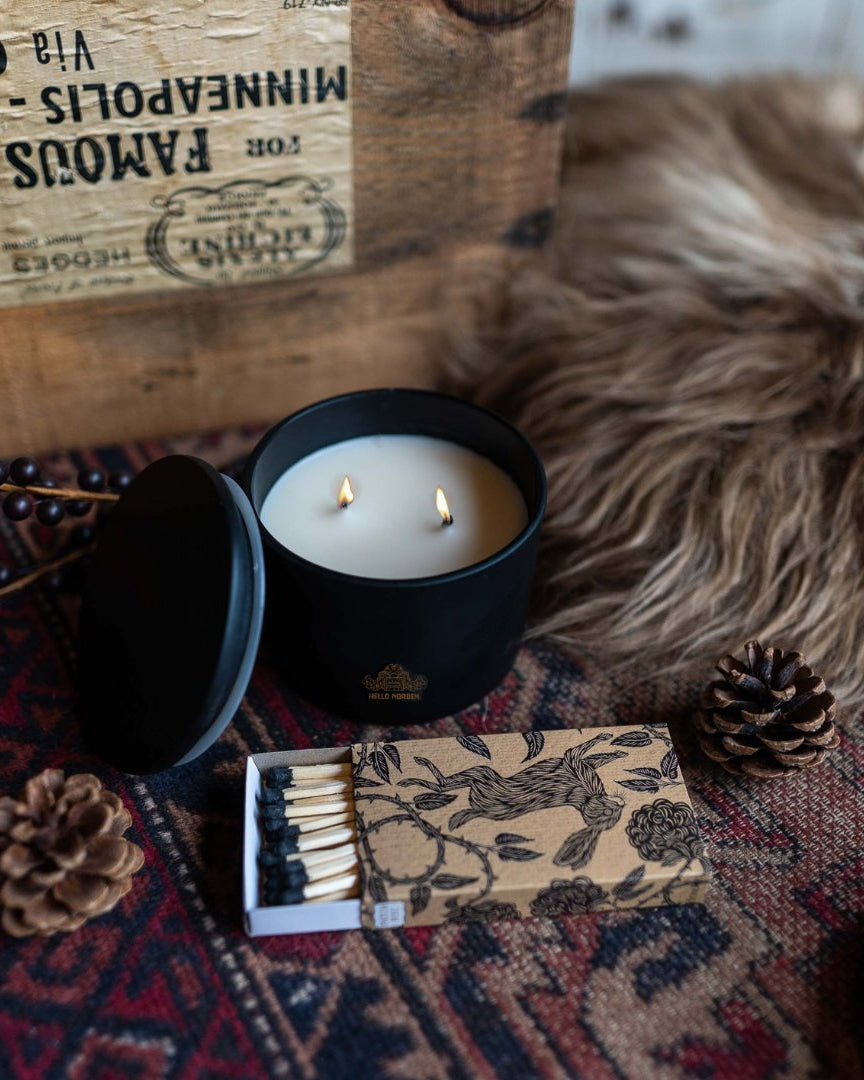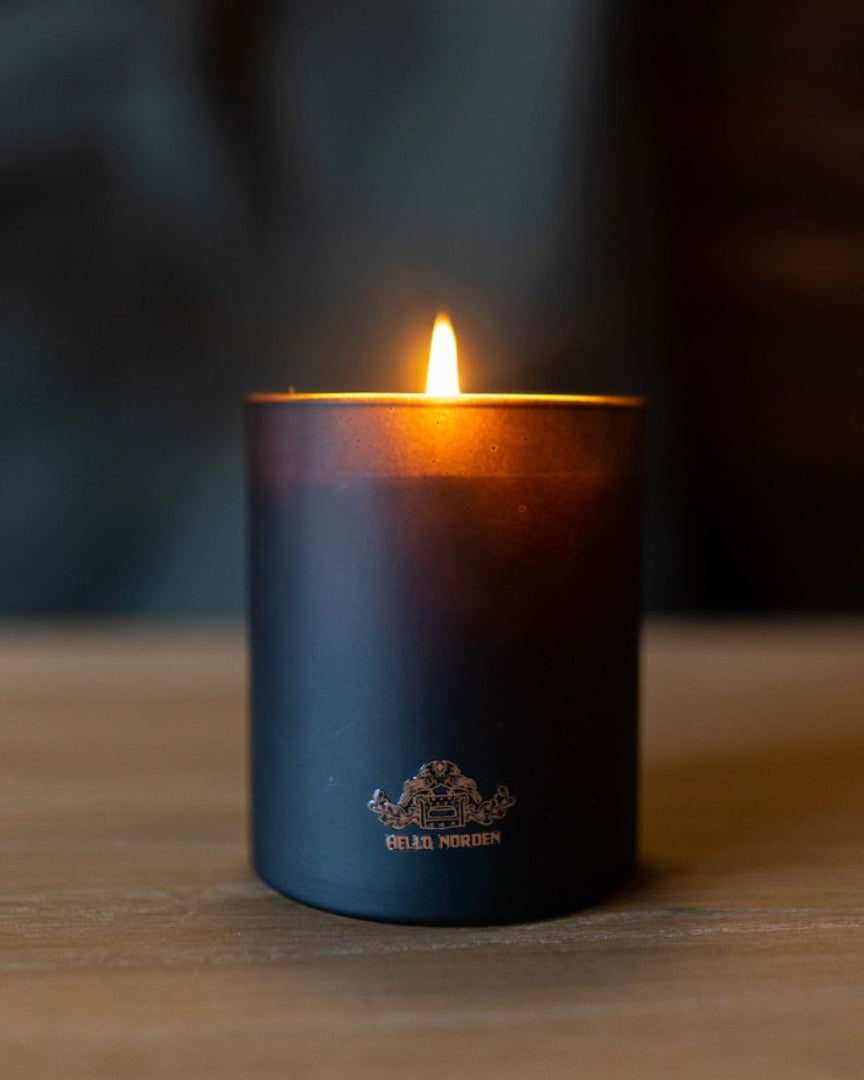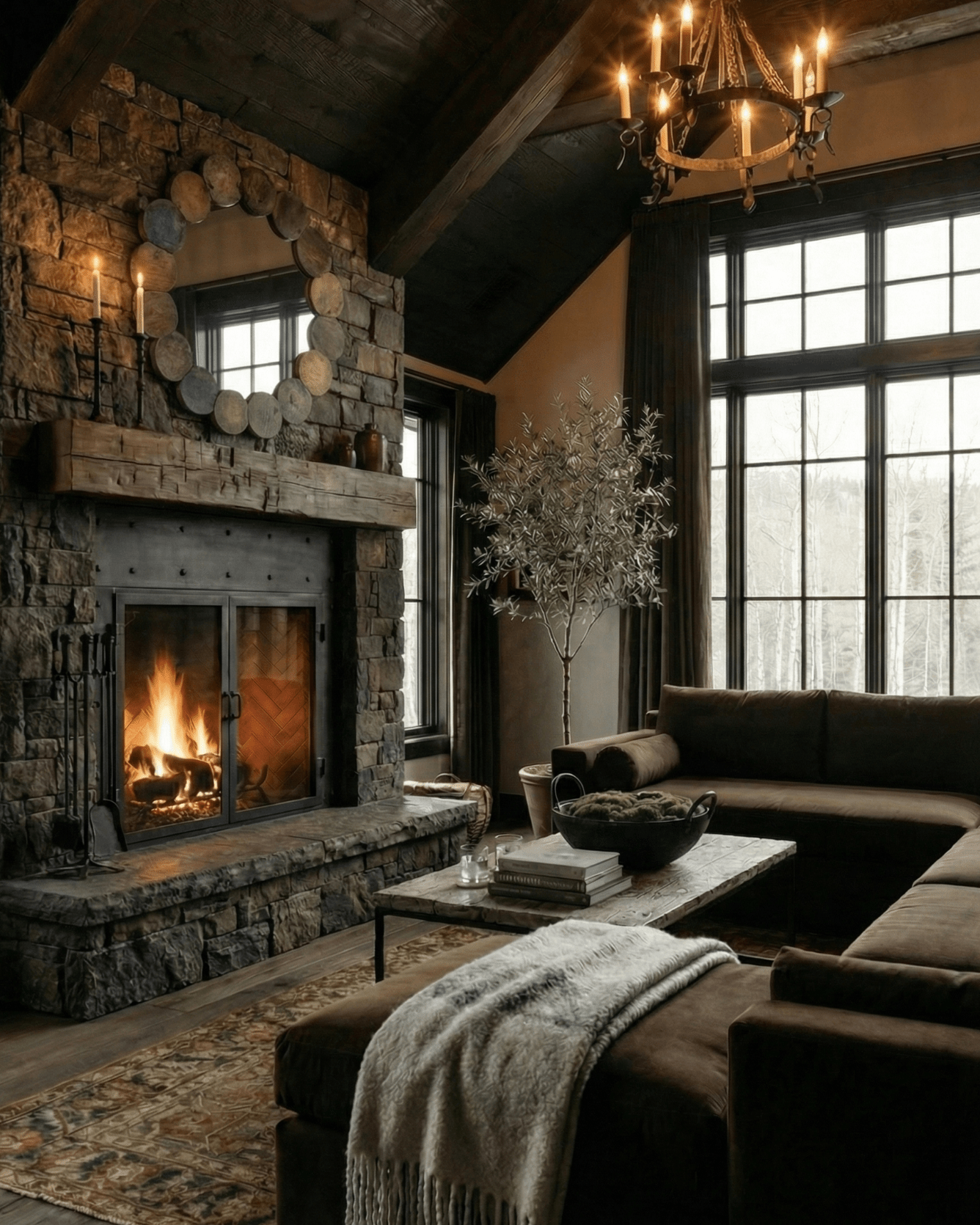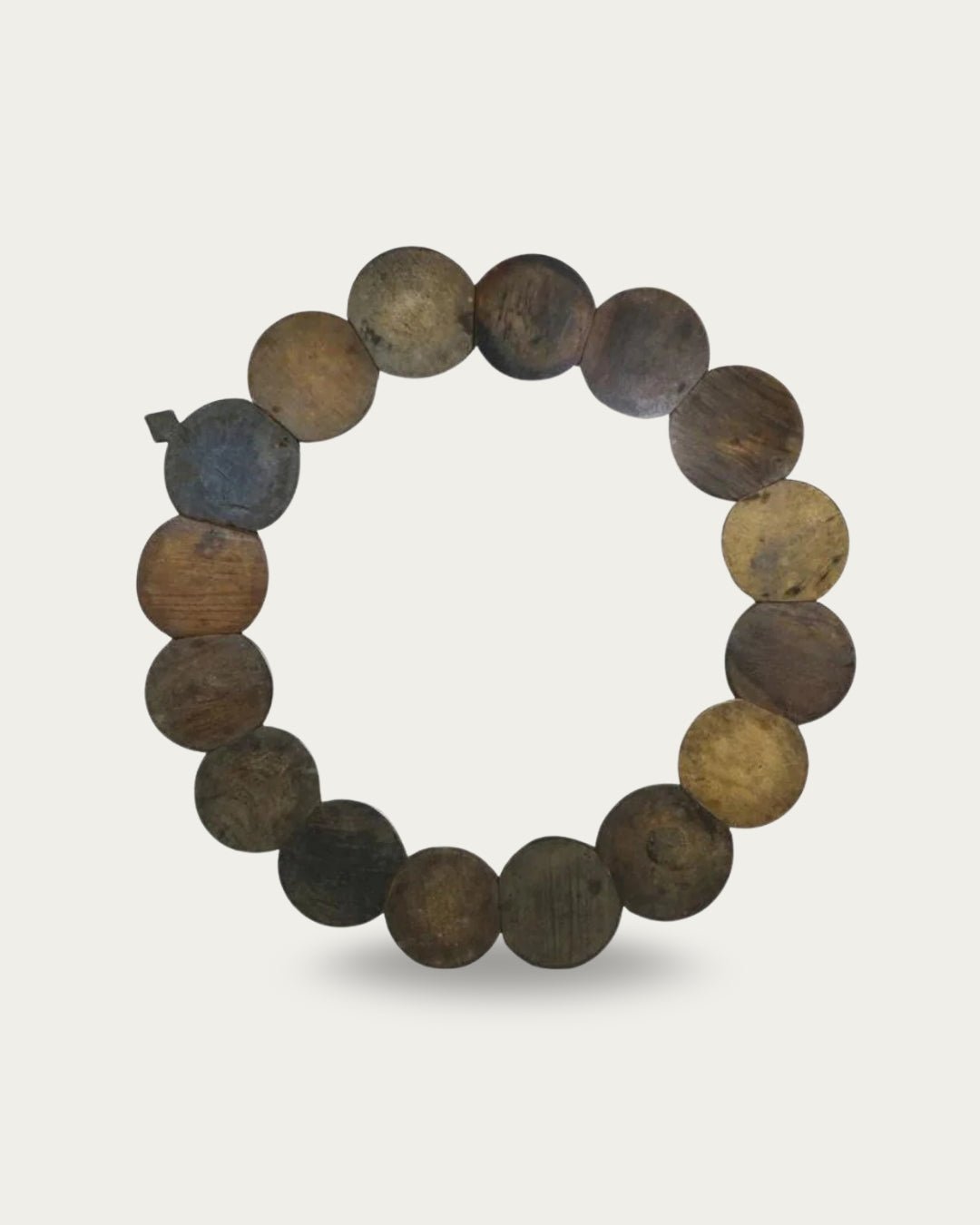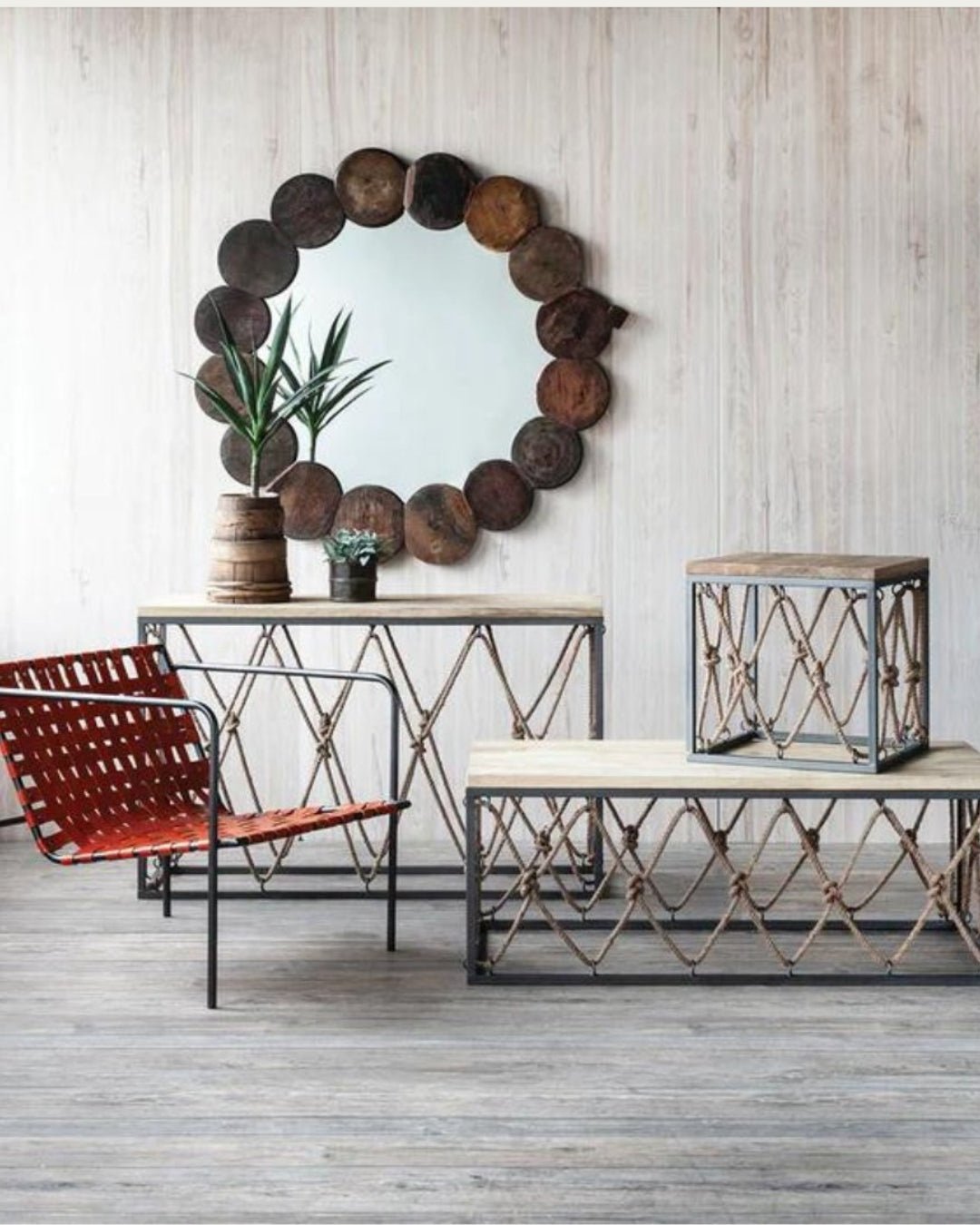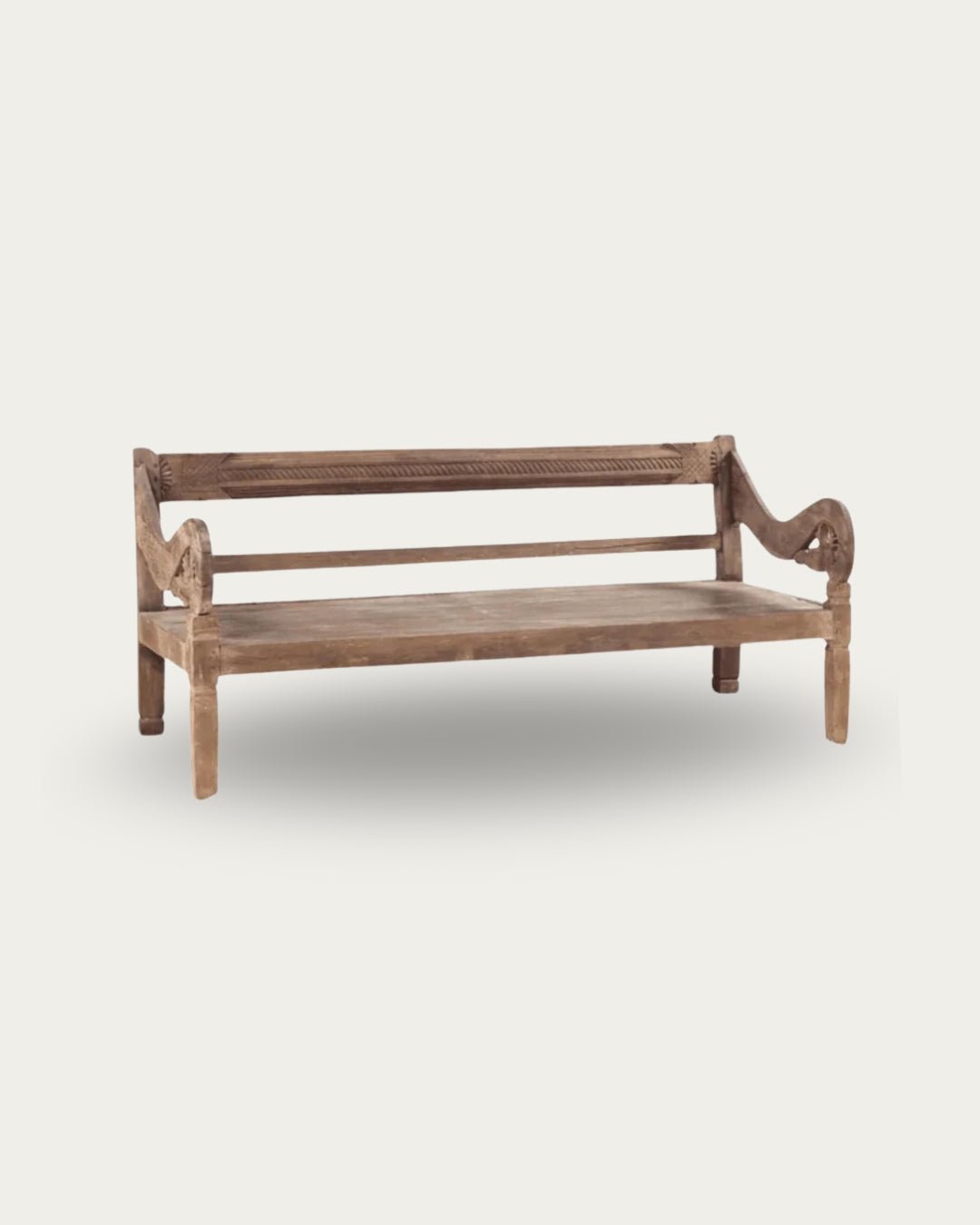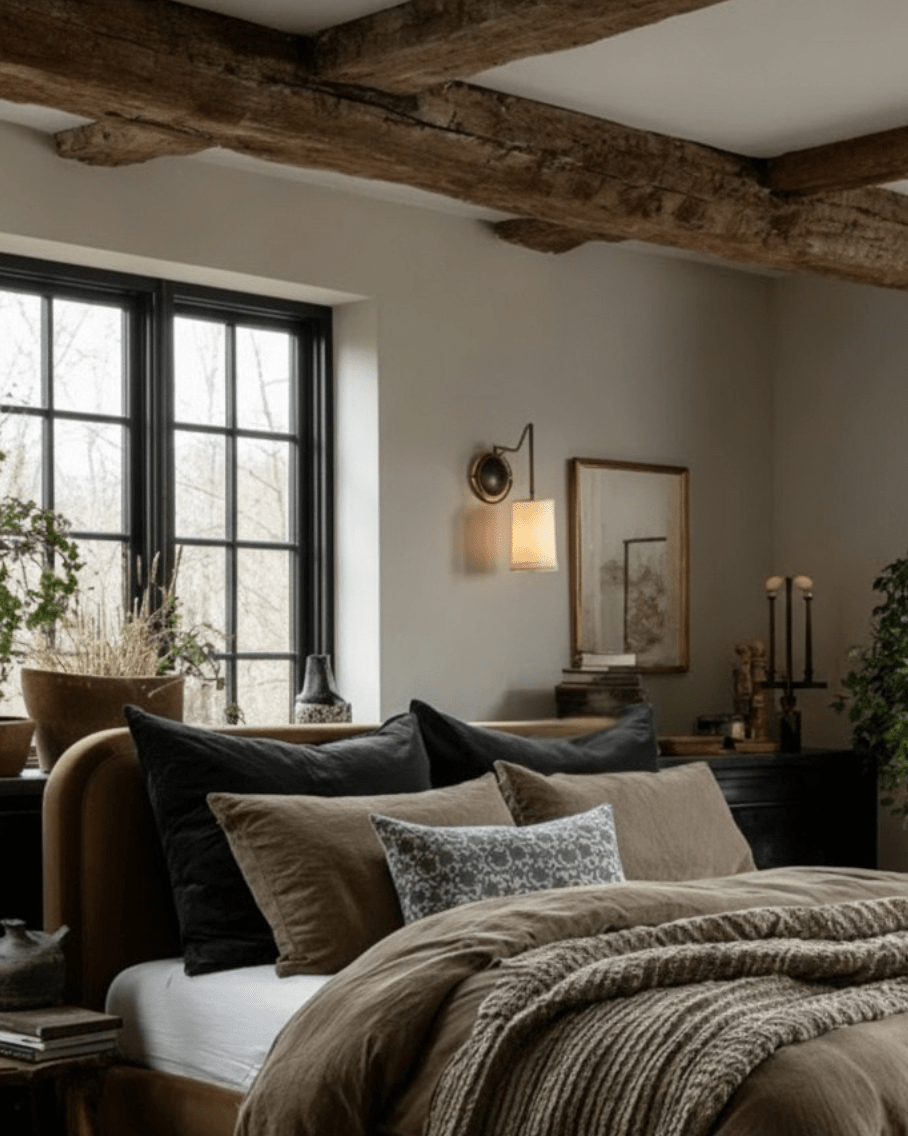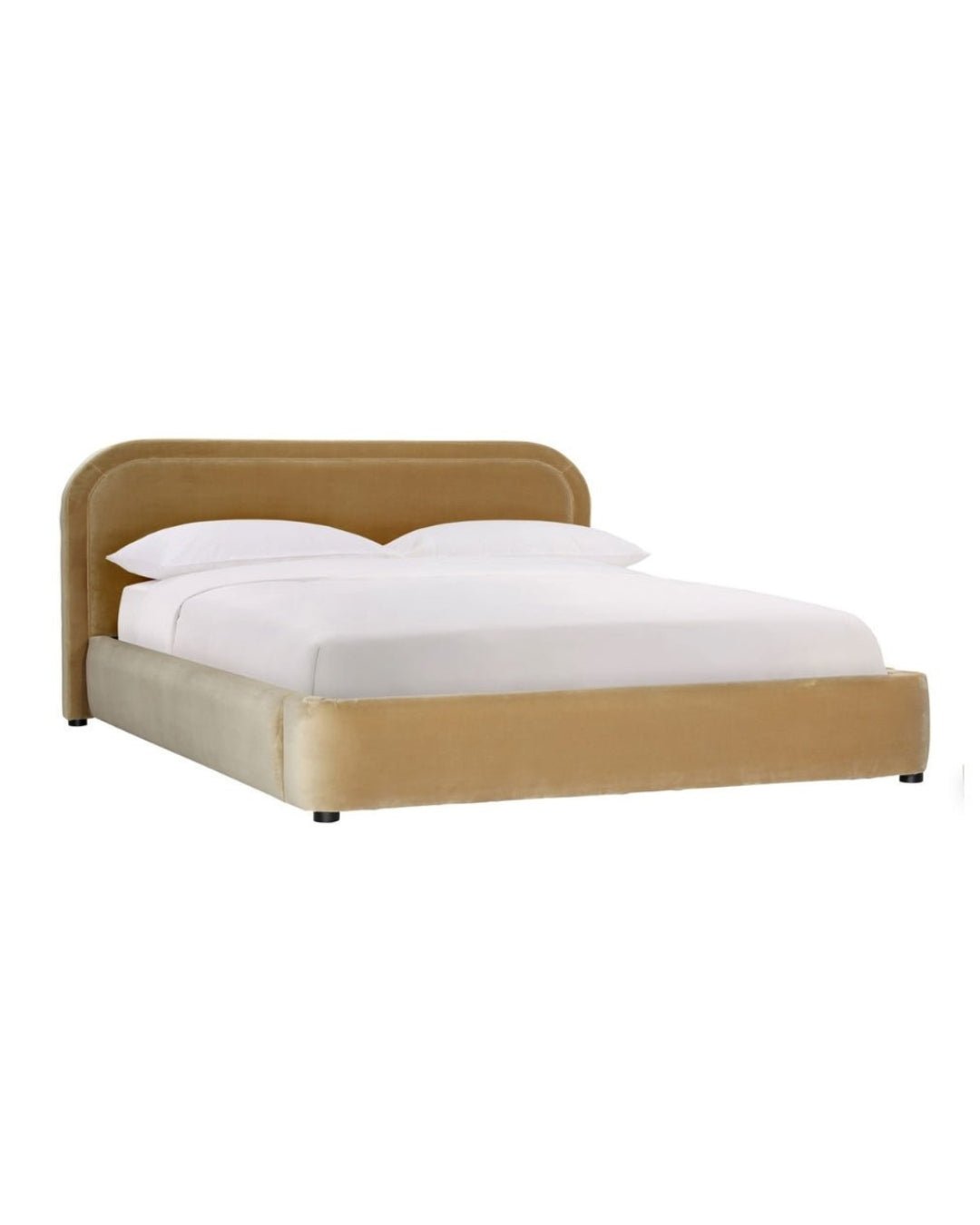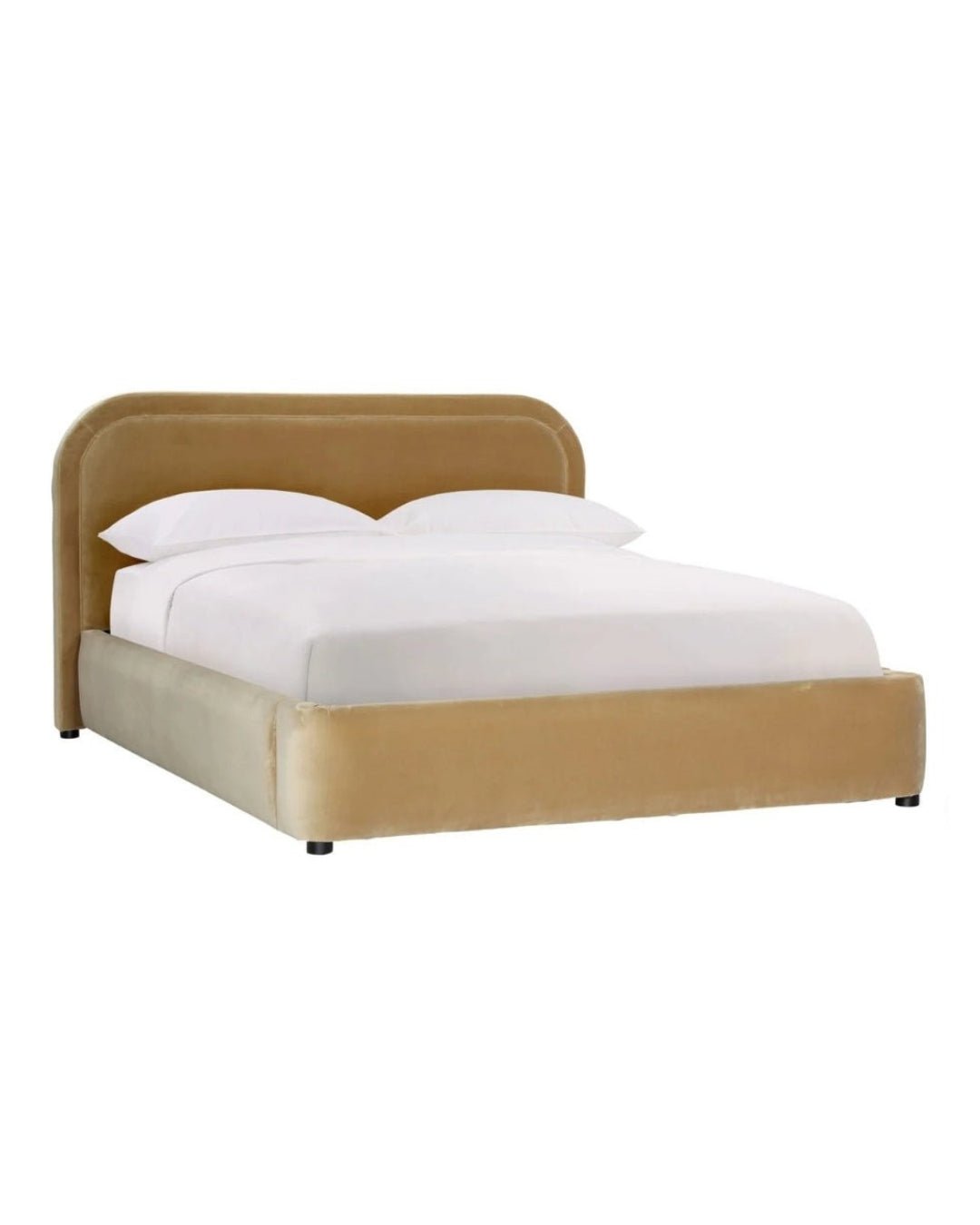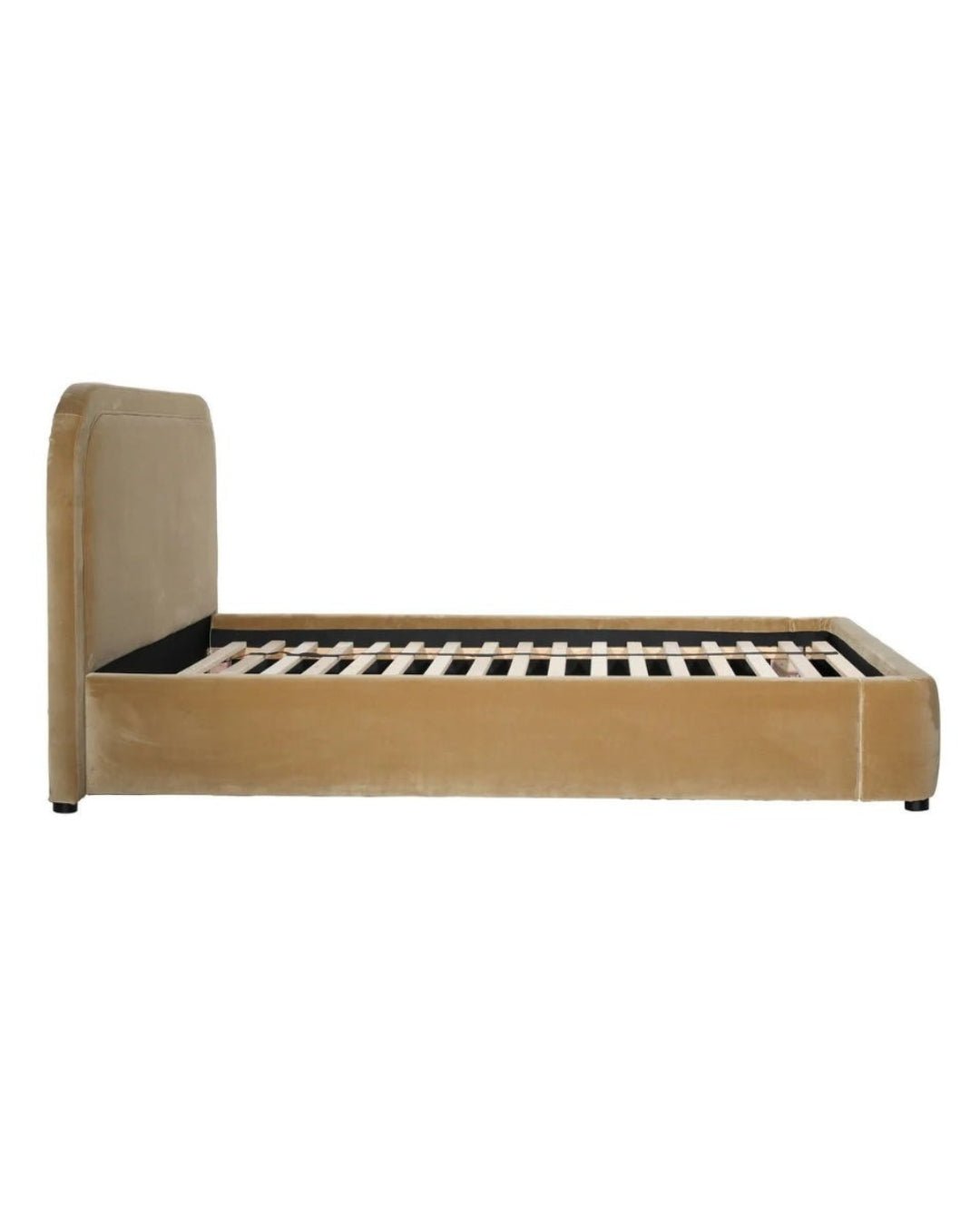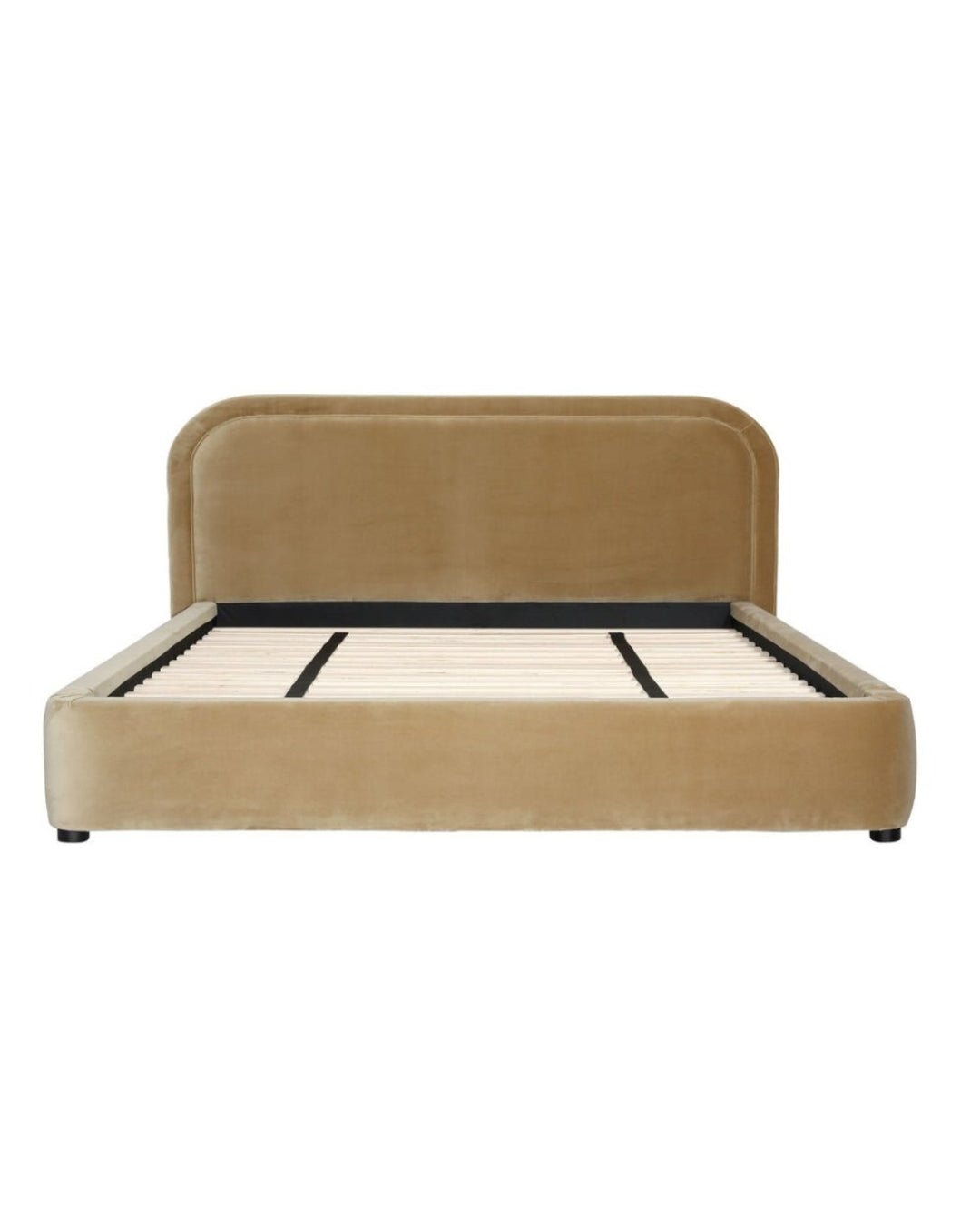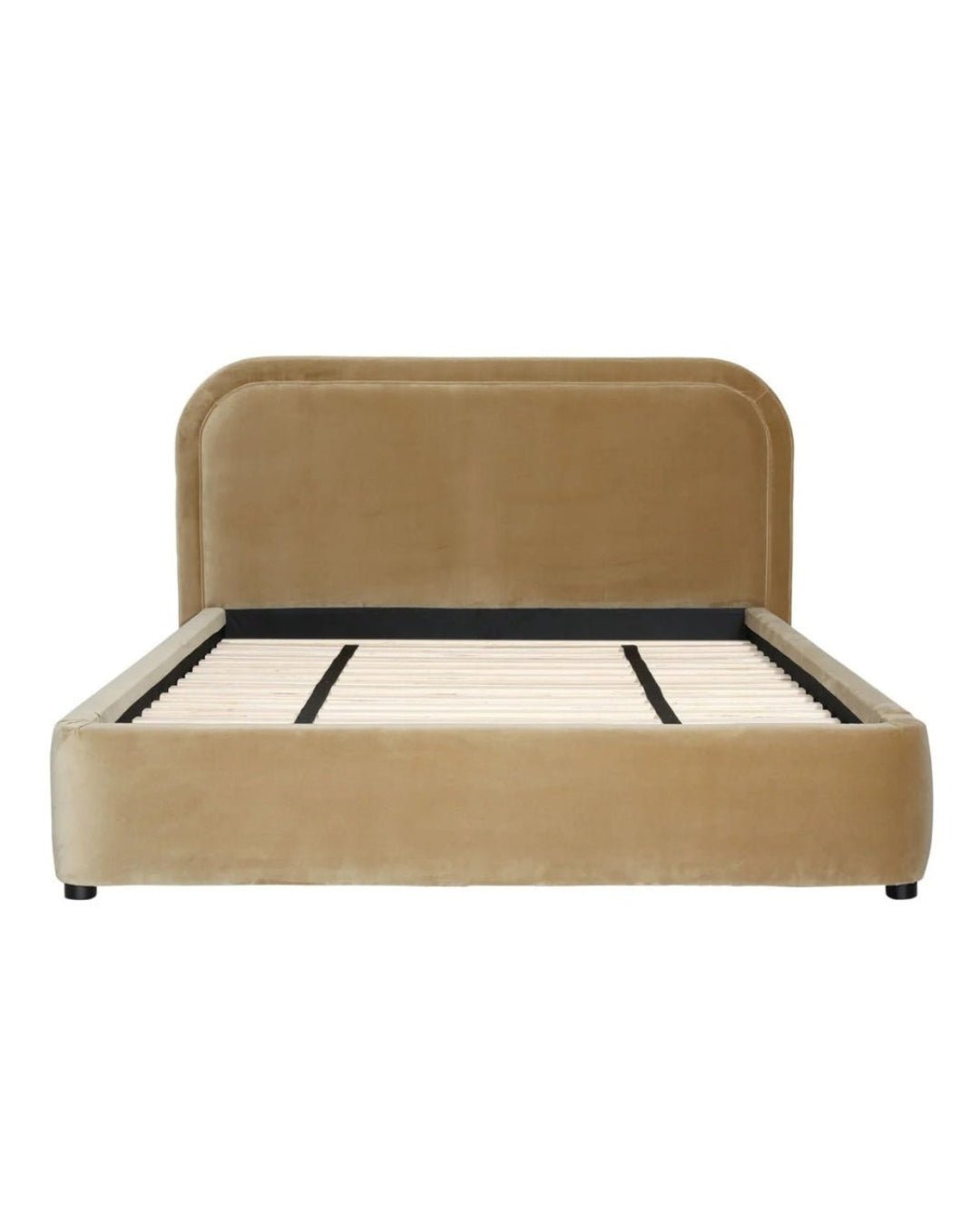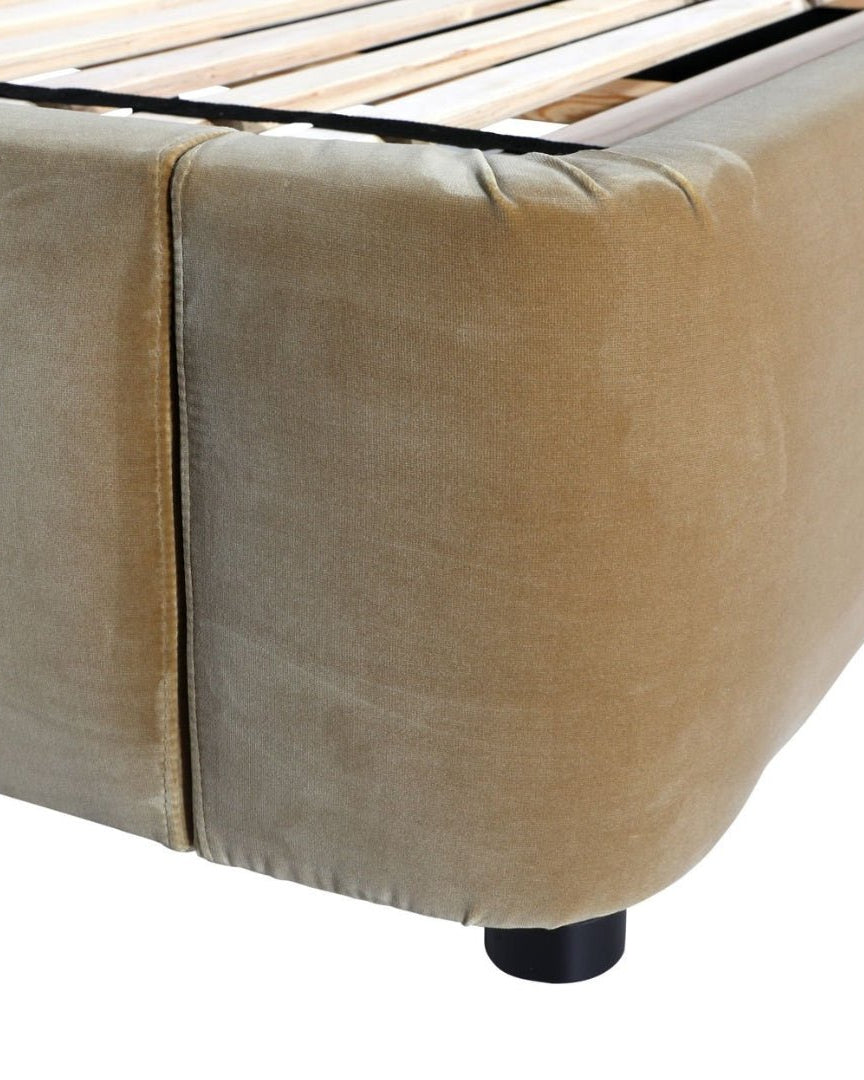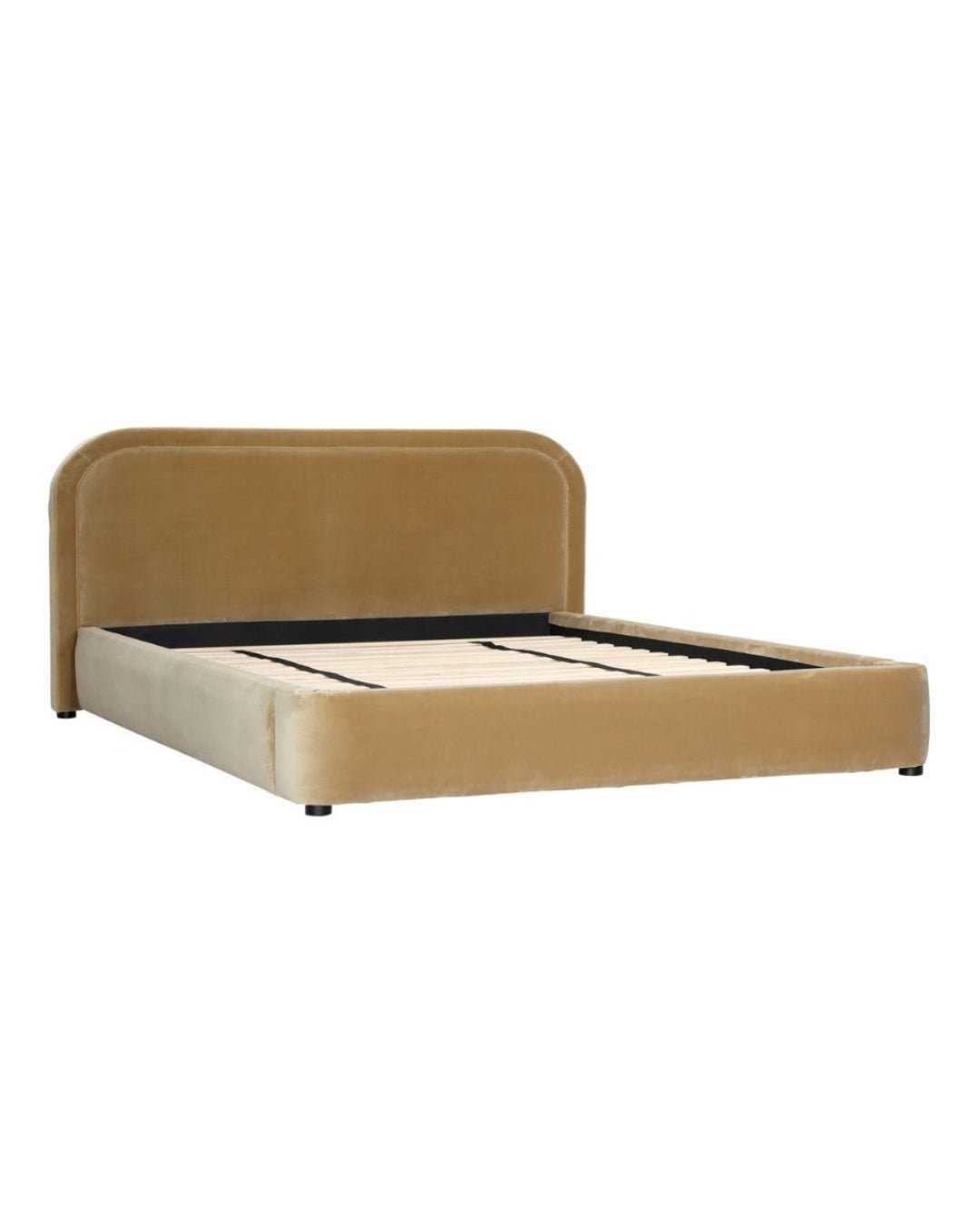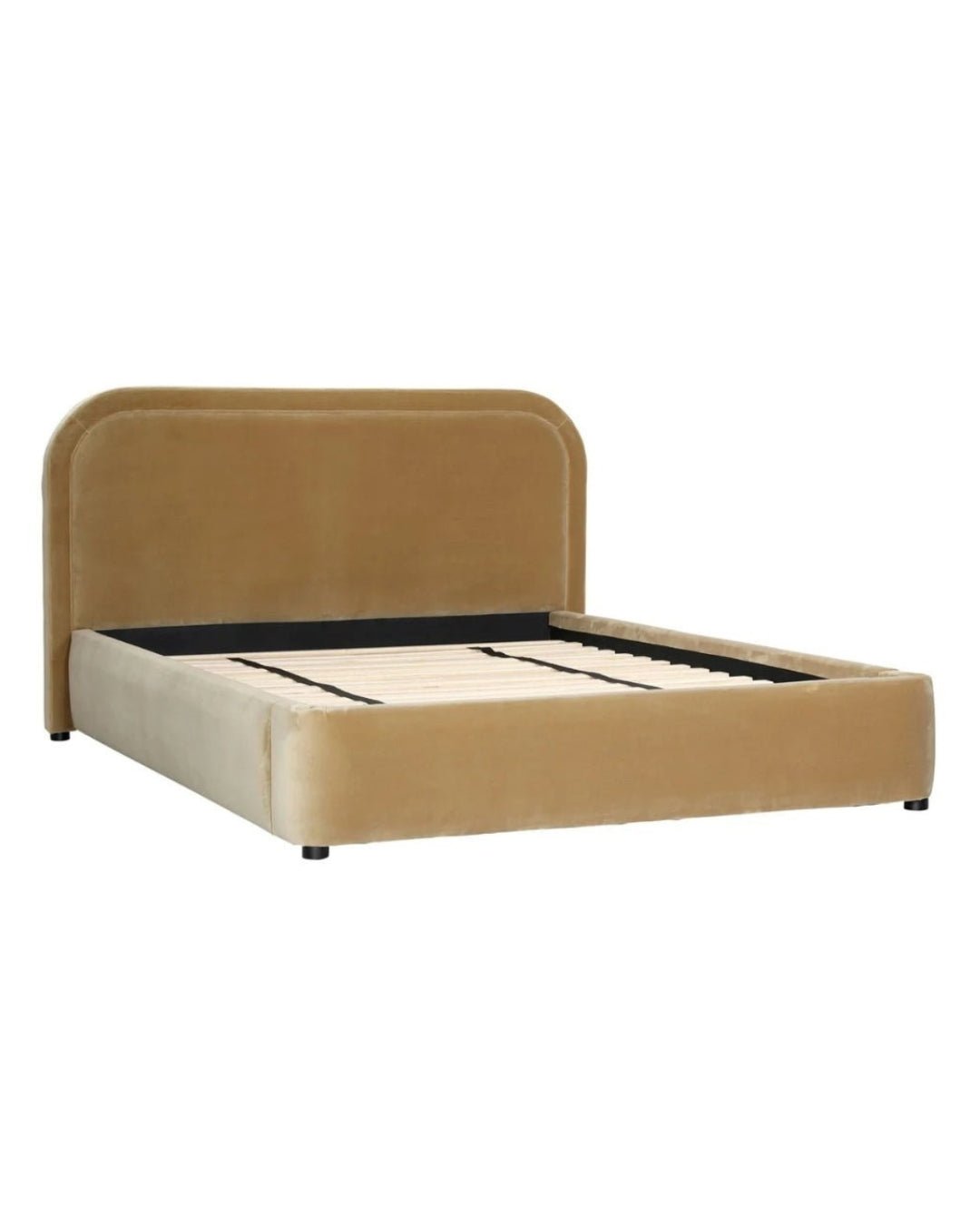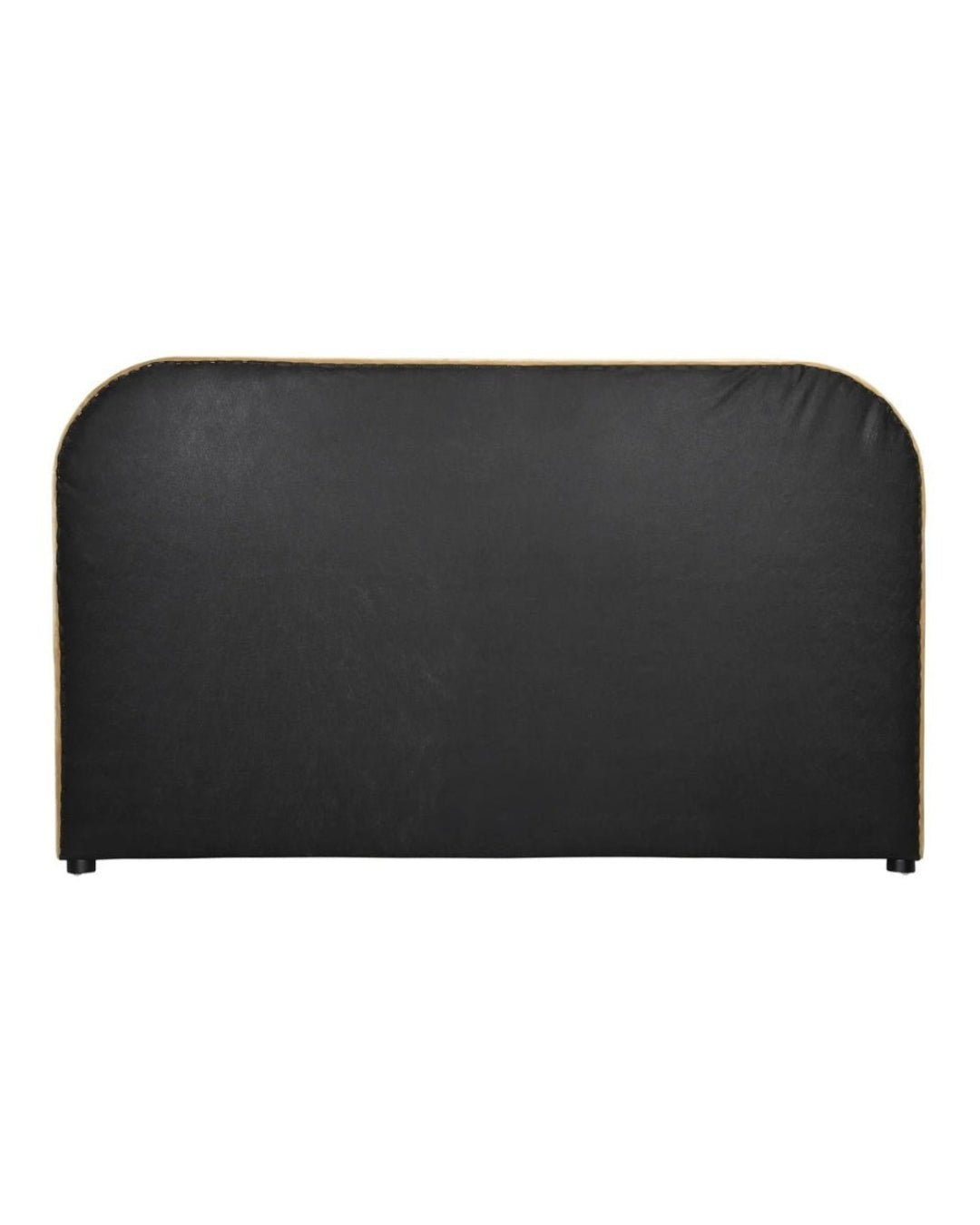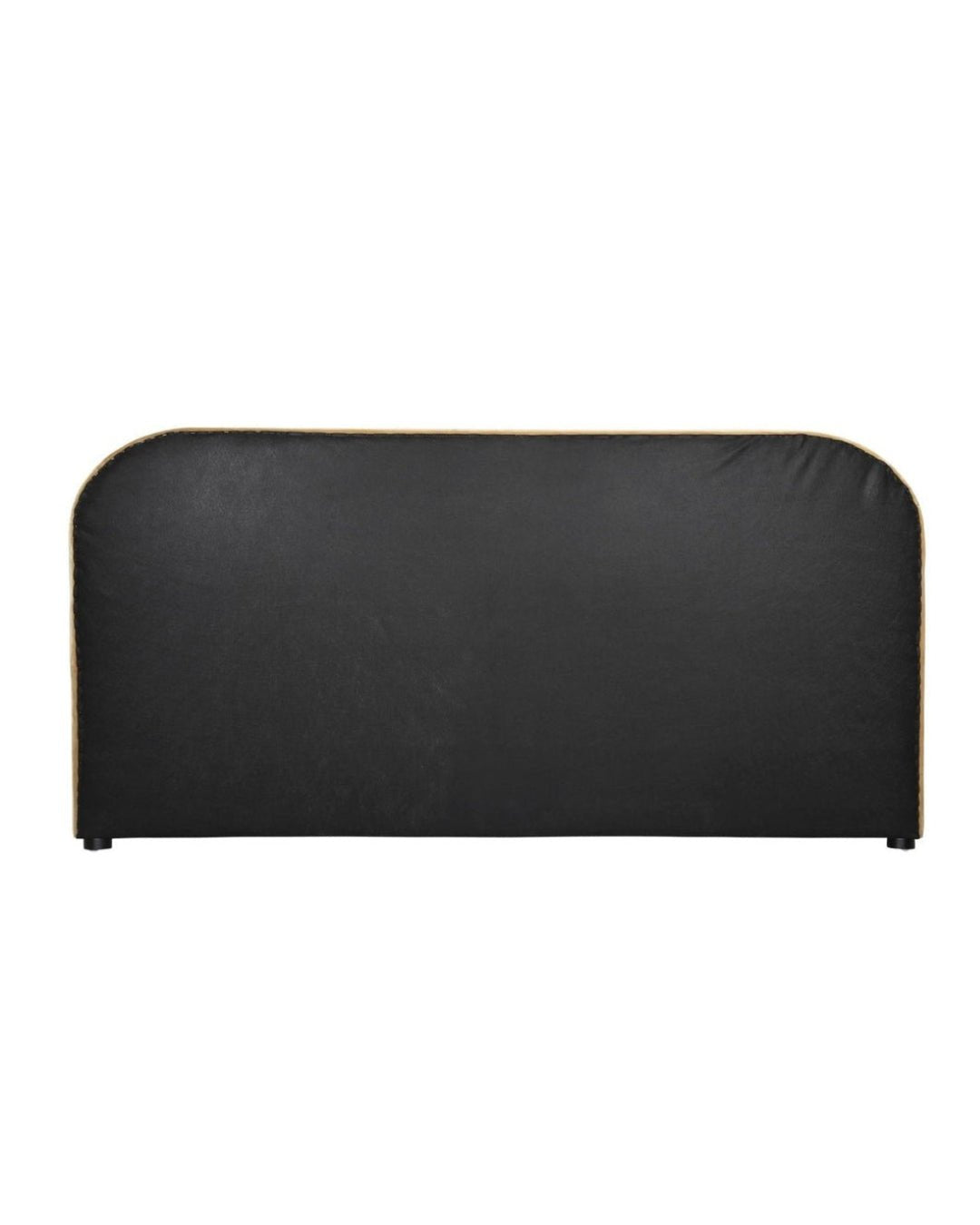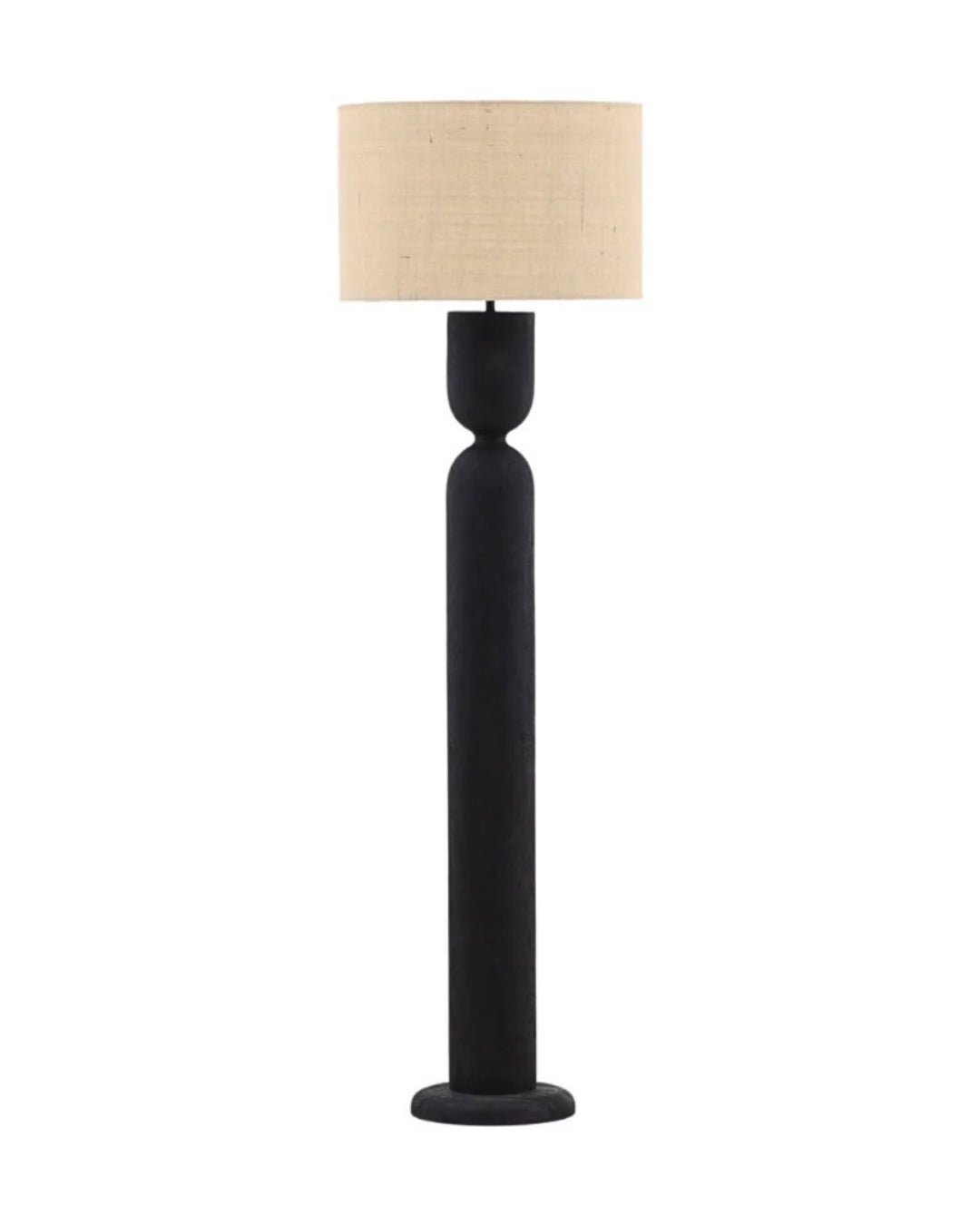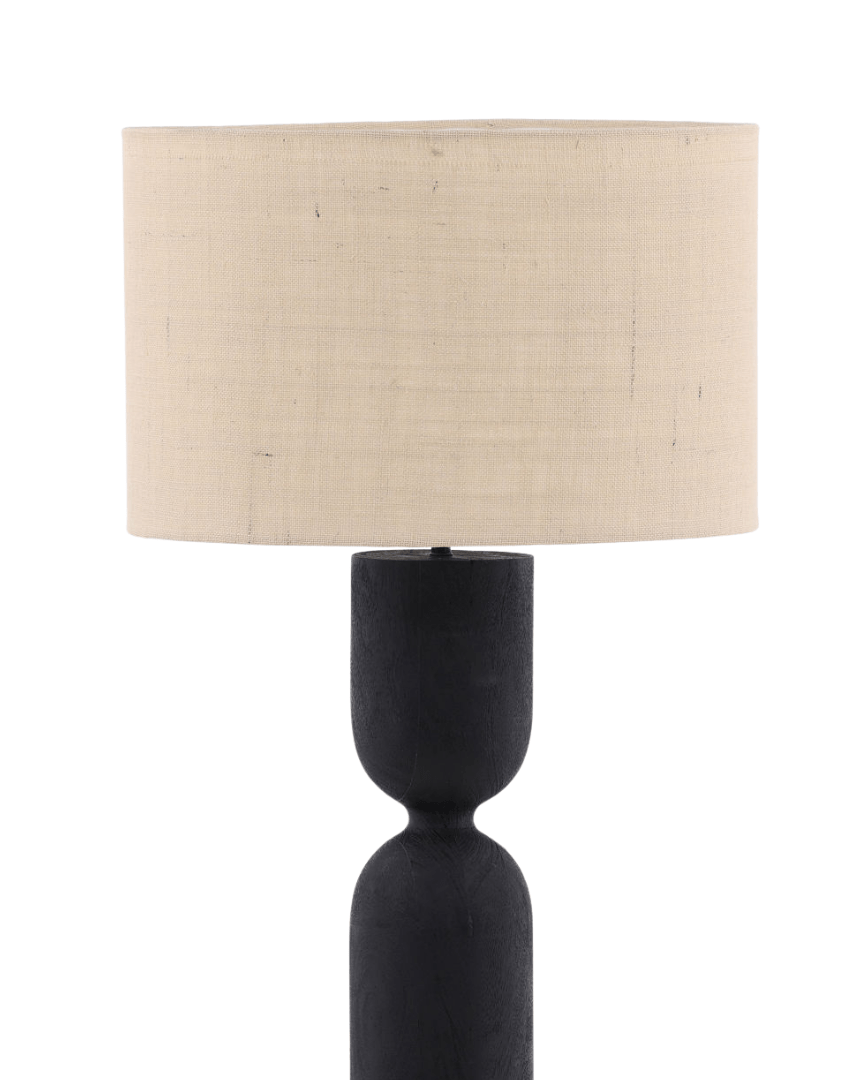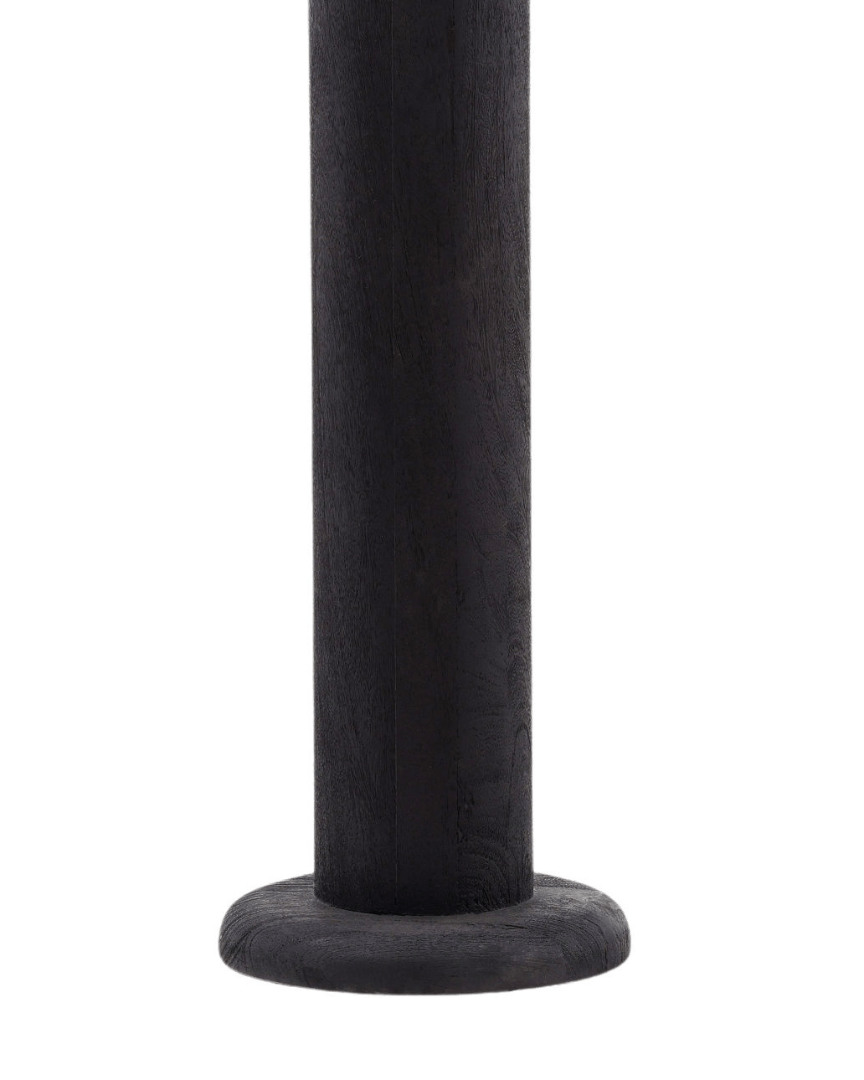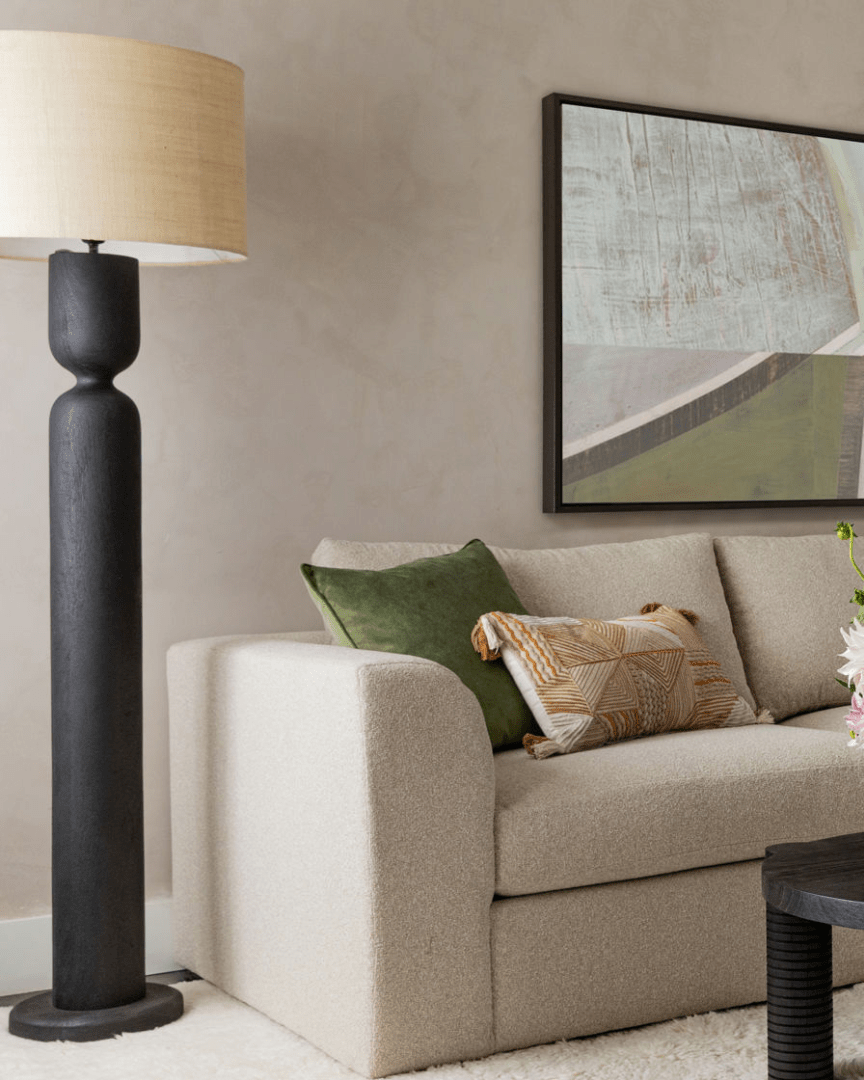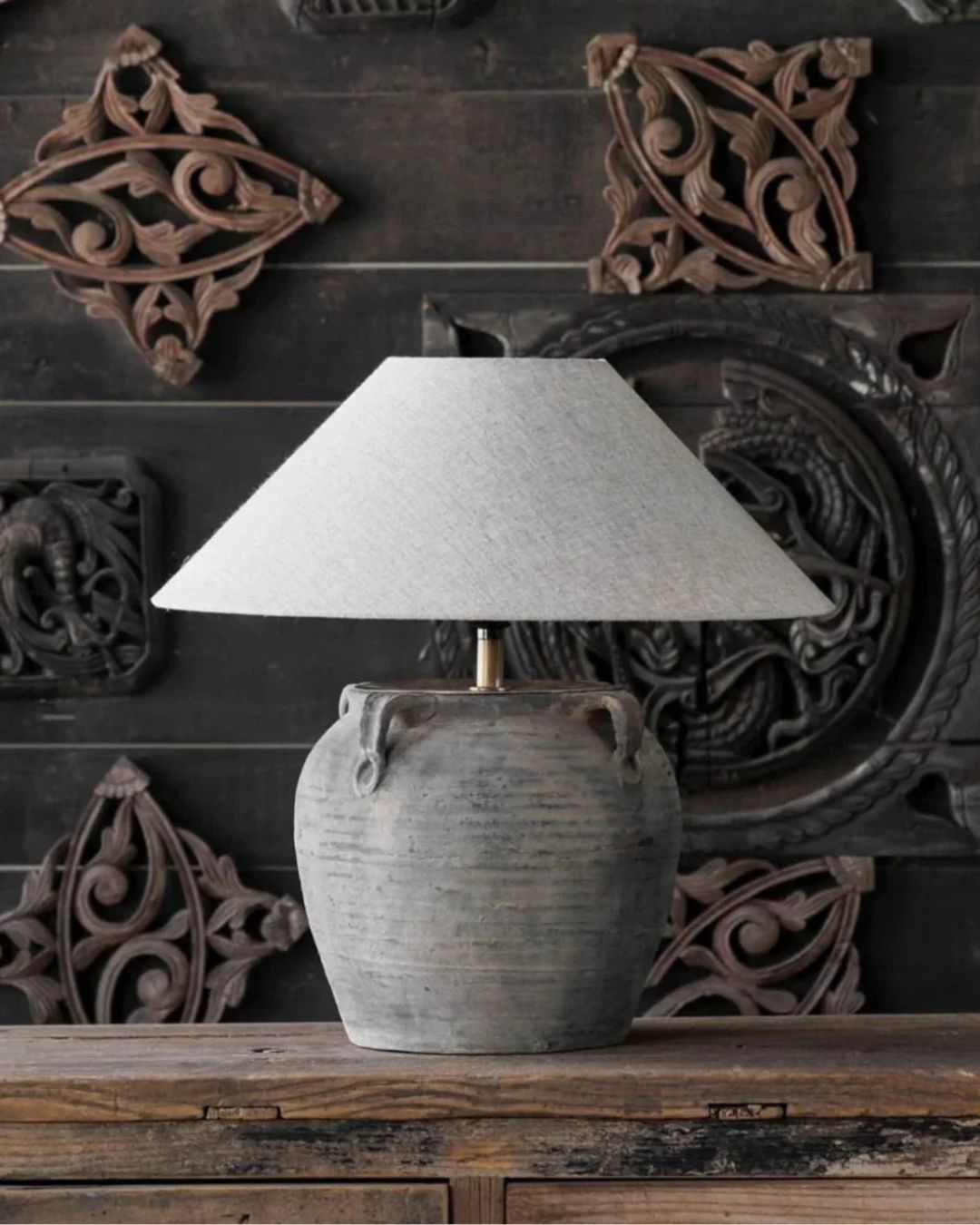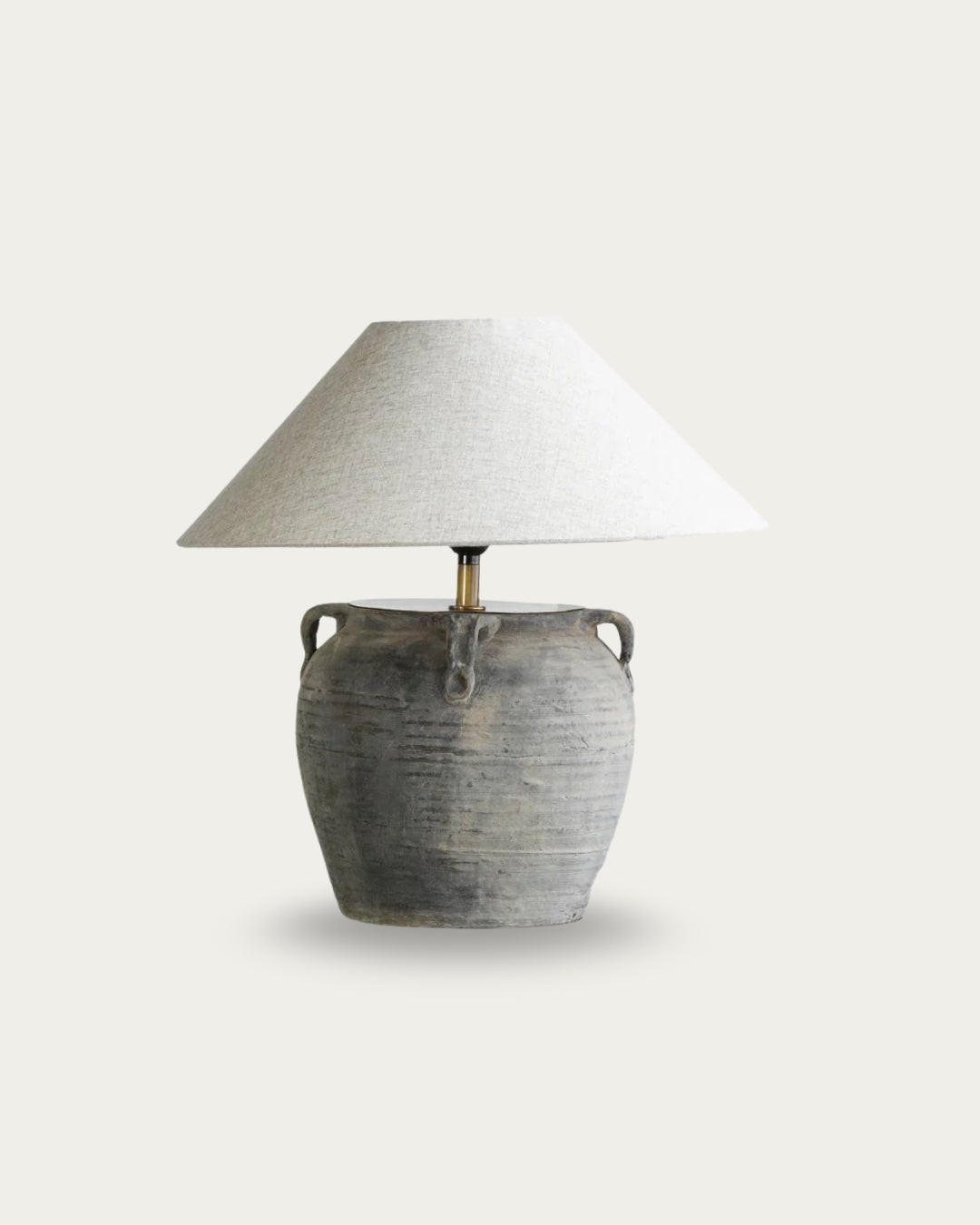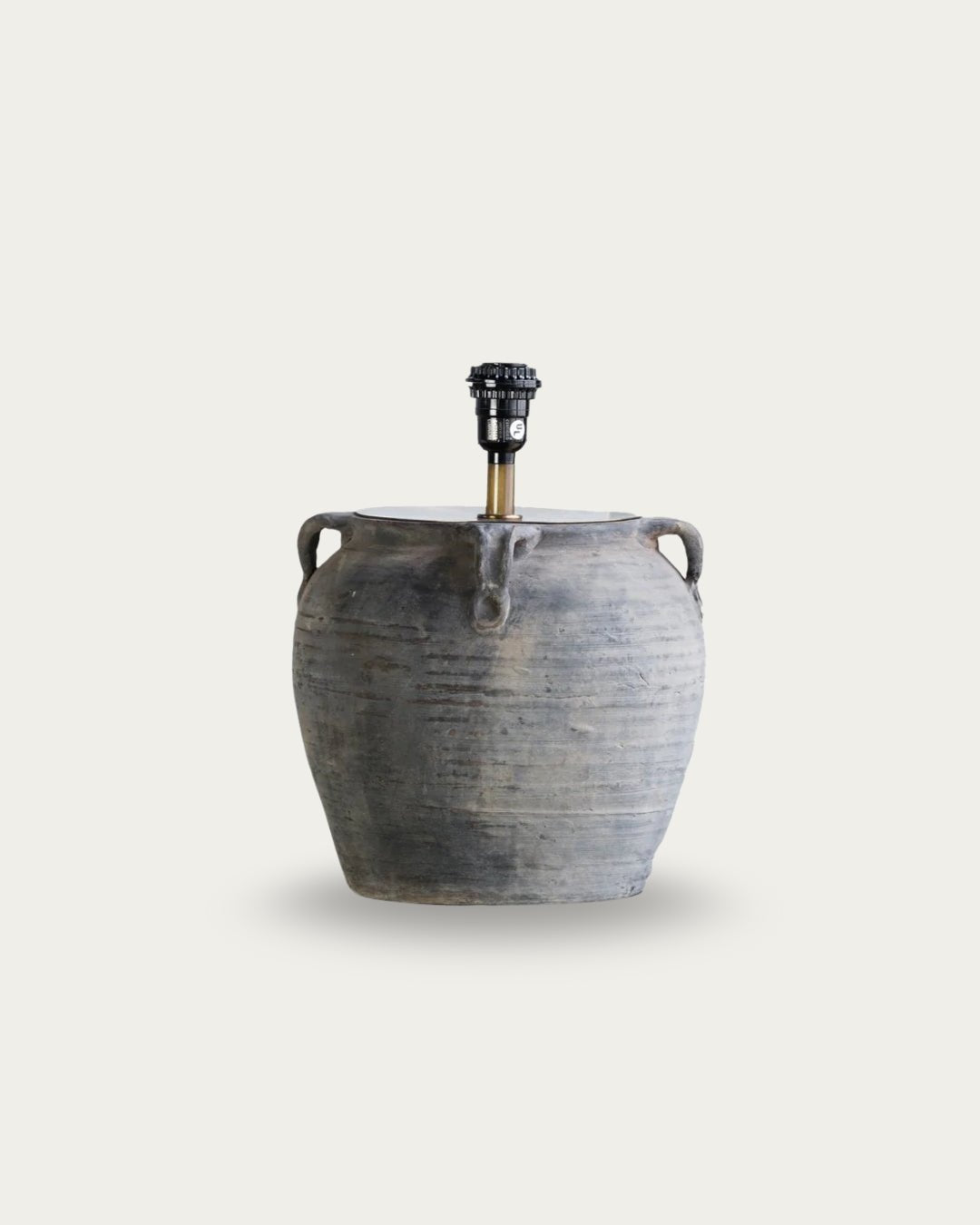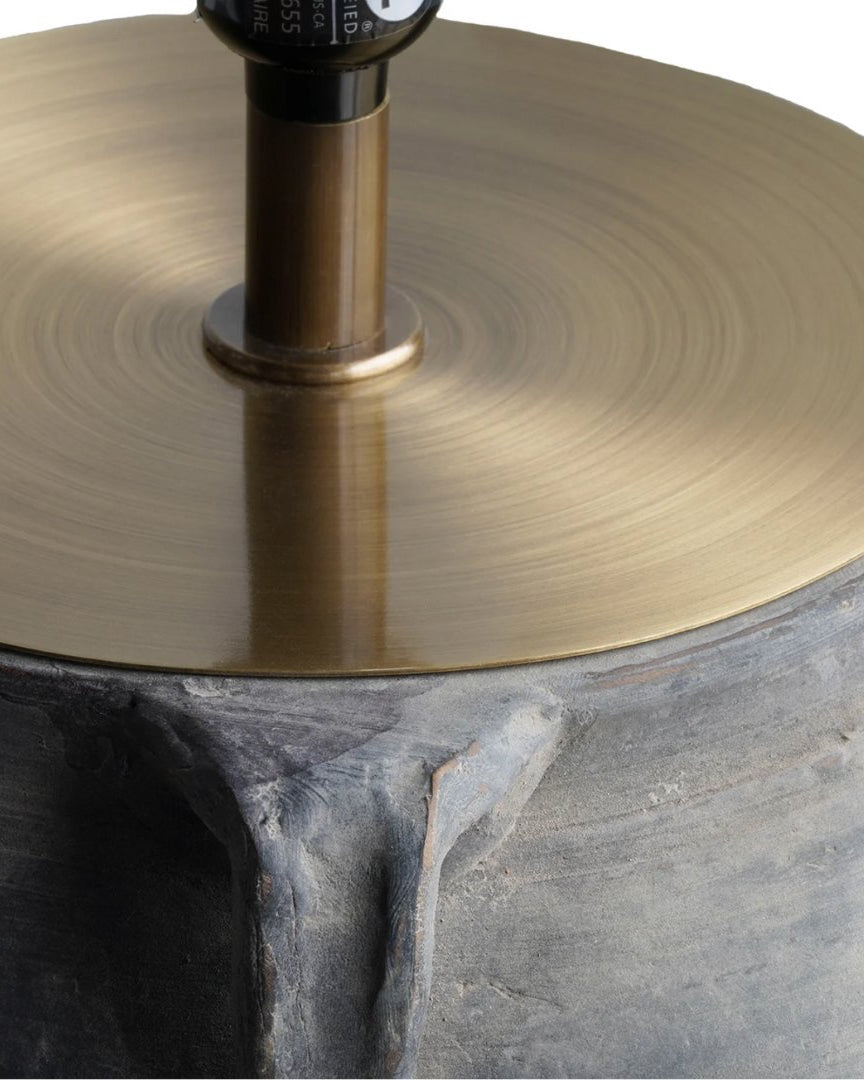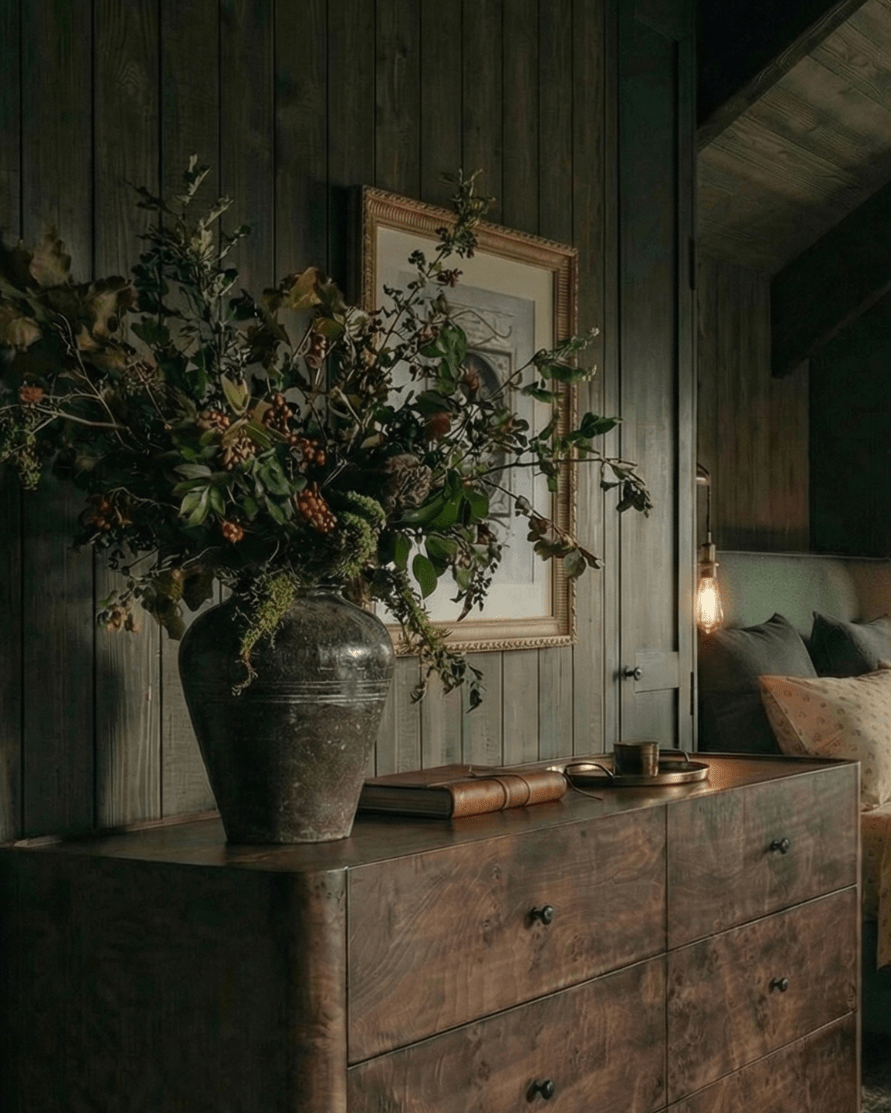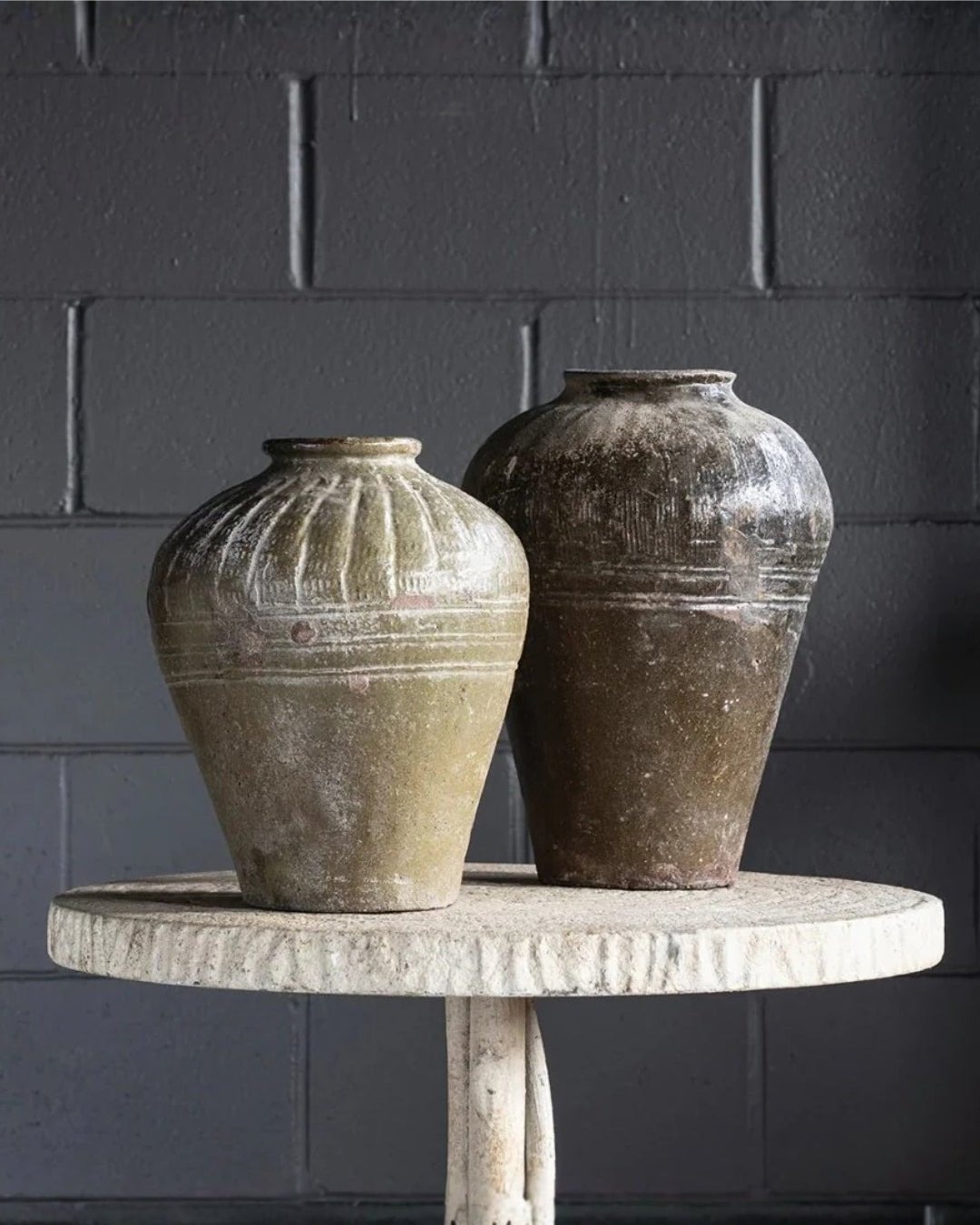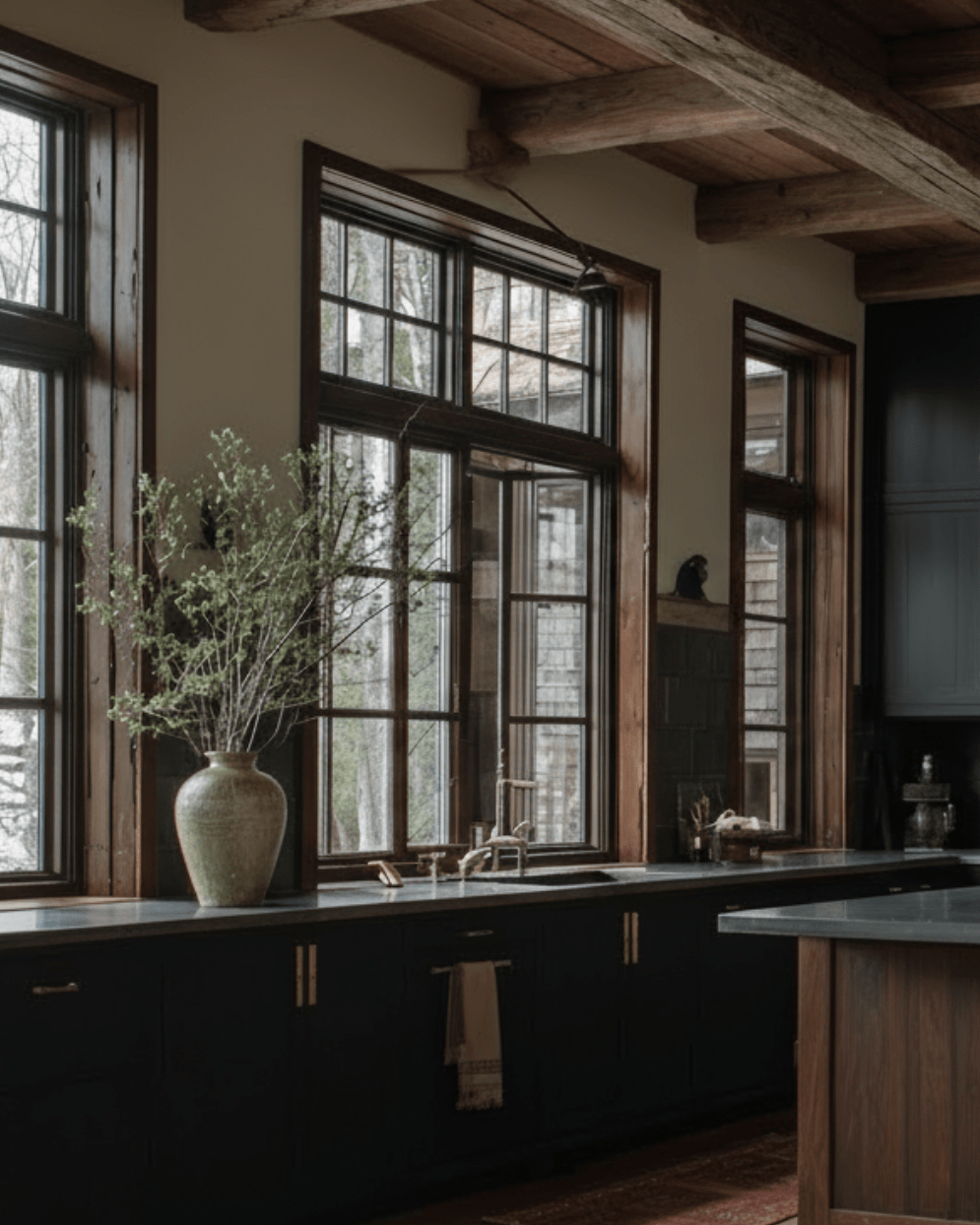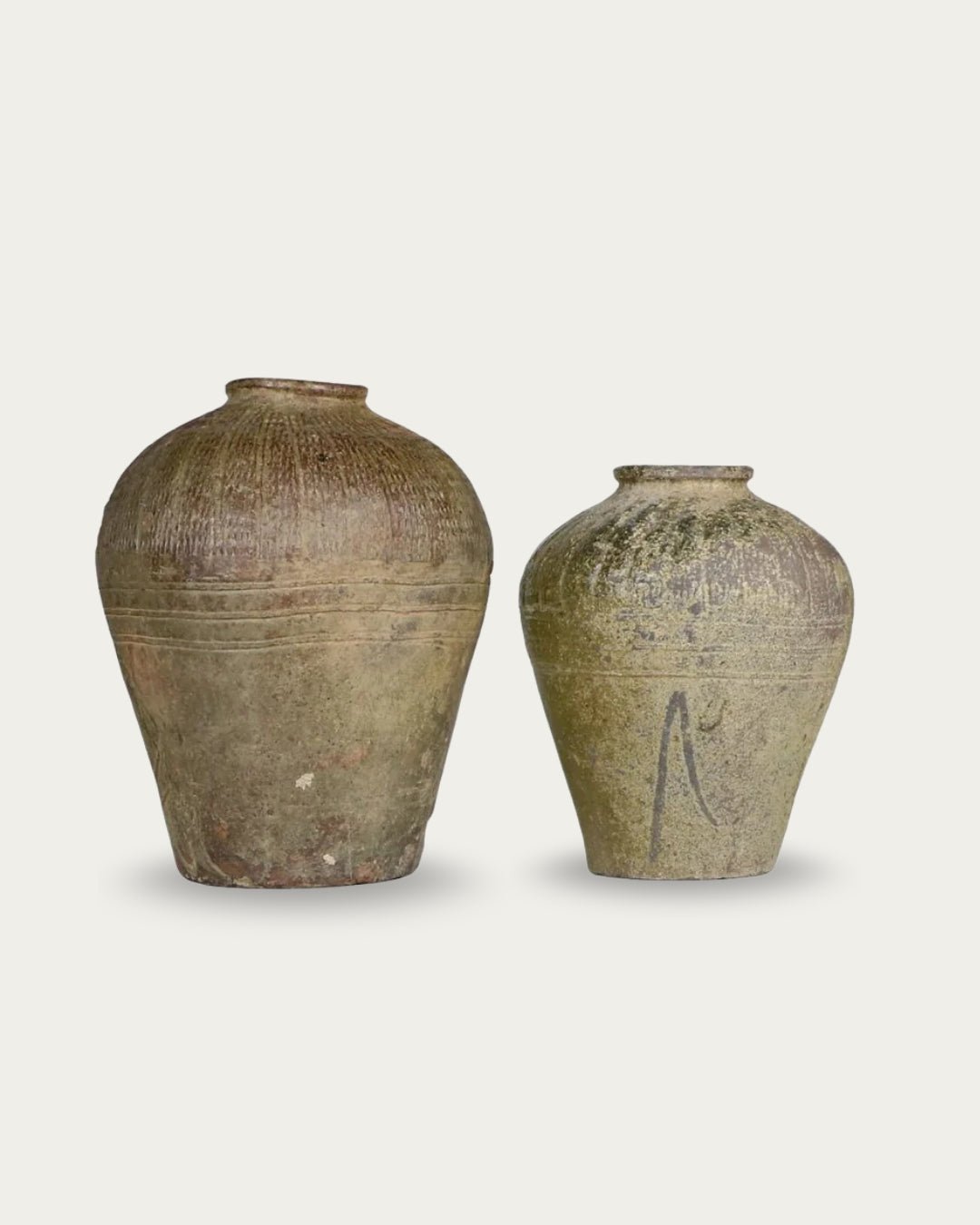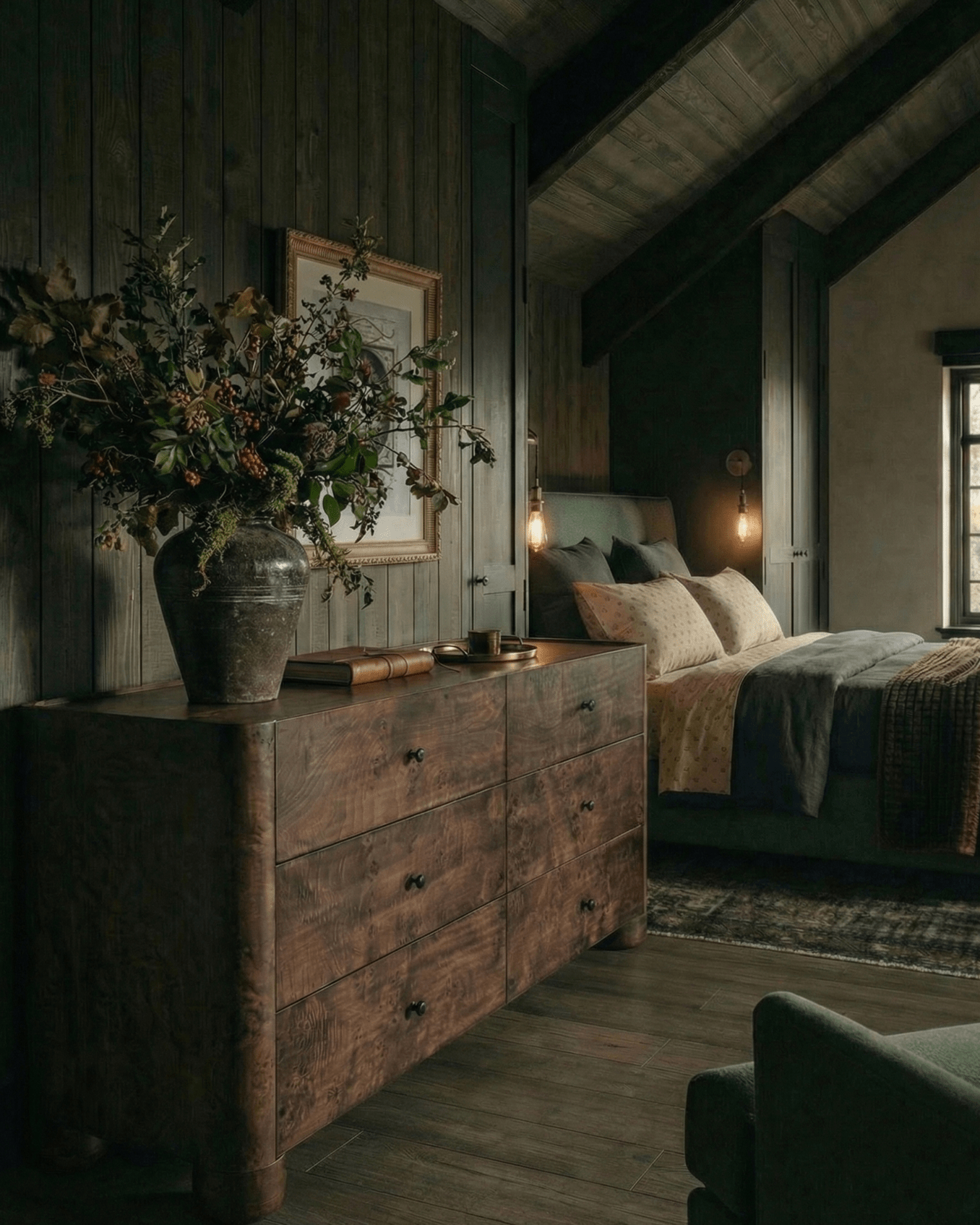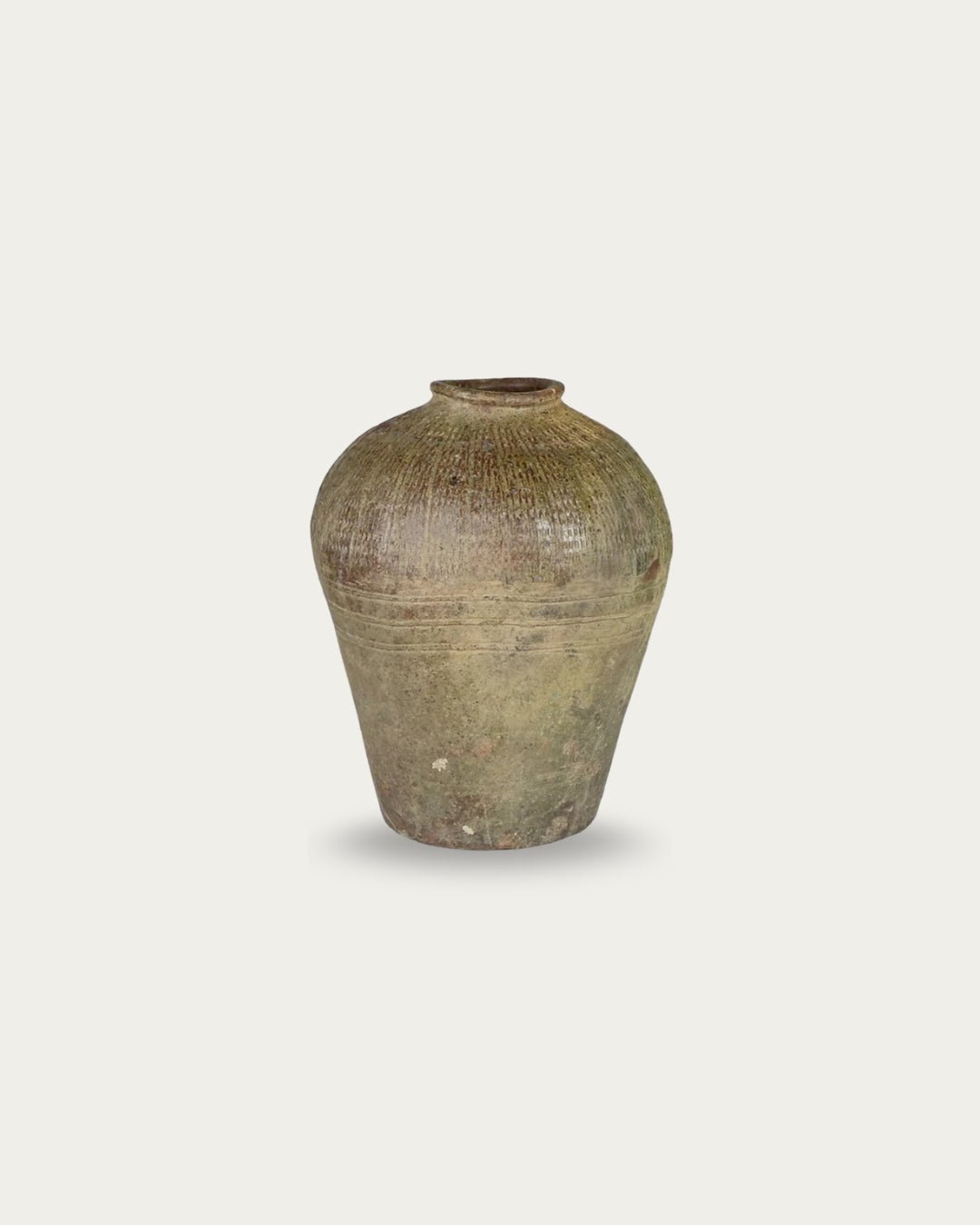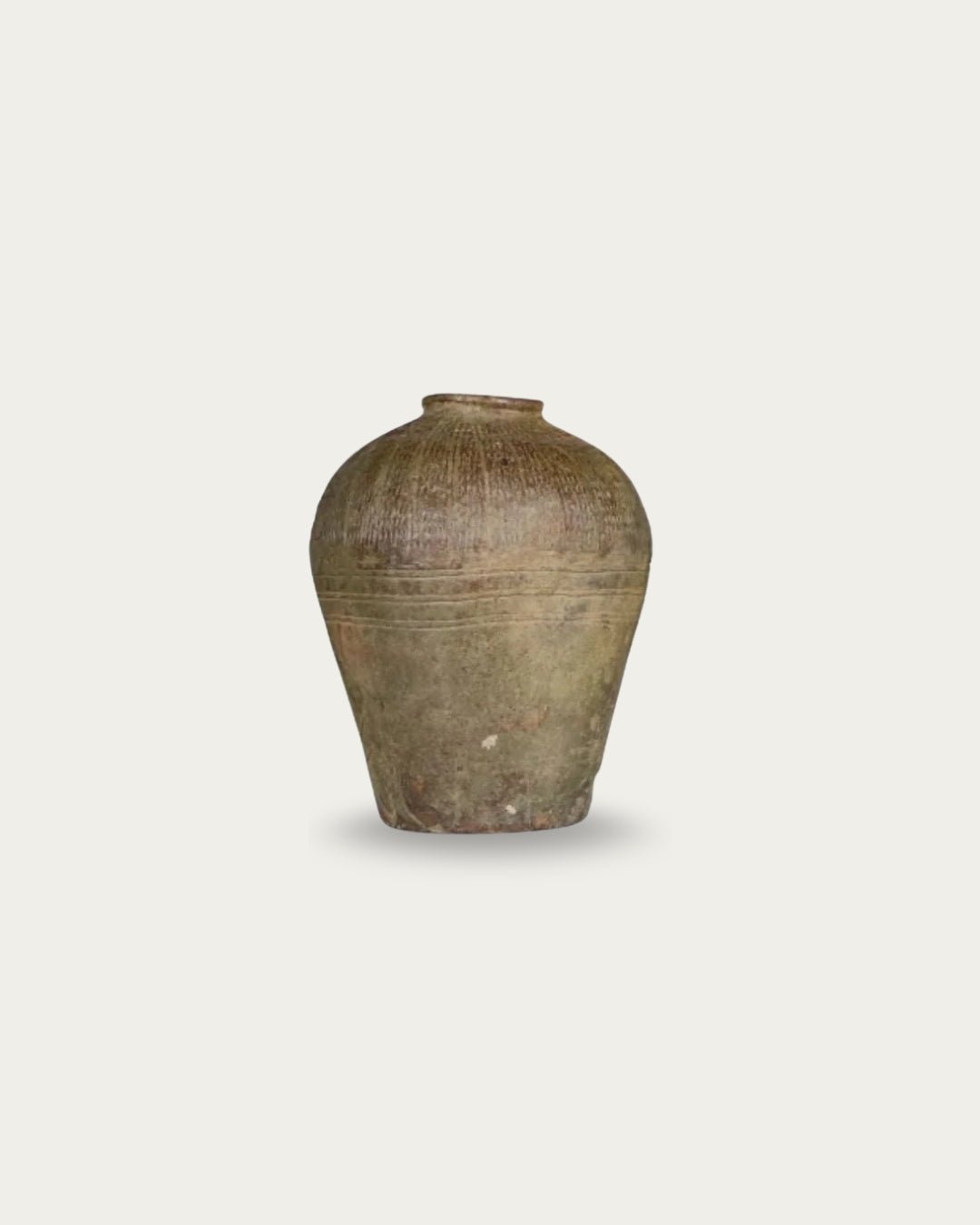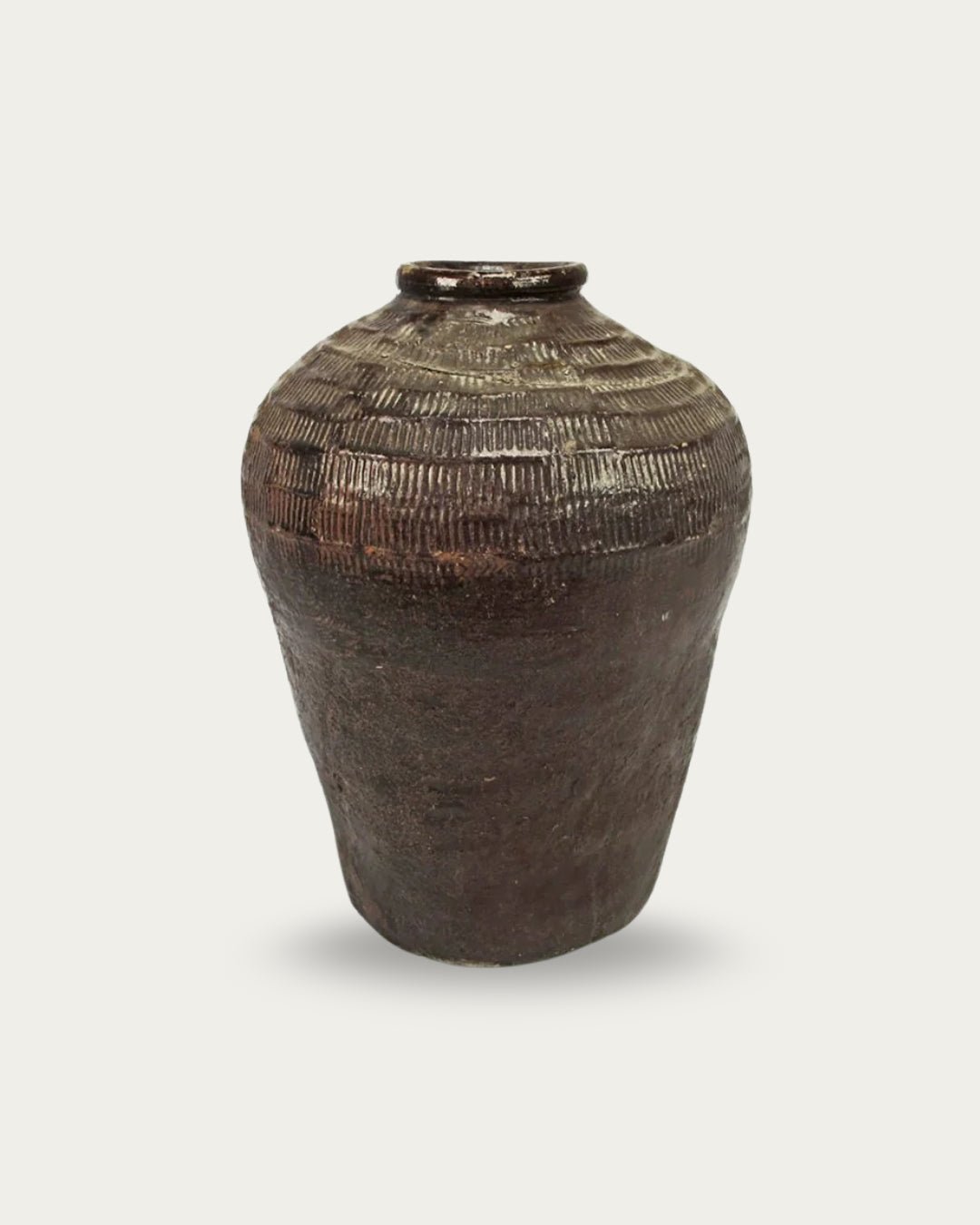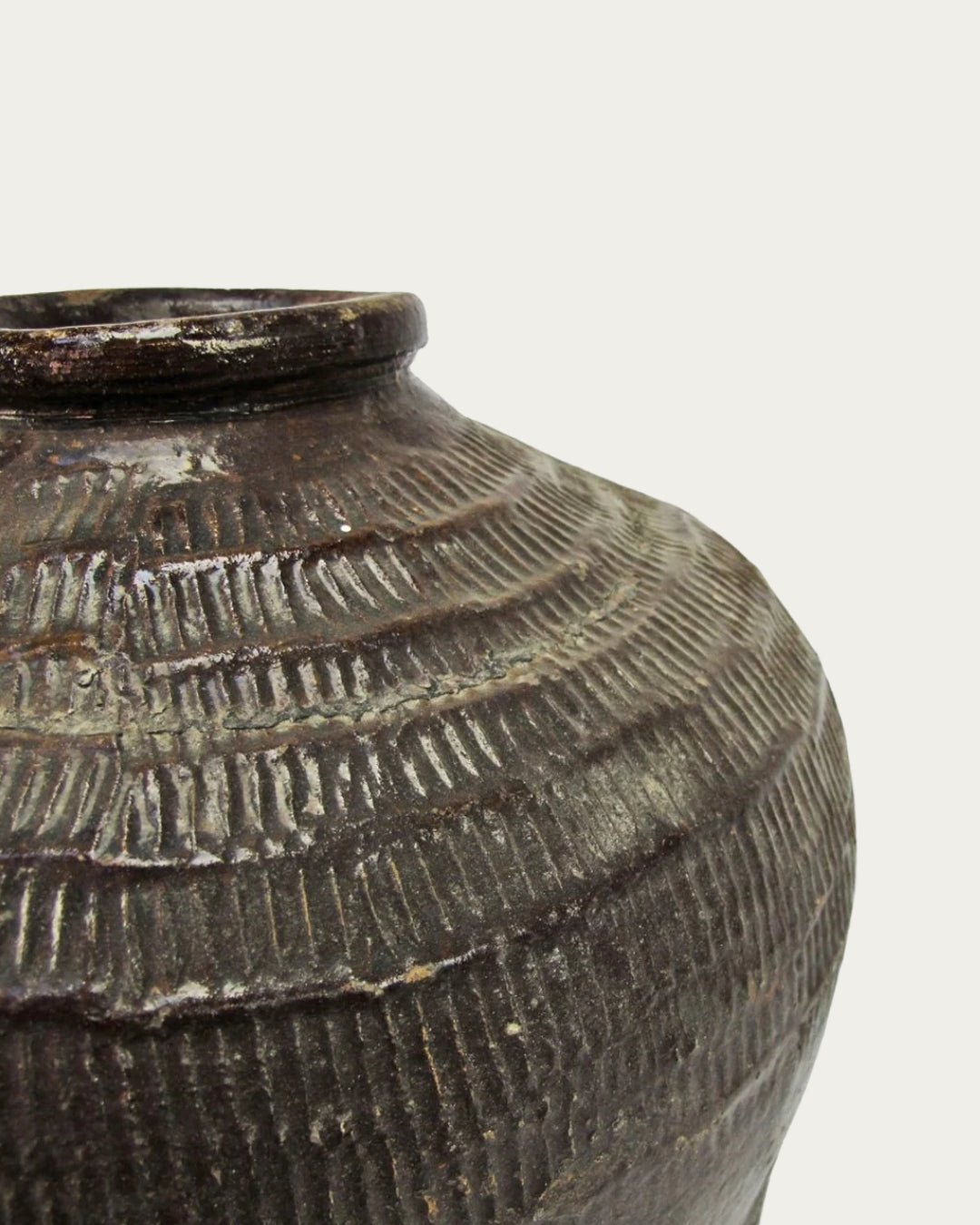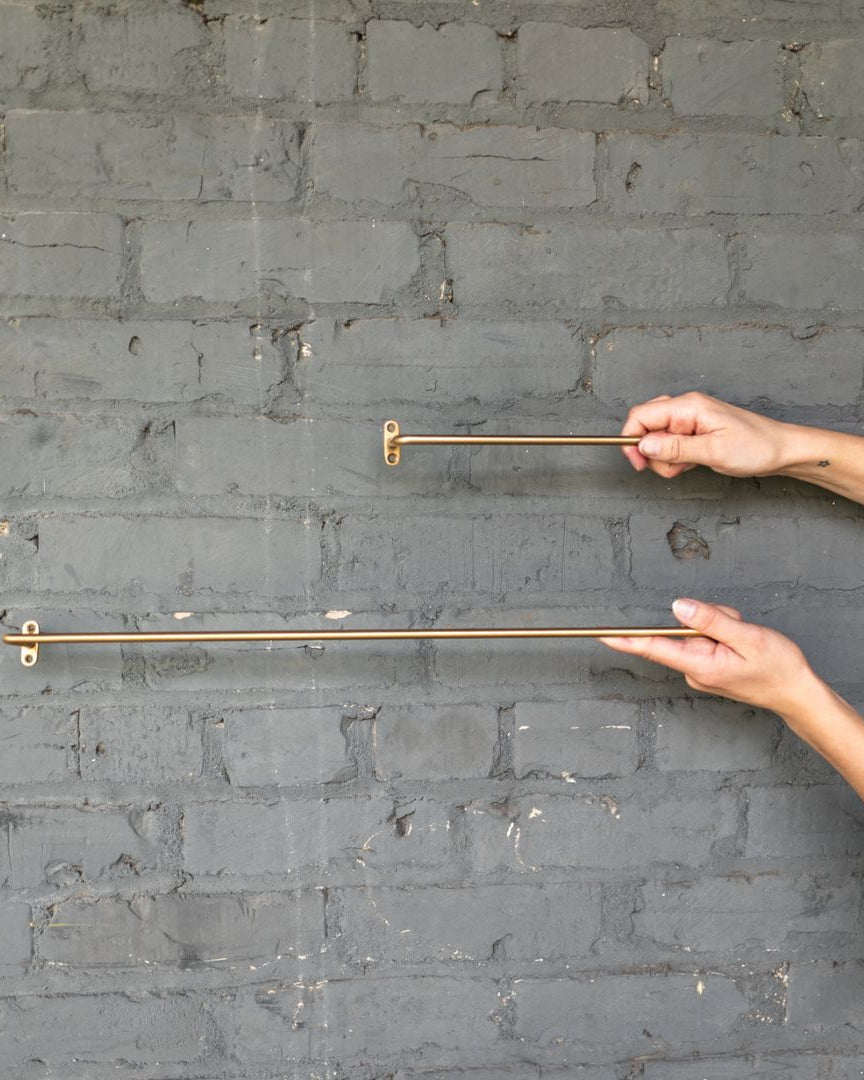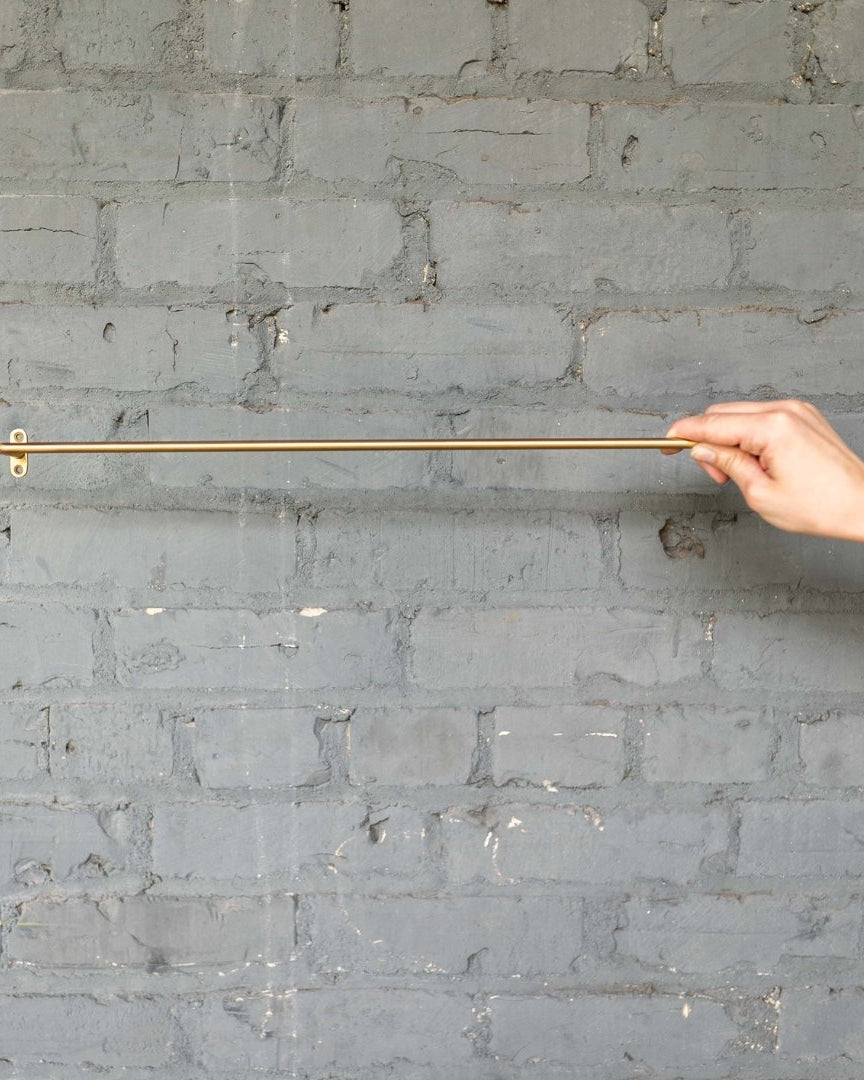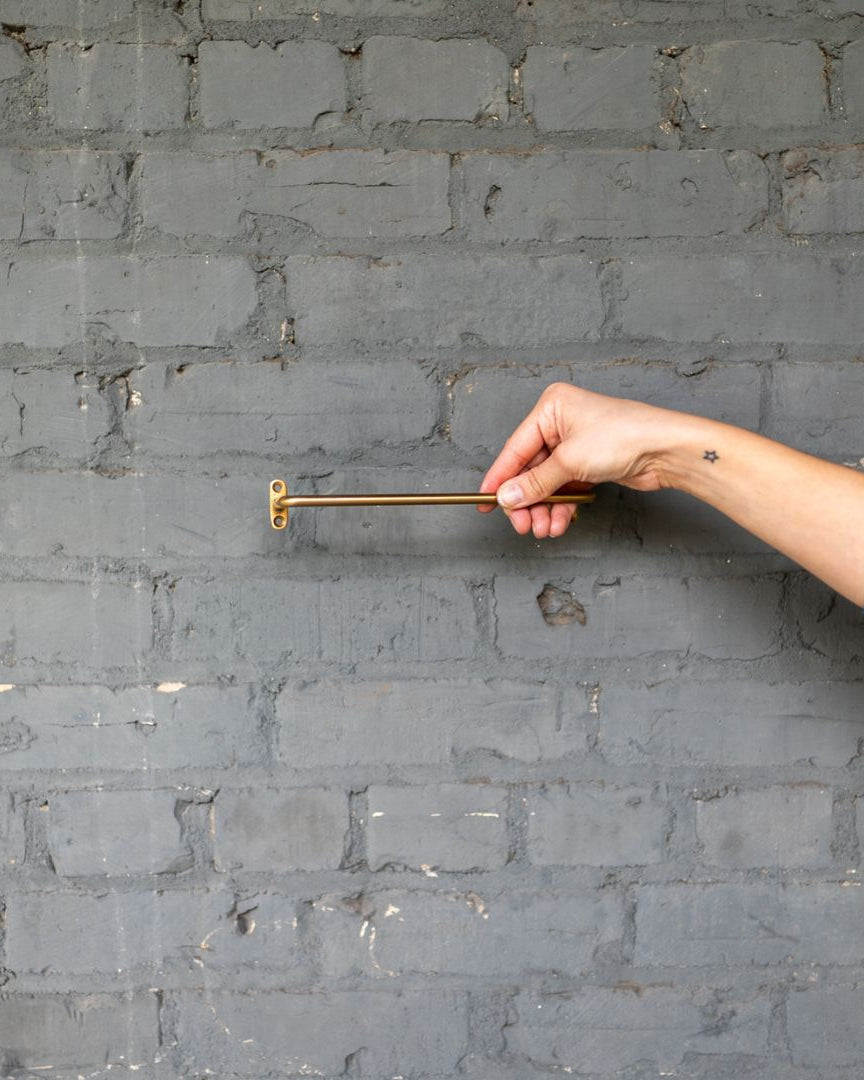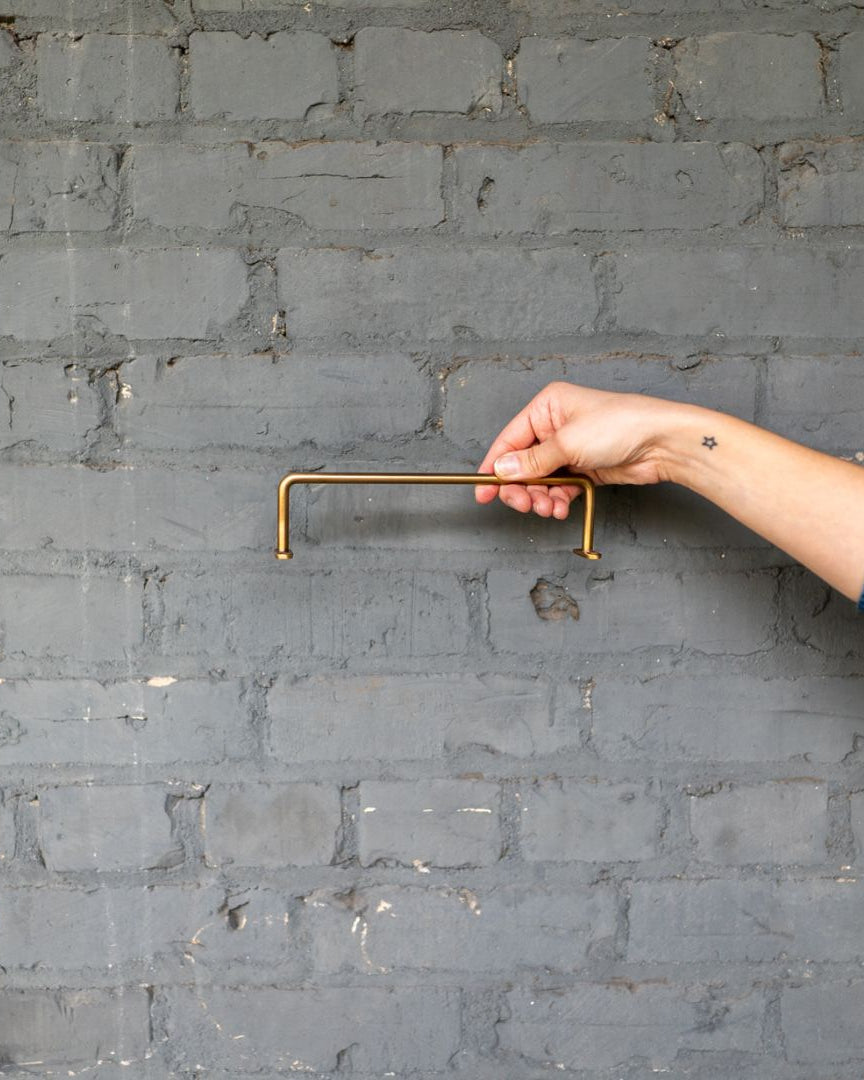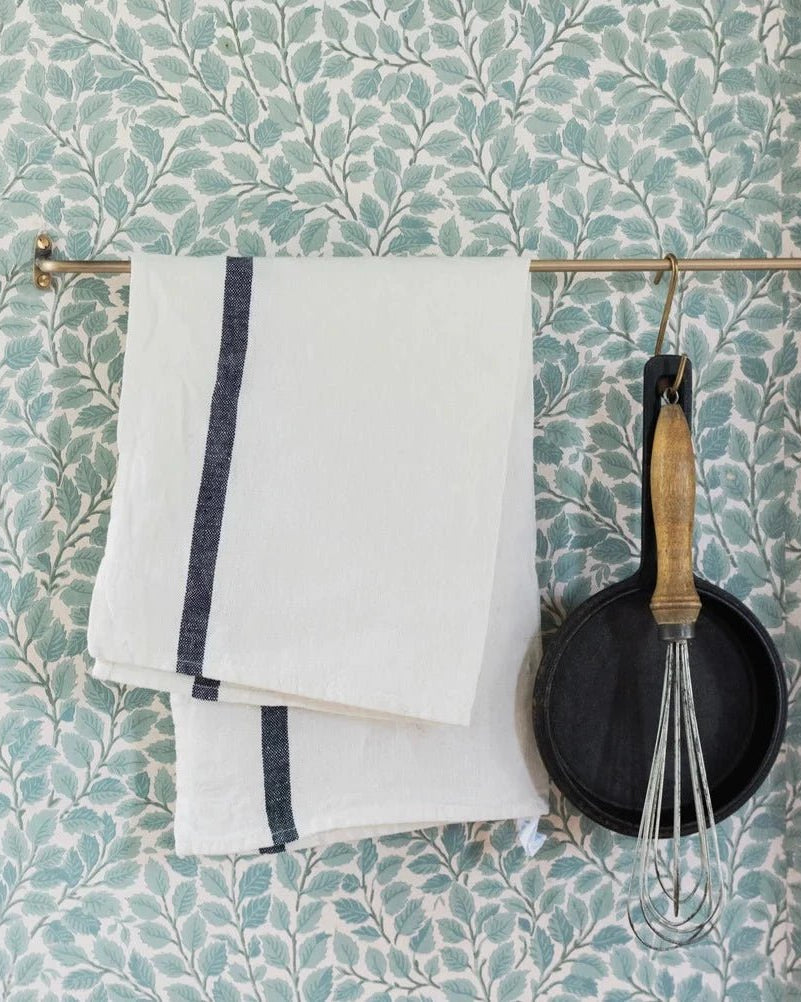A Geometry That Softens
The circle has always meant belonging. You feel it instinctively when everyone can see each other across a table—the absence of corners makes space for ease. A modern round dining table doesn’t shout for attention; it centers it.
In rooms full of edges—rectilinear walls, square rugs, sharp lighting—the round form becomes a pause. It slows pace, reshapes energy, and, in subtle ways, regulates. This isn’t about decoration. It’s about rhythm, proximity, and the way shape affects the nervous system.
A round table doesn’t just change how a room looks. It changes how you gather inside it.
The RUTED Reason: Why Round Regulates
In RUTED design—Rooted, Useful, Textured, Evolving, Durable—form matters as much as function. The round dining table checks every box.
Rooted: It pulls people into the center, creating balance.
Useful: No one gets the “corner seat.” The energy stays democratic.
Textured: Materials like reclaimed wood and travertine add tactile grounding.
Evolving: The more it’s used, the more it carries memory.
Durable: Built for conversation, spills, and time.
A modern round dining table isn't a trend—it’s biology. The brain reads curves as safe. Corners signal alertness; circles cue calm.
RUTED Tip: When choosing a table, prioritize edges you can trace with your hand—soft, sanded, or beveled. Physical contact with rounded surfaces activates tactile receptors that cue the body to relax.
The Science of Shape and Calm
You don’t need to be a neuroscientist to feel the difference between square and round, but science explains it clearly.
A 2012 study in Psychological Science found that people preferred curved objects over angular ones, linking curves with safety and pleasure.
In 2015, the Journal of Environmental Psychology confirmed that rounded forms in interiors reduced amygdala activation—the brain’s fear center—compared to sharp corners.
A 2021 study in Frontiers in Psychology showed that visual exposure to curves and circular layouts promoted parasympathetic activation, the system responsible for rest and digestion.
Put simply: a round table tells your body it can let its guard down.
The beauty of a modern round dining table is that it merges neuroscience with design—the calm of a curve, the grounding of material, and the balance of proportion.
When Modern Meets Material
A round table’s form is its poetry, but its material is its grounding. This is where reclaimed wood and natural finishes play their part.
A reclaimed wood dining table offers more than sustainability—it offers story. Its surface carries traces of another life: grain worn by time, softened edges, imperfections that diffuse light instead of reflecting it. When paired with a round silhouette, those irregularities feel intentional, like texture written in rhythm.
The Lovisa dining table takes that balance even further—crafted from reclaimed pine wood, its rounded edges and pedestal base merge modern form with the grounding imperfection of salvage.
RUTED Tip: Pair a round table with lighting that mirrors its shape—a dome pendant or circular chandelier. Matching geometry keeps visual rhythm and helps the body register the space as cohesive and calm.
The Modern Round Dining Table in Contemporary Homes
Modern homes tend toward hard lines—rectangular sofas, square art, angular cabinetry. A round dining table breaks the monotony without fighting it.
Placed in open-plan spaces, it draws a visual breath. The shape doesn’t interrupt flow—it redirects it, creating a moment of pause between kitchen and living areas. The circular form softens edges and subtly changes movement through space.
Even in small apartments, a round dining table makes the room feel more fluid. Corners take up more visual weight than you think; remove them, and the space feels instantly larger. For compact spaces, the Einar dining table offers playful structure and scale. Its recycled pine build and sculptural bubble-like legs bring softness and energy without overwhelming the room.
The Gravity of a Center
Every dining room needs gravity. For some, it’s the chandelier; for others, it’s the table itself. A modern round dining table carries that gravity without heaviness.
It creates a focal point that doesn’t dominate—a soft center that invites rather than commands. The circle distributes attention evenly, allowing energy to circulate. It’s architectural calm disguised as furniture.
This is why, when placed beneath warm overhead light, the round table reads like a quiet sun in the center of the home—radiating connection, regulation, and warmth.
Texture and Tactility: How Materials Regulate
The nervous system doesn’t respond to aesthetics alone—it responds to touch, temperature, and texture. Wood, stone, and ceramic all absorb and reflect light differently, changing how the body feels in their presence.
A modern dining table made from reclaimed wood adds a tactile note that’s almost primal. You can feel the unevenness under your hand, the warmth stored in the grain. These microtextures reduce visual fatigue and bring the senses into alignment.
That’s what makes the Katrin table so striking—its solid wood base and marble top pair texture with permanence, giving the eye and hand two different kinds of grounding to rest on.
Contrast that with glass or polished marble—beautiful, yes, but cool and distant. A wooden table feels inhabited, not staged.
RUTED Tip: Skip the glossy finishes. Opt for matte or lightly waxed wood that absorbs light and encourages touch. This tactile grounding can lower sensory overload in overstimulated rooms.
Circles and Conversation
Shape dictates posture. A rectangular table divides; a round one unites. There’s no “head” or “end,” only shared focus.
Psychologically, circles remove hierarchy. Everyone faces inward, making eye contact natural. Conversations flow more evenly, voices stay softer, and meals stretch longer.
It’s why medieval halls had round tables for councils and why modern design keeps returning to the shape—it’s the geometry of equality.
Even at home, the effect is the same. Dinner at a modern round dining table feels more communal, less performative. You don’t feel observed; you feel included.
Seasonal Styling Around the Circle
Round tables move with the seasons. Their symmetry naturally balances visual weight, making them the most adaptable shape in a changing home.
Winter: Add layers—linen runners, heavy ceramic bowls, and a single sculptural branch for asymmetry. The goal is cocooning. Warm candlelight softens edges, turning the dining area into a quiet refuge.
Spring: Keep it light. Pair raw wood grain with clear glass or delicate florals to echo new growth. Let the table breathe—leave space for air and brightness.
Summer: Bare surfaces, fresh fruit, and woven mats invite movement and airflow. The Gerda dining table, with its rattan-wrapped base and upcycled pine top, feels especially alive this season—the texture catches sunlight and diffuses warmth through the room.
Autumn: Shift to contrast. Darker ceramics, brass candlesticks, and dried foliage mirror the deep tones of reclaimed wood. Texture carries the mood here, not color.
The beauty of a reclaimed wood dining table is how it never feels static. Its tone shifts with the light, its grain deepens as months pass, and its surface becomes a visual calendar of the year’s rhythm.
RUTED Tip: Don’t overload the center. Negative space is design’s version of exhale—your nervous system reads open surfaces as calm.
The Psychology of the Center
There’s something primal about gathering around a center. It’s fire-circle logic—humans gravitate toward symmetry and warmth.
A modern round dining table replicates that instinct. It becomes the “fireplace” of the contemporary home—where attention and conversation orbit.
When light falls evenly around it, shadows remain soft, and faces stay visible without glare. This is designed as co-regulation: the environment itself helping people attune to one another.
The Round Table in Contrast
To understand why round works, compare it to what it isn’t. Rectangular tables define direction; they’re linear and formal. Corners create division—one end often feels dominant.
A round table rejects that structure. It’s democratic, intuitive, and fluid. It’s also adaptive: in tight spaces, it’s easy to navigate; in open rooms, it creates intimacy.
When built from reclaimed wood, the effect is amplified—the old meets new, the solid meets soft, and the geometry feels timeless rather than trendy.
Modern, But Never Cold
“Modern” doesn’t have to mean sterile. The best modern tables are the ones that balance structure and soul. The Ester Brass and Marble dining table captures that duality perfectly—its brass-plated base adds quiet opulence while the marble top reflects just enough light to feel refined, not sterile.
In contemporary interiors, this blend of warmth and clarity prevents sensory fatigue. It’s what keeps minimalism from feeling empty and rusticity from feeling heavy.
A modern round dining table sits right at that intersection—clean, but alive.
Final Thoughts: Calm at the Center
Every home needs an anchor, a space that regulates rather than stimulates. For many, that space begins at the table.
A modern round dining table brings that calm without fanfare. Its shape encourages softness; its material invites touch. It becomes the gravitational pull of the room—the place where routine becomes ritual and movement turns to stillness.
When light hits the grain just right, when conversation folds naturally around it, when the room feels slower for no obvious reason—that’s when you know the design is working.
Because calm isn’t just something you feel. It’s something you build—one curve, one meal, one surface at a time.
From pine to marble, from reclaimed to refined, each round table proves that calm isn’t designed; it’s shaped.





